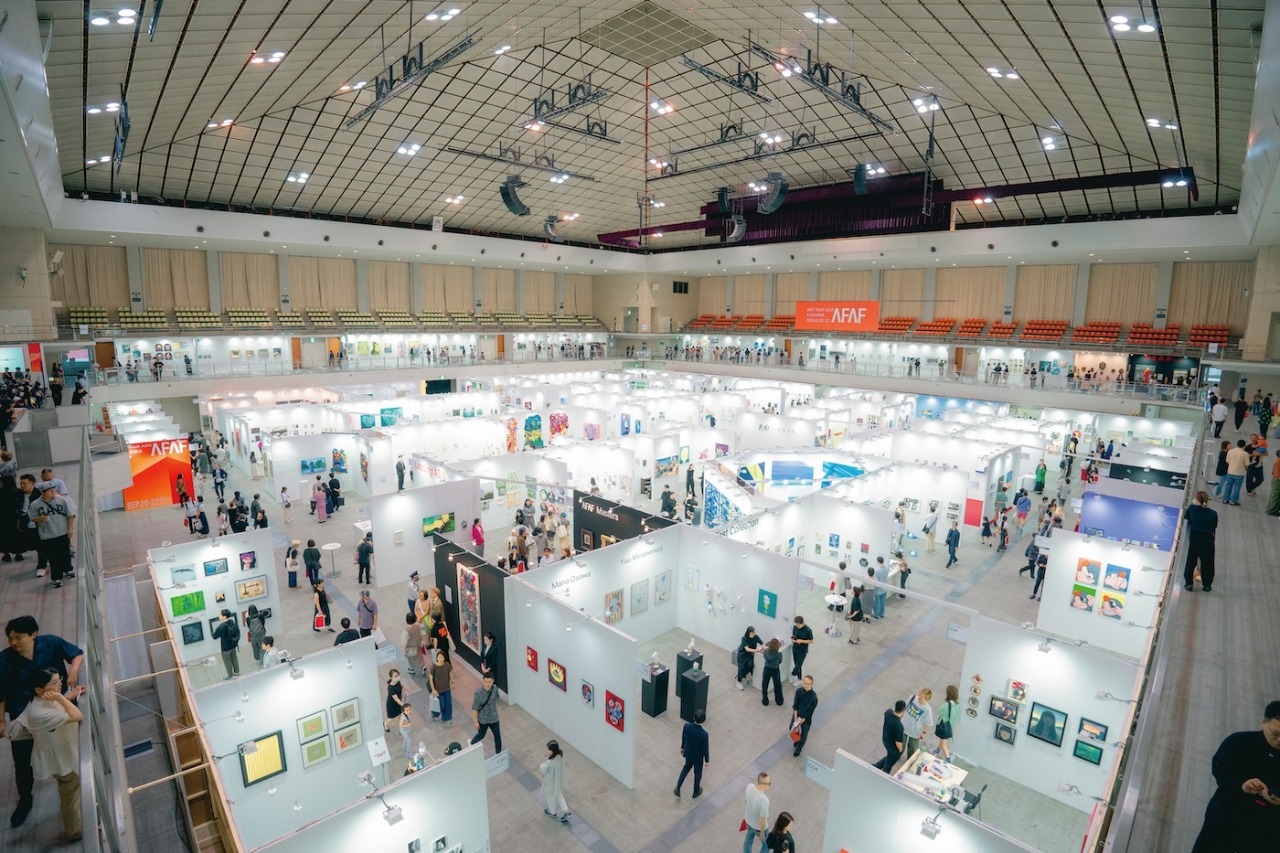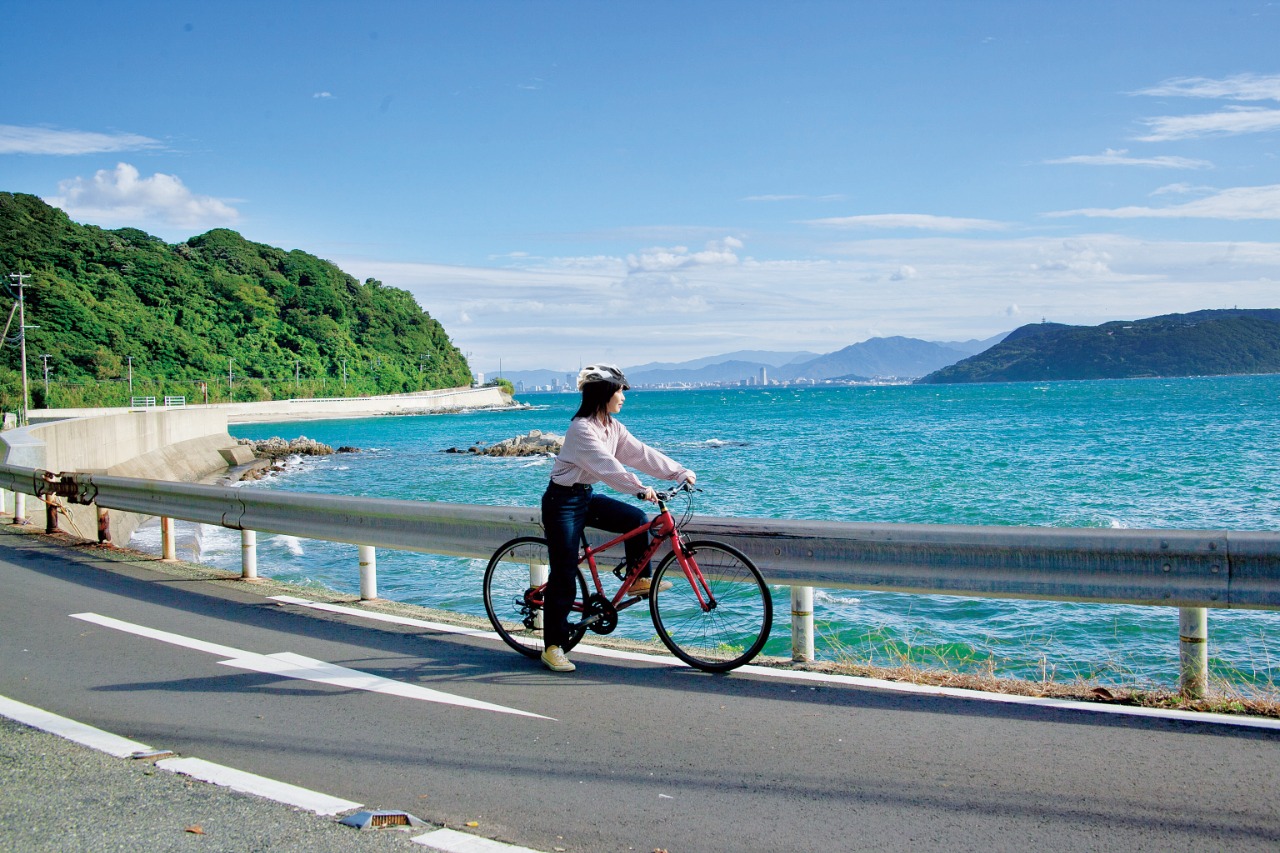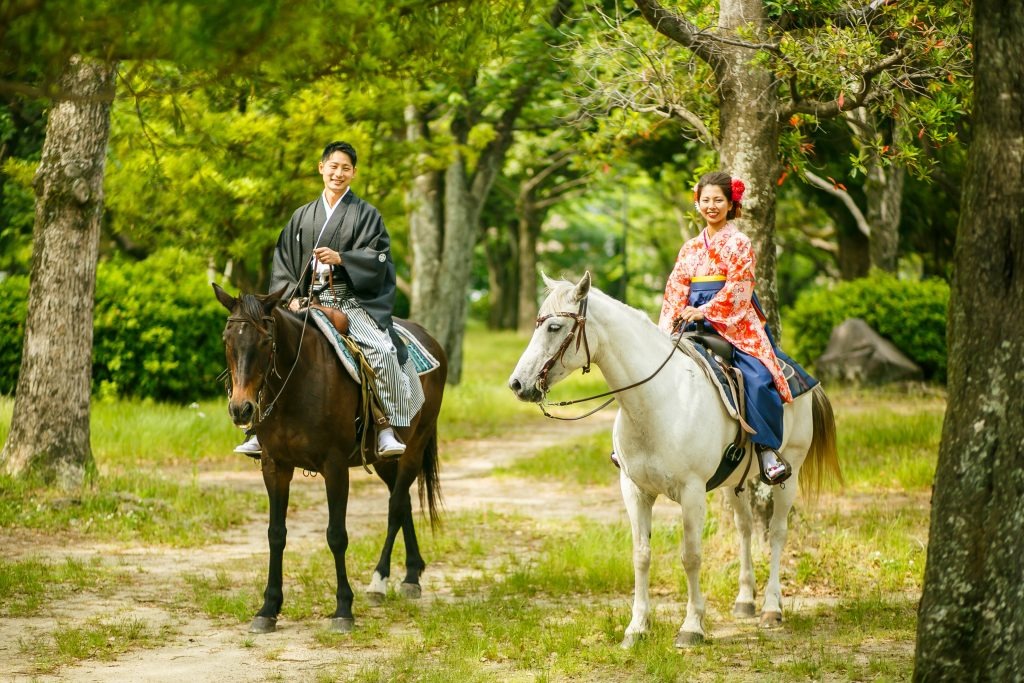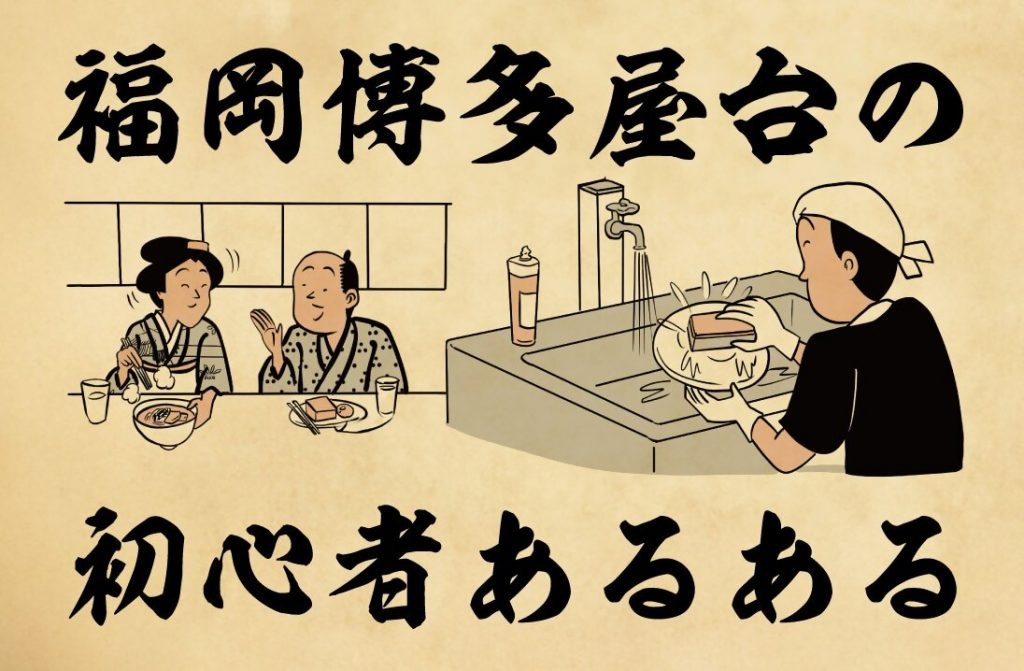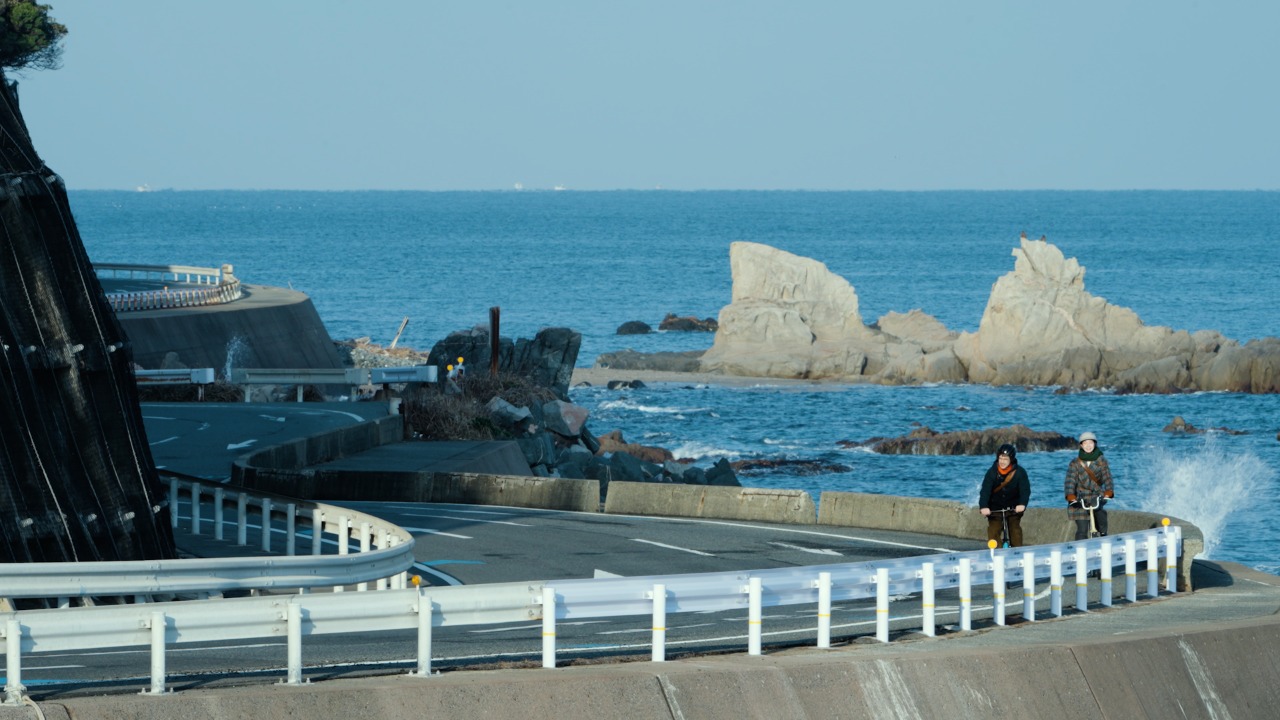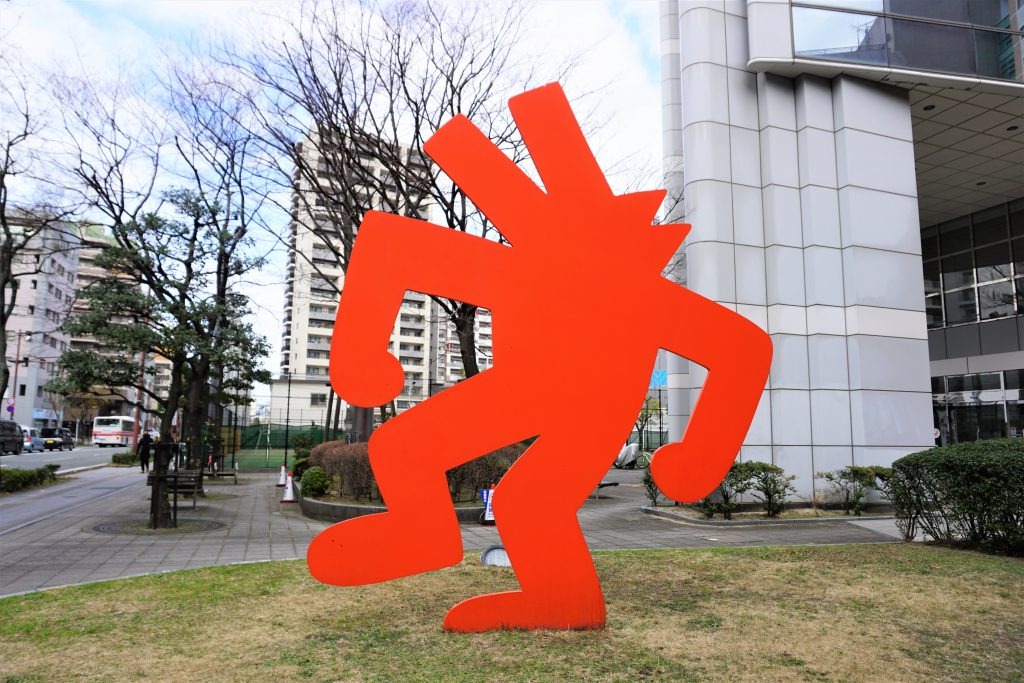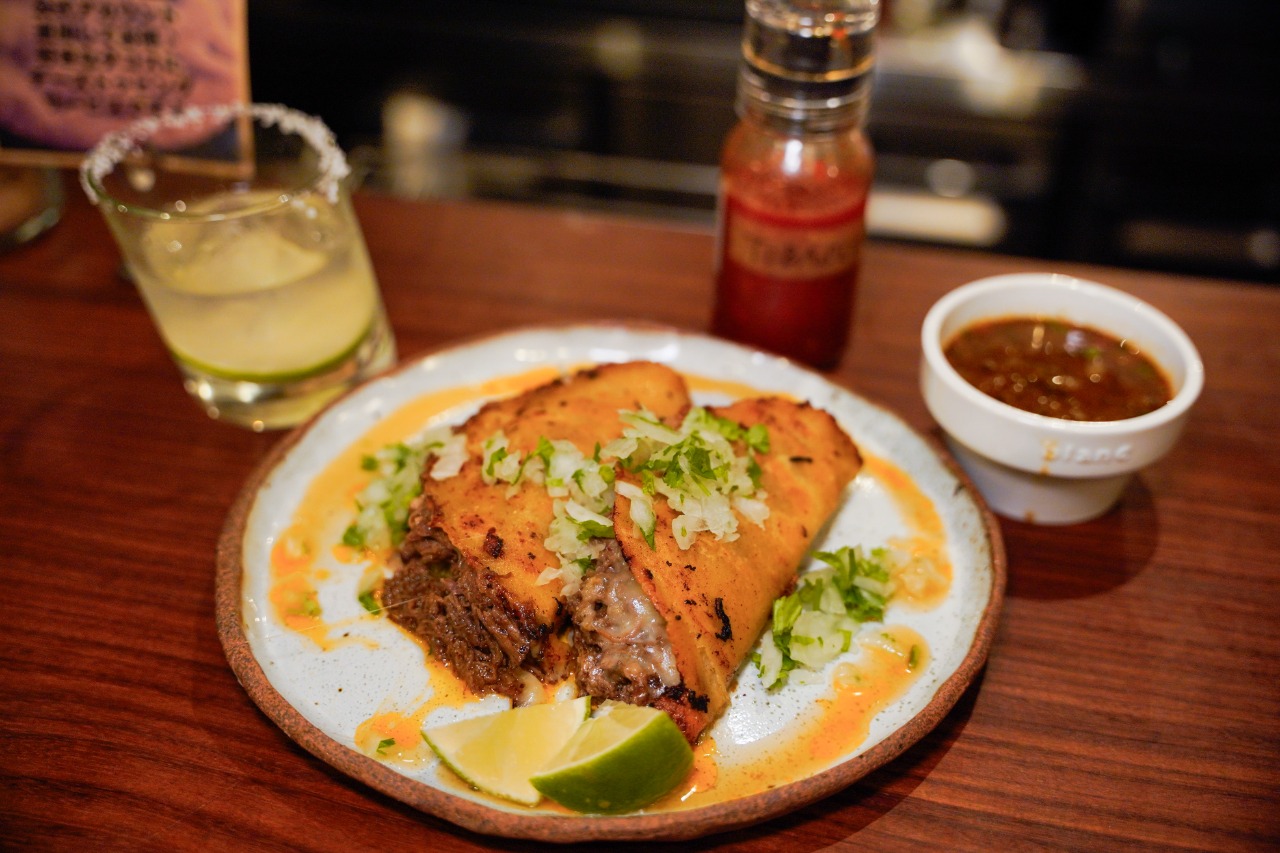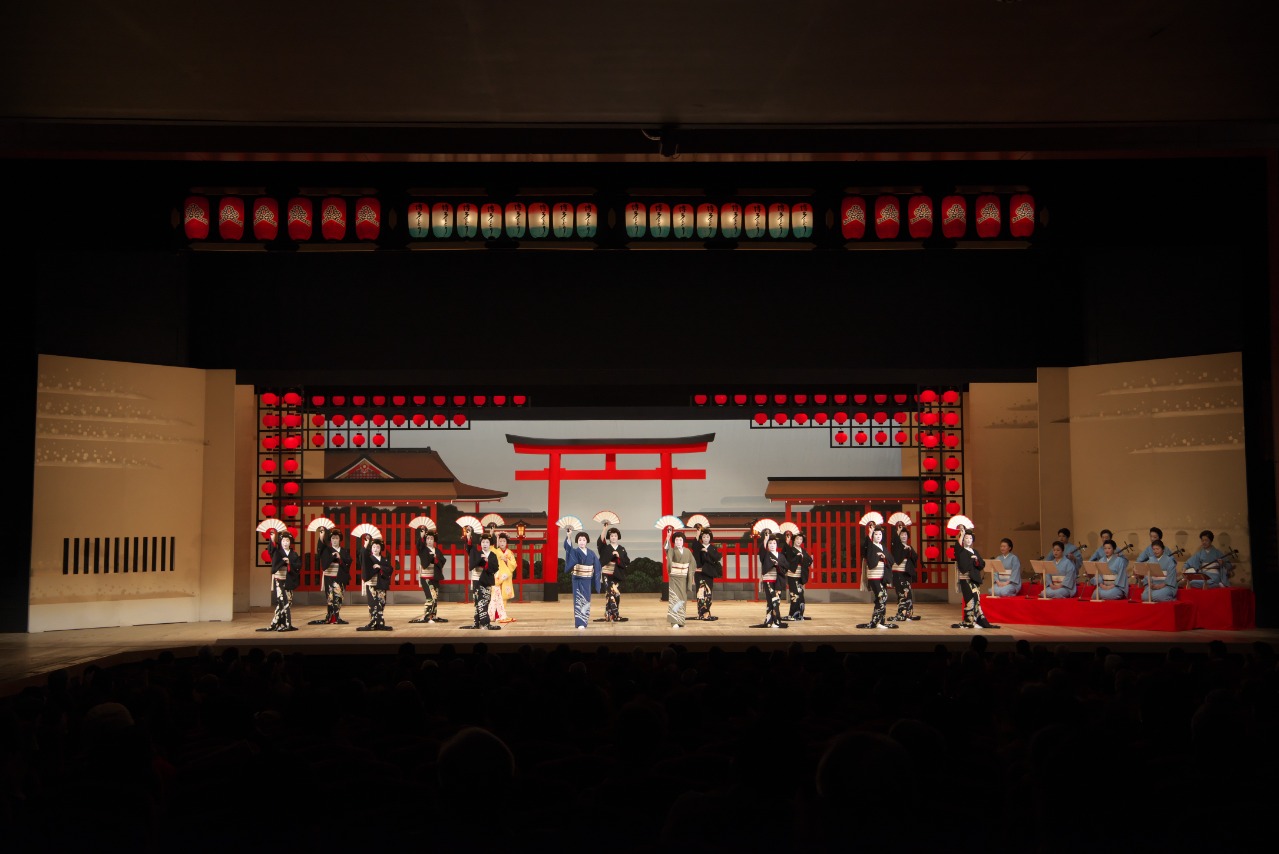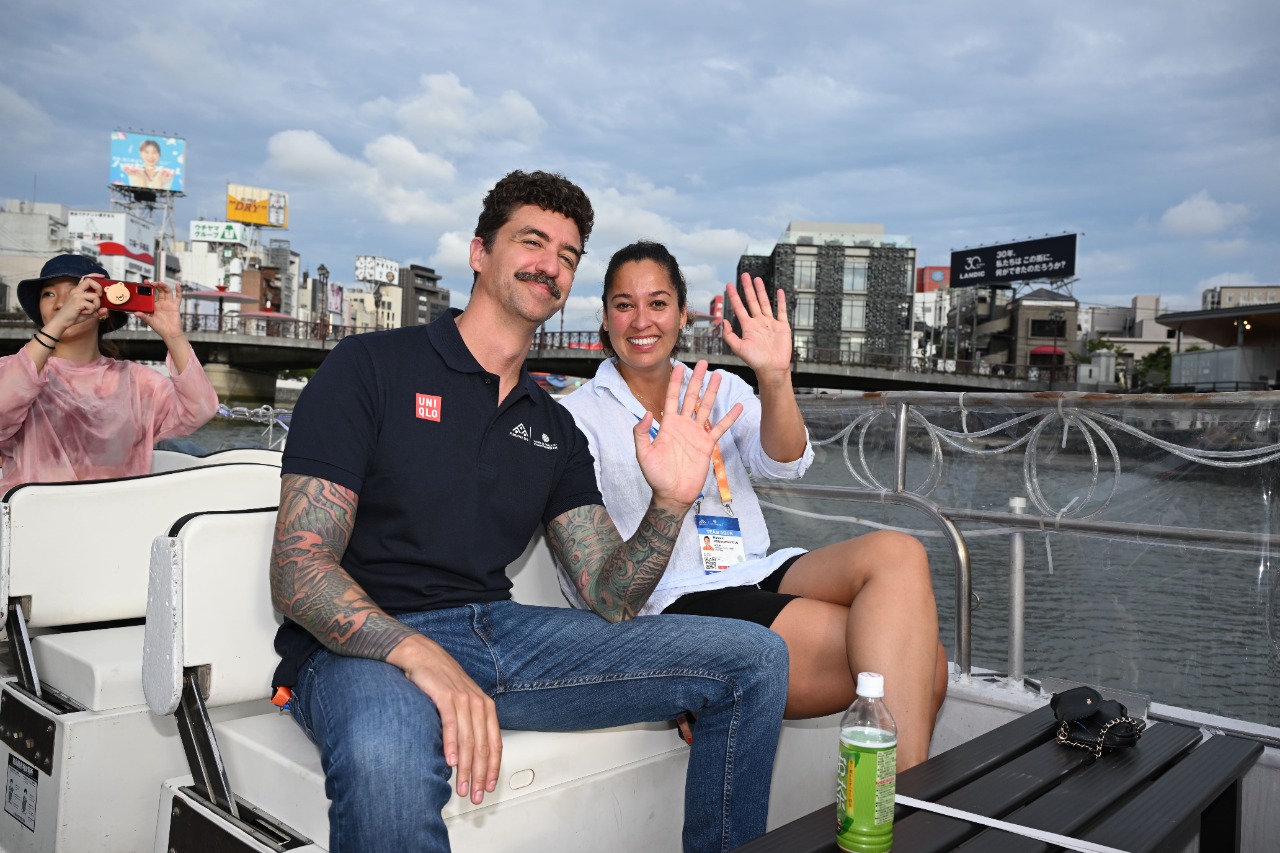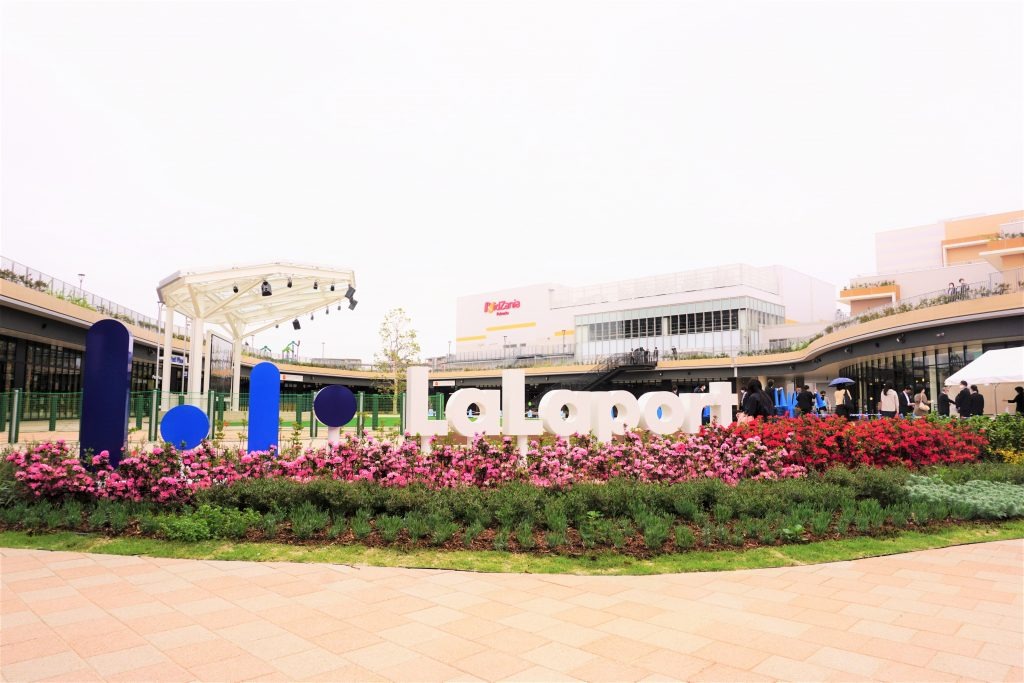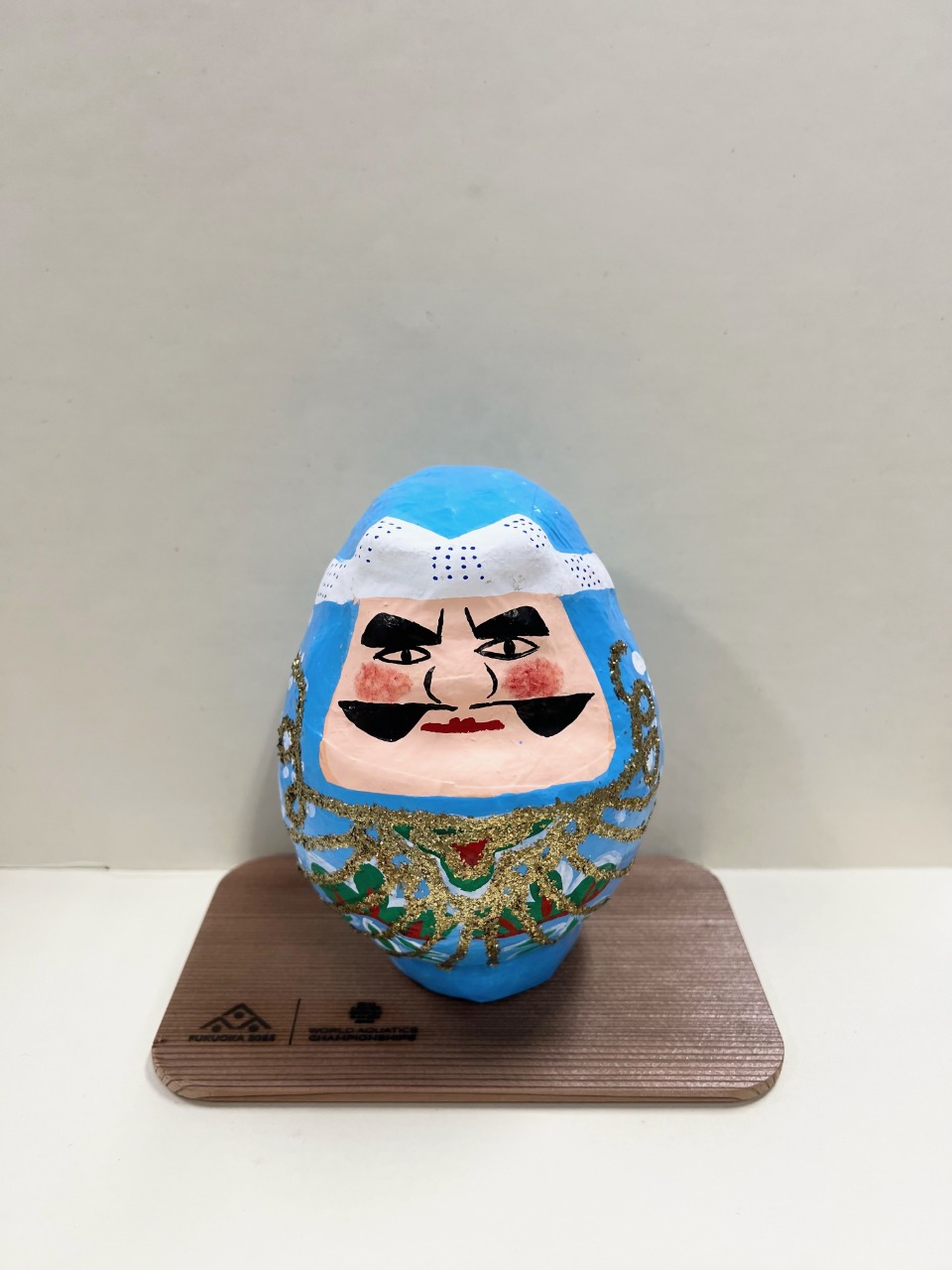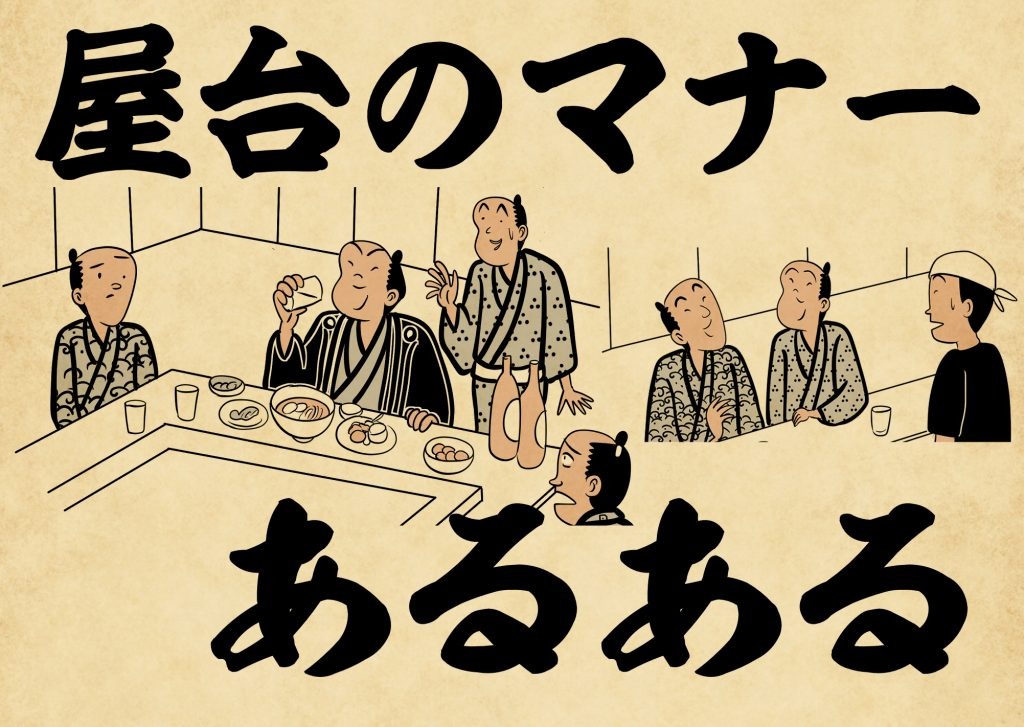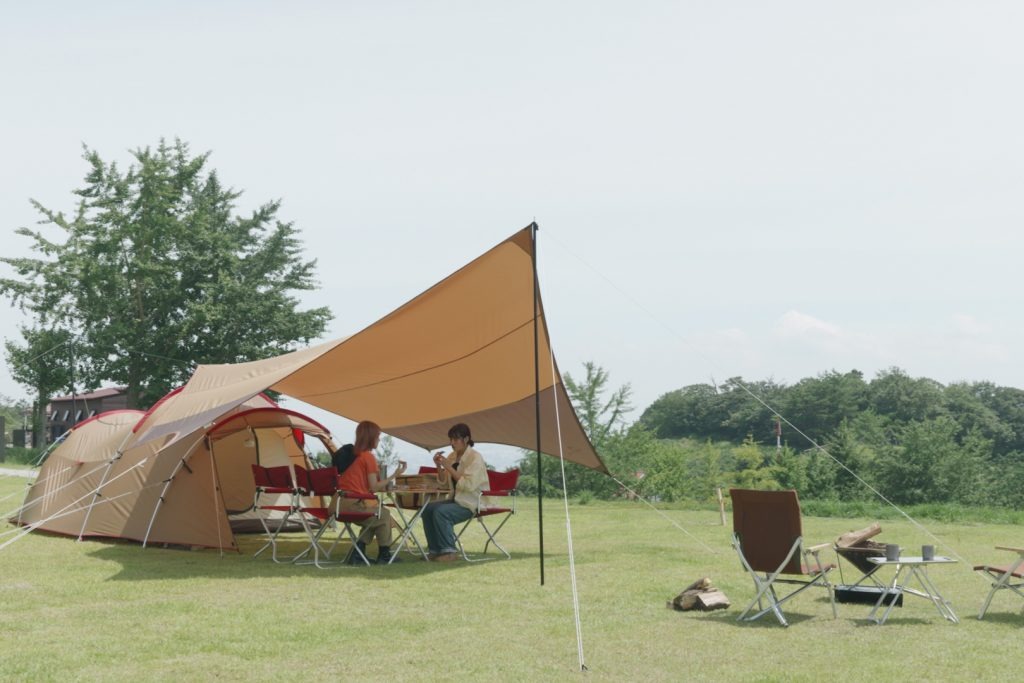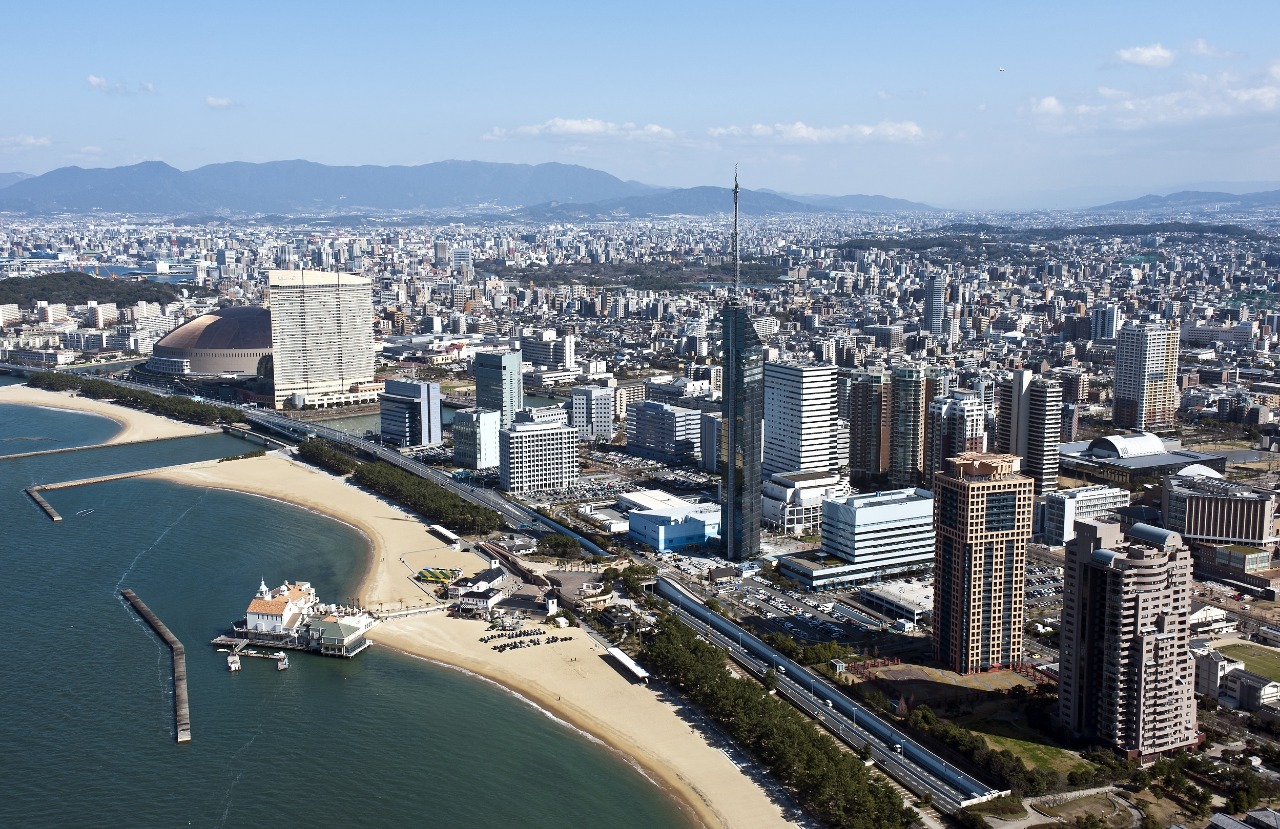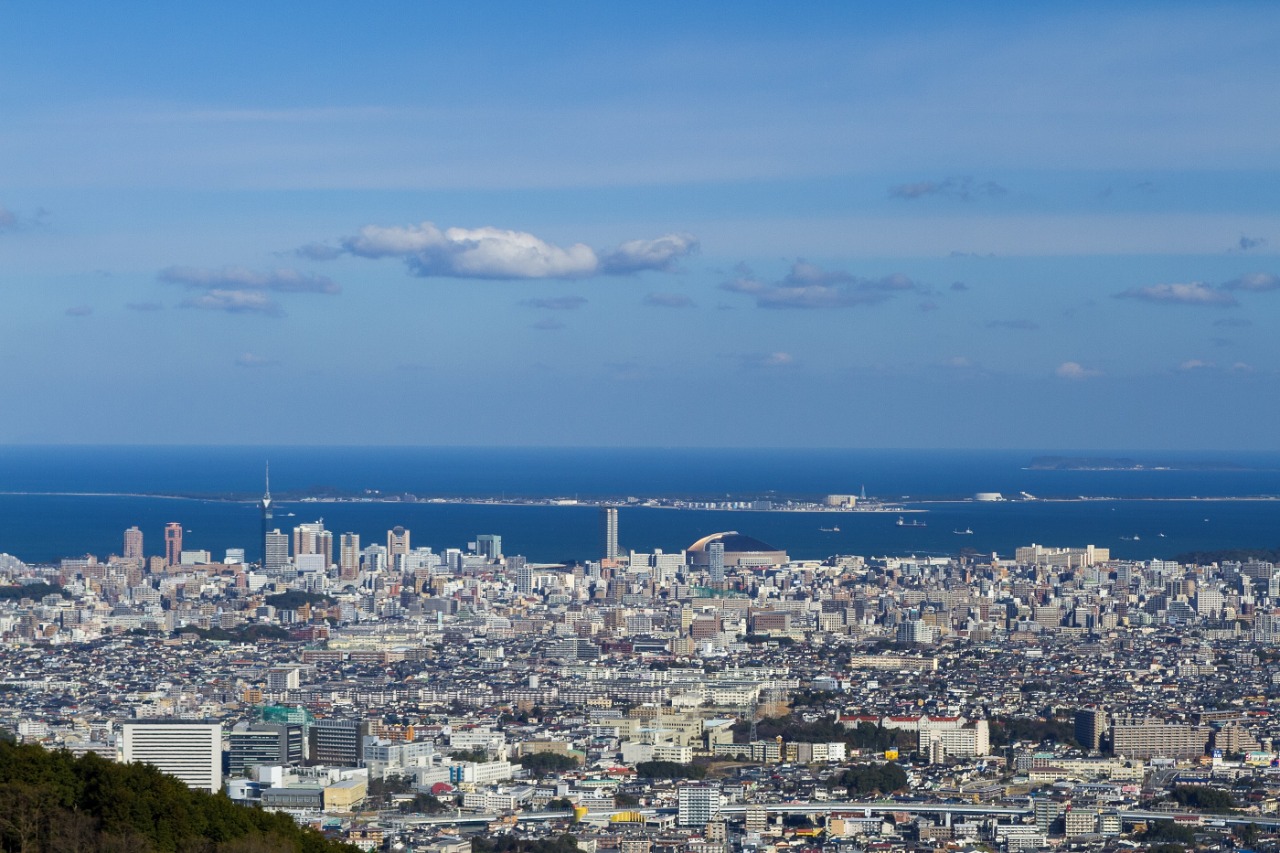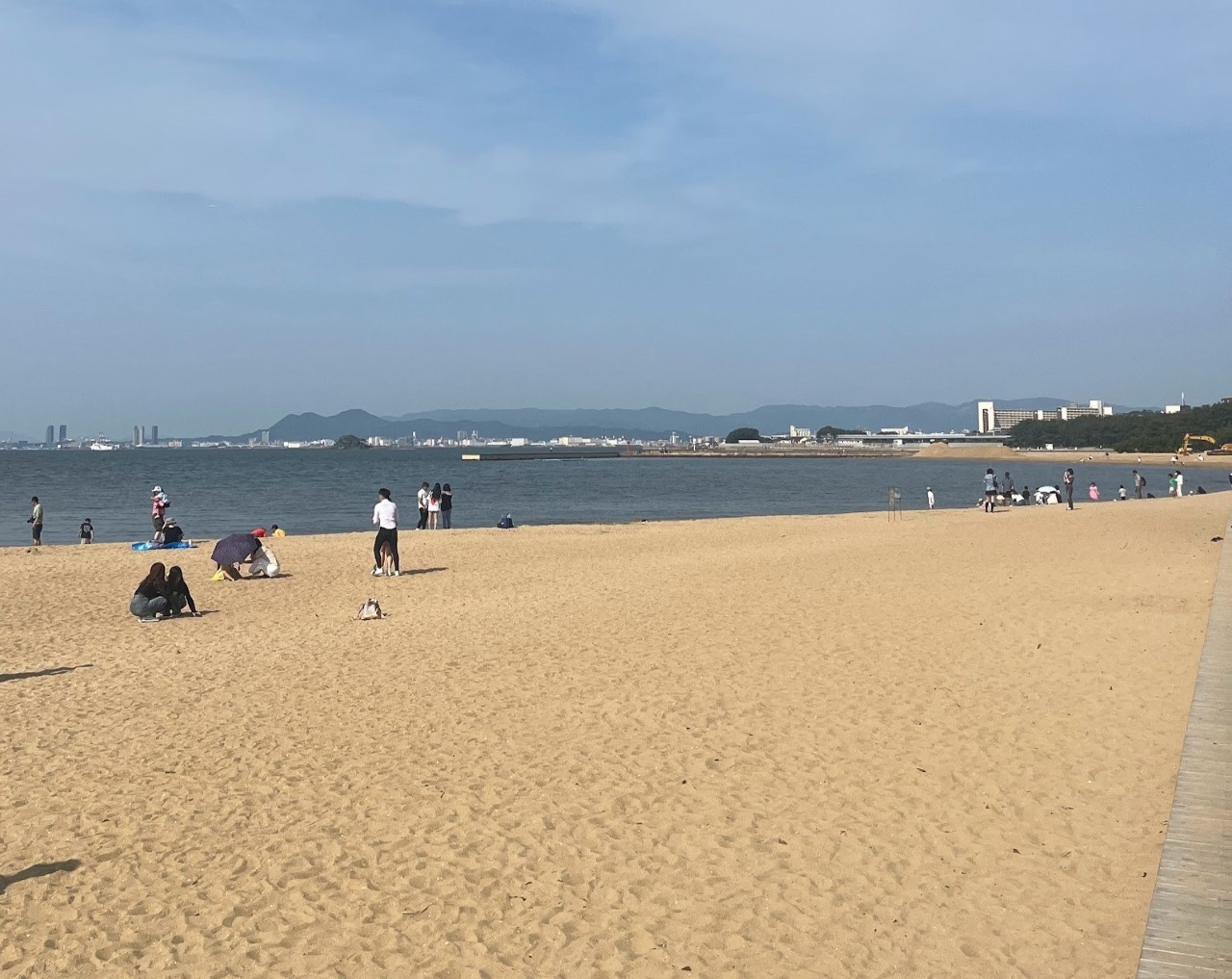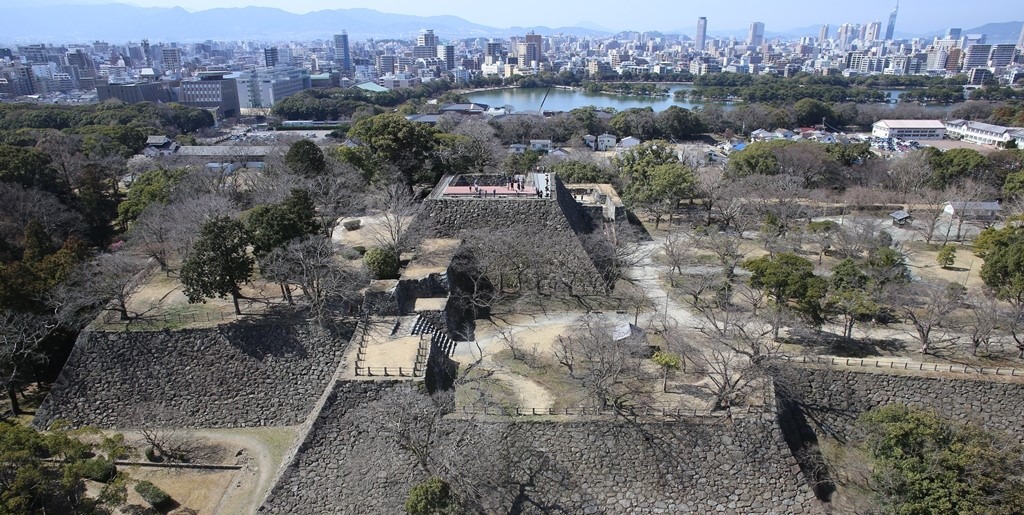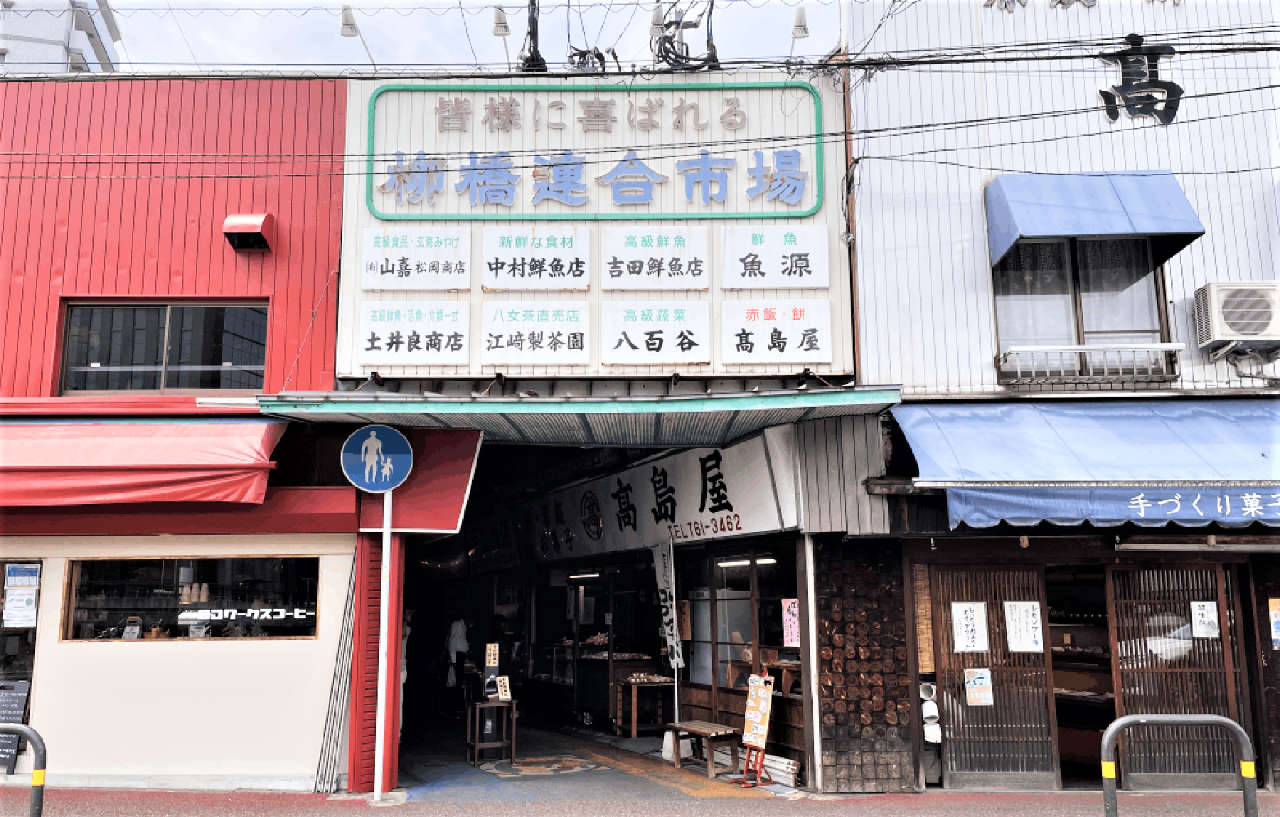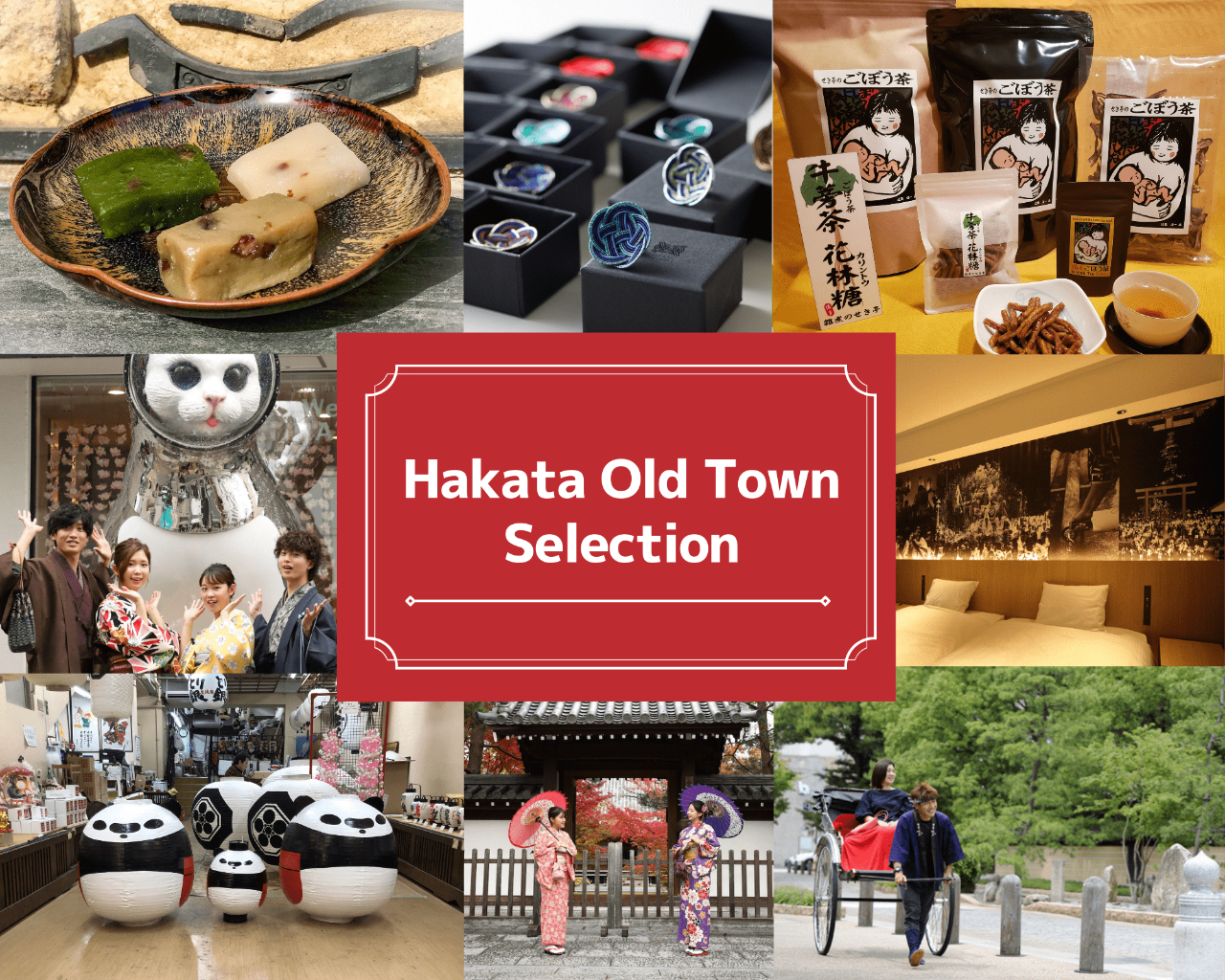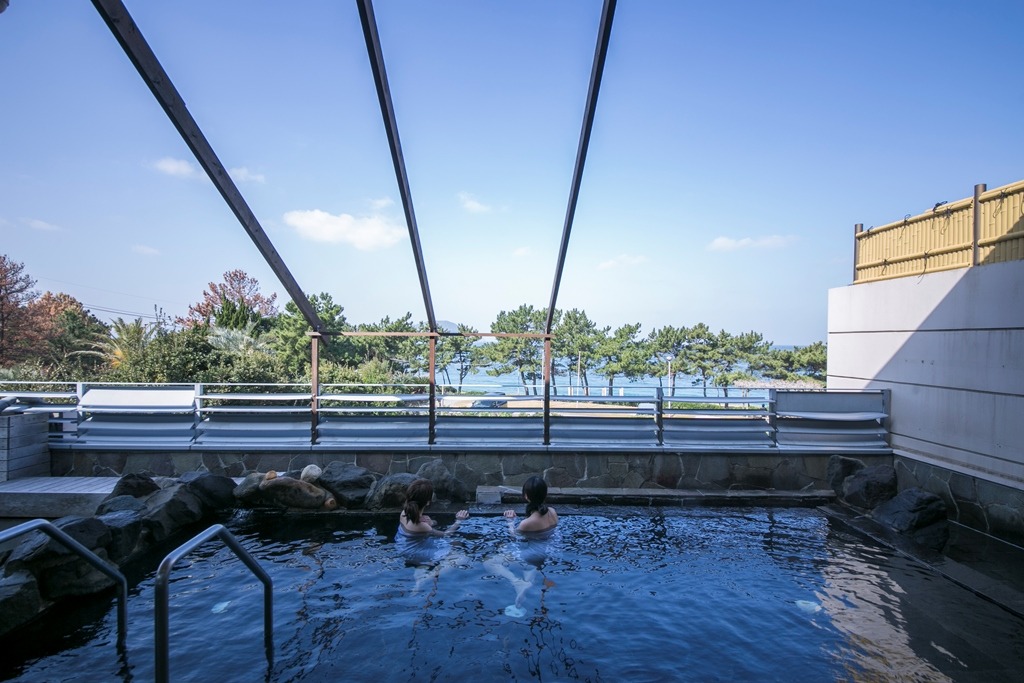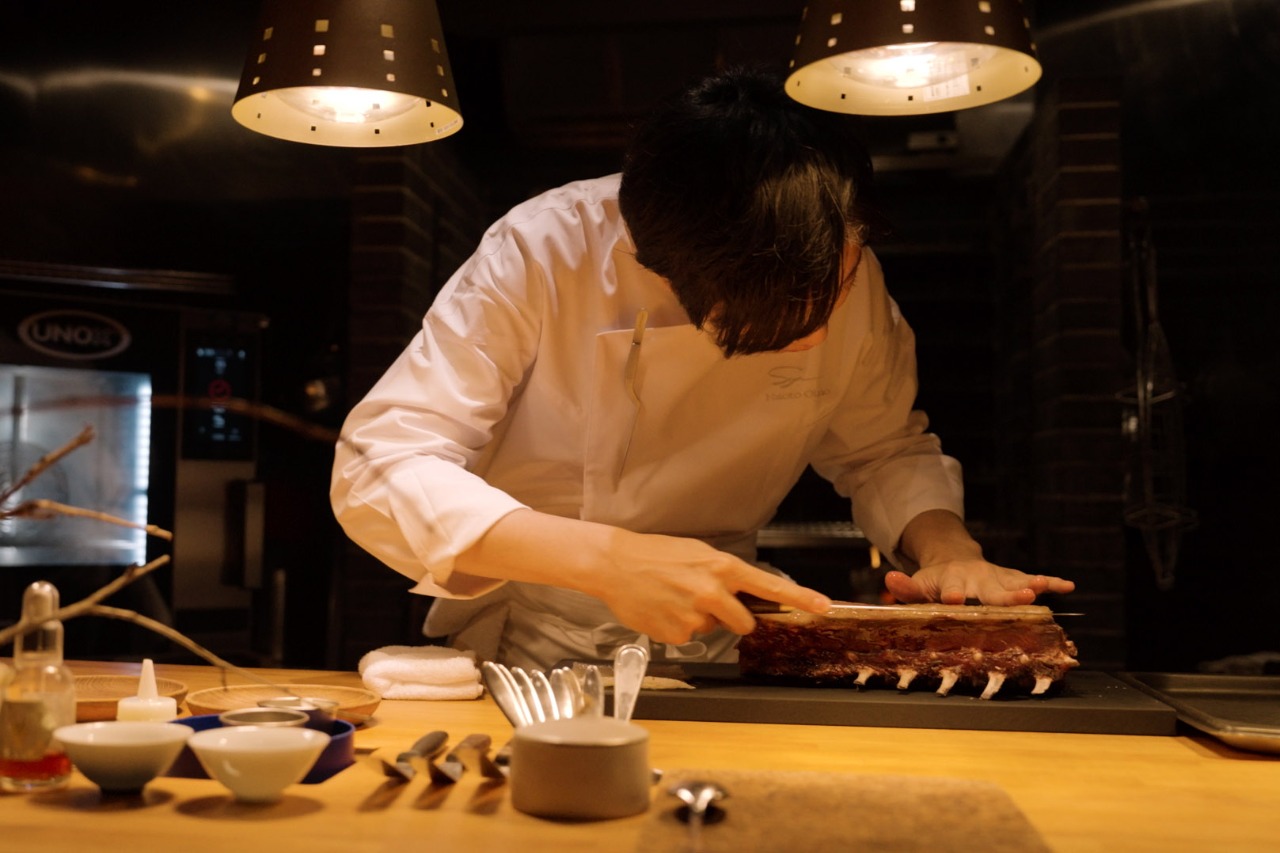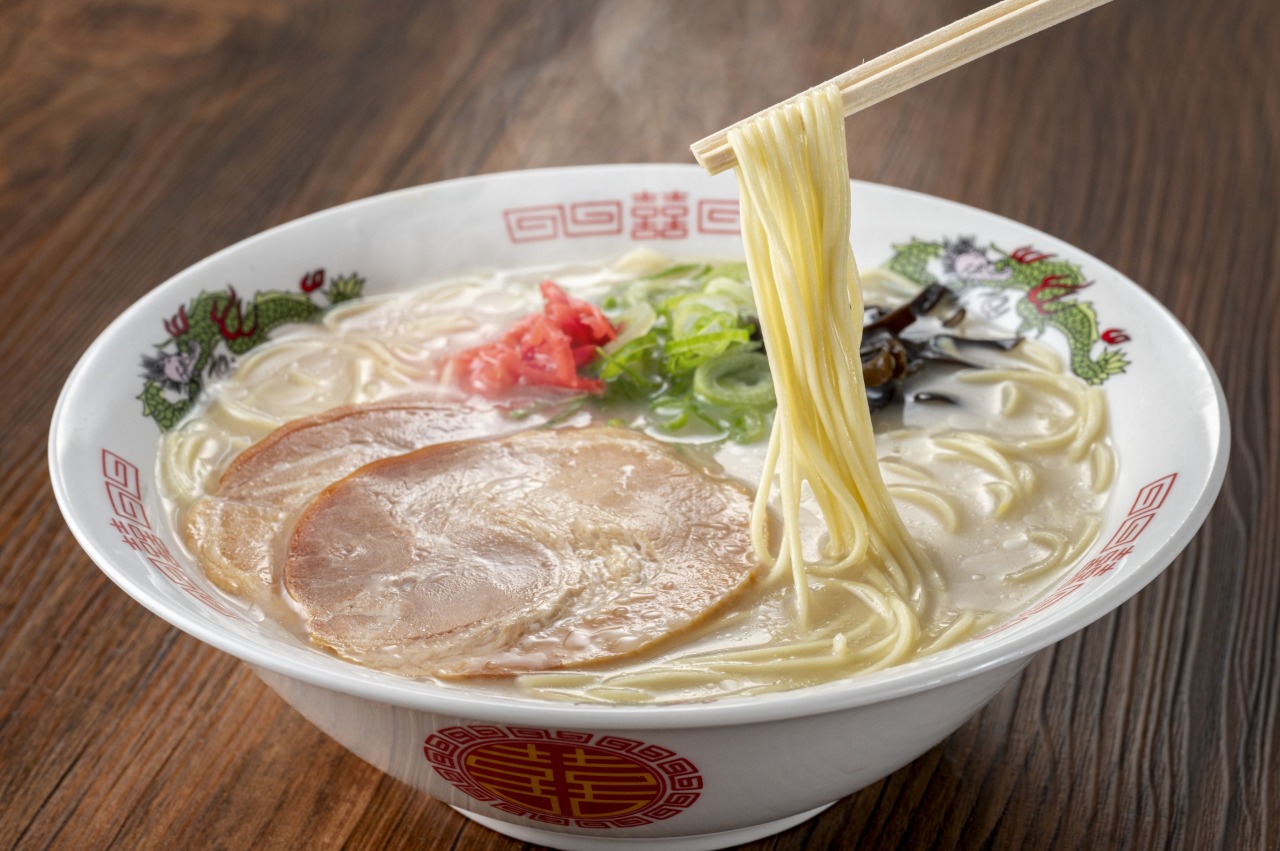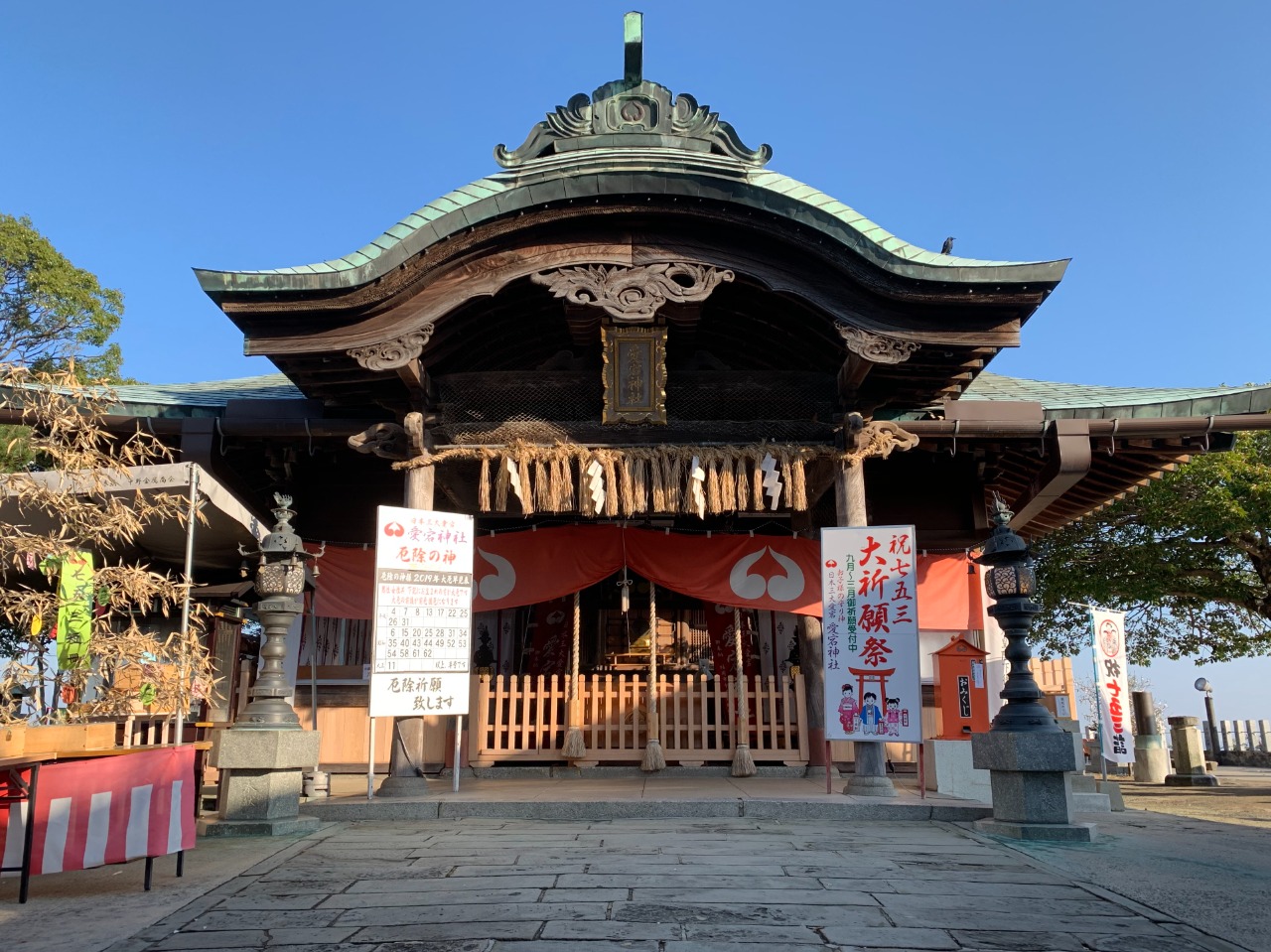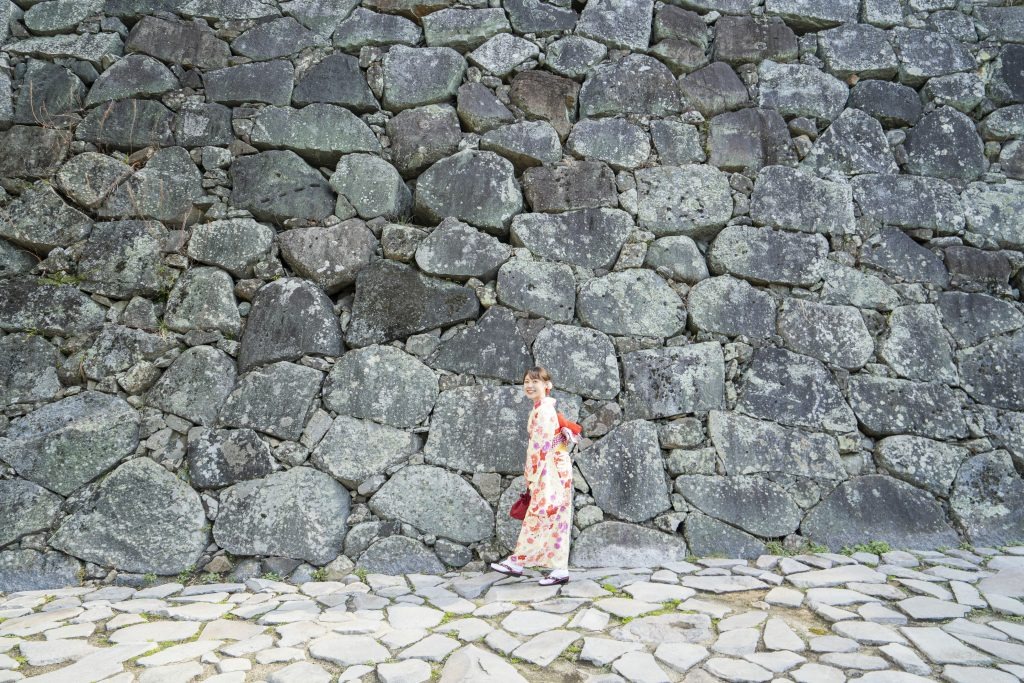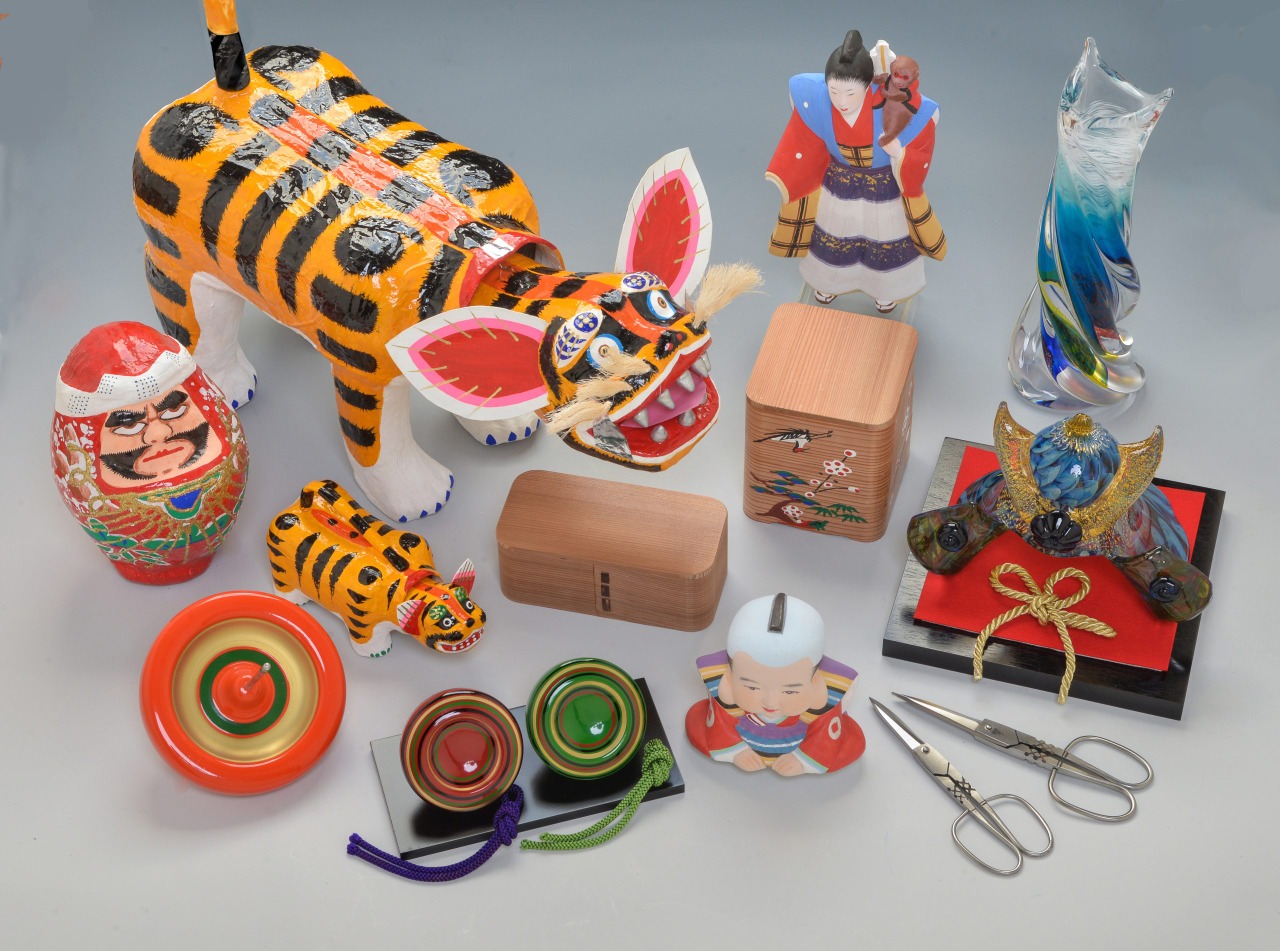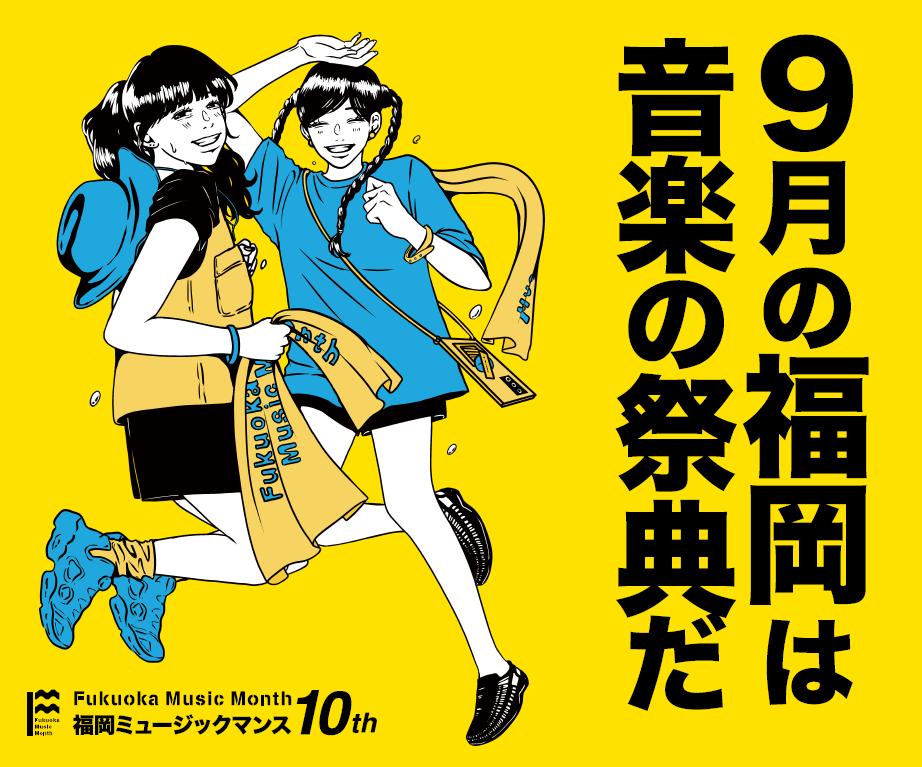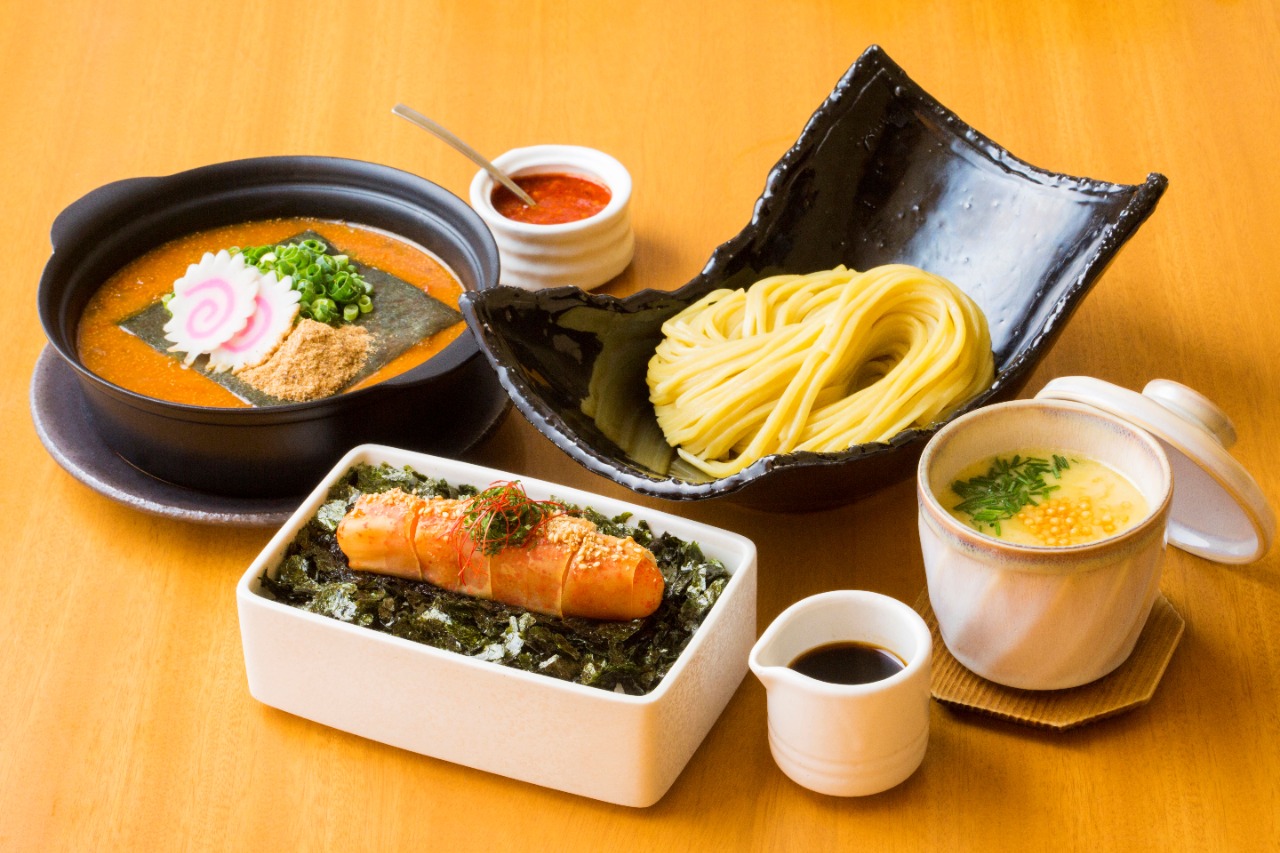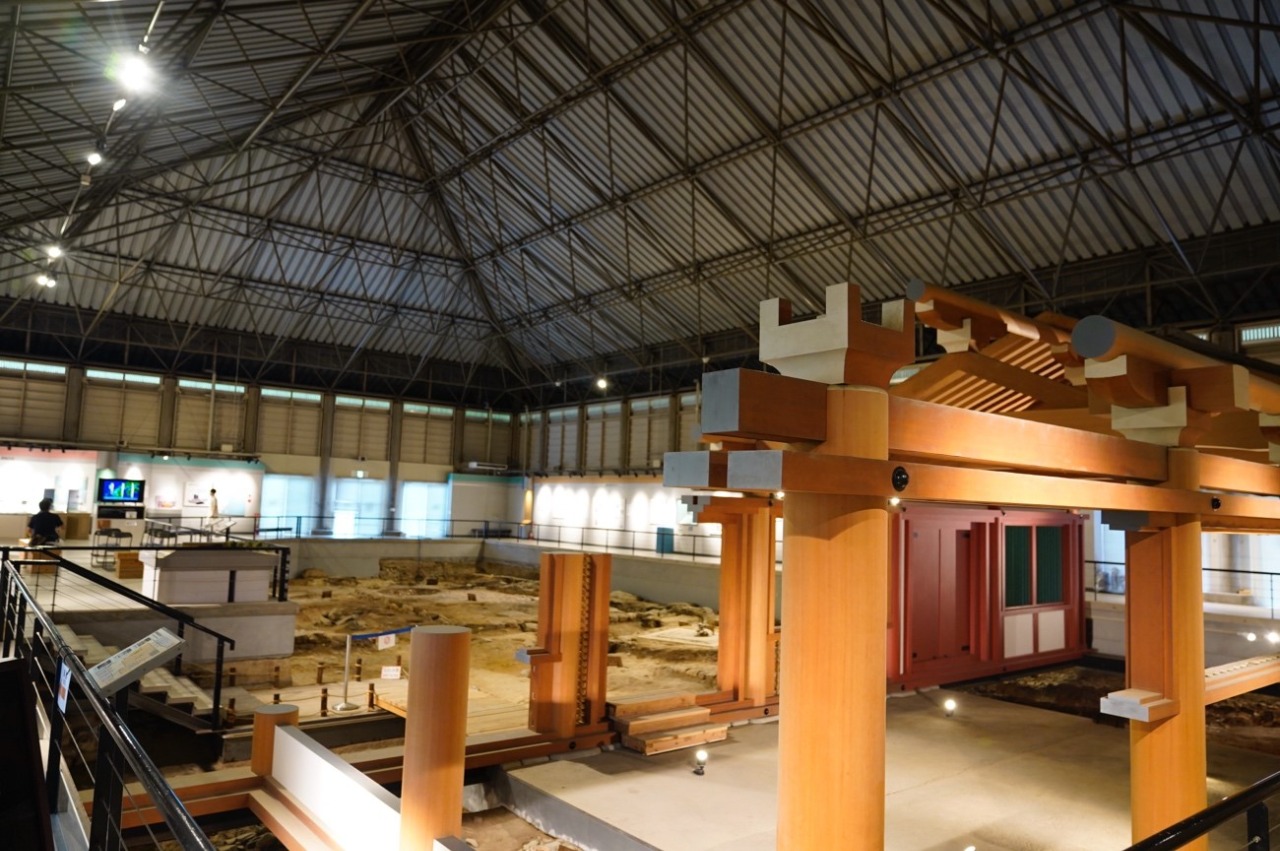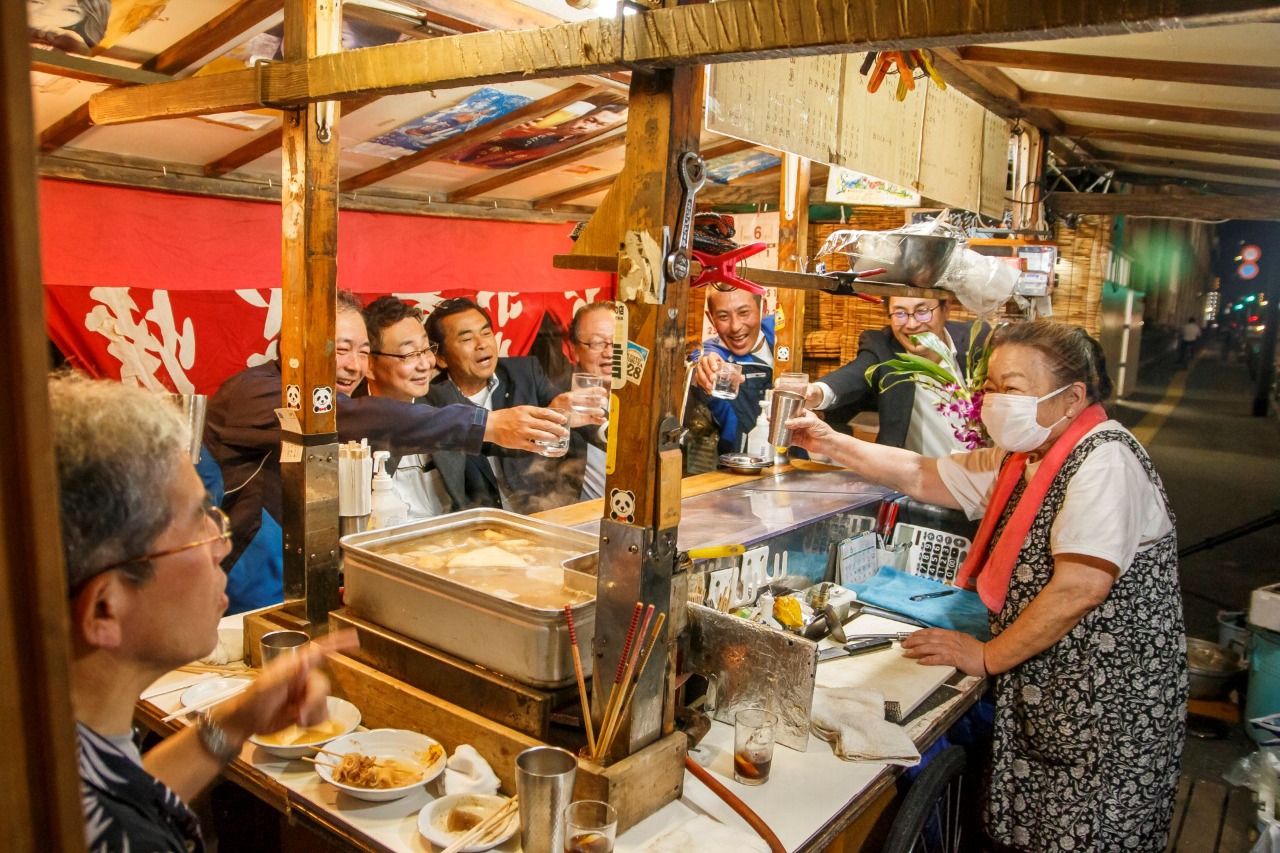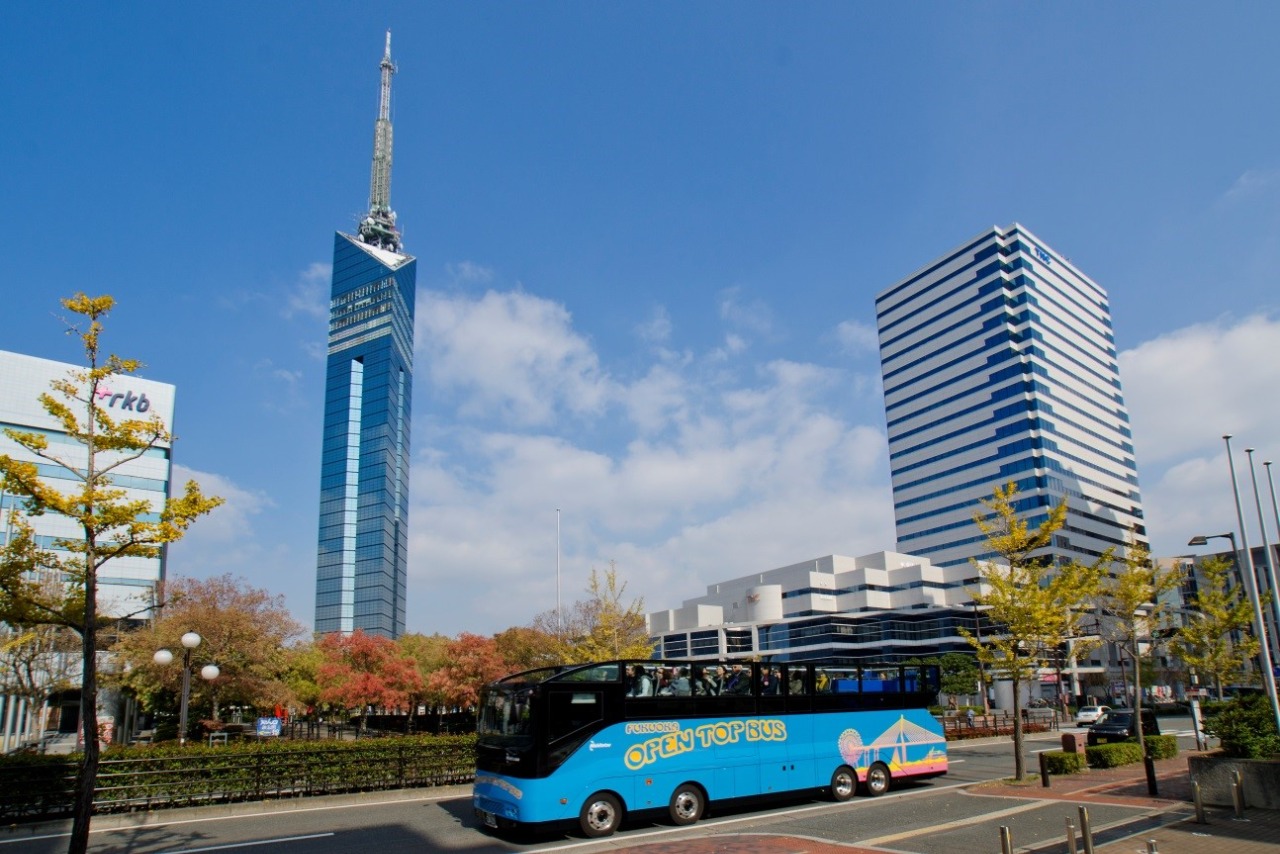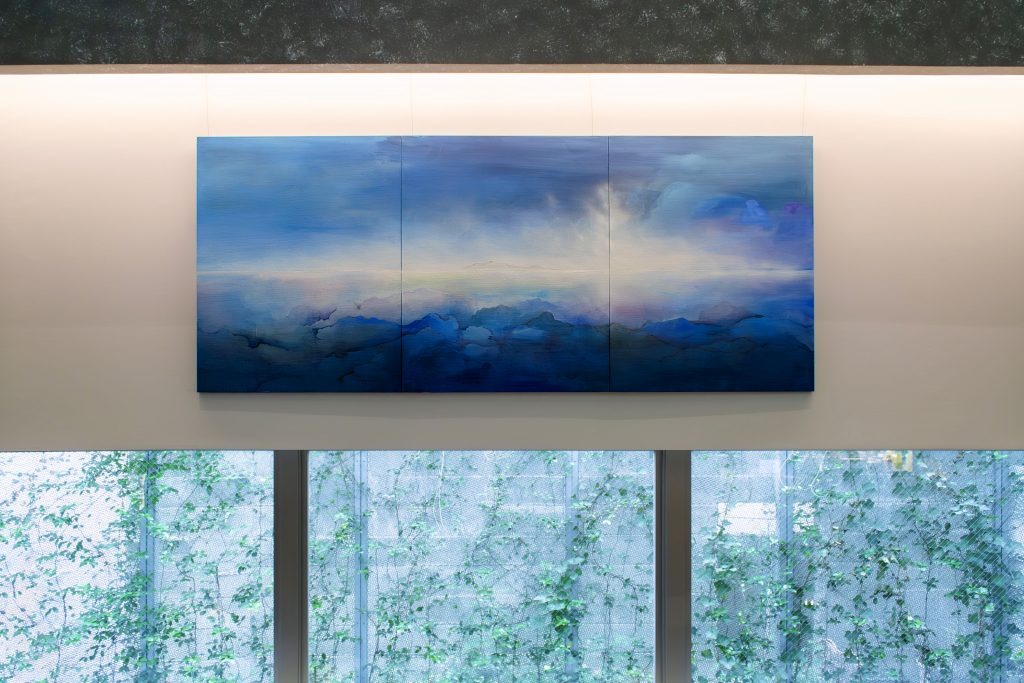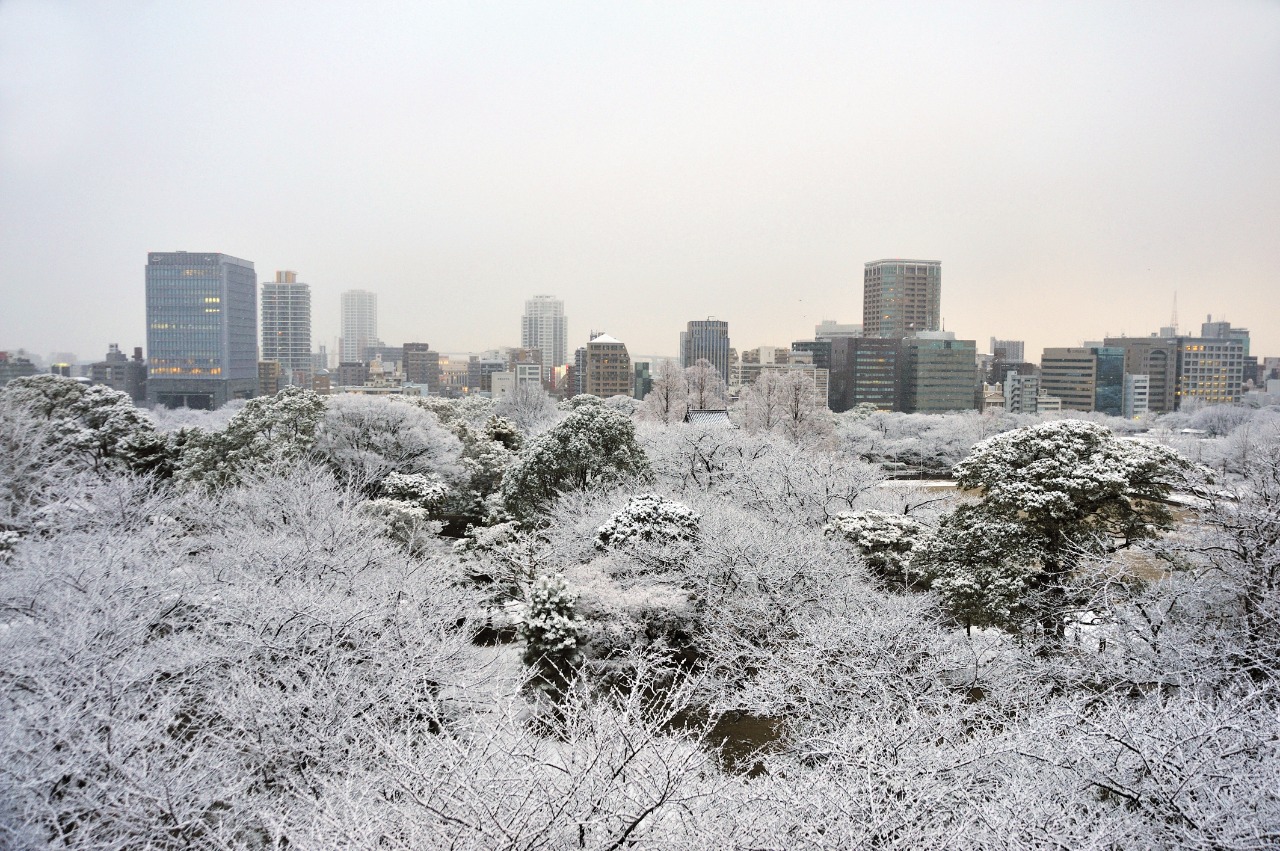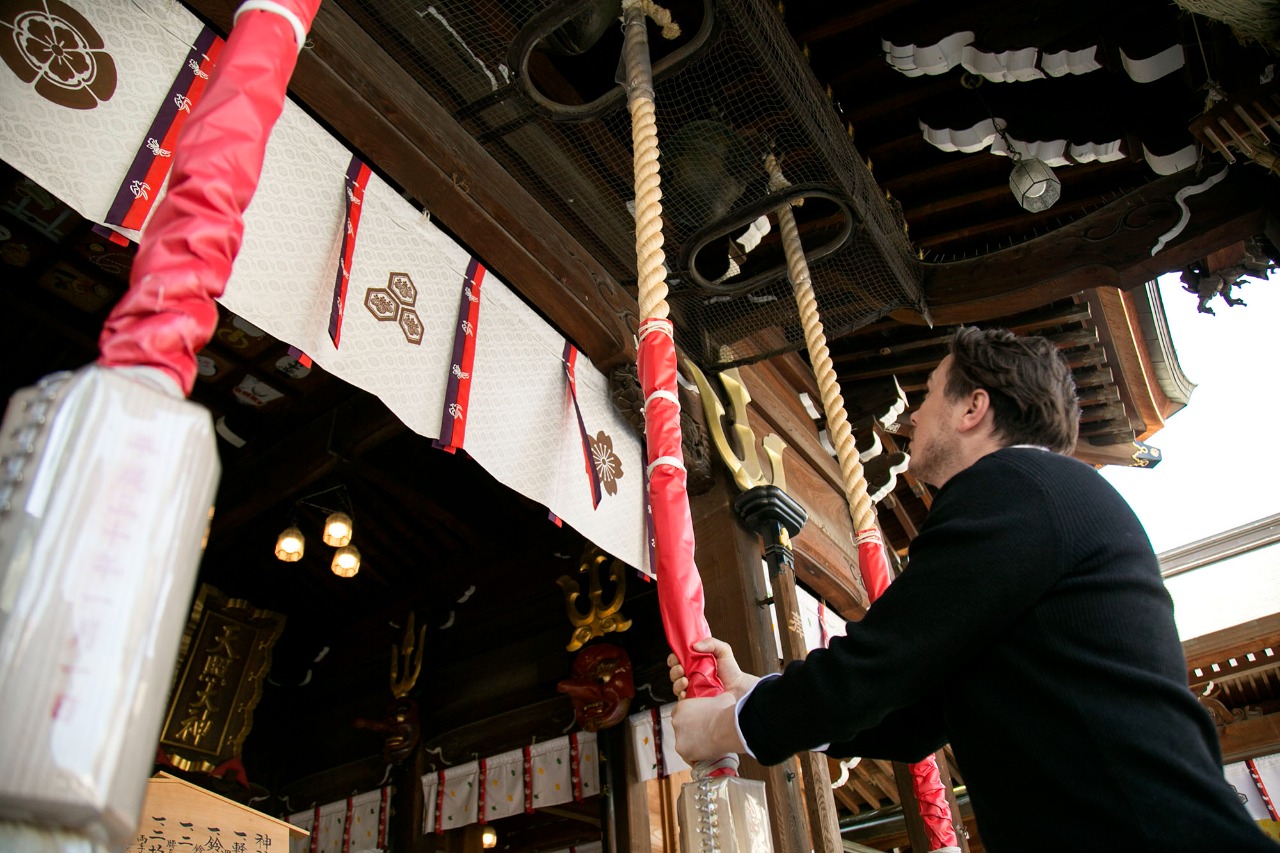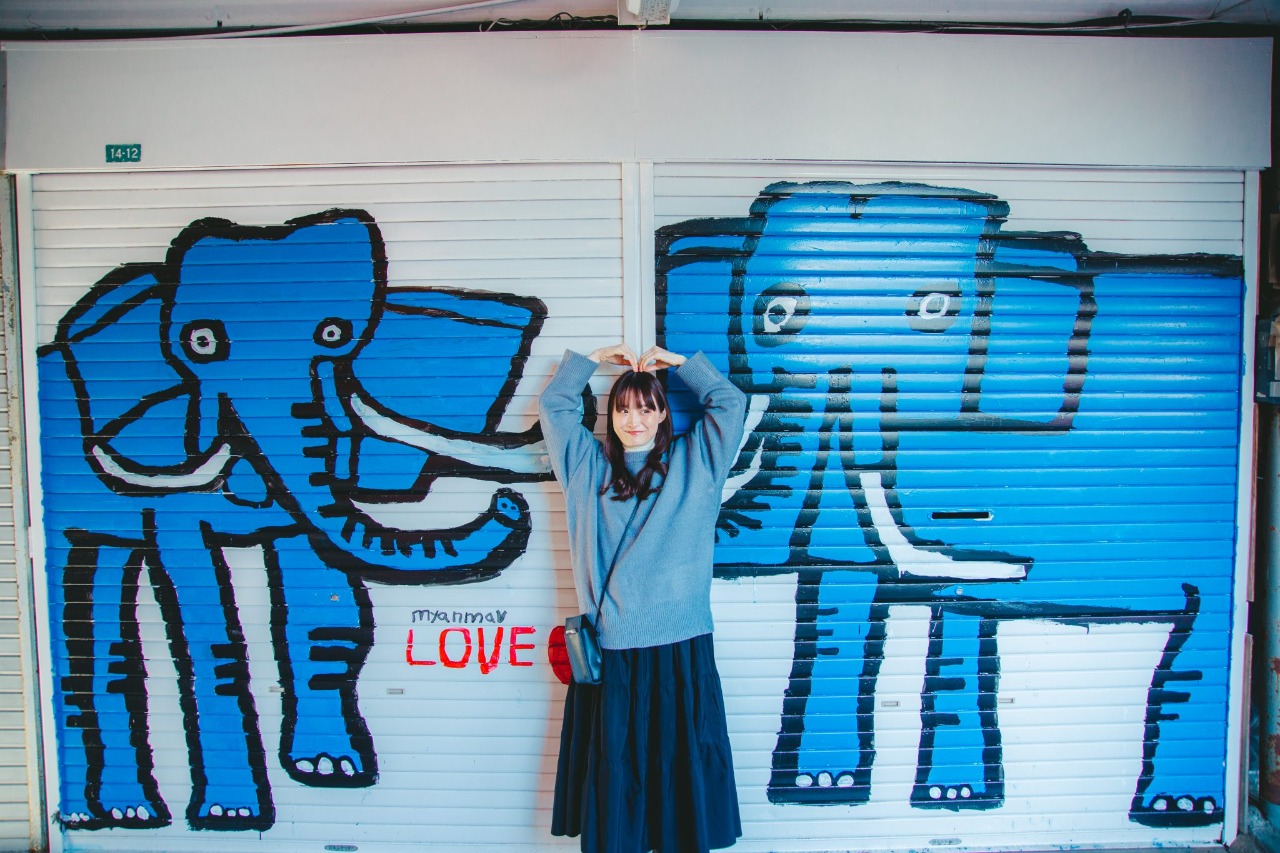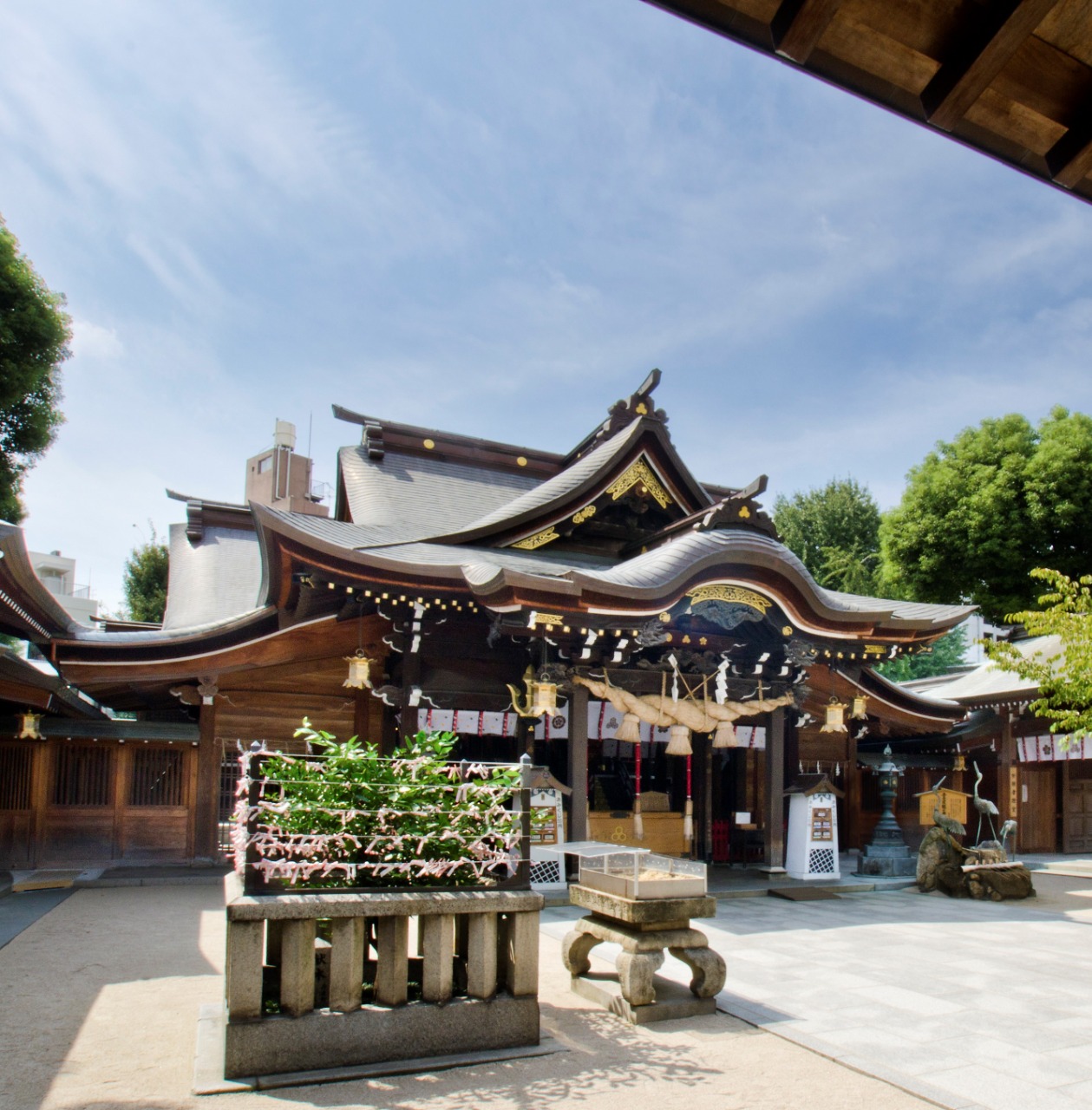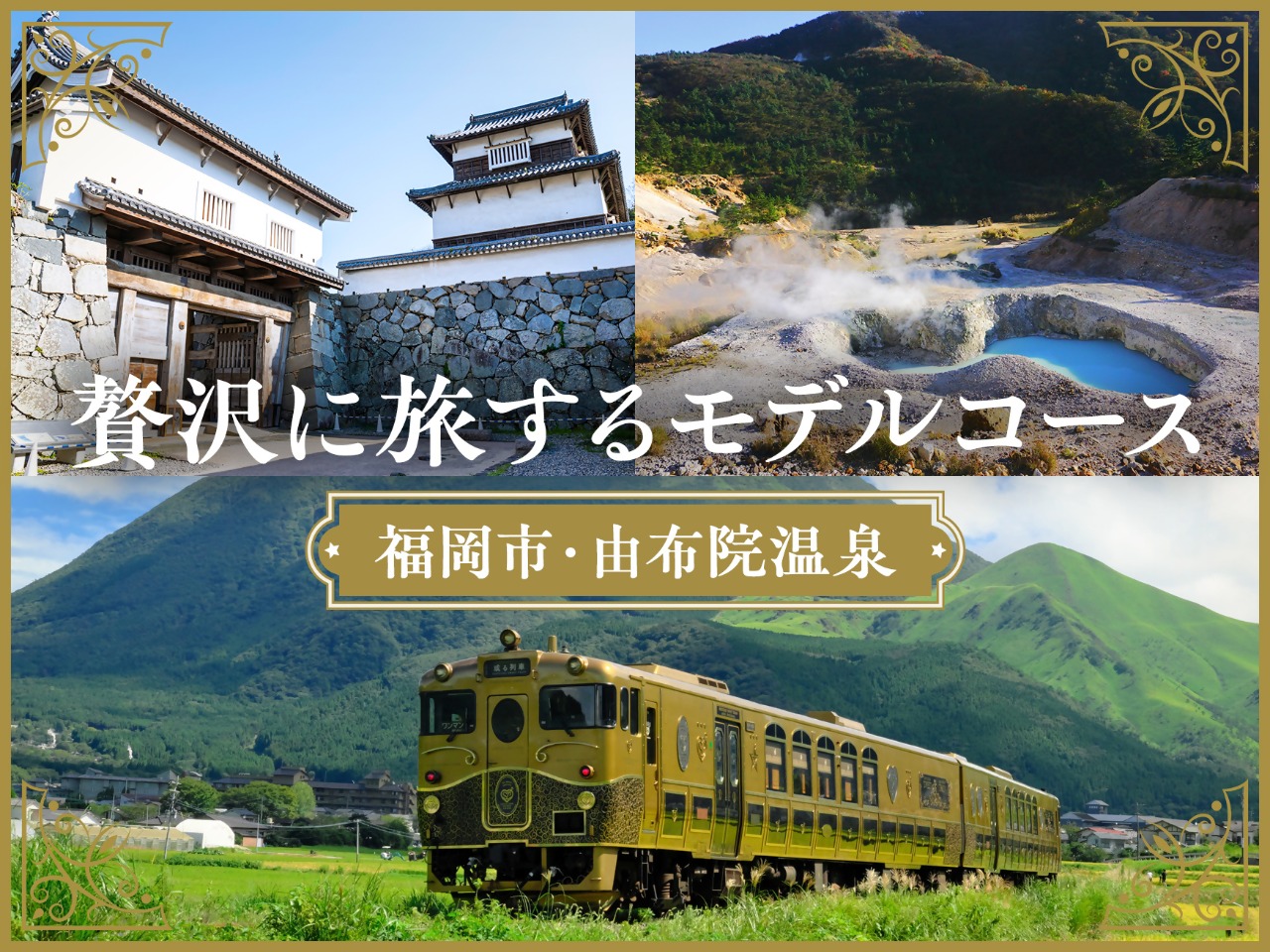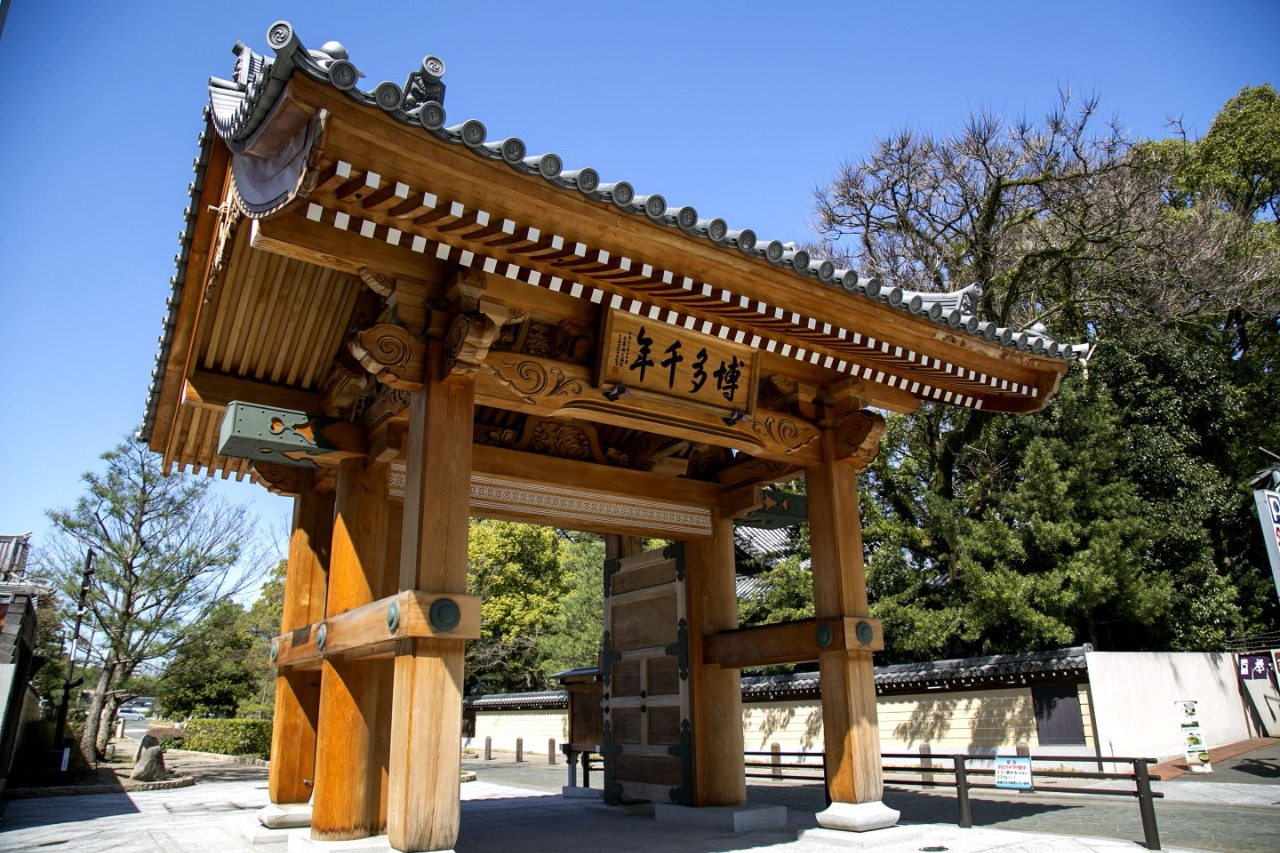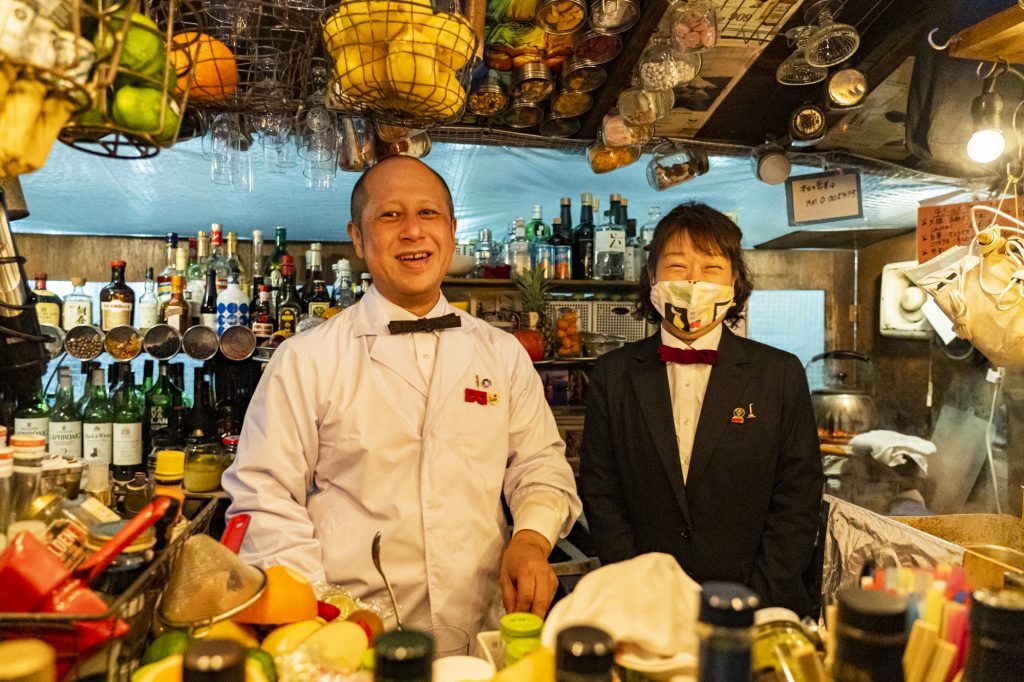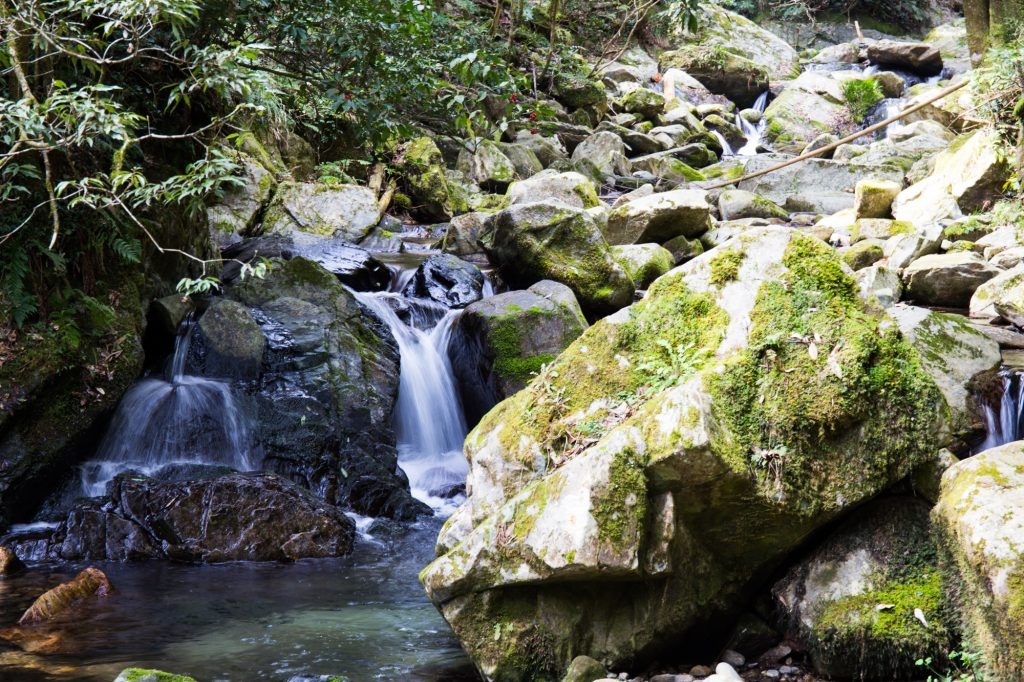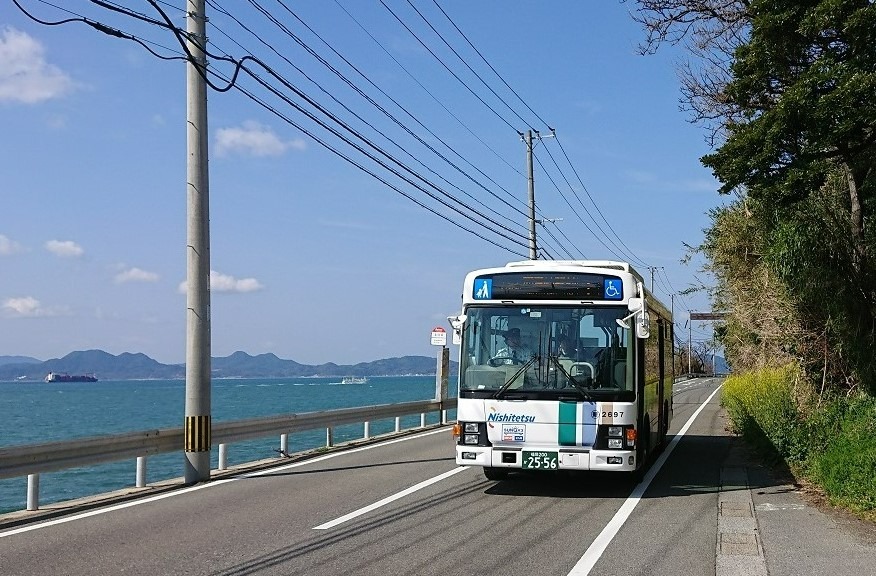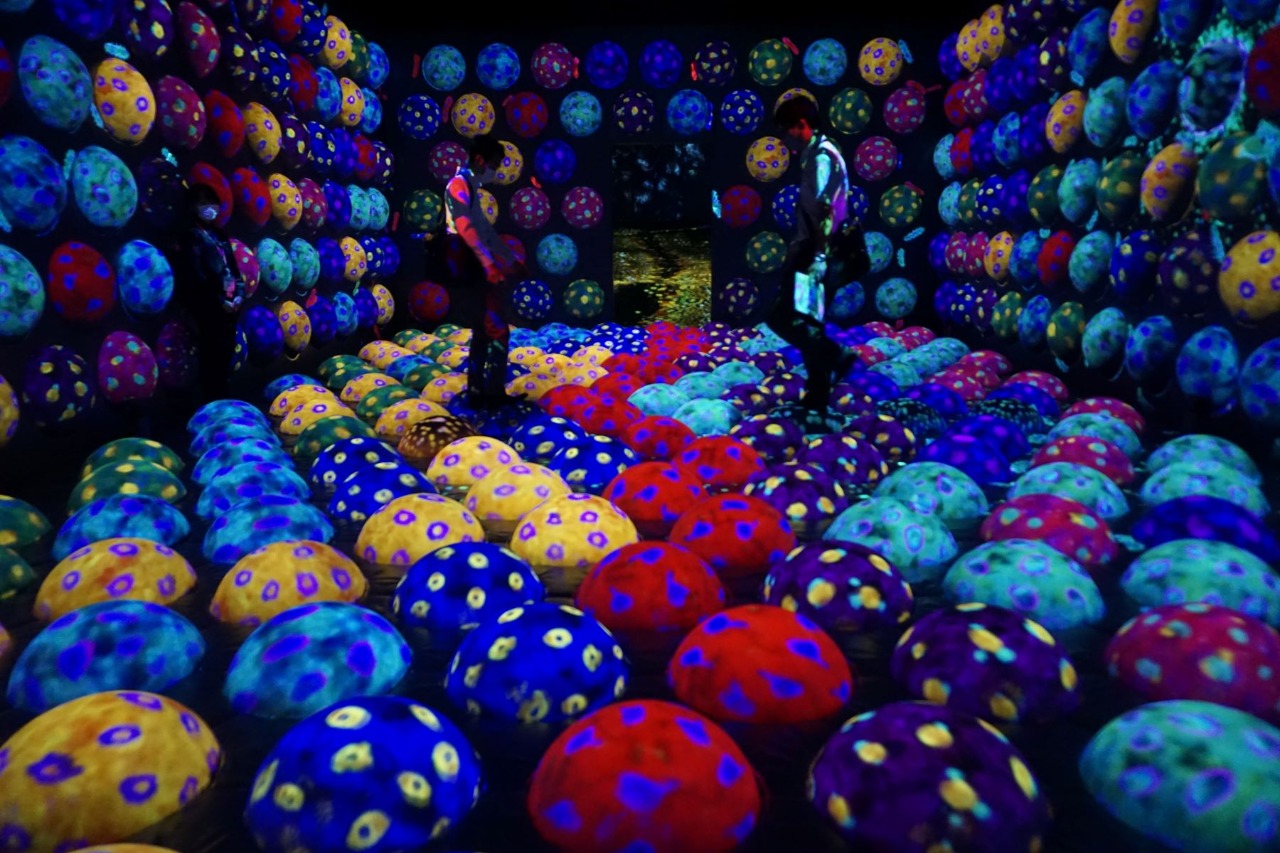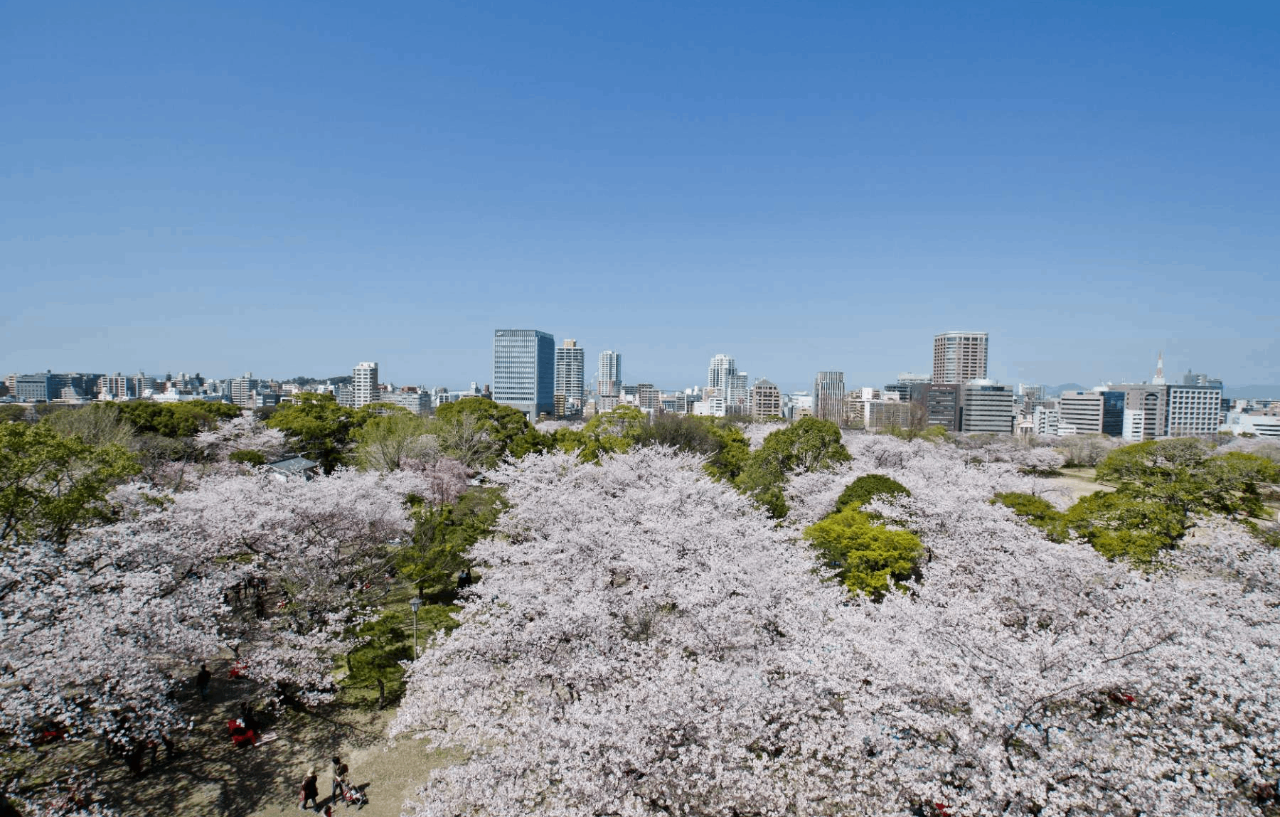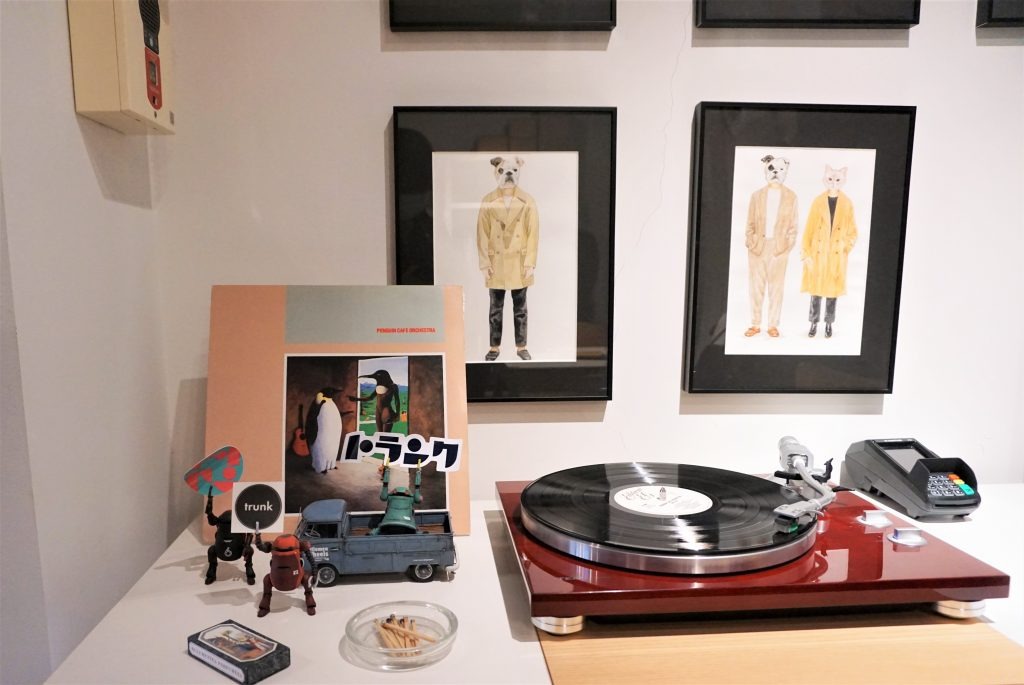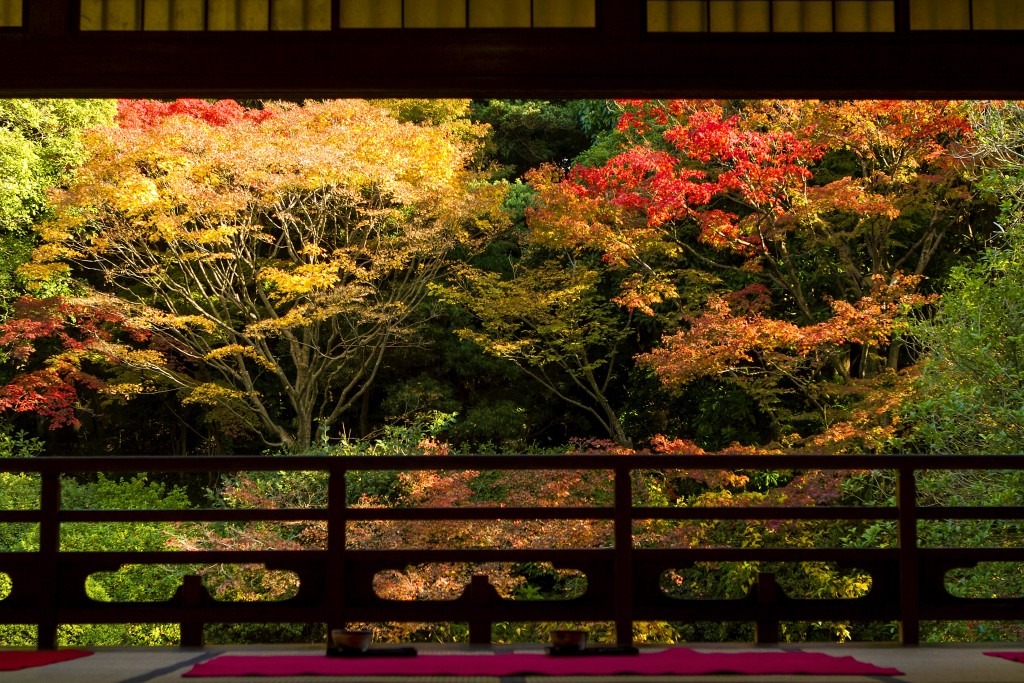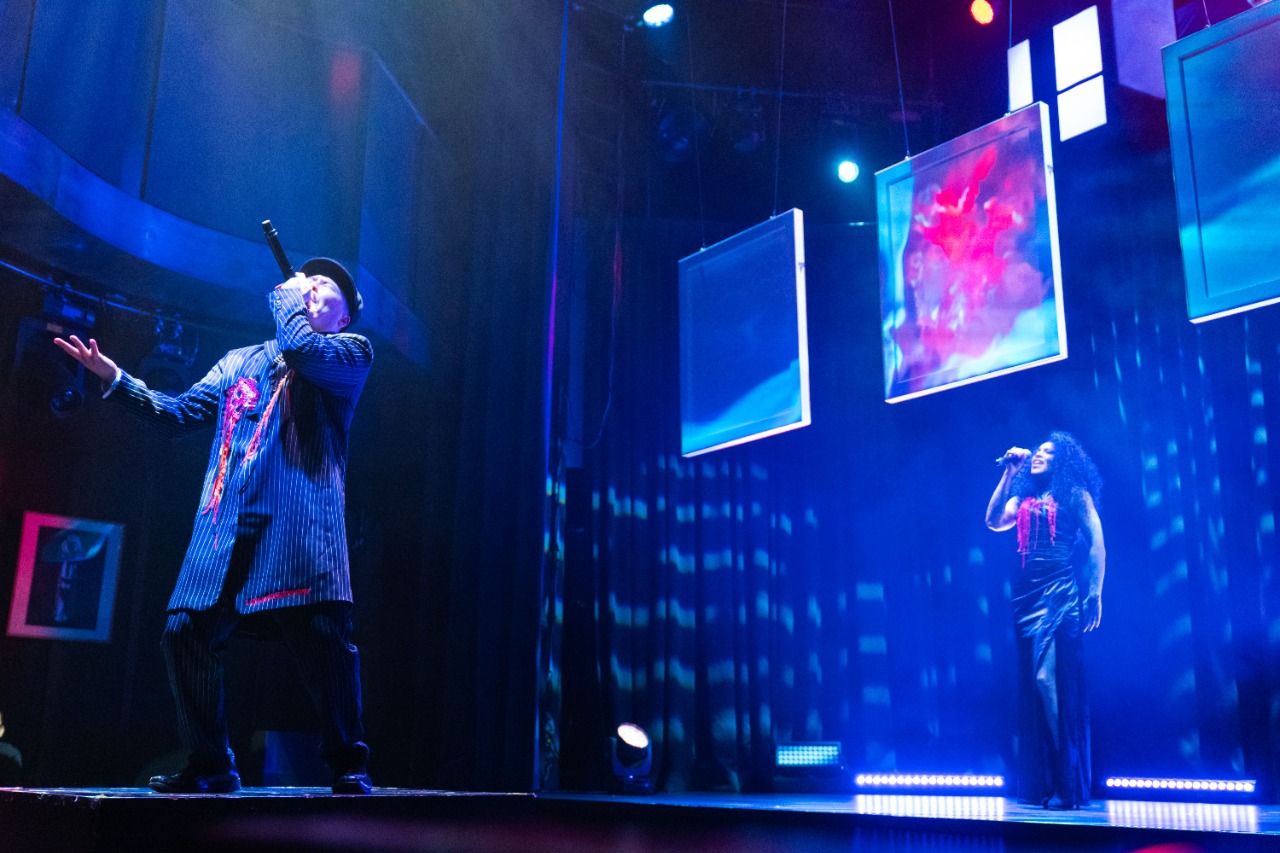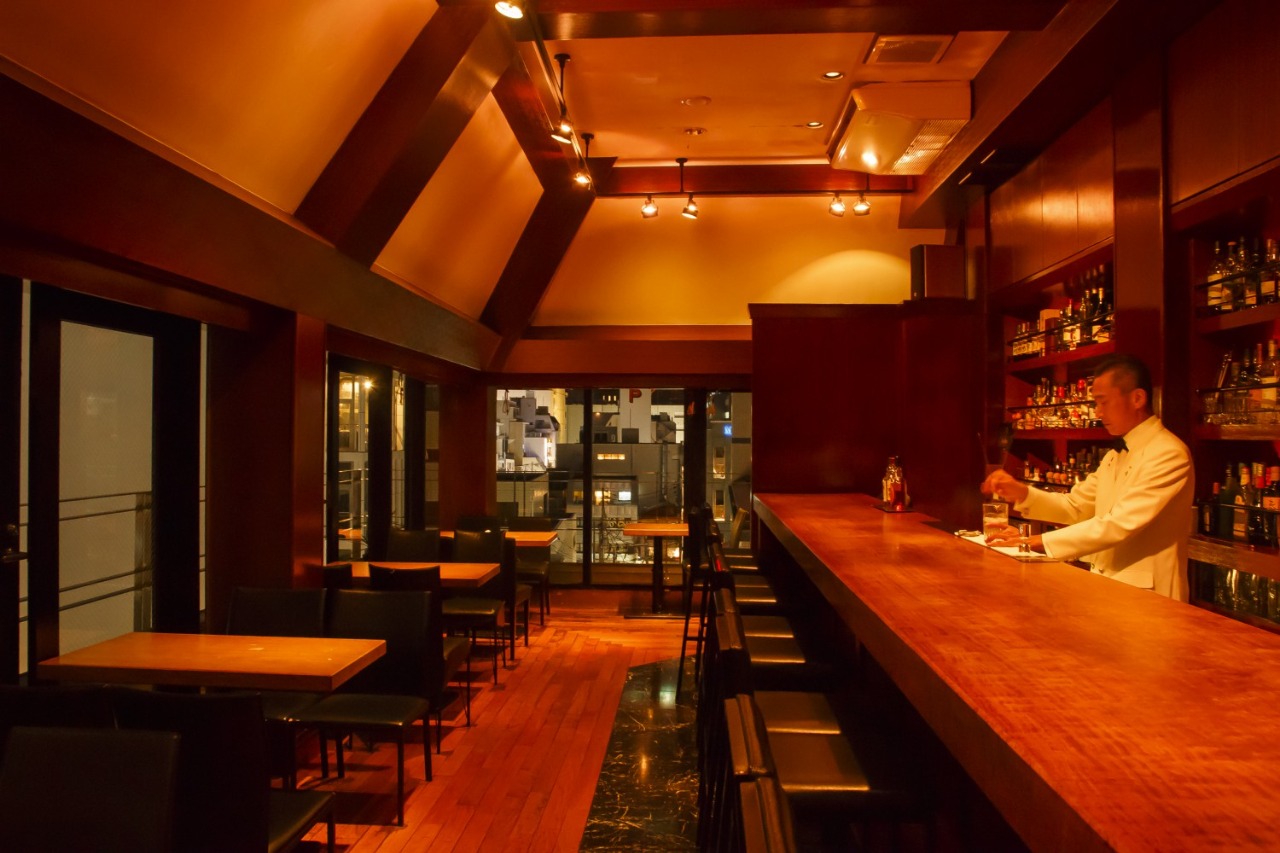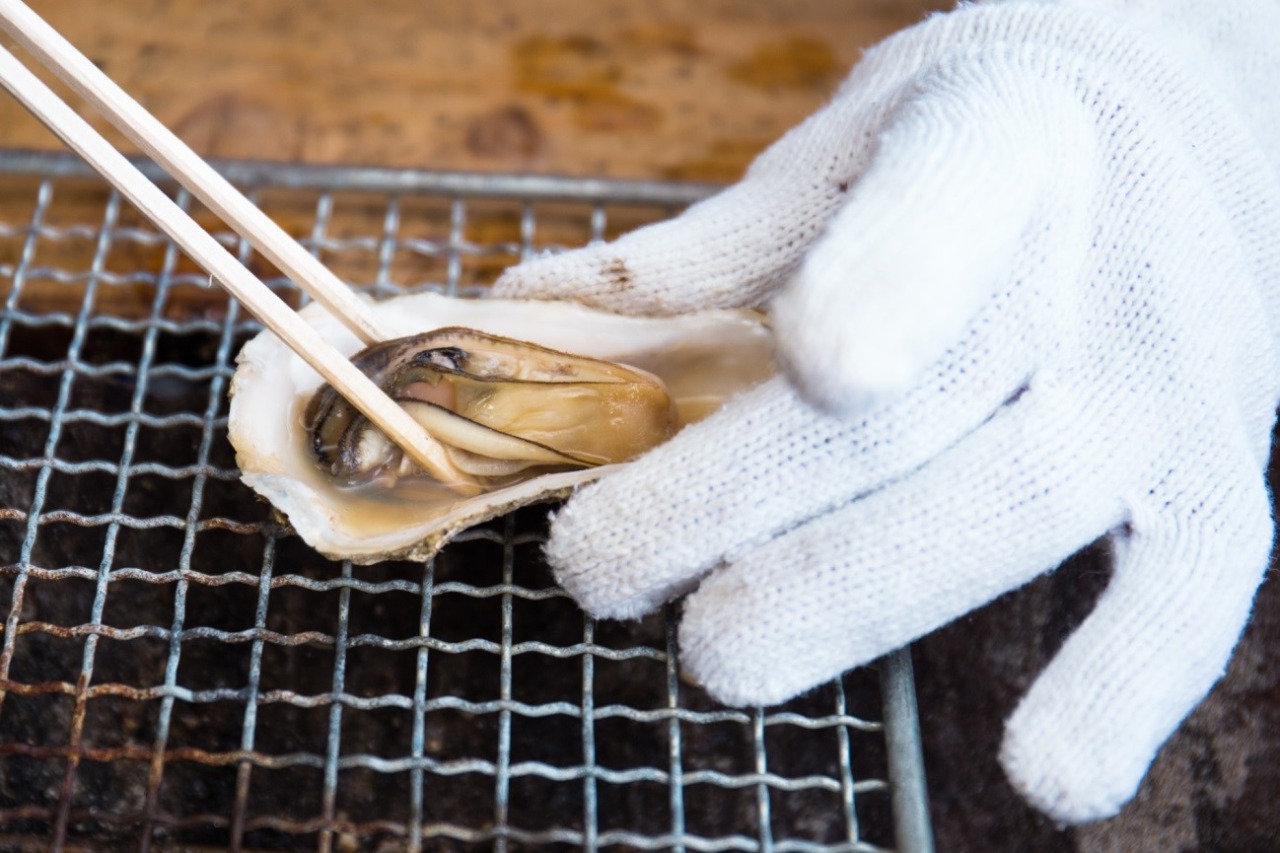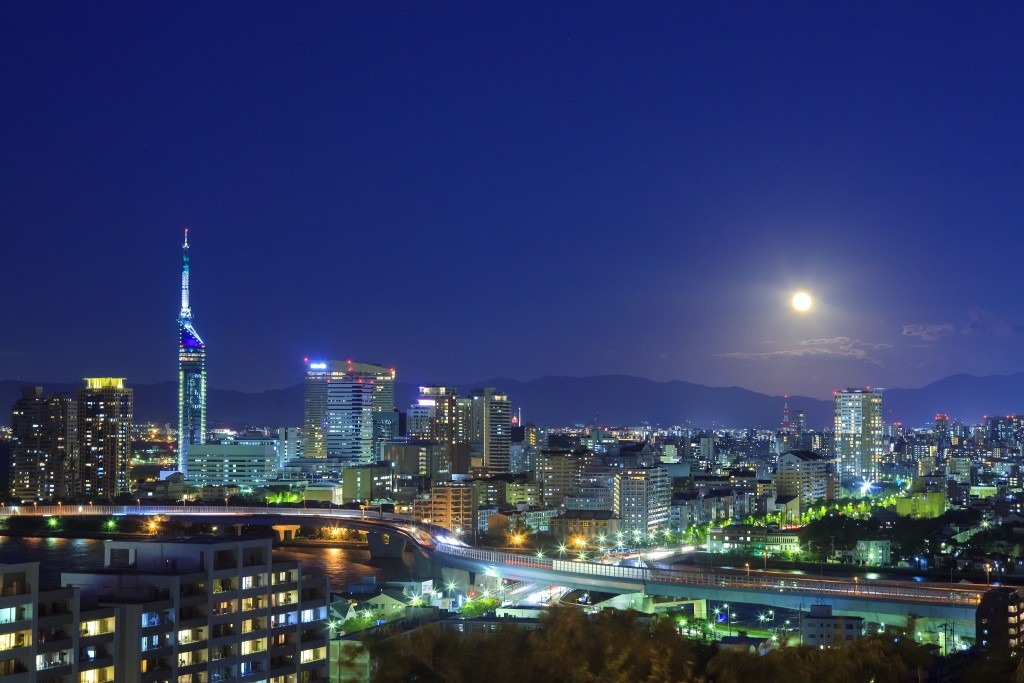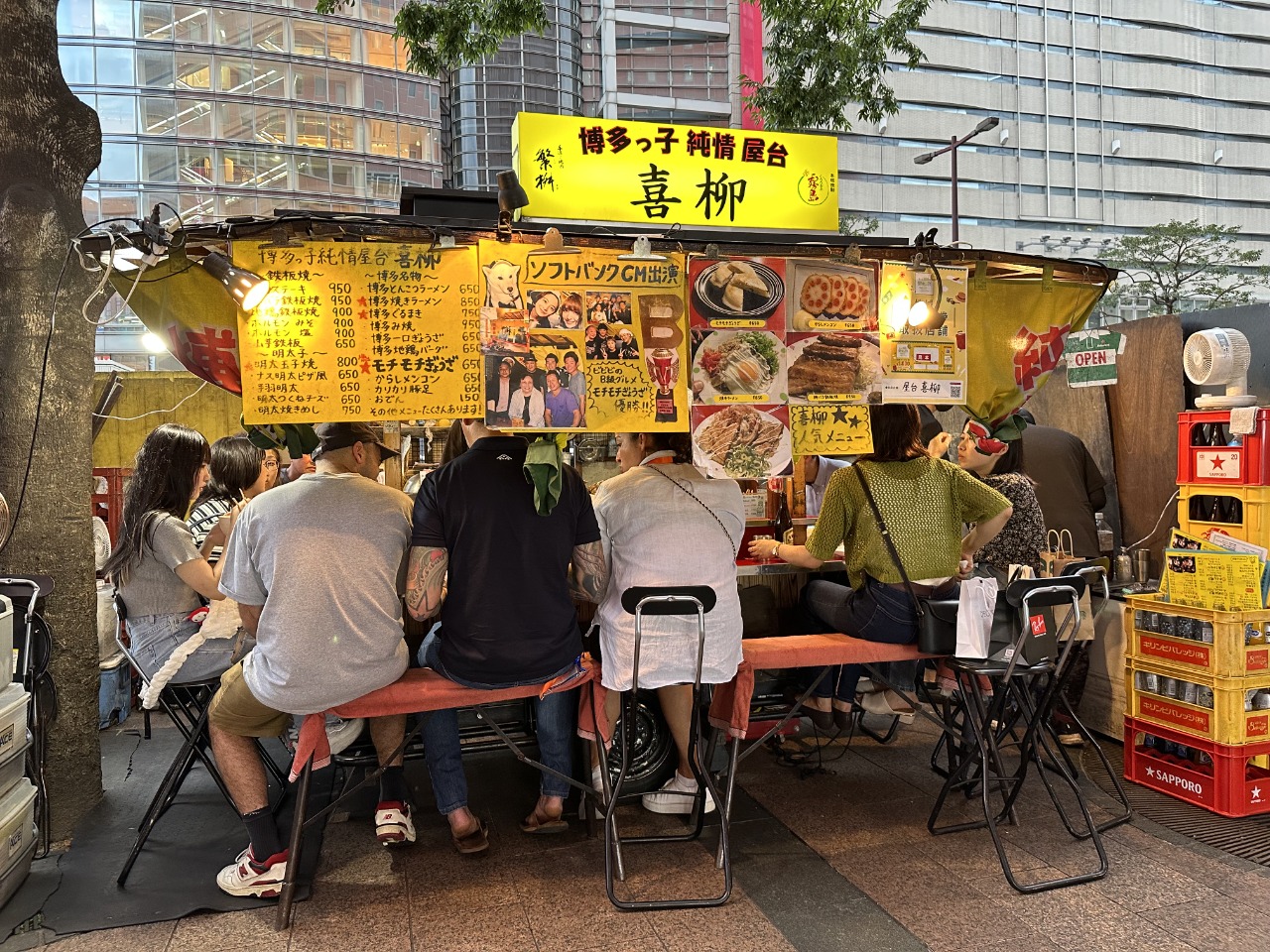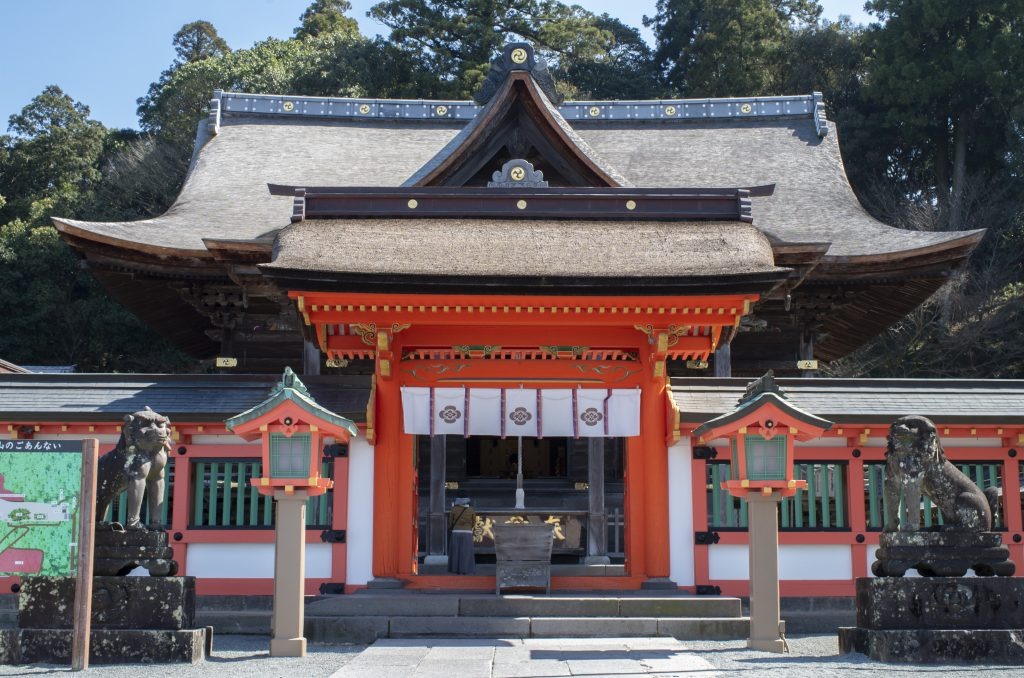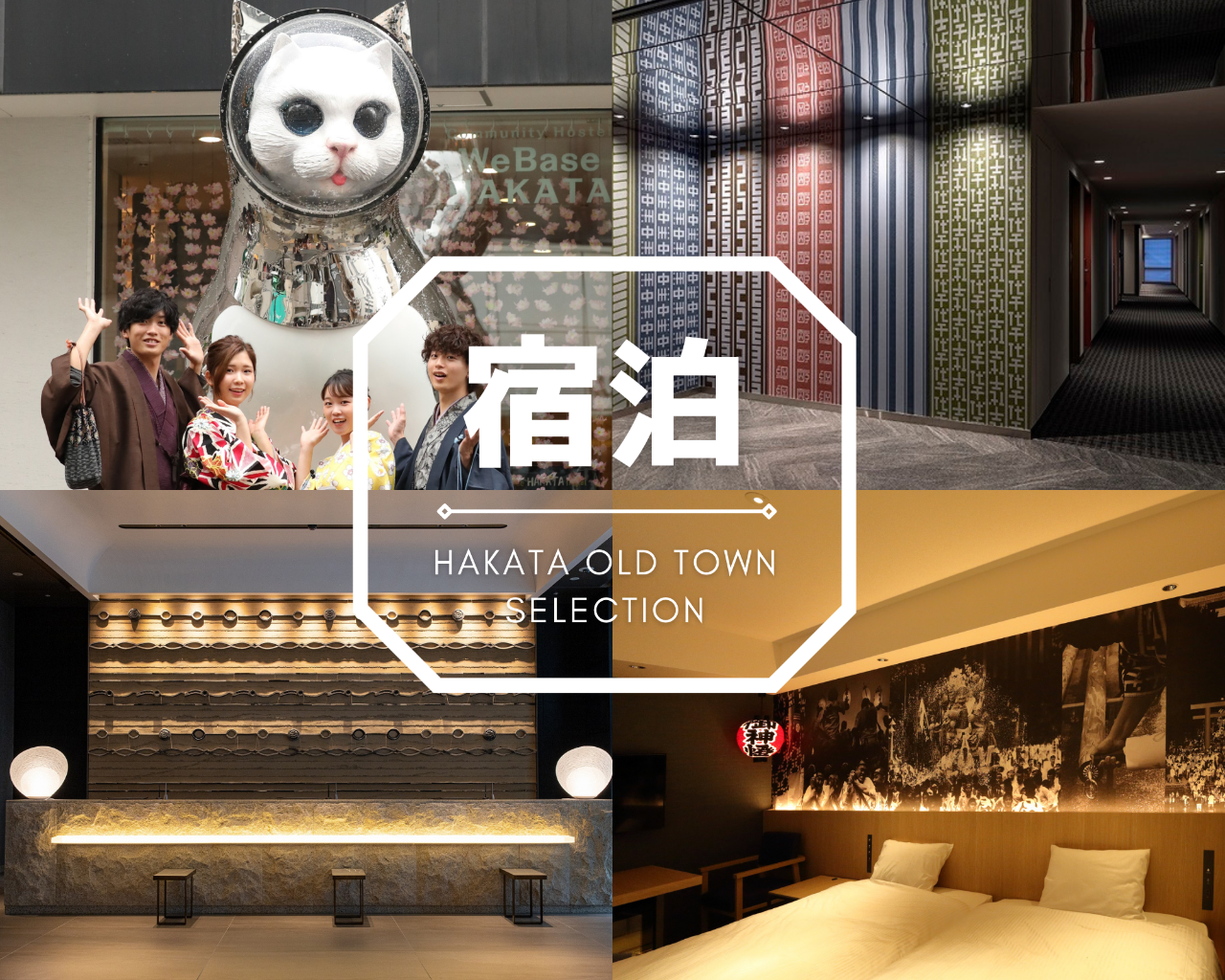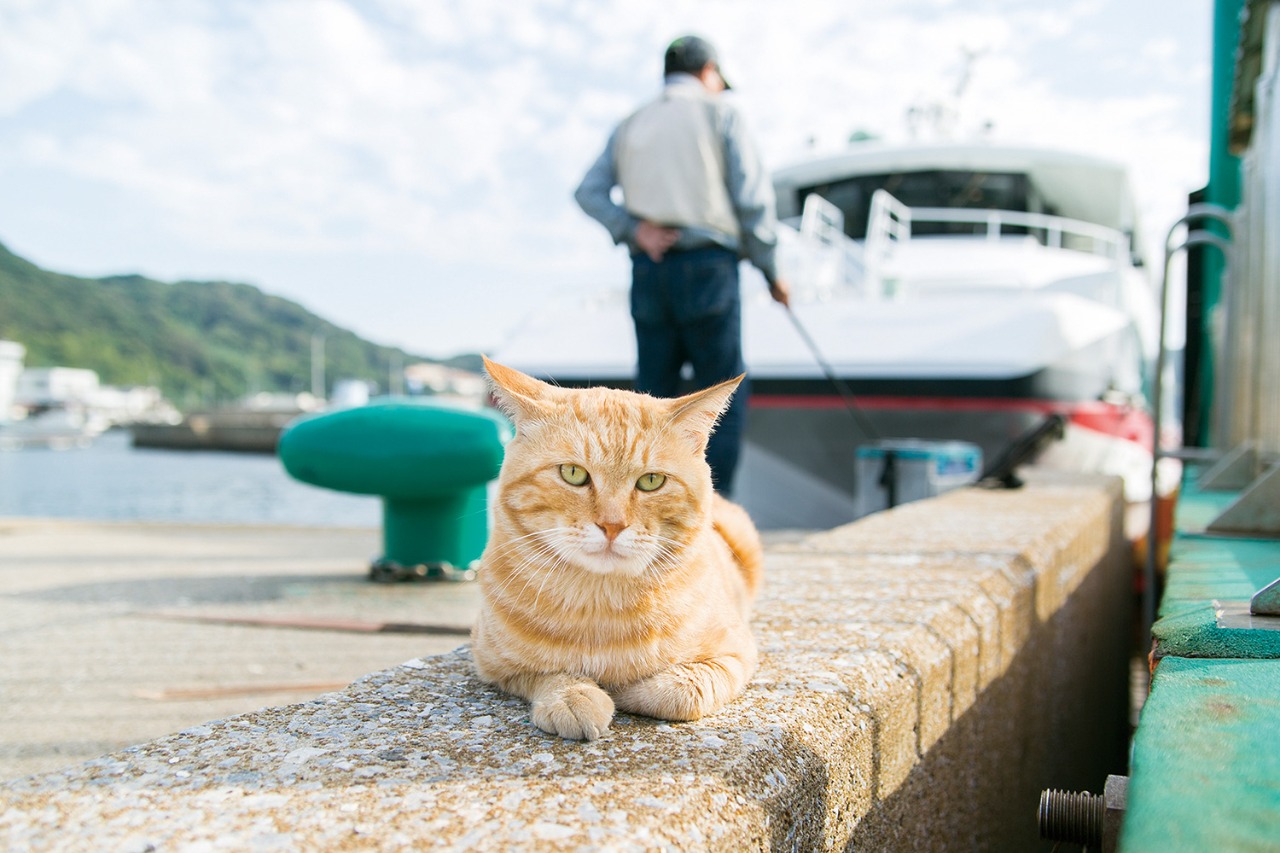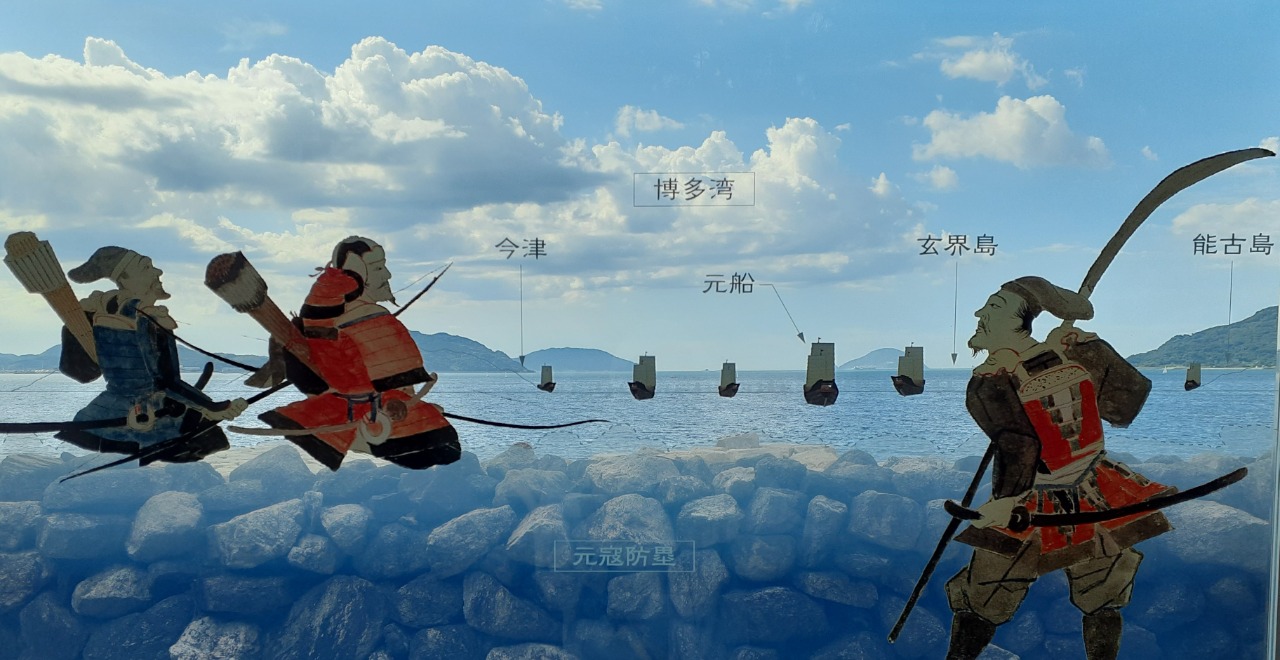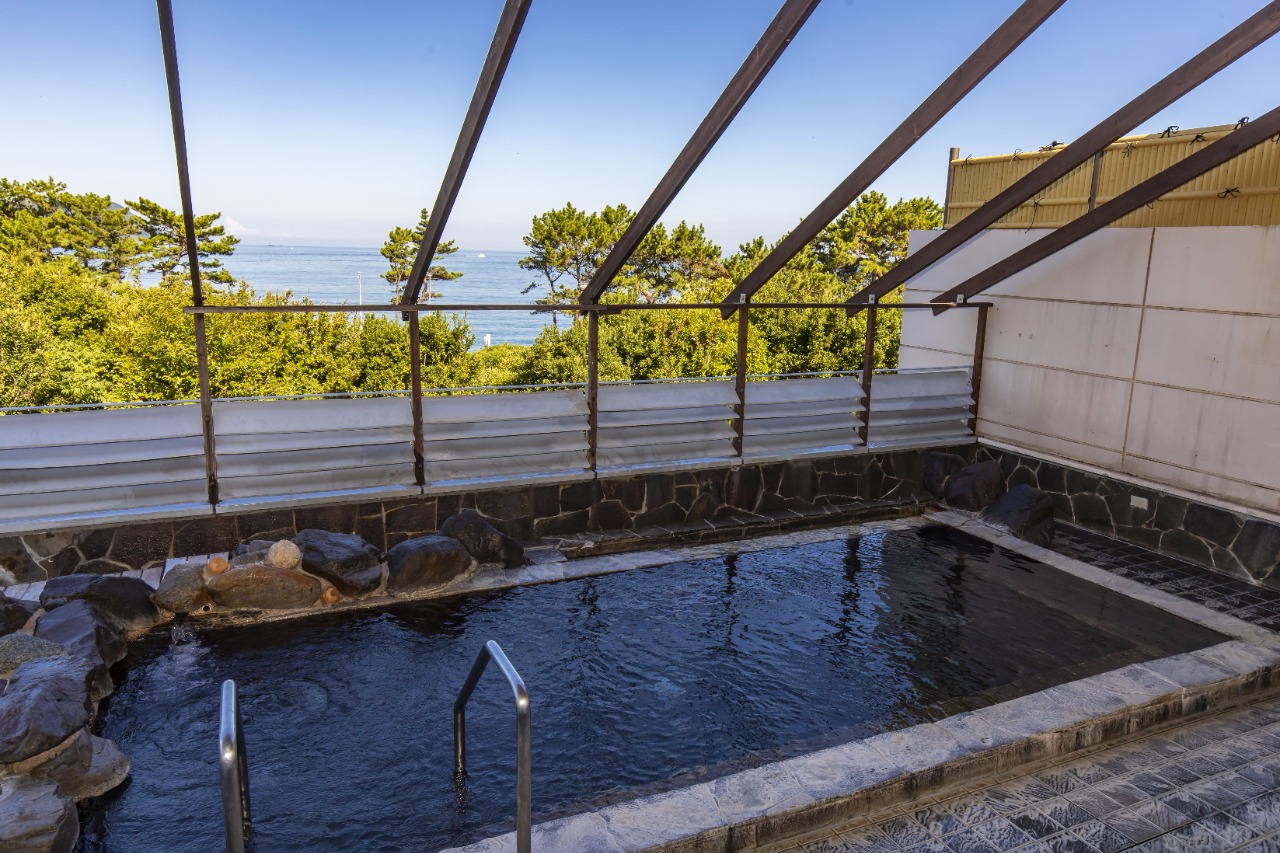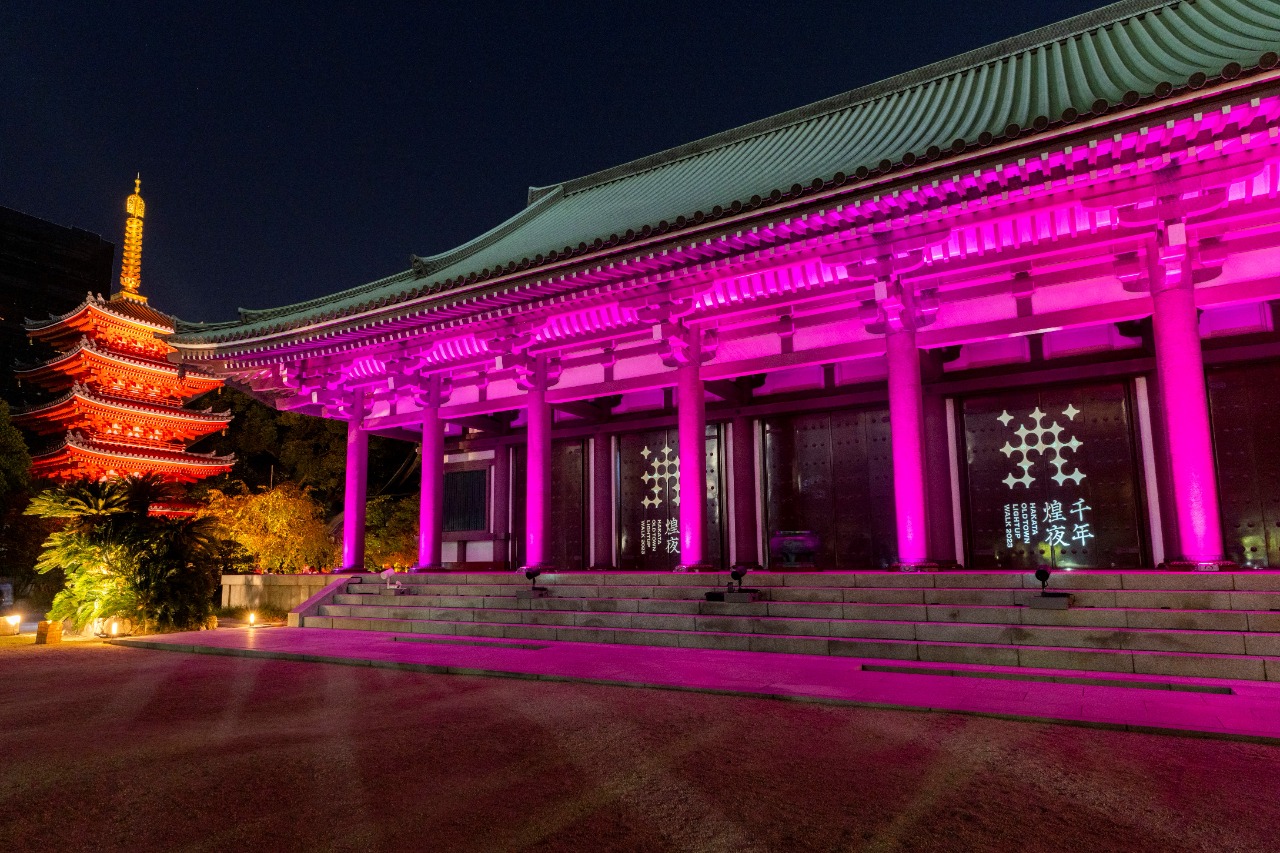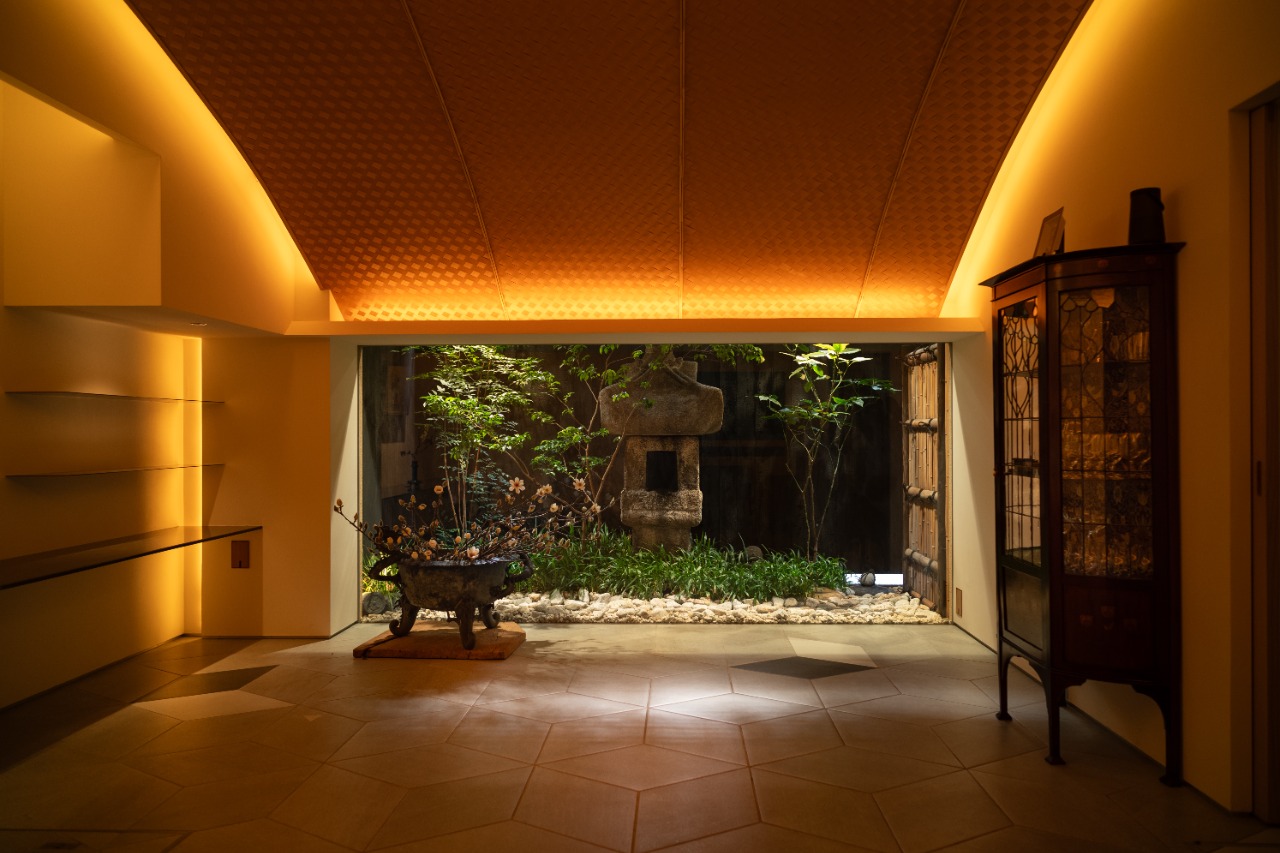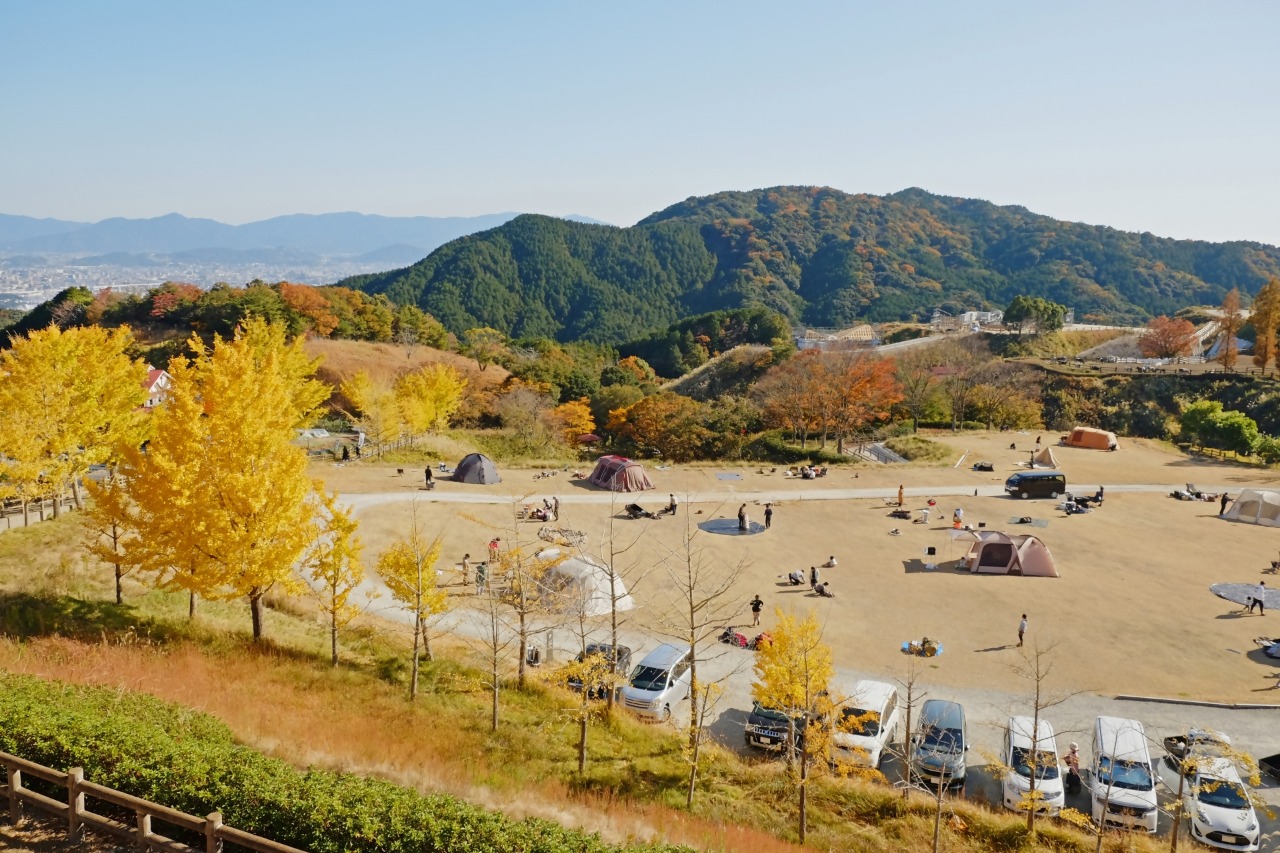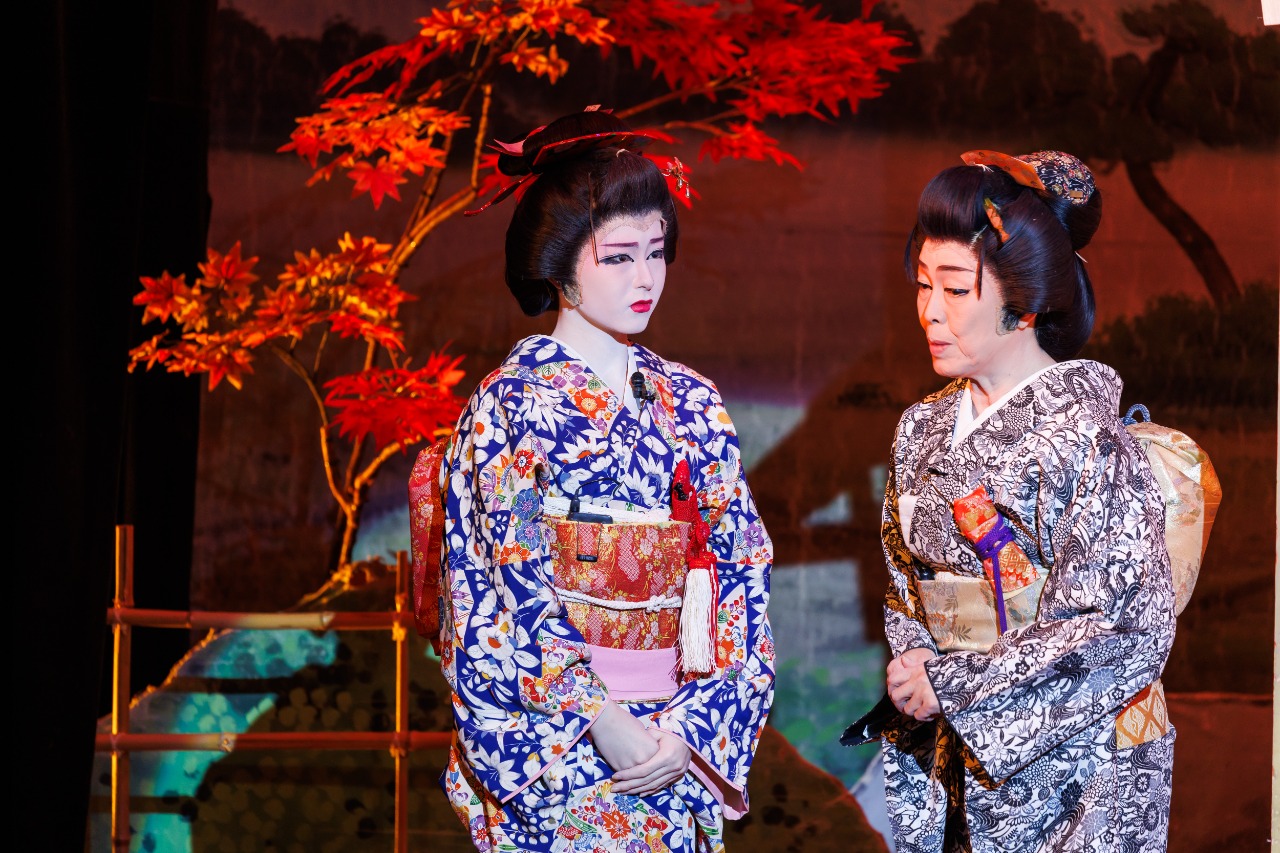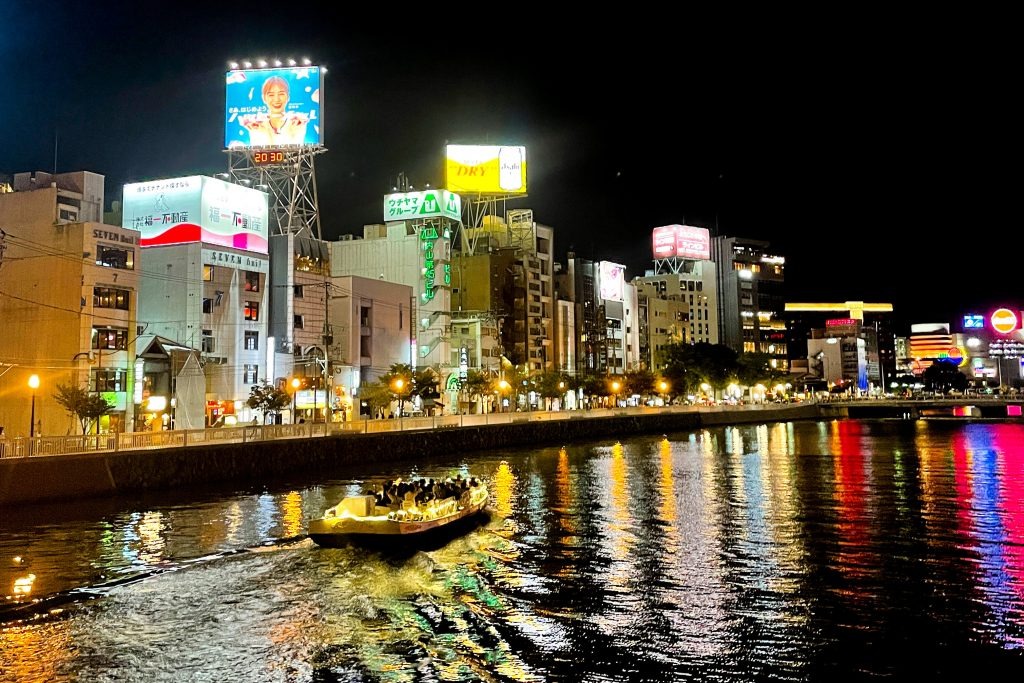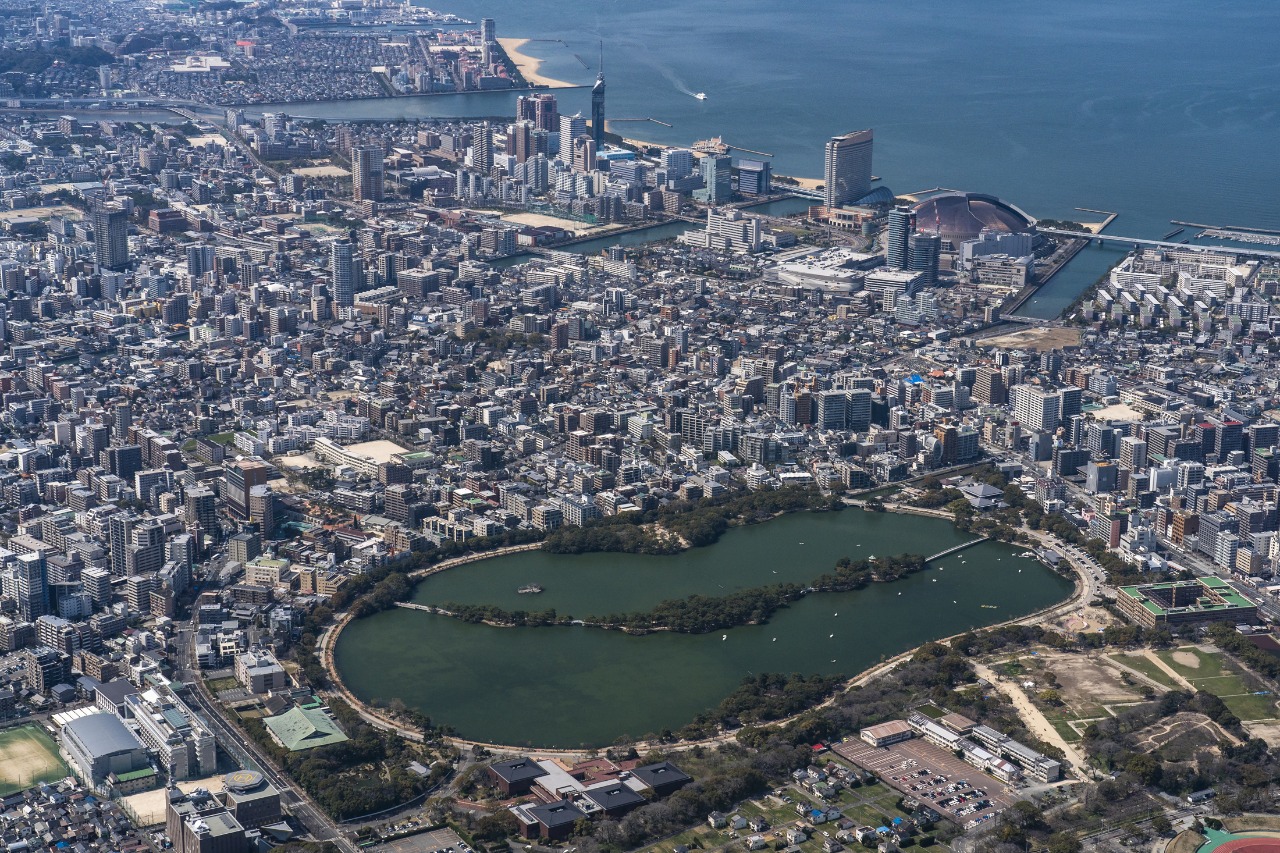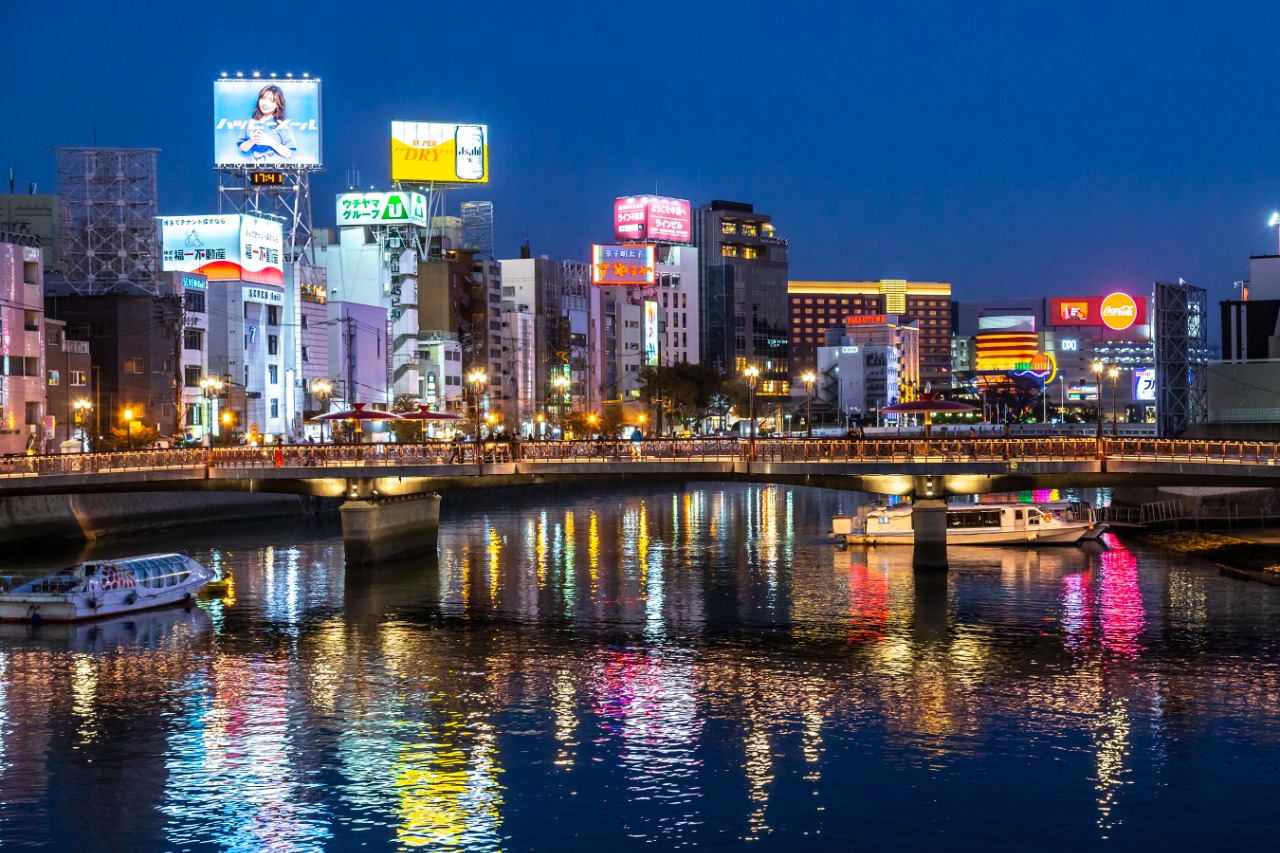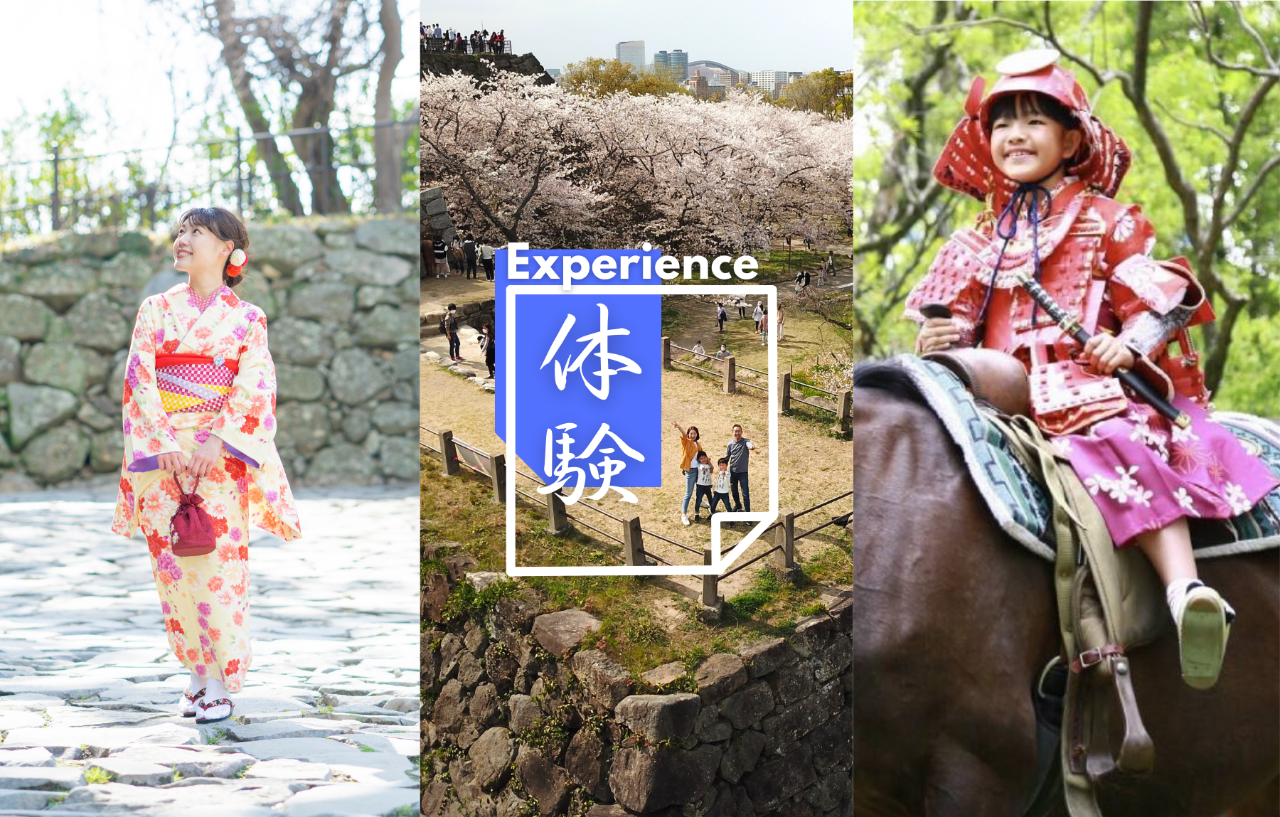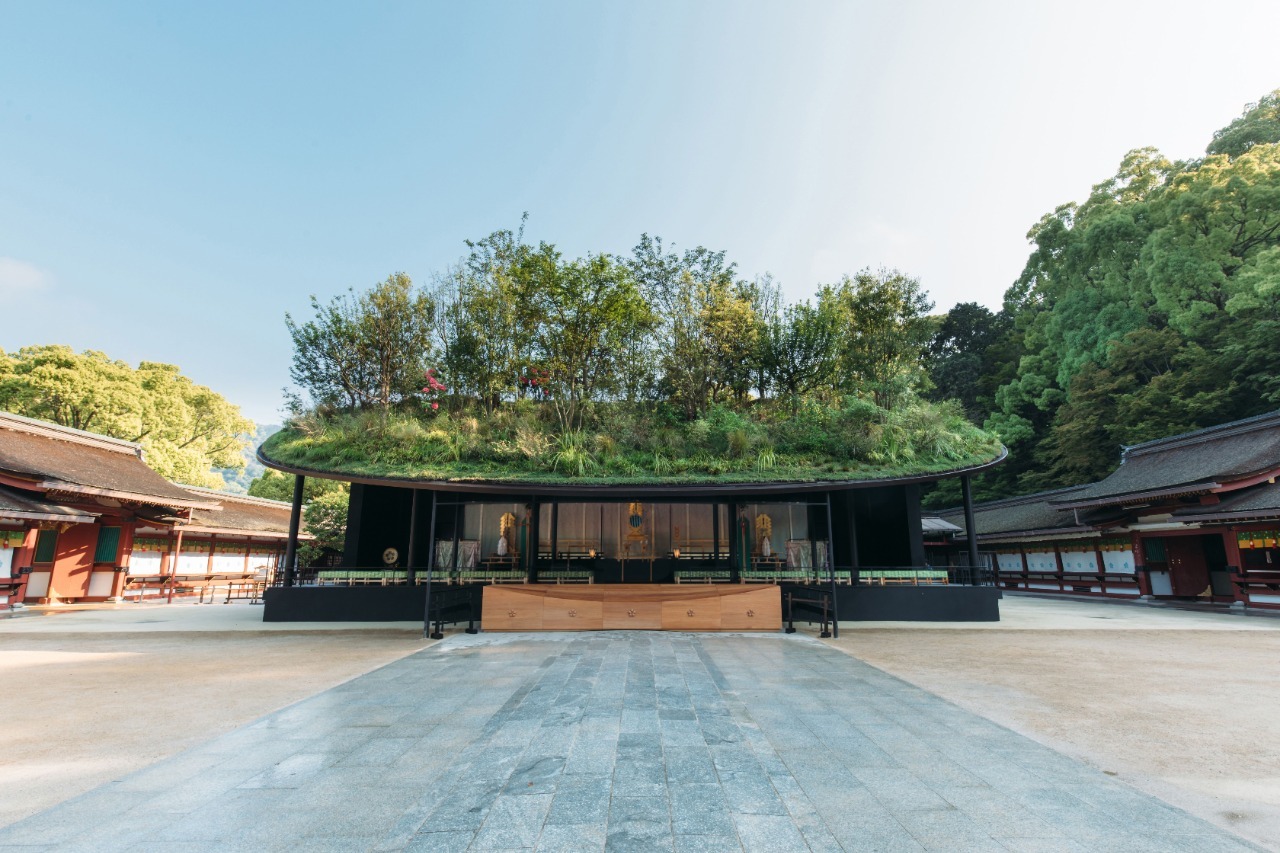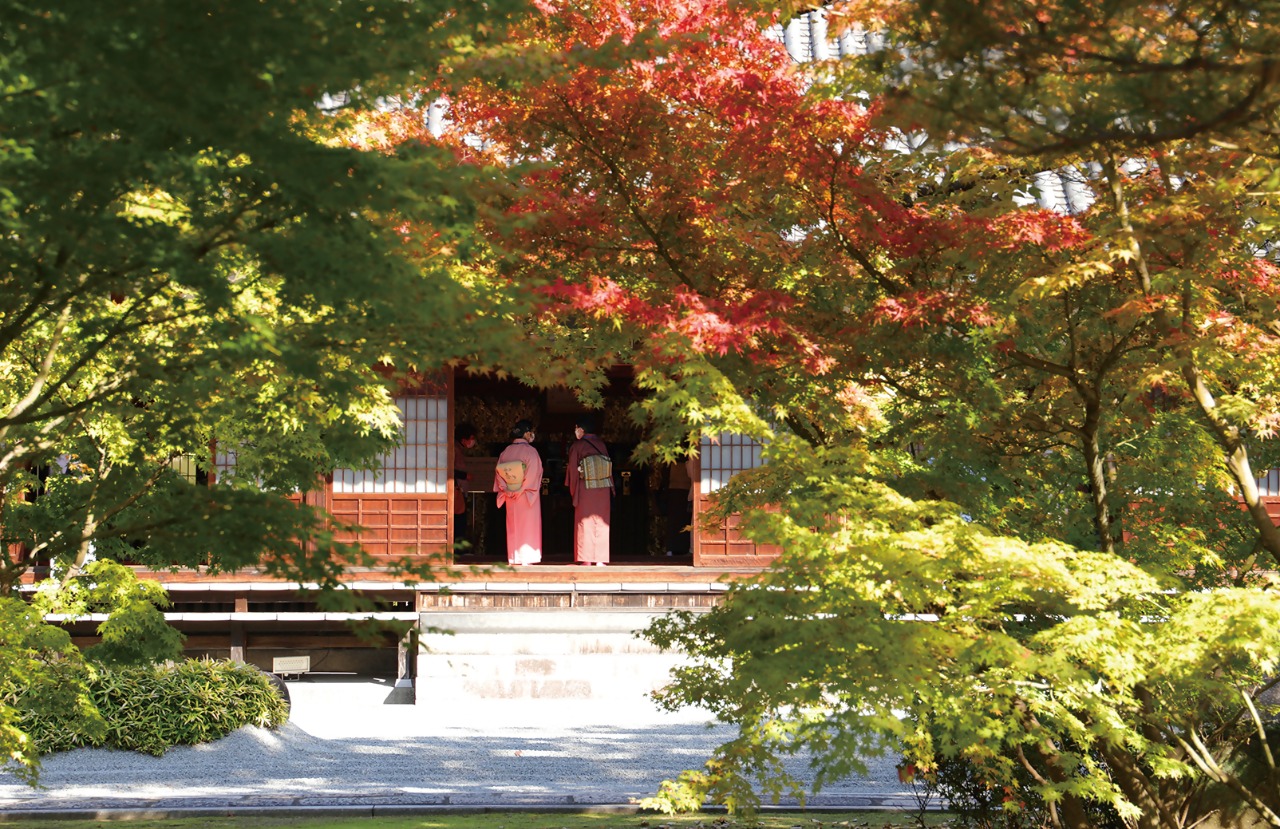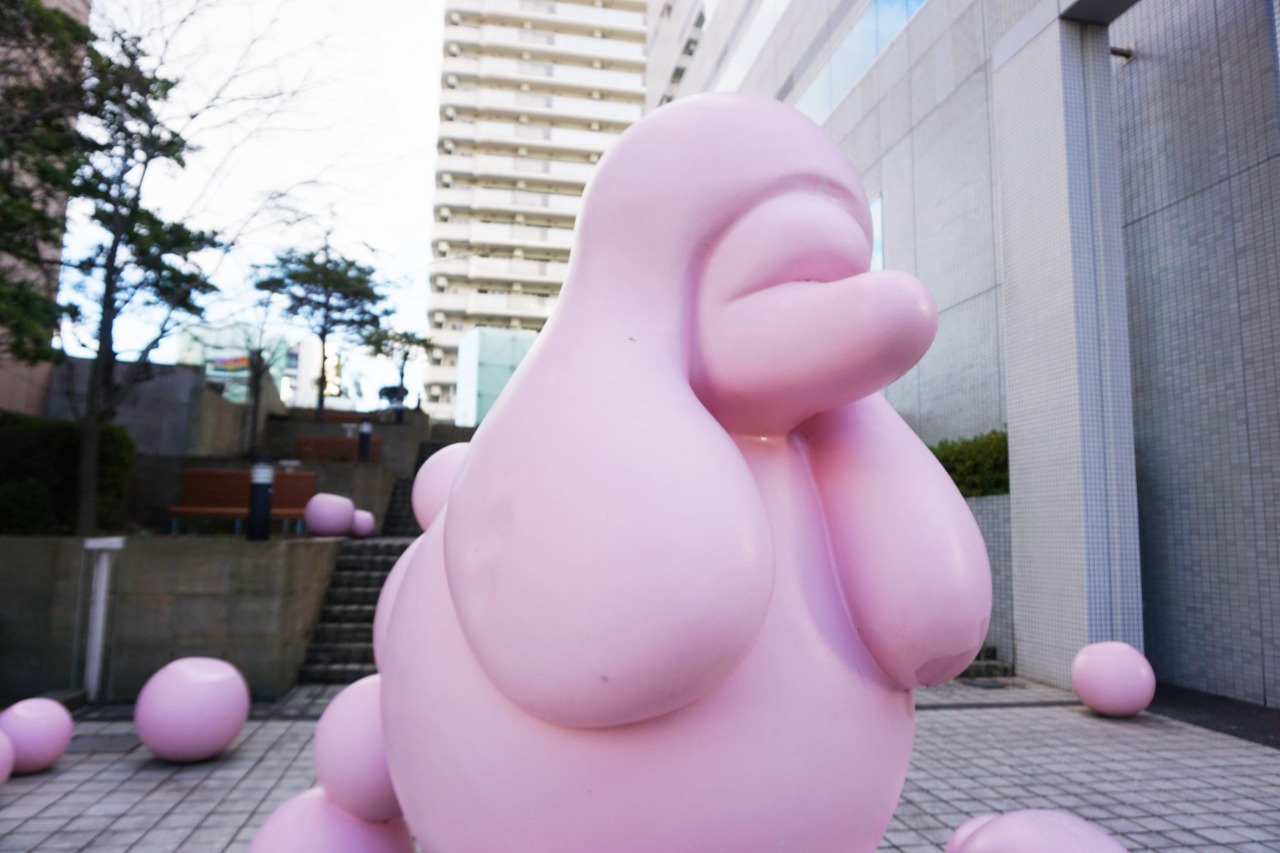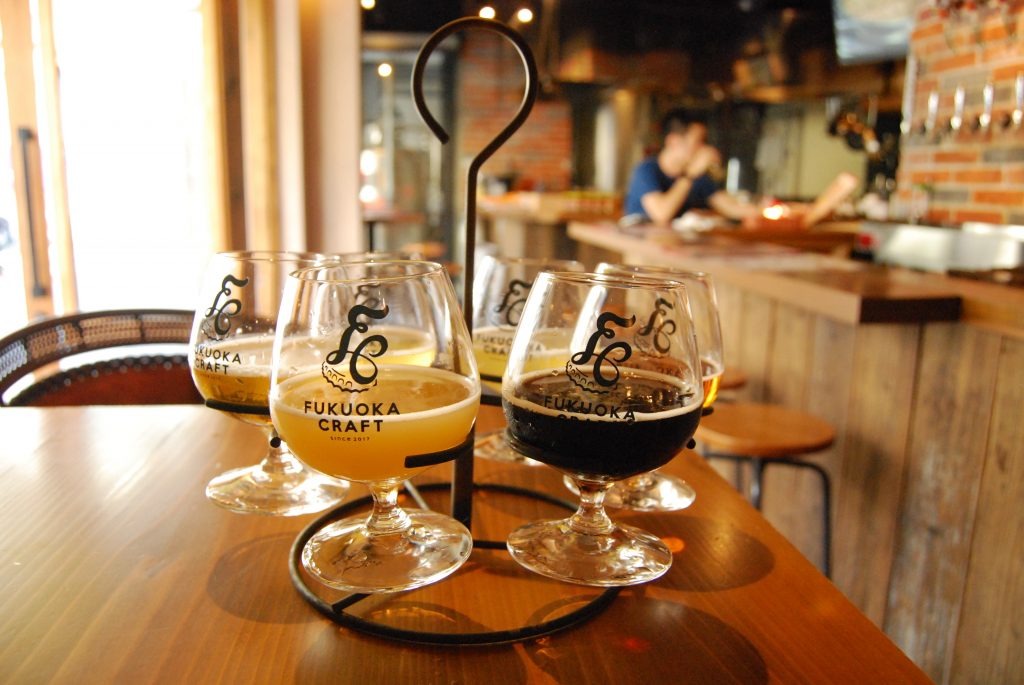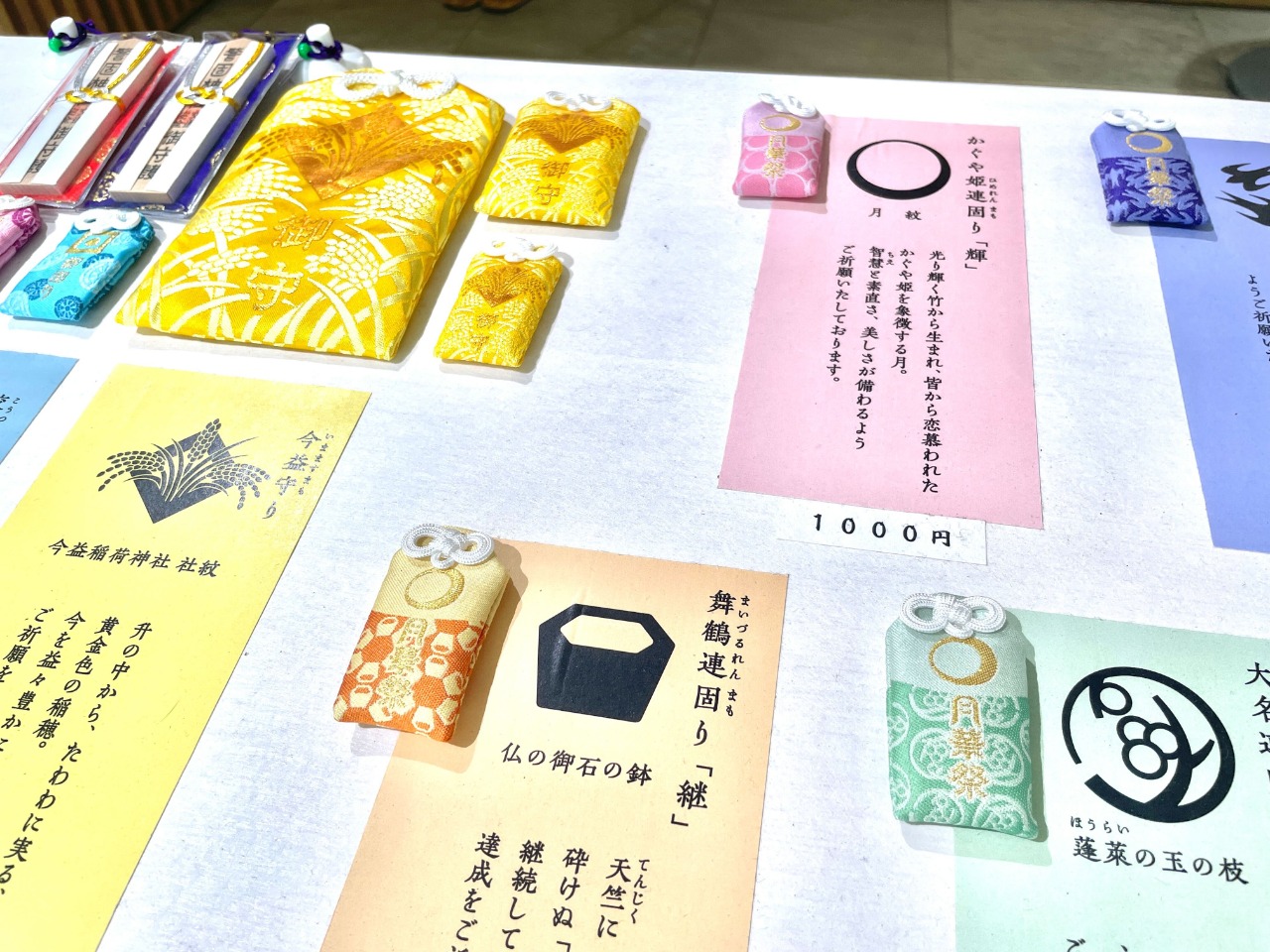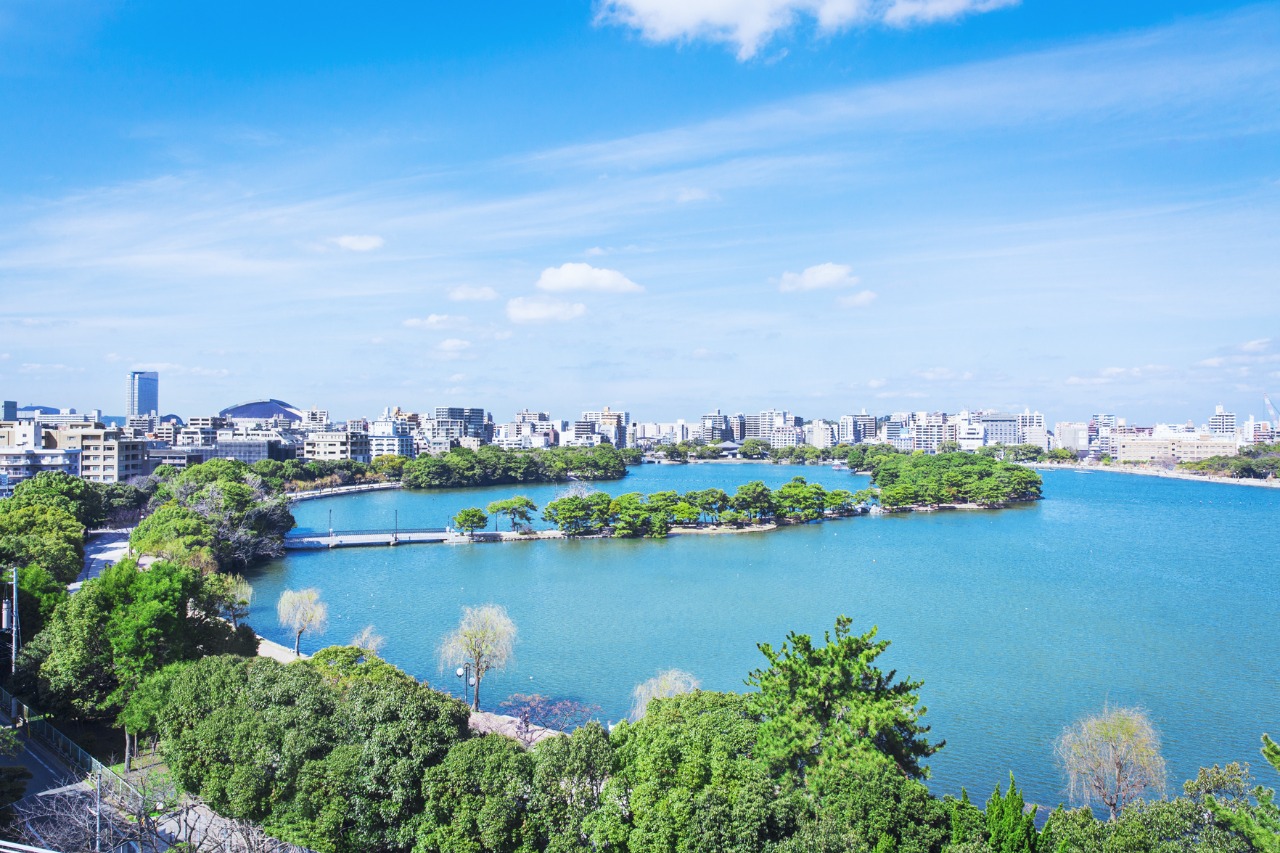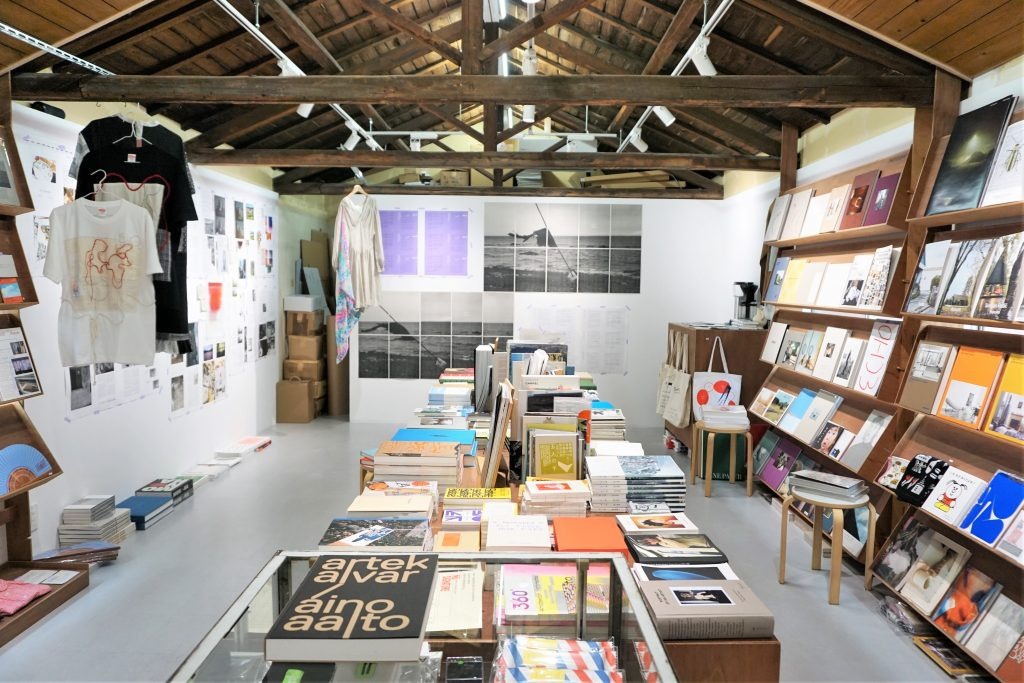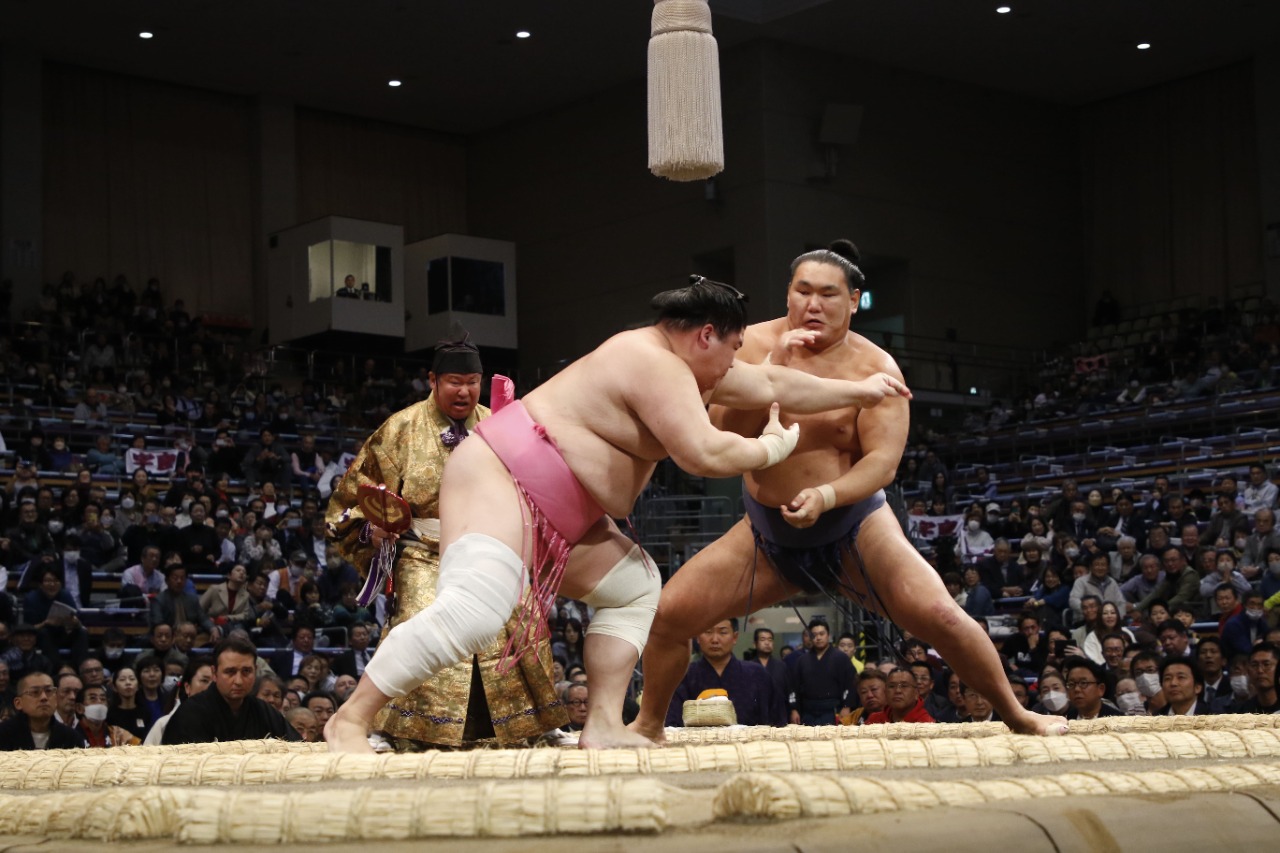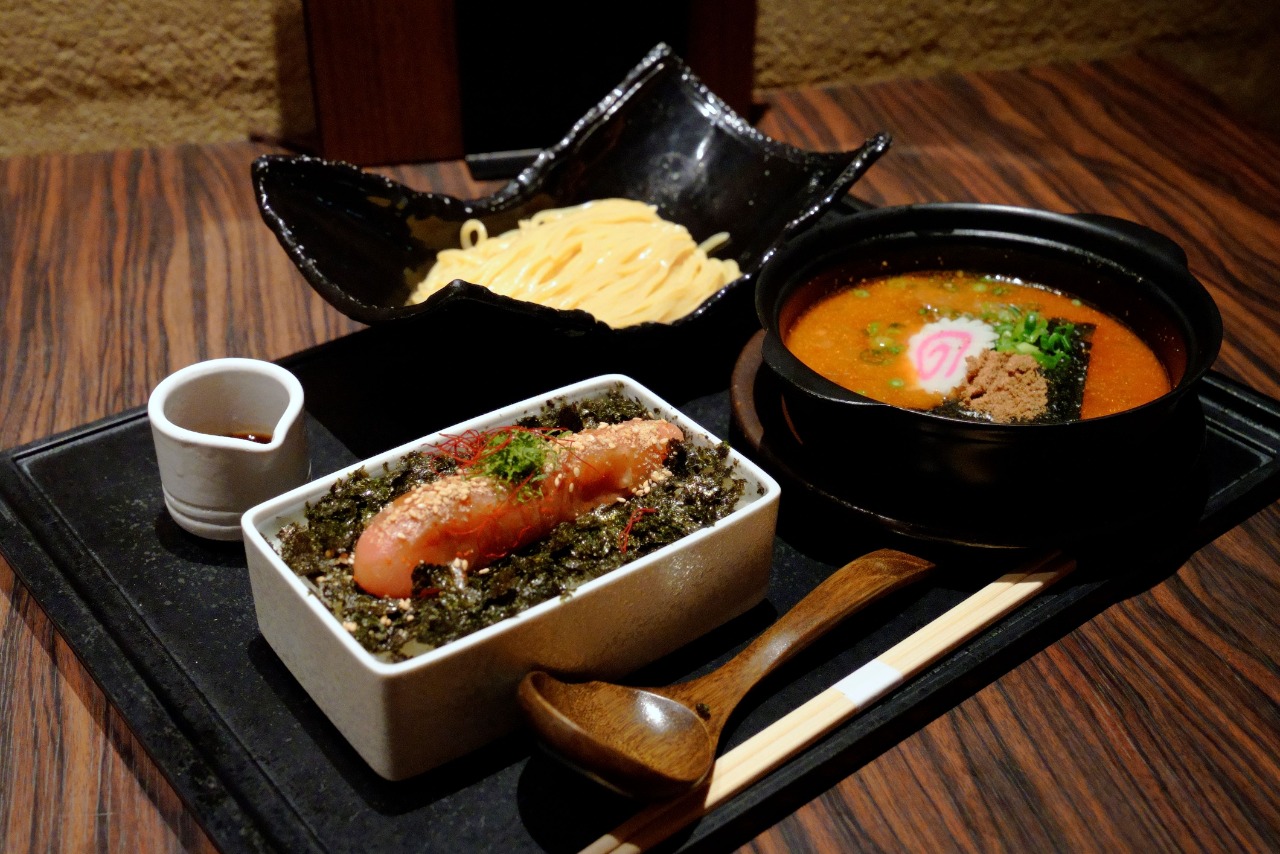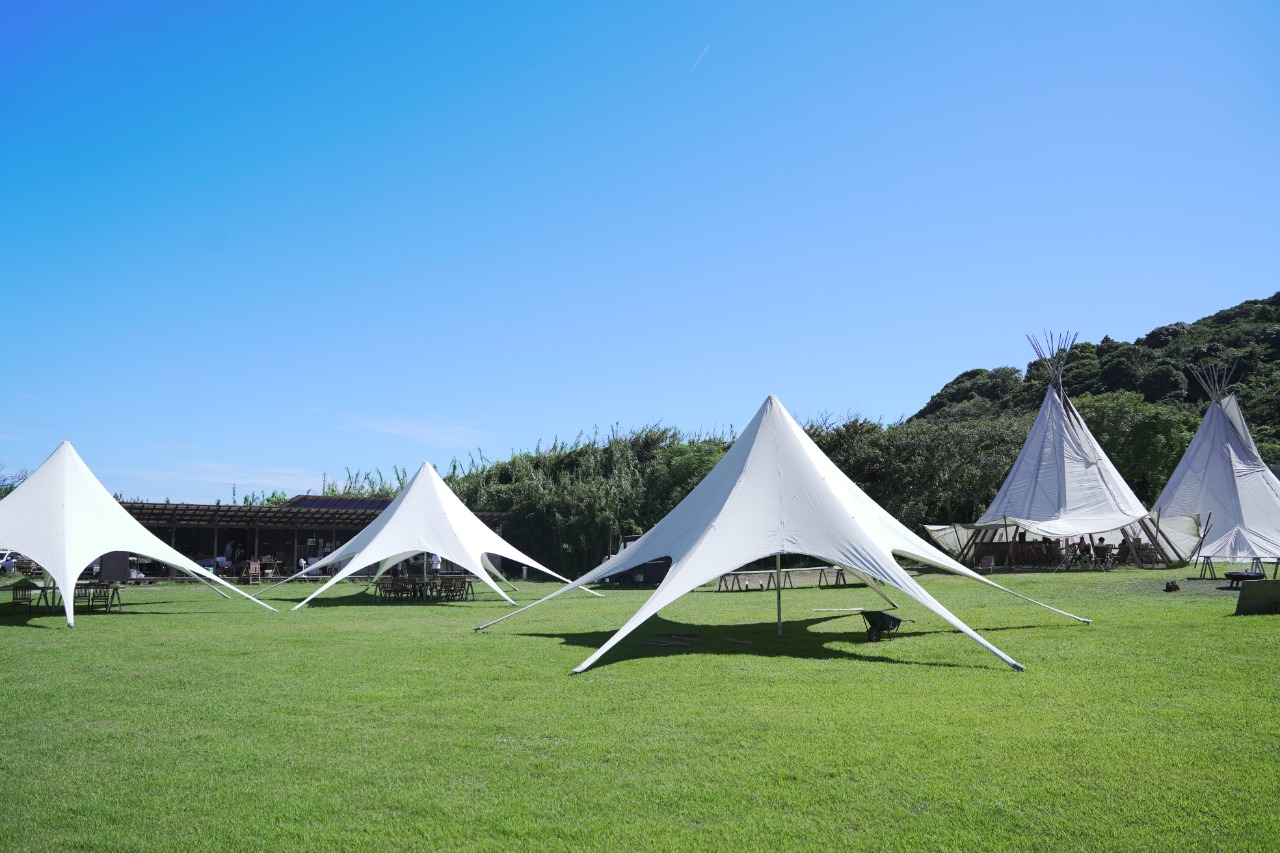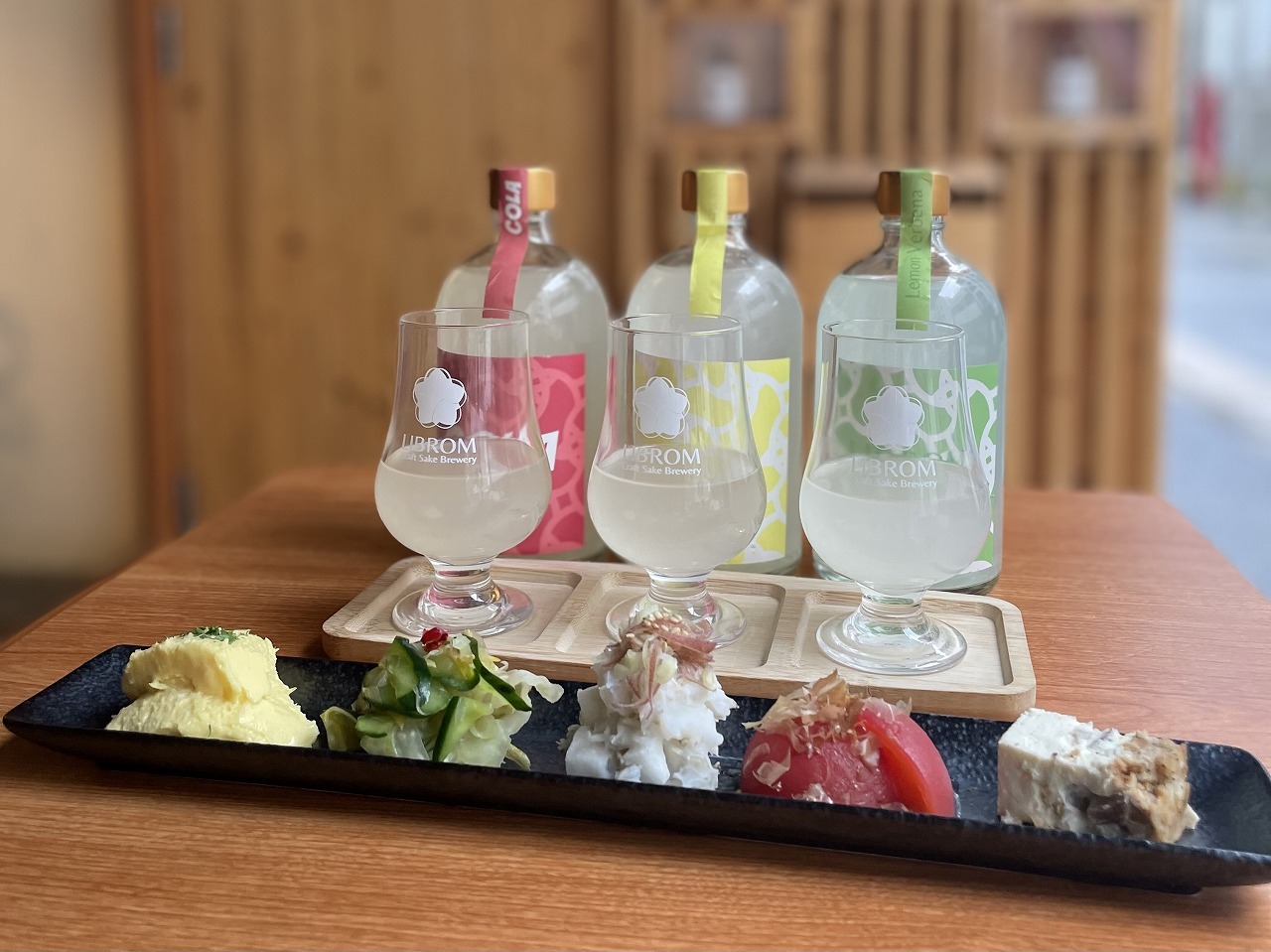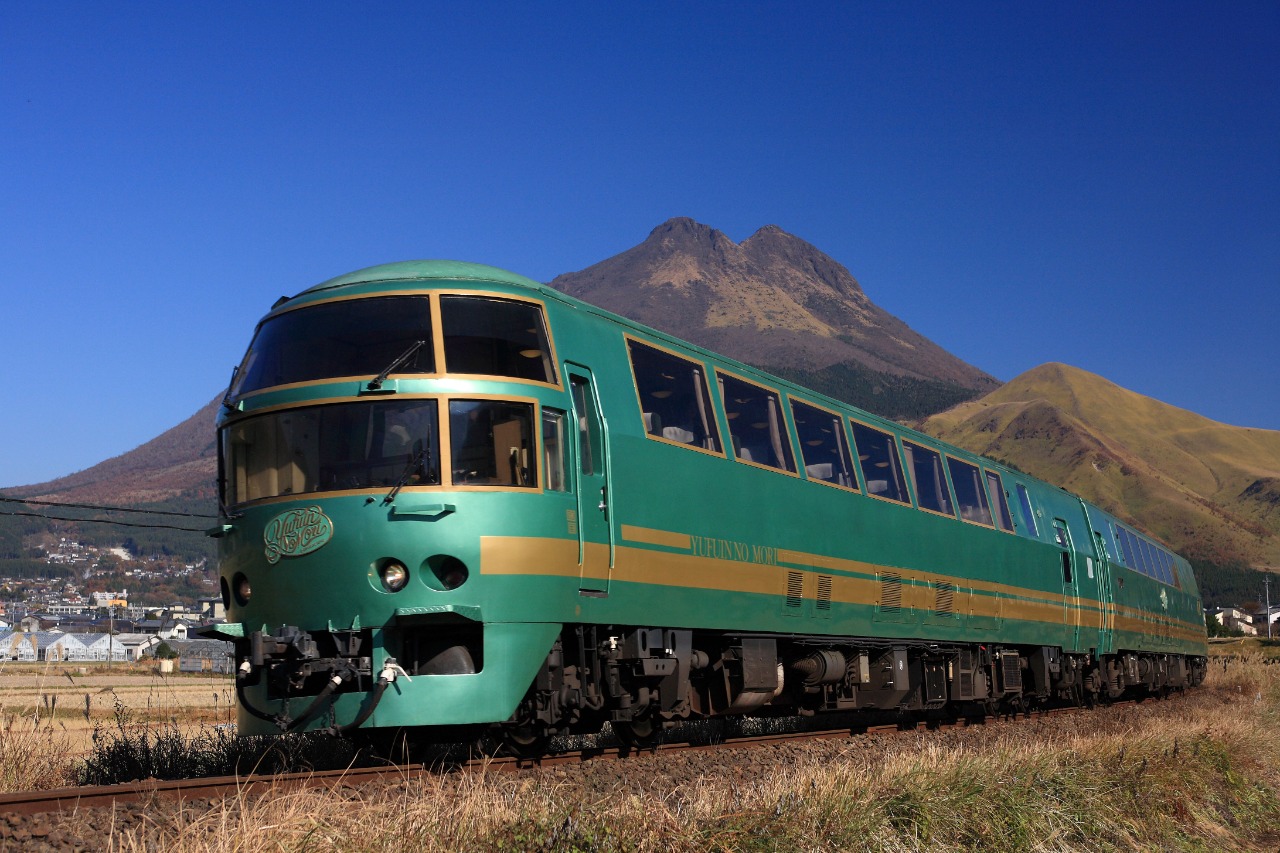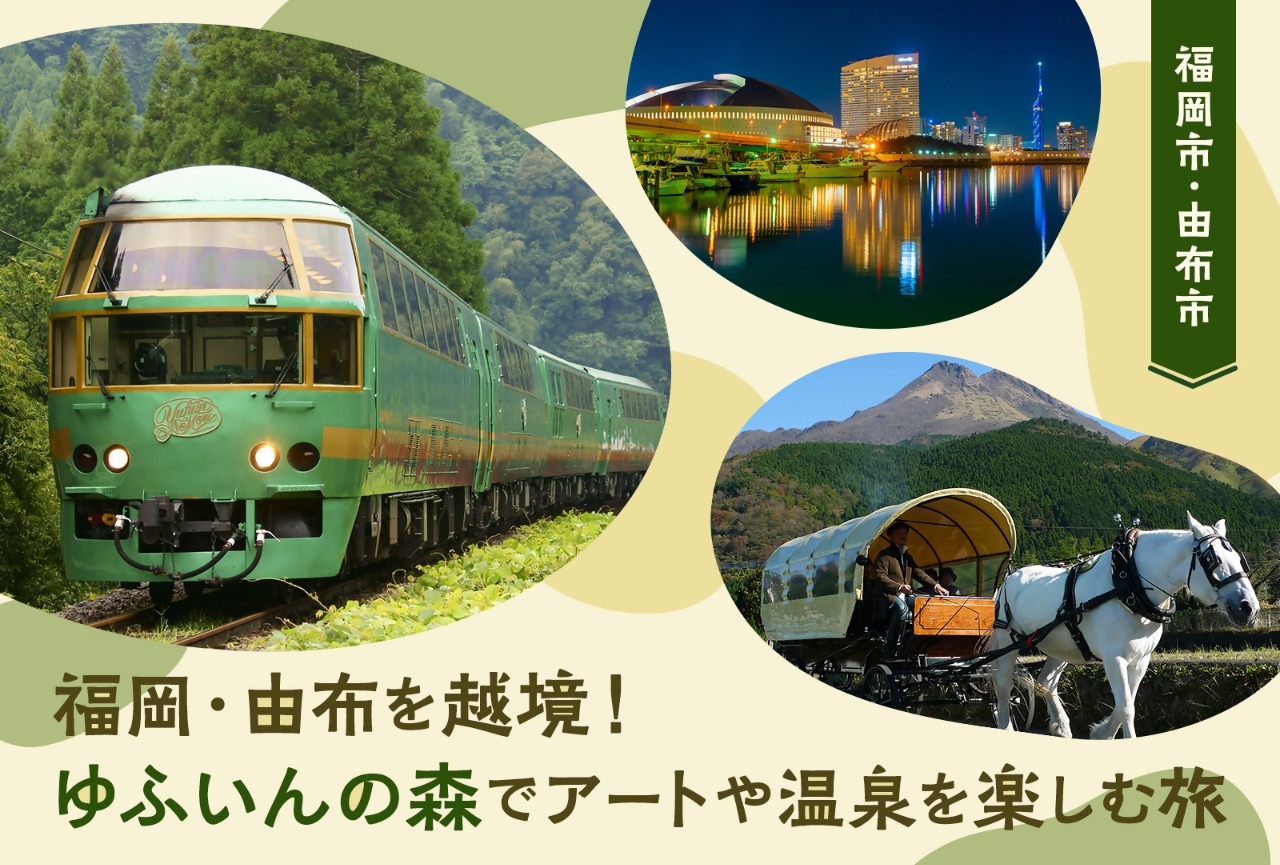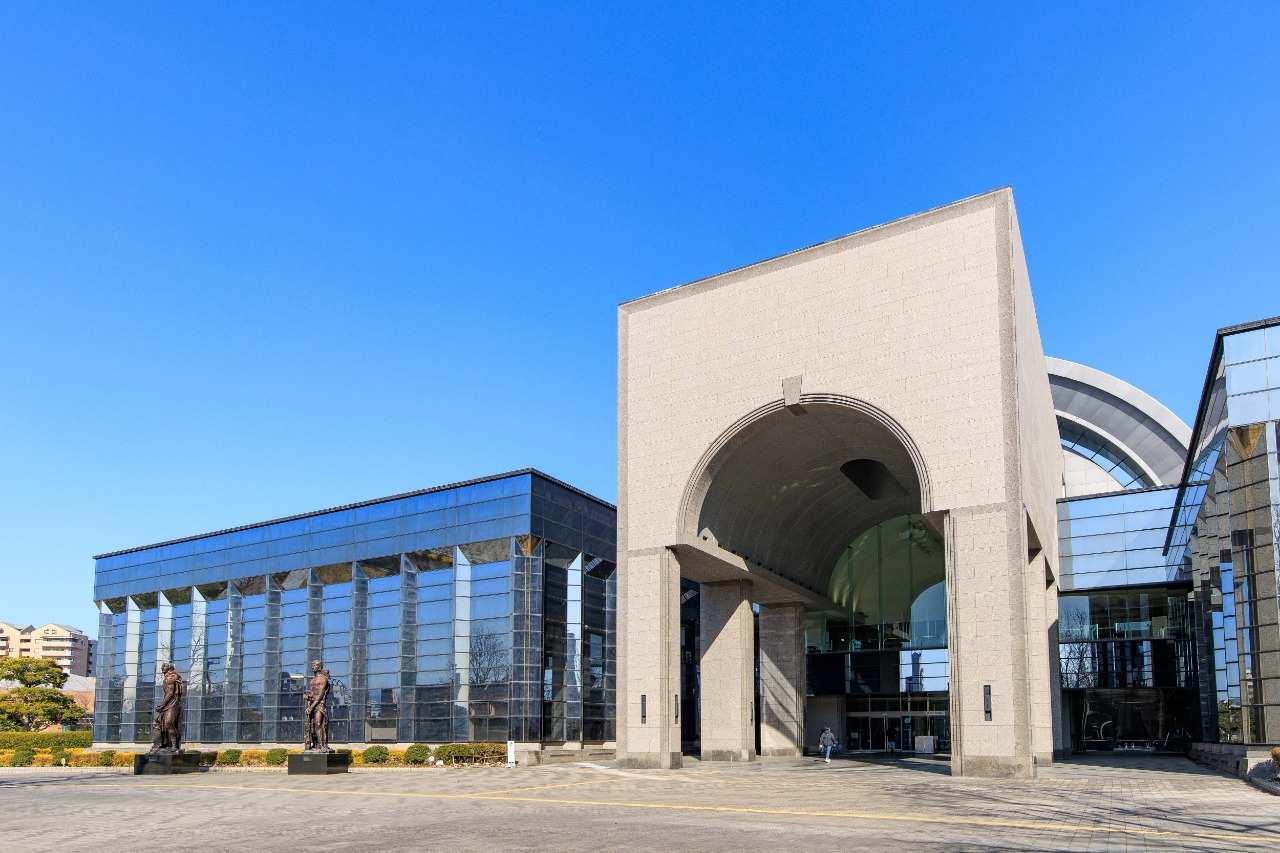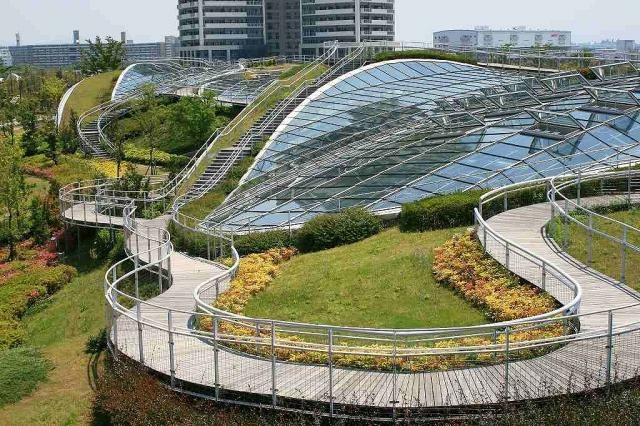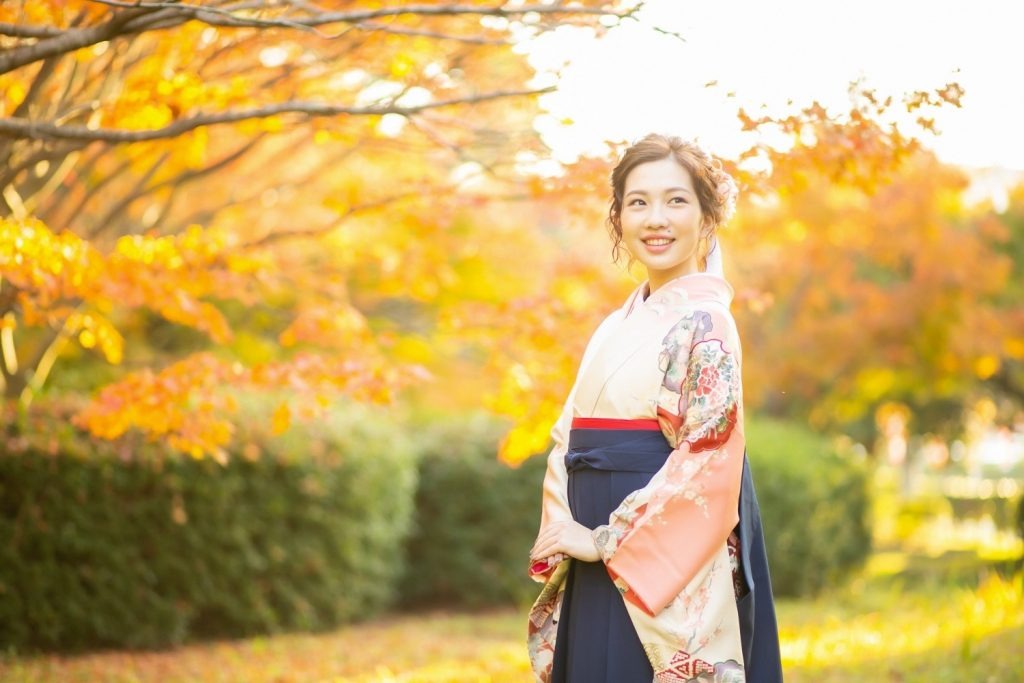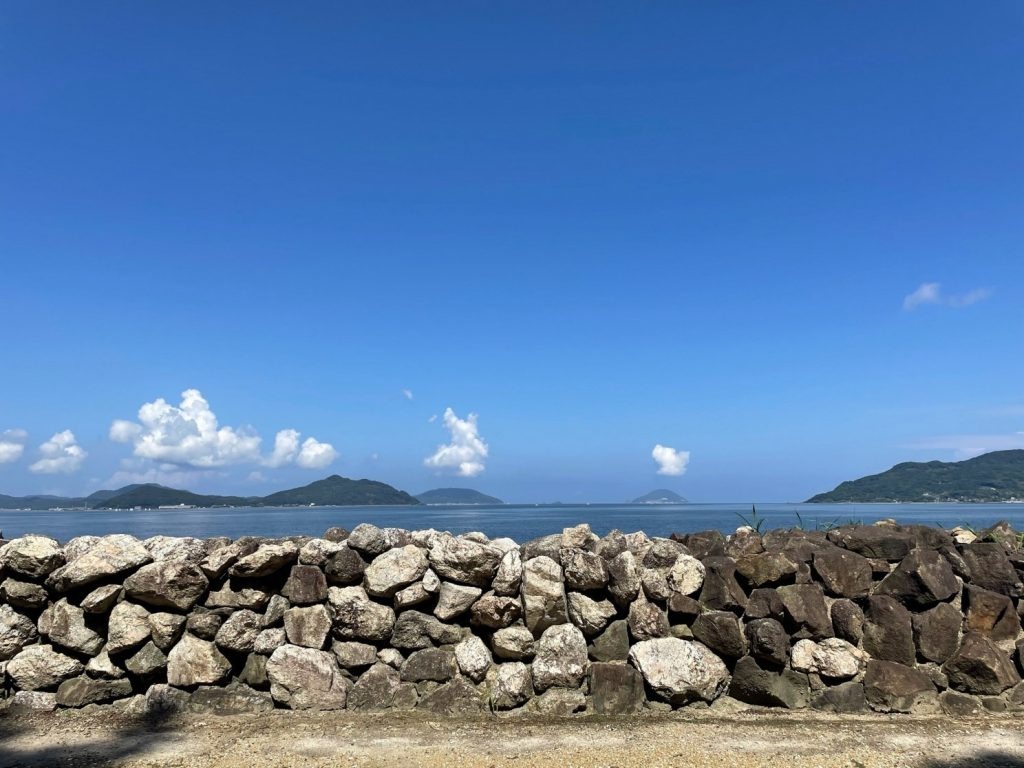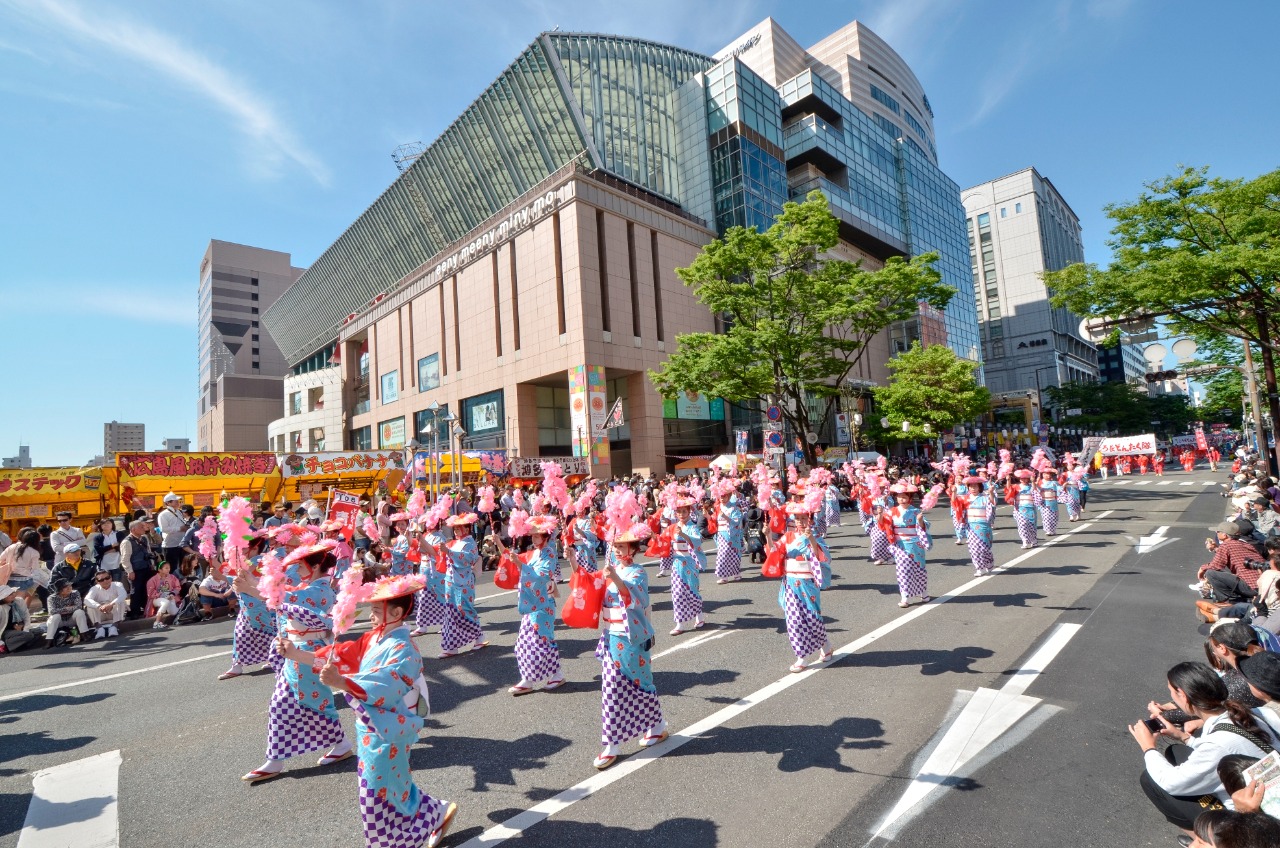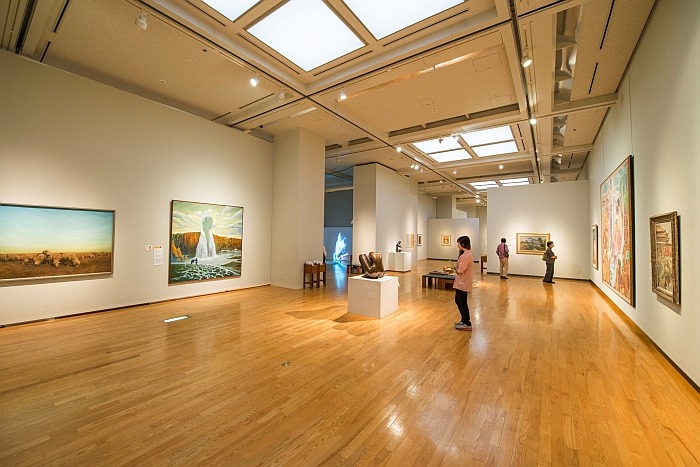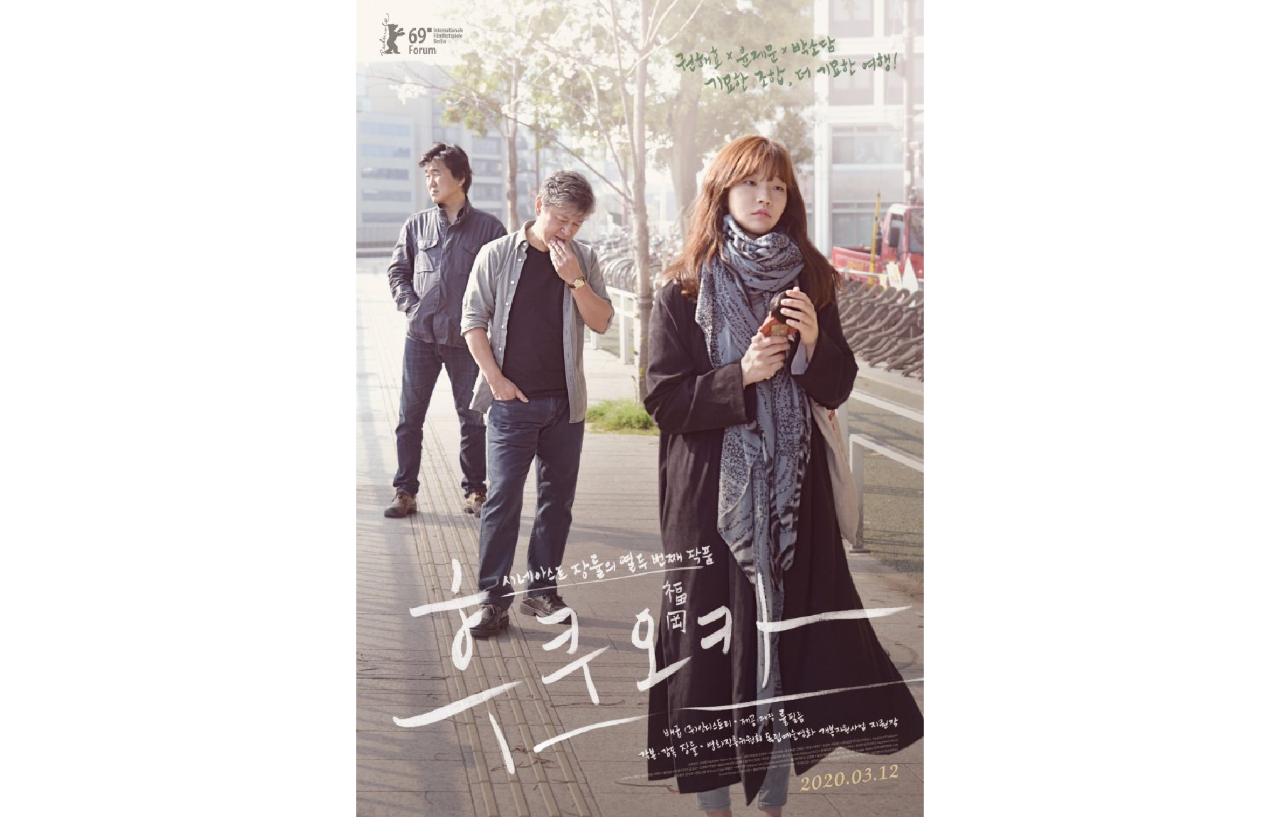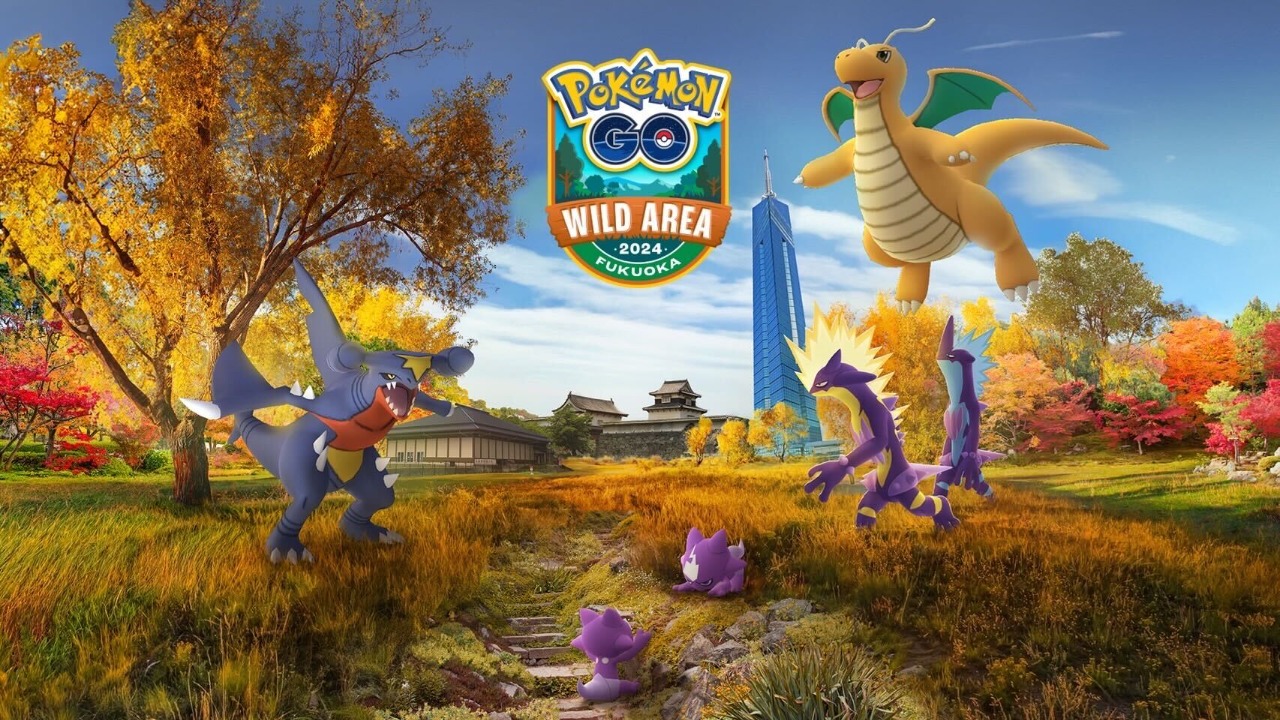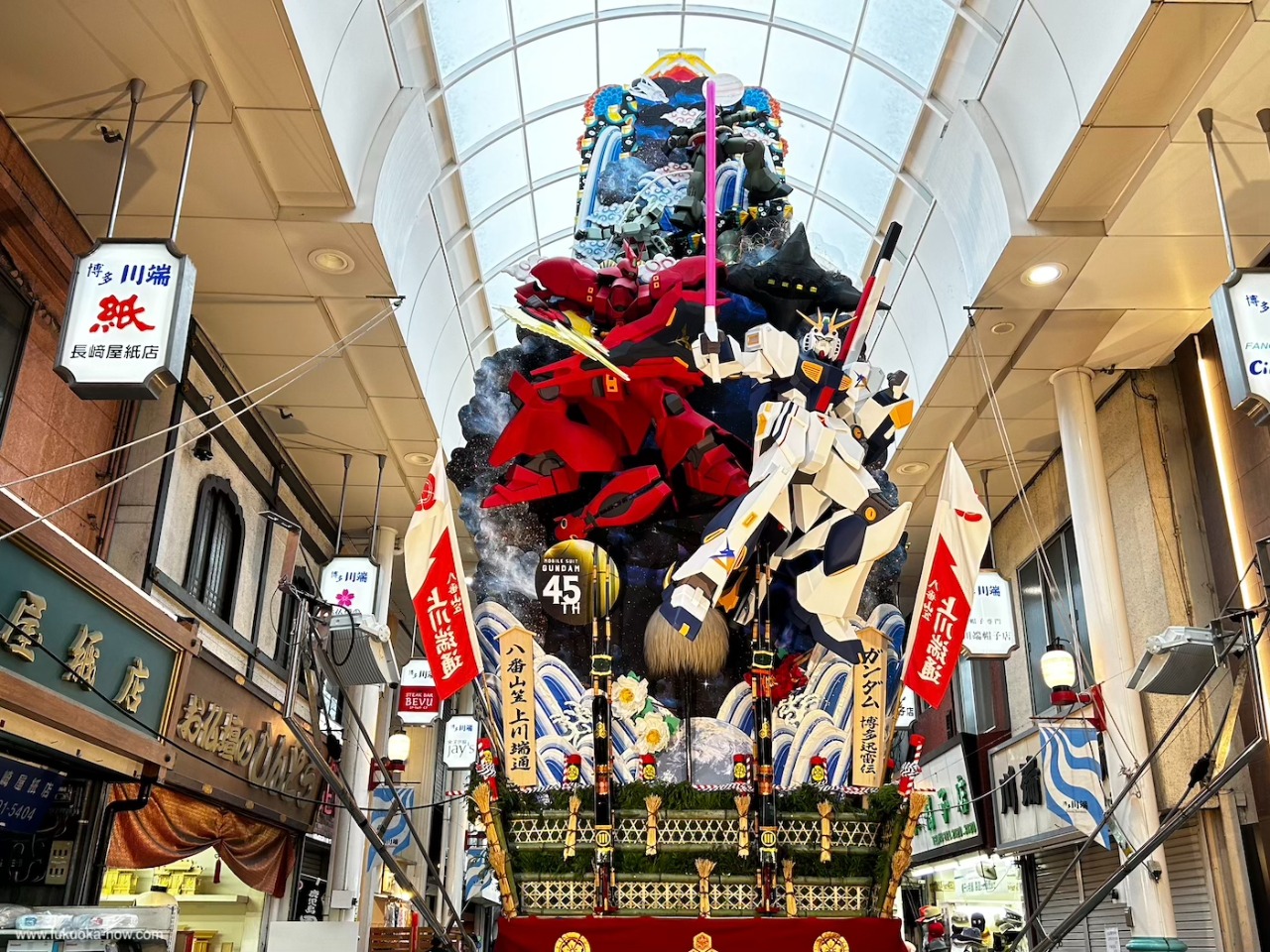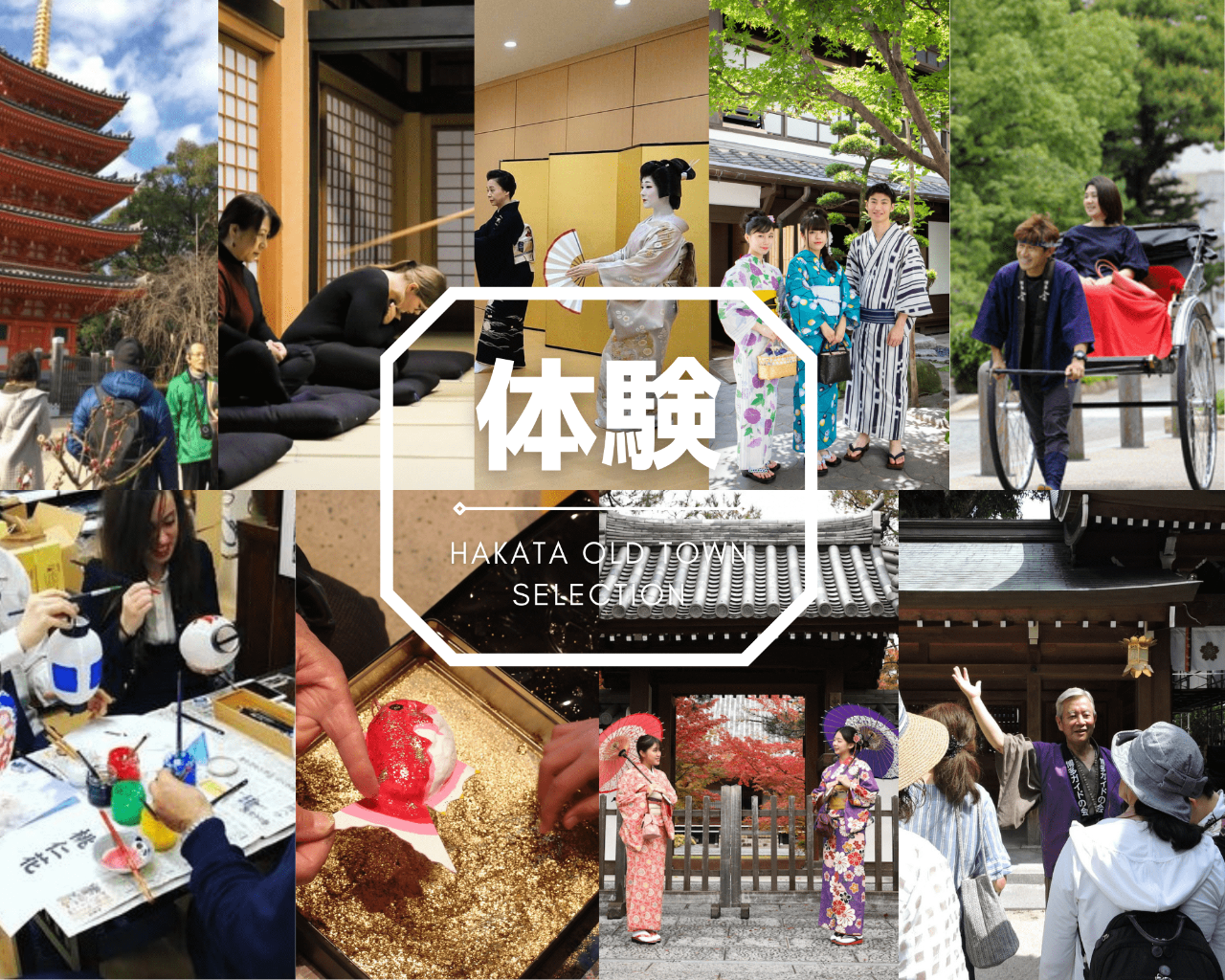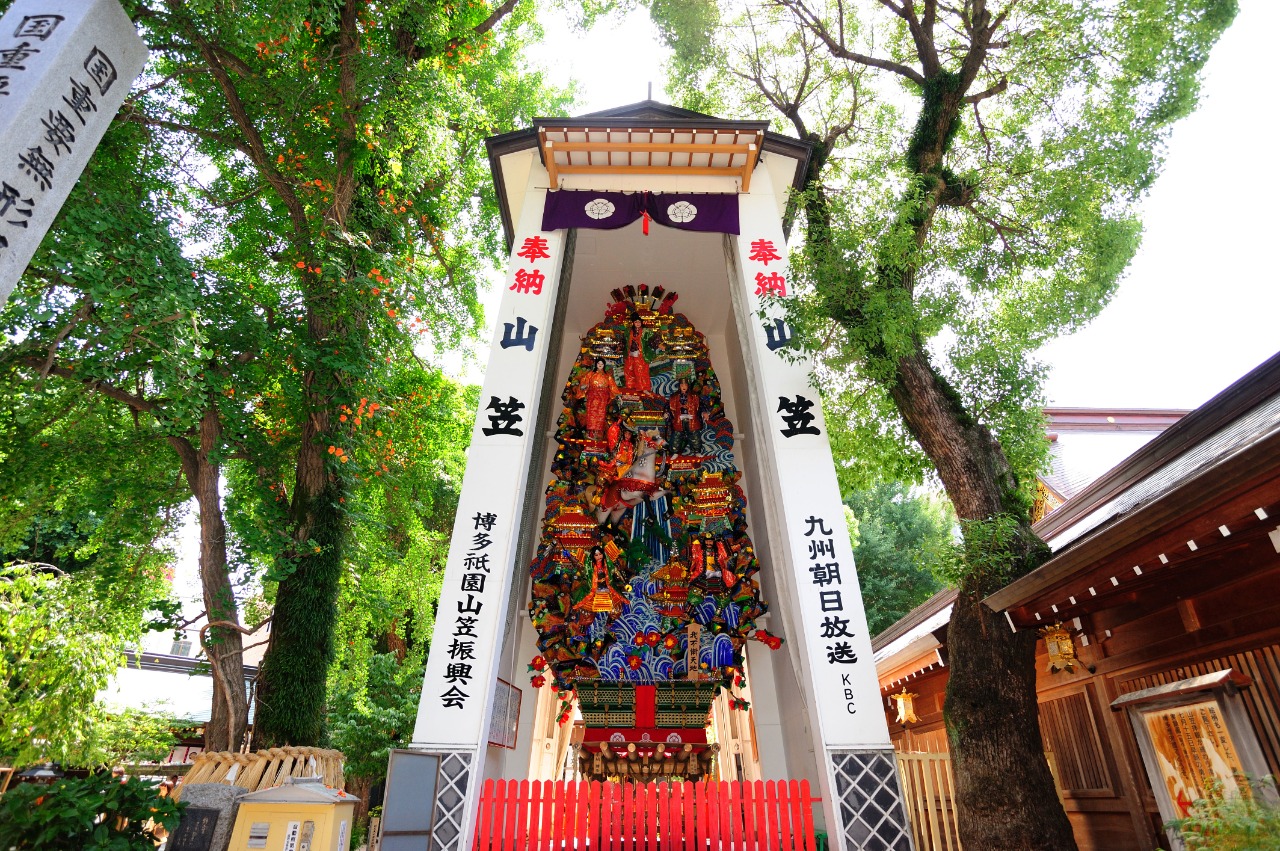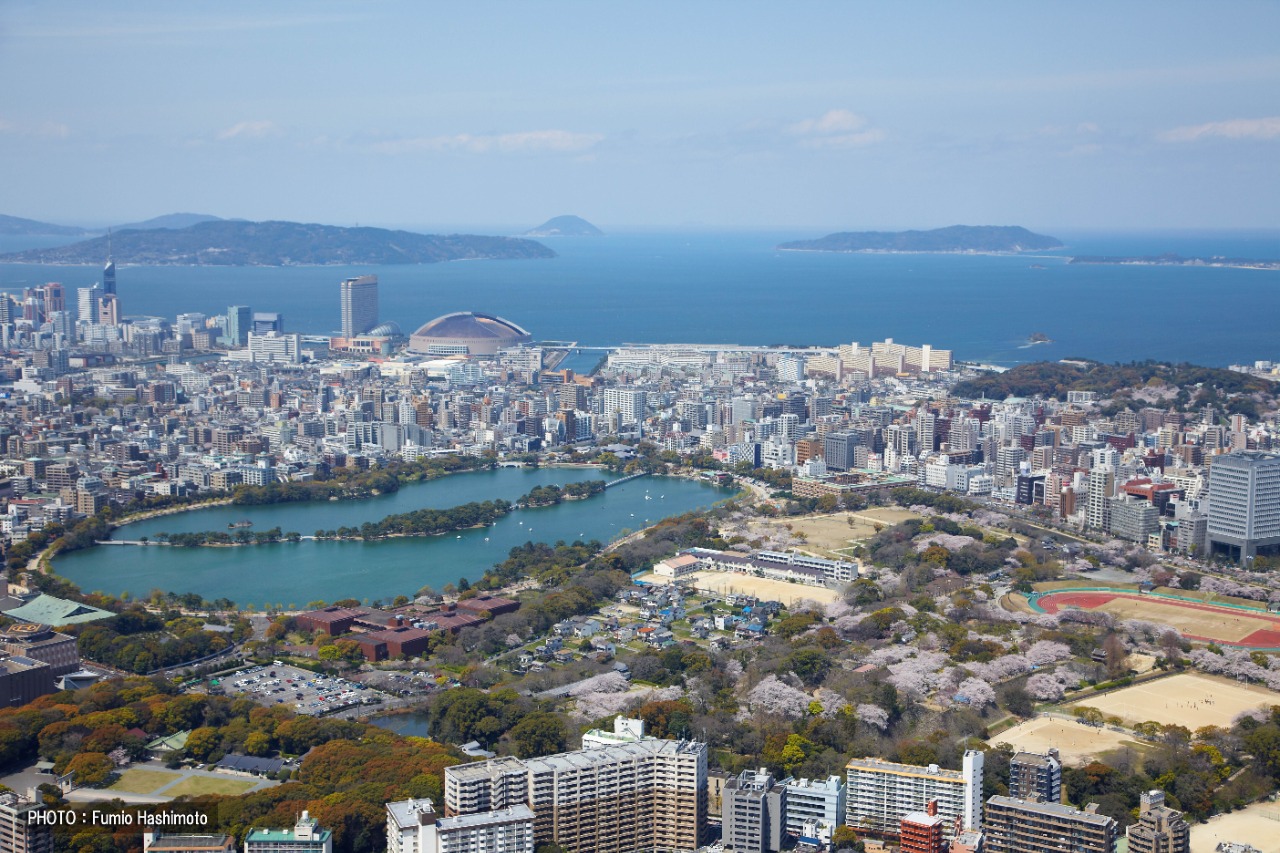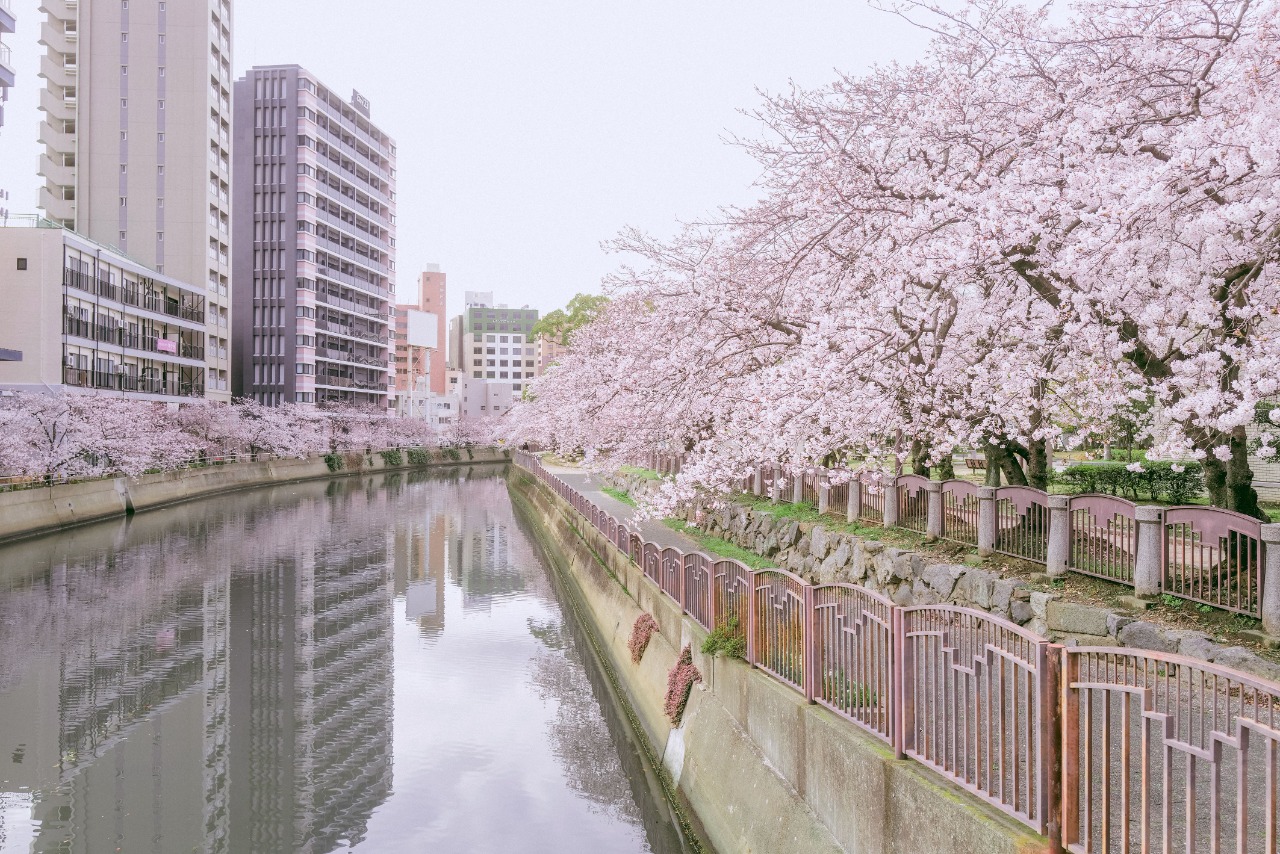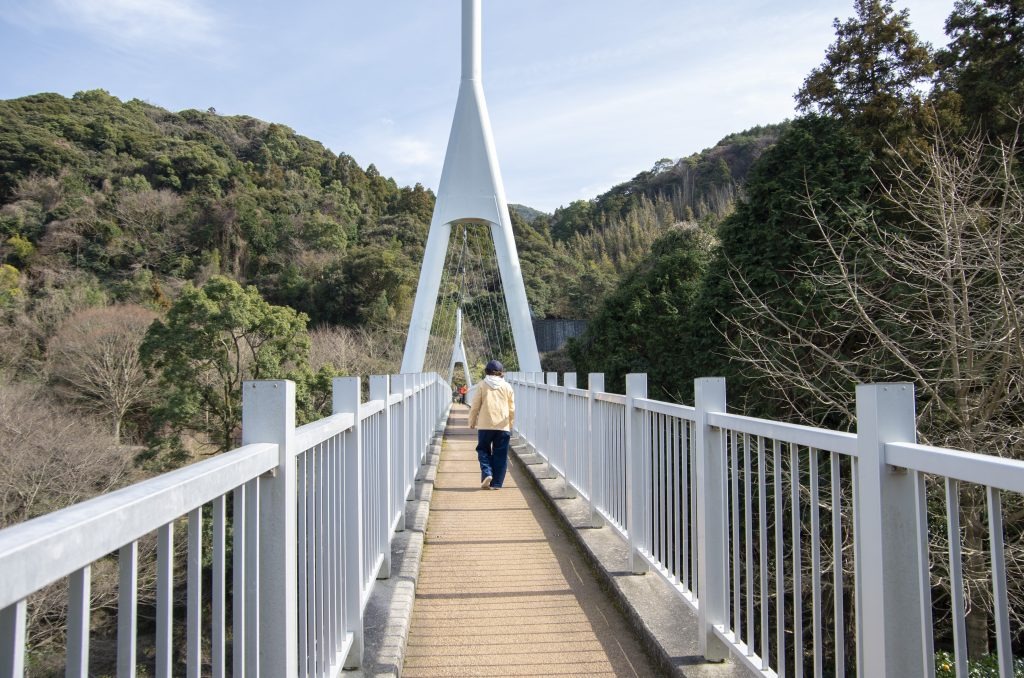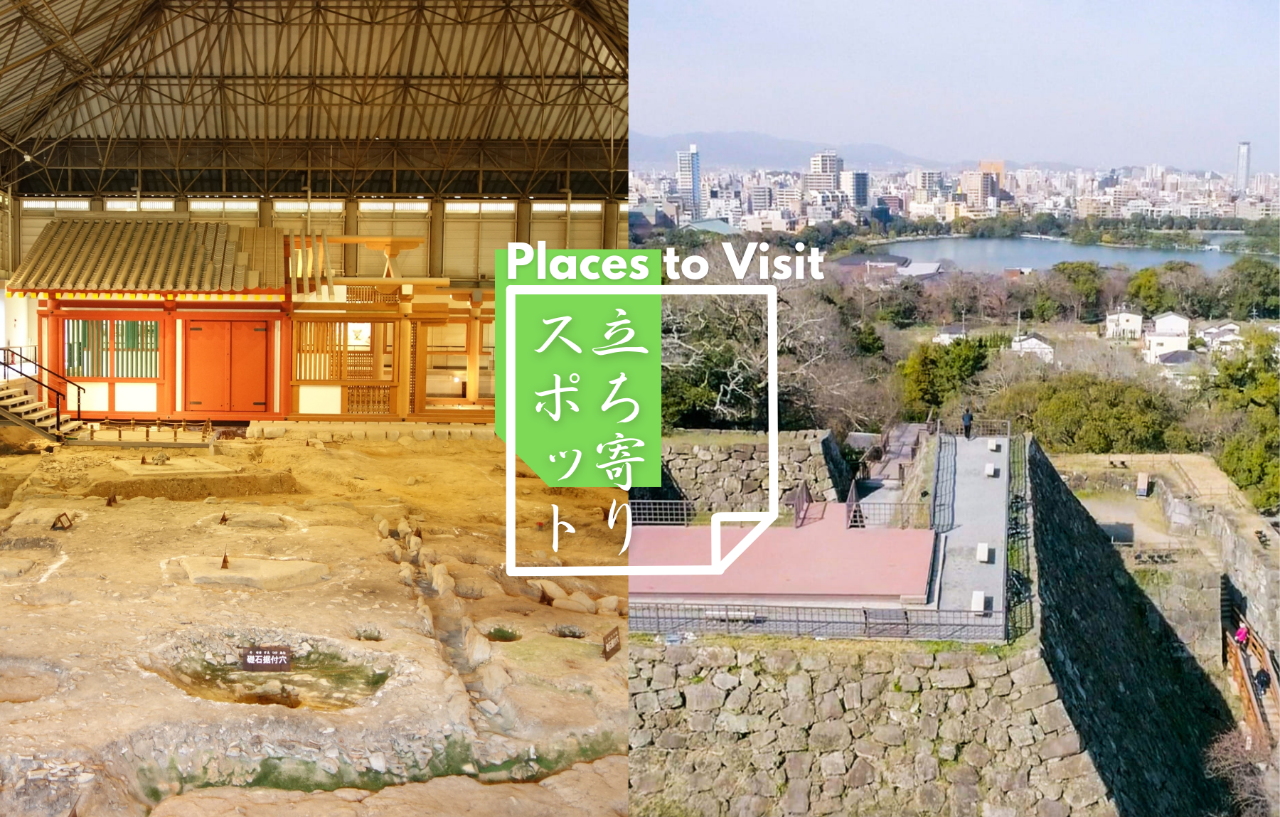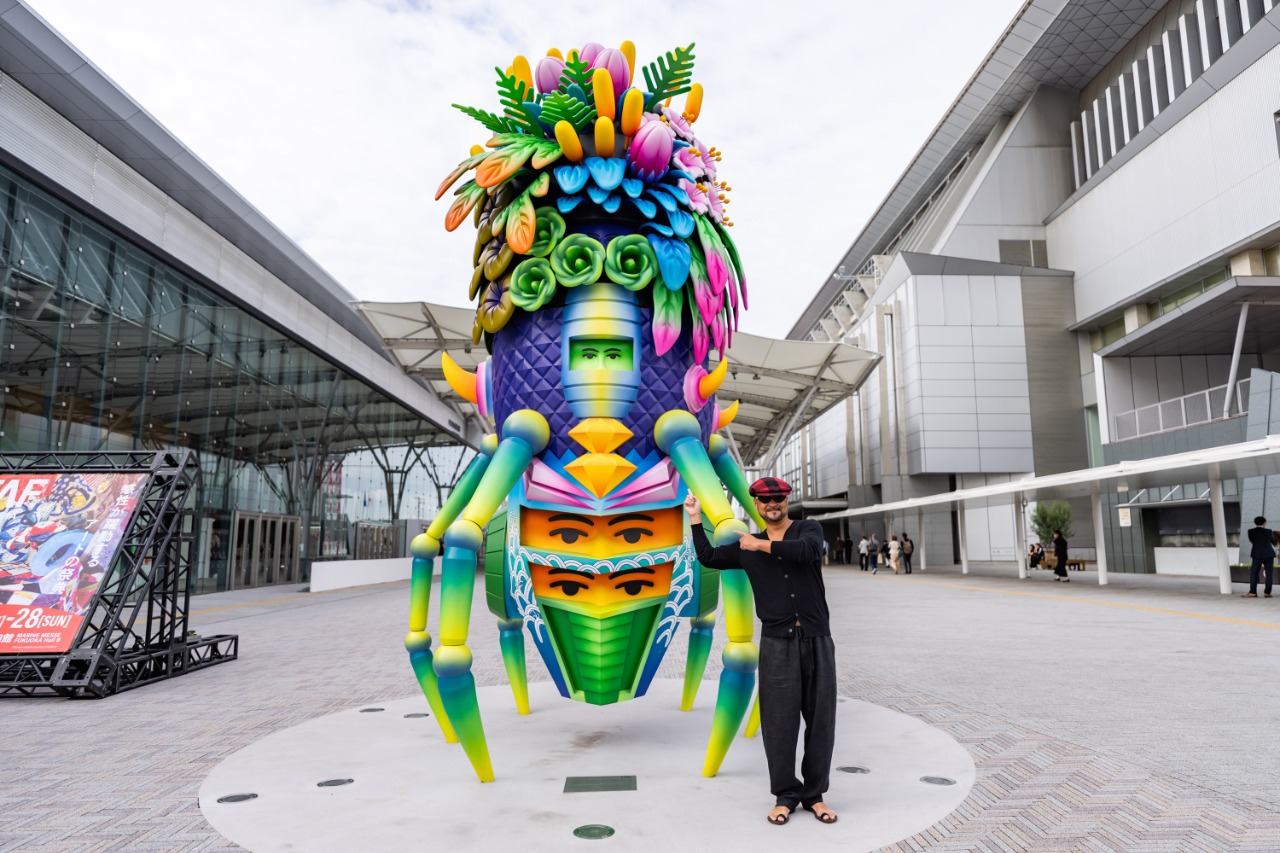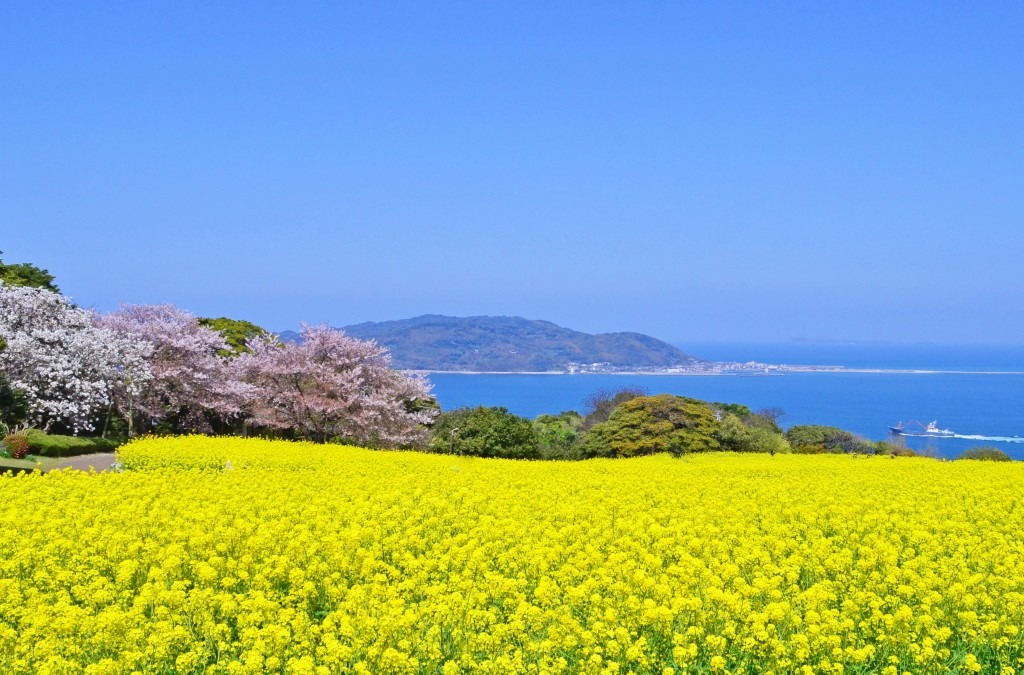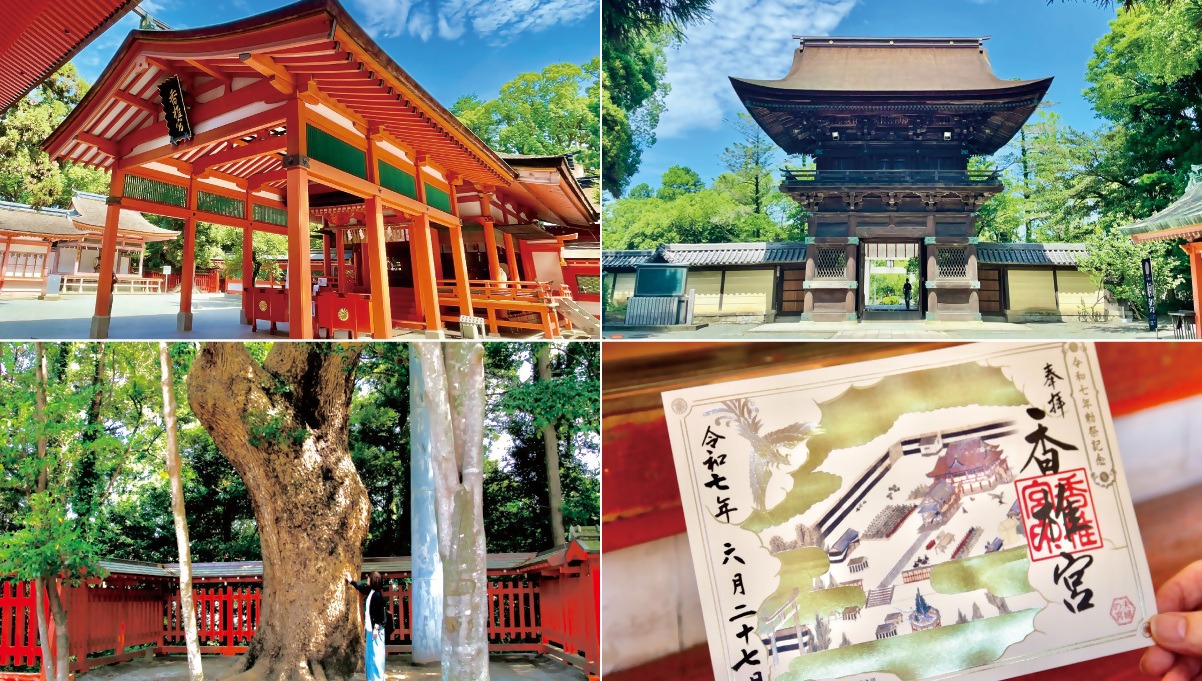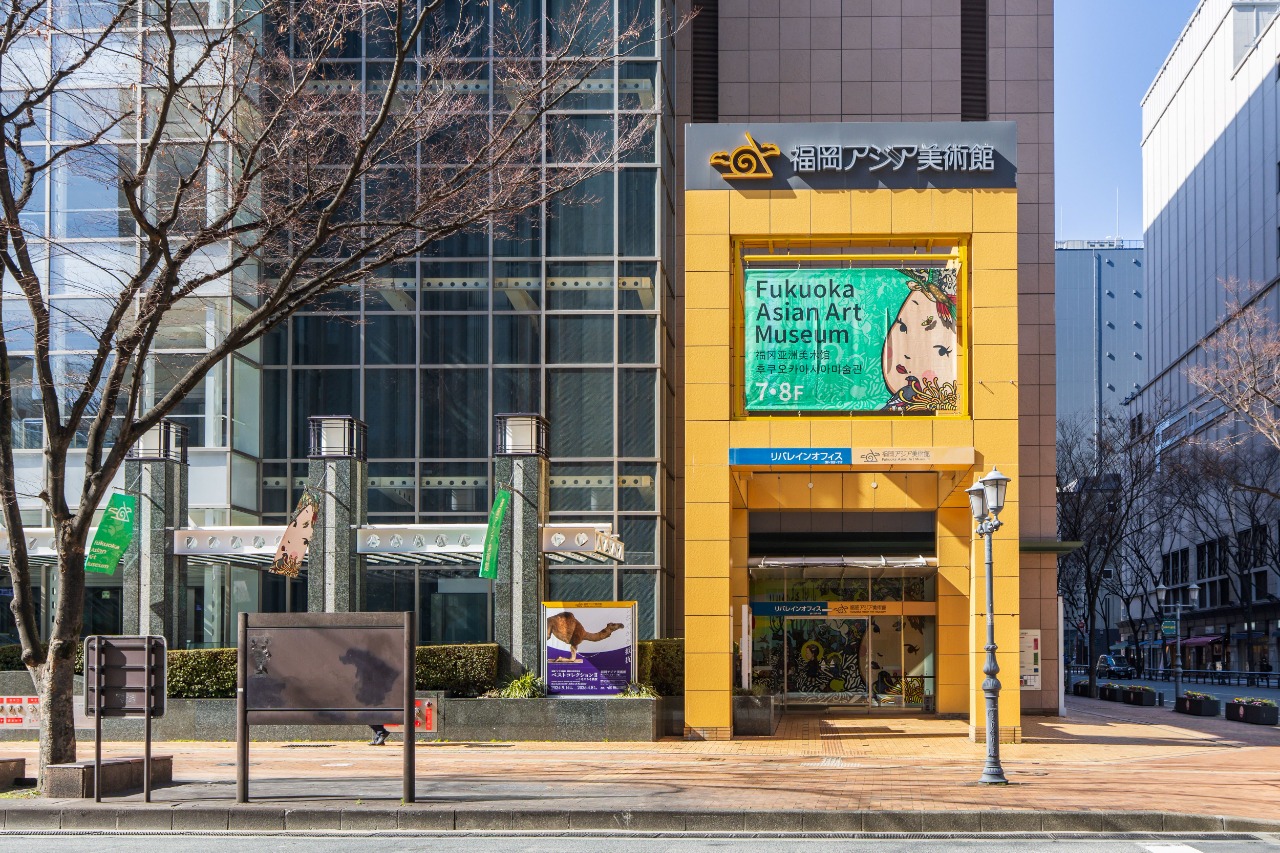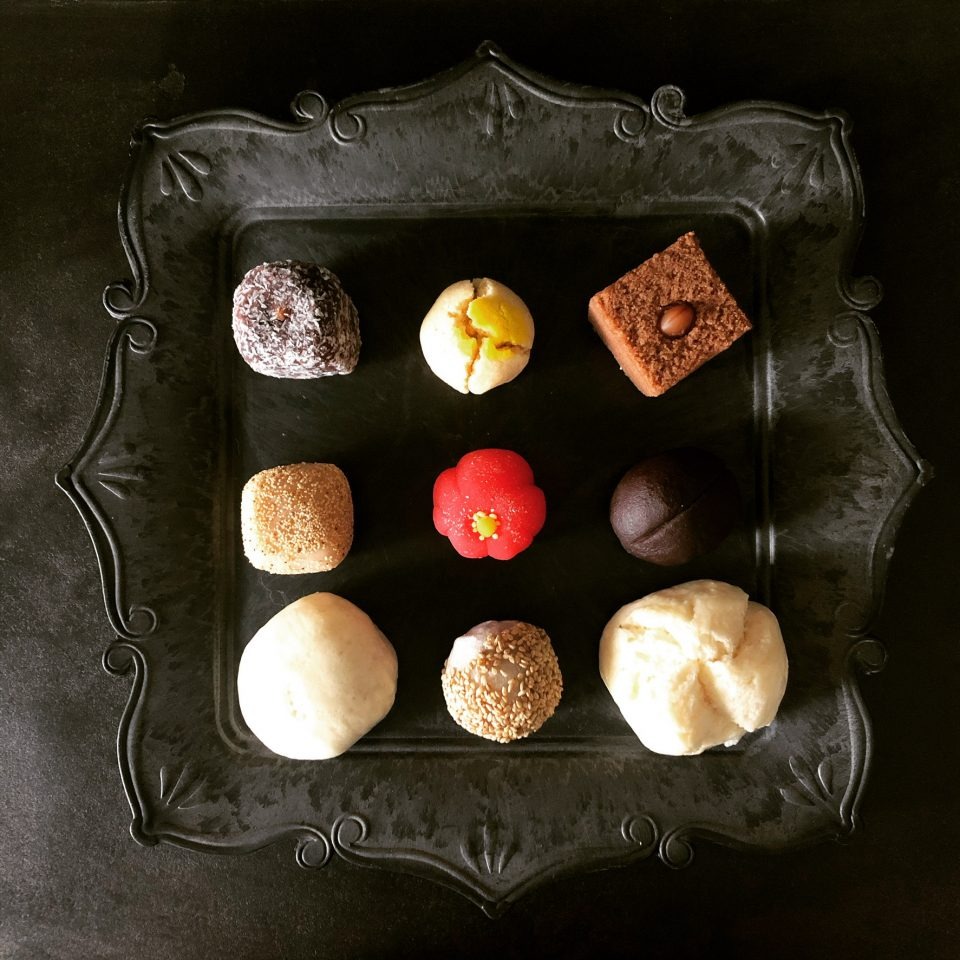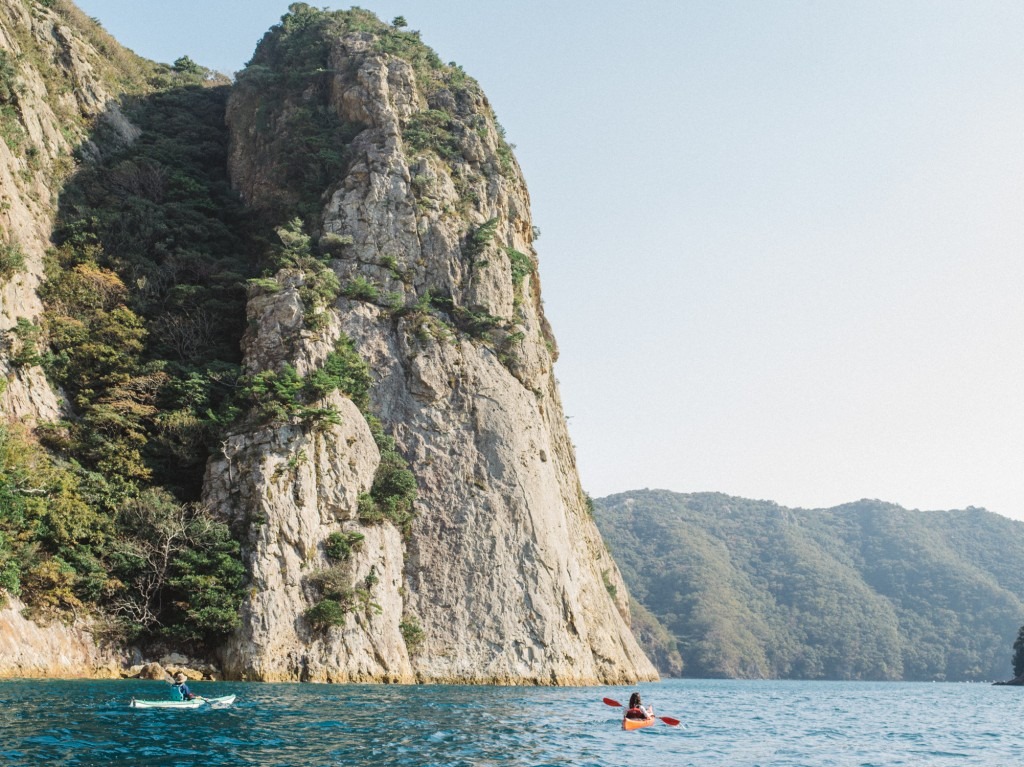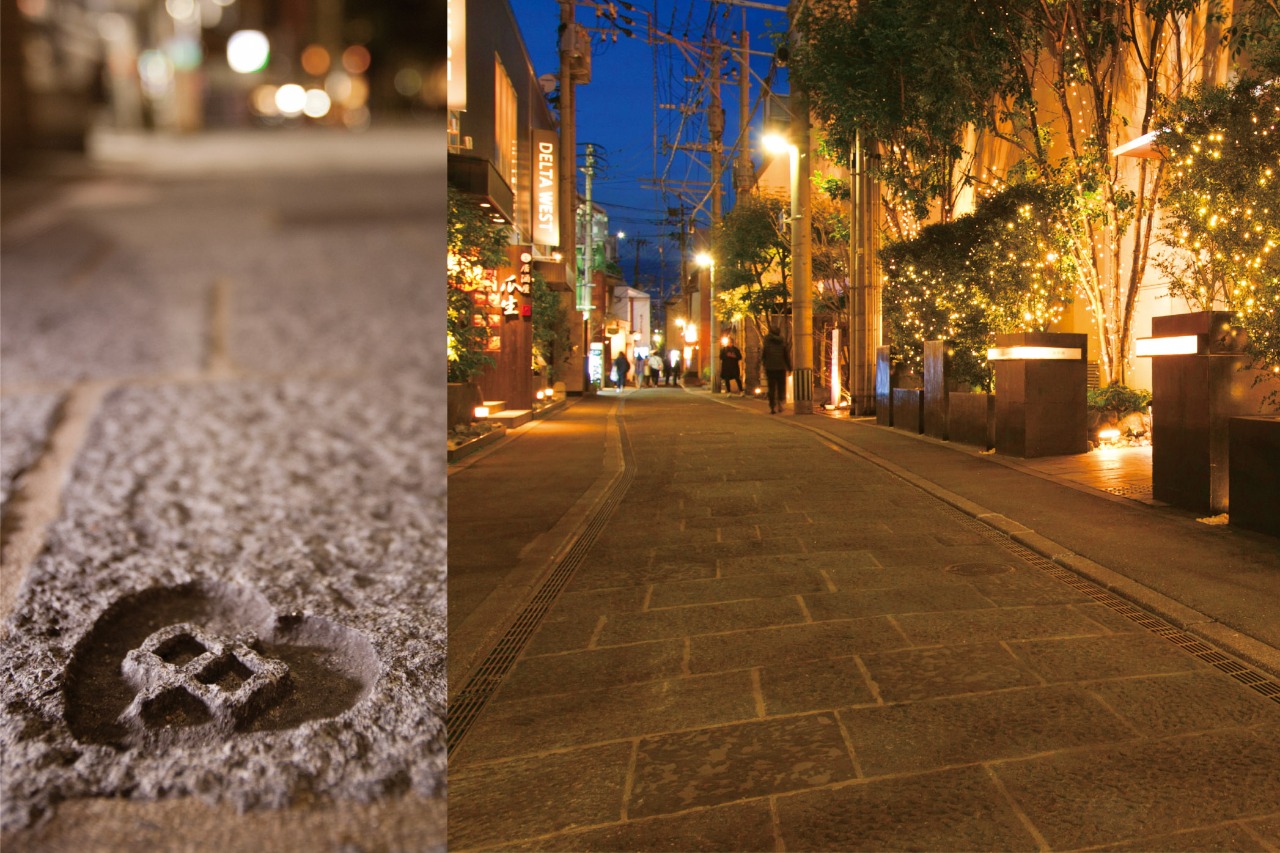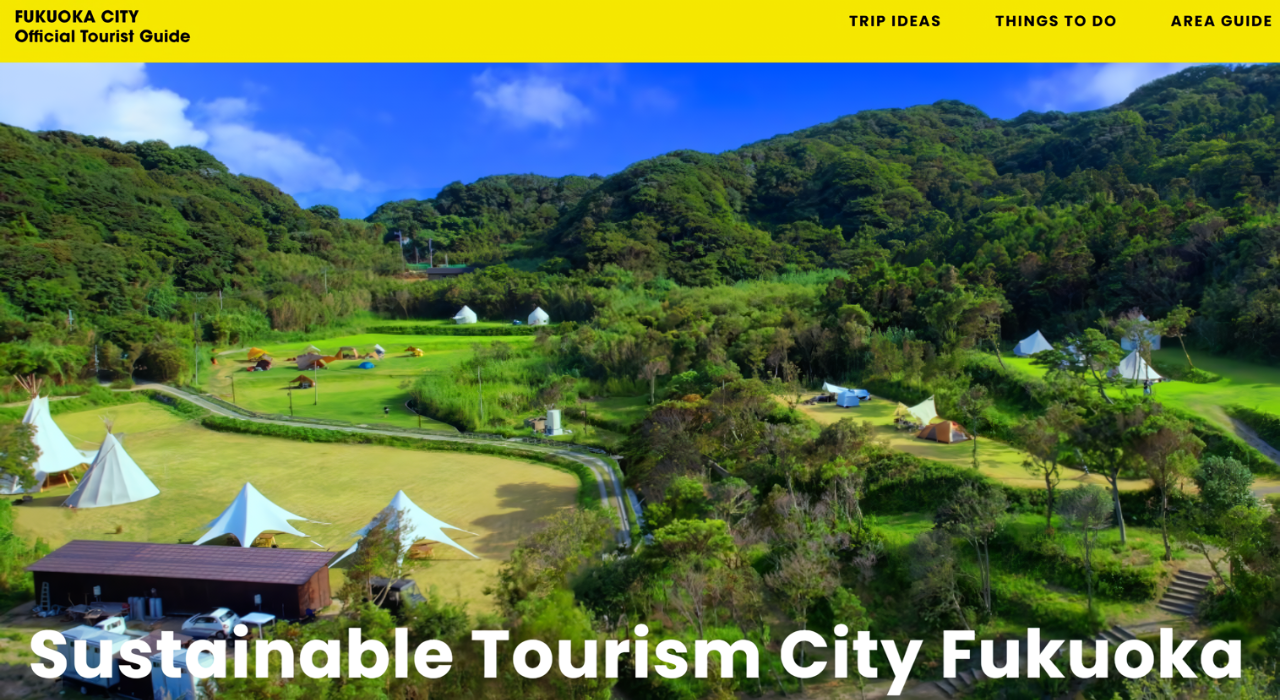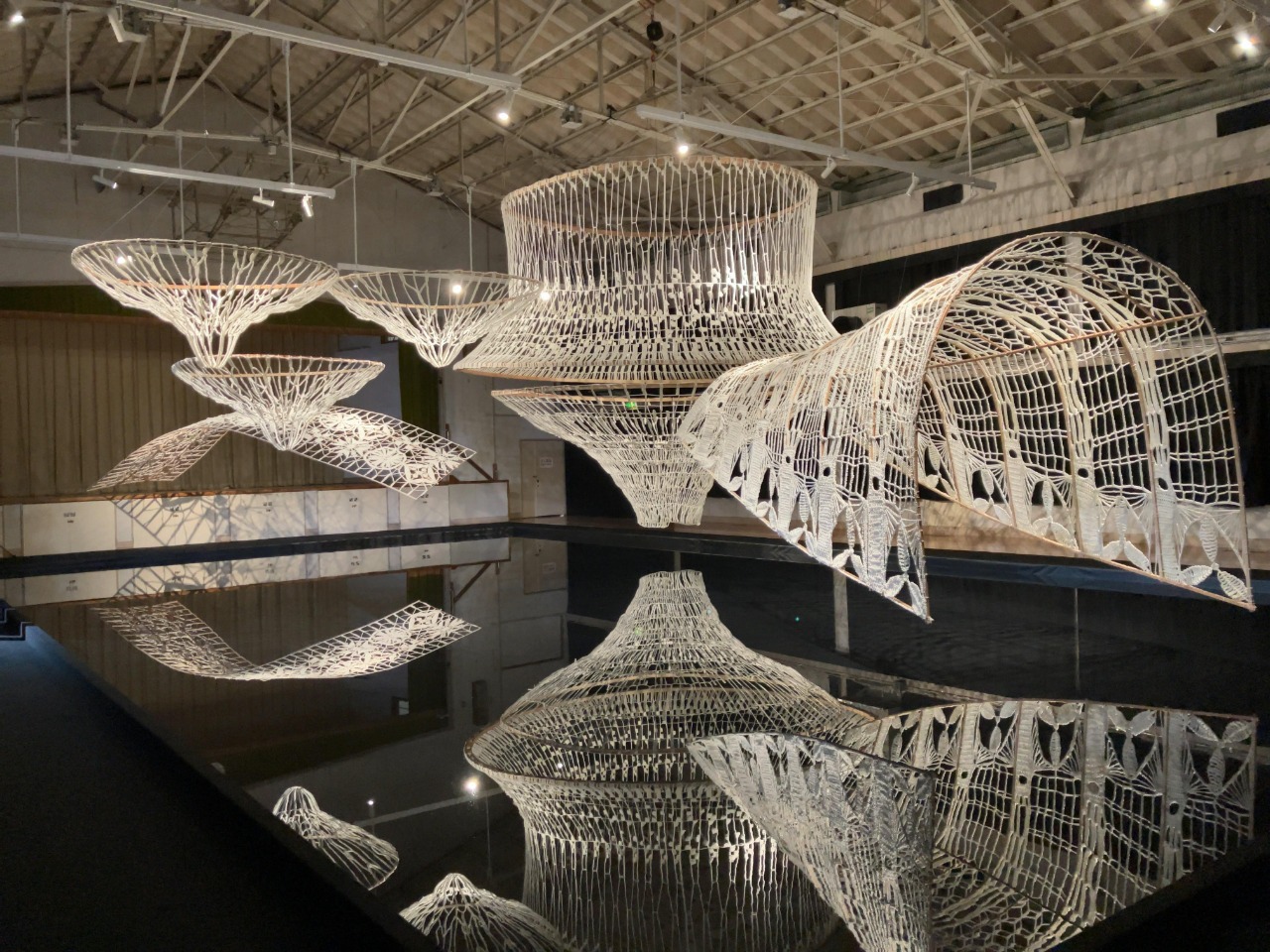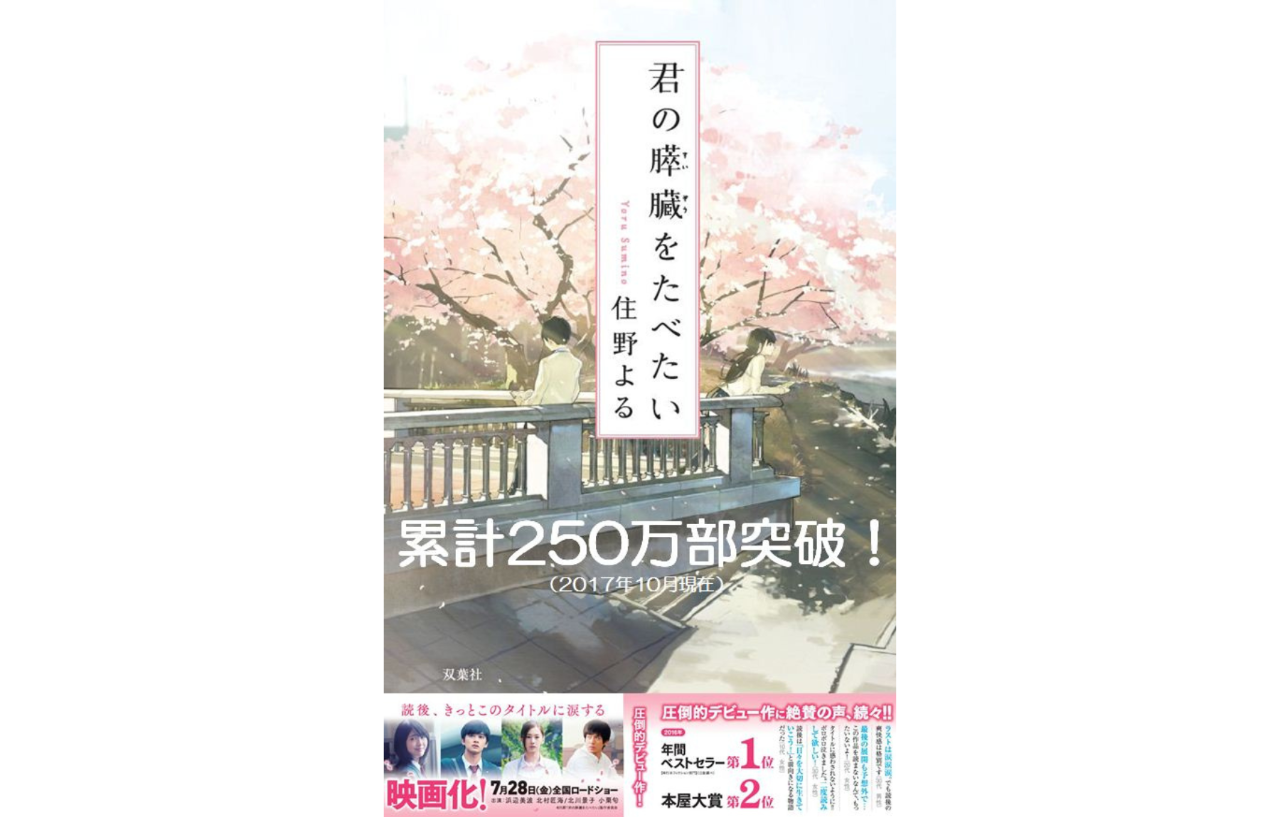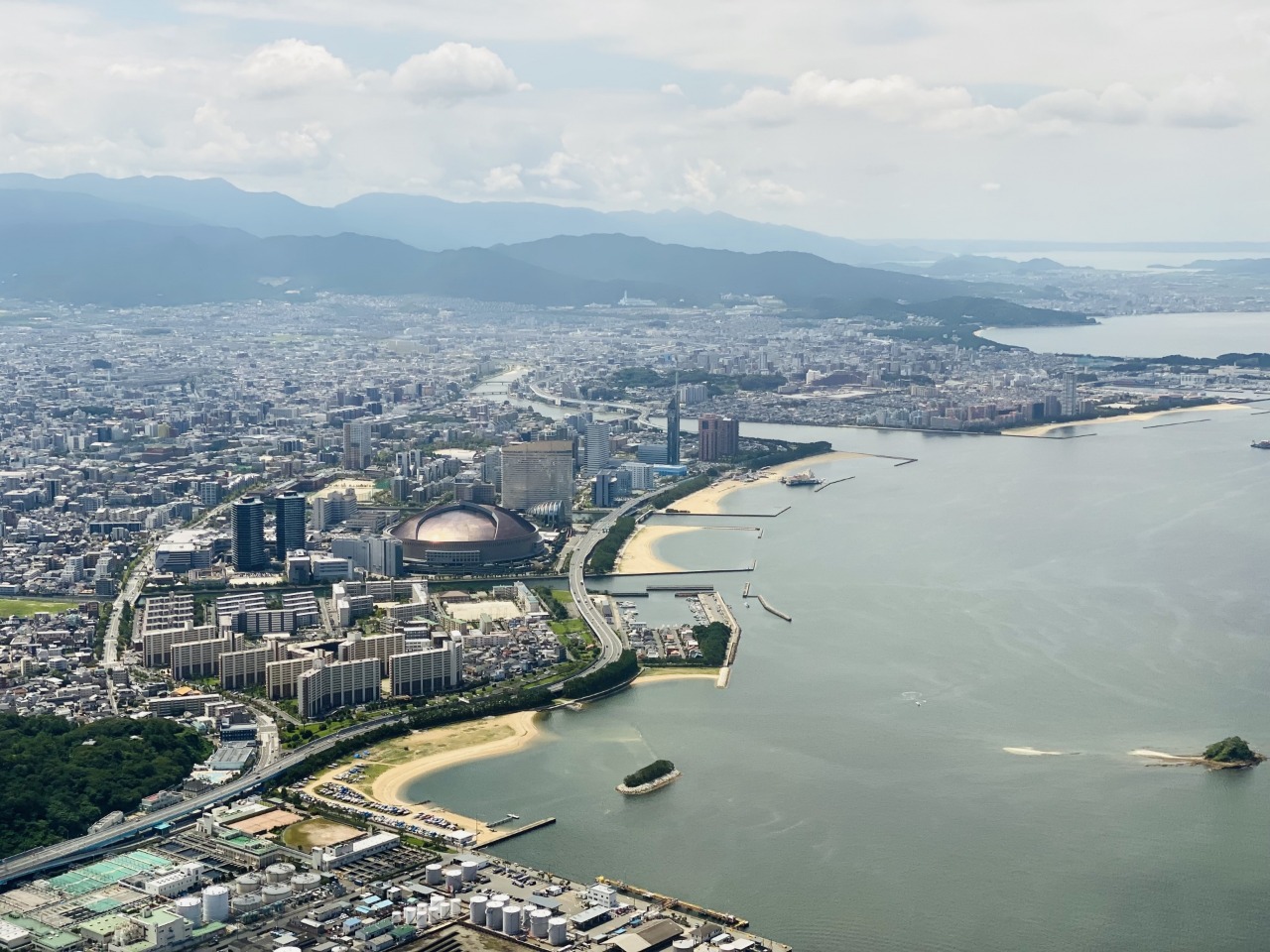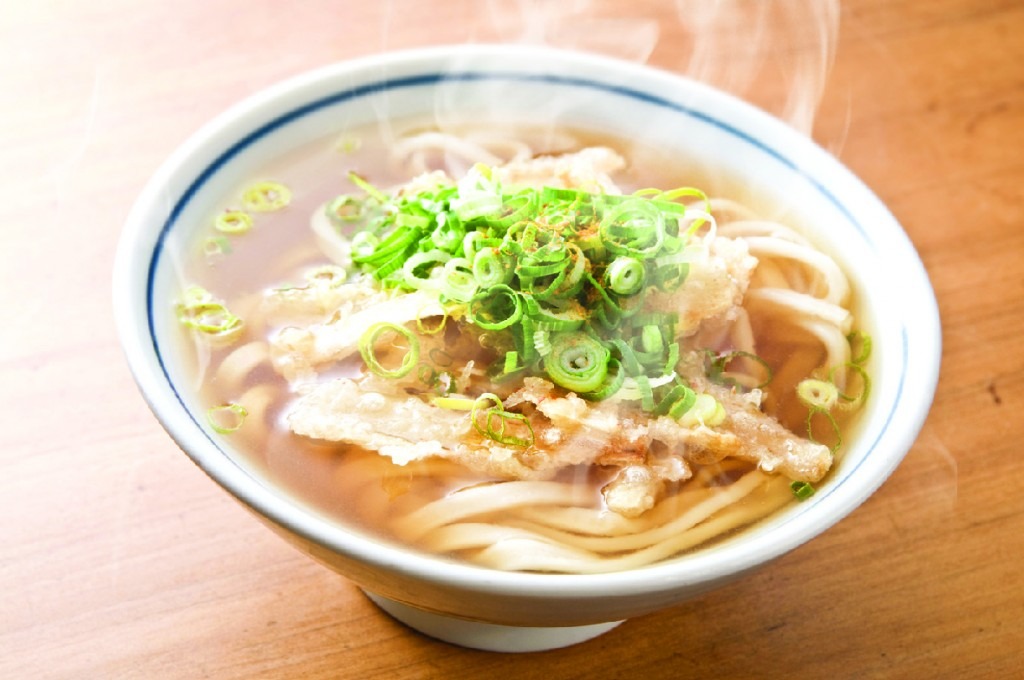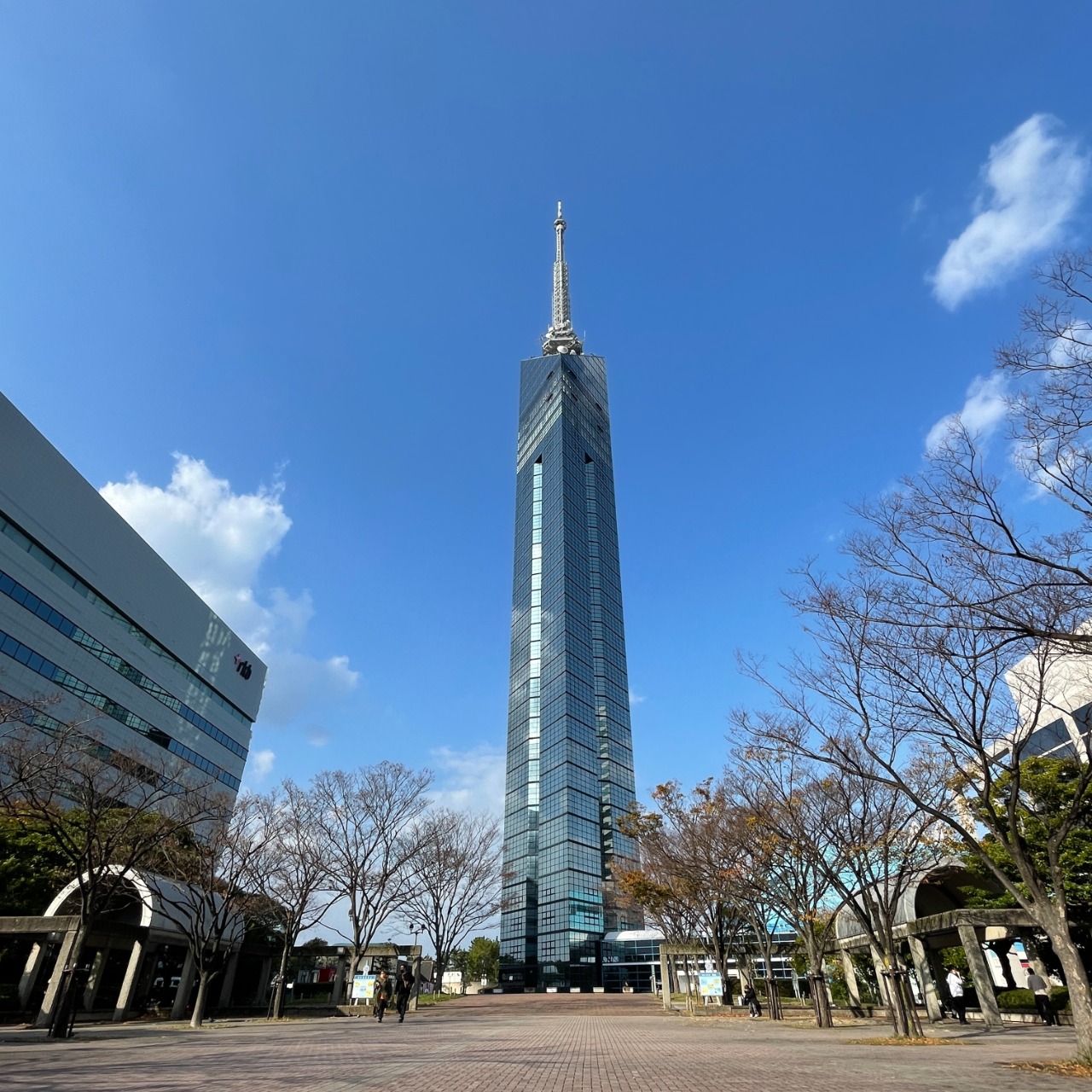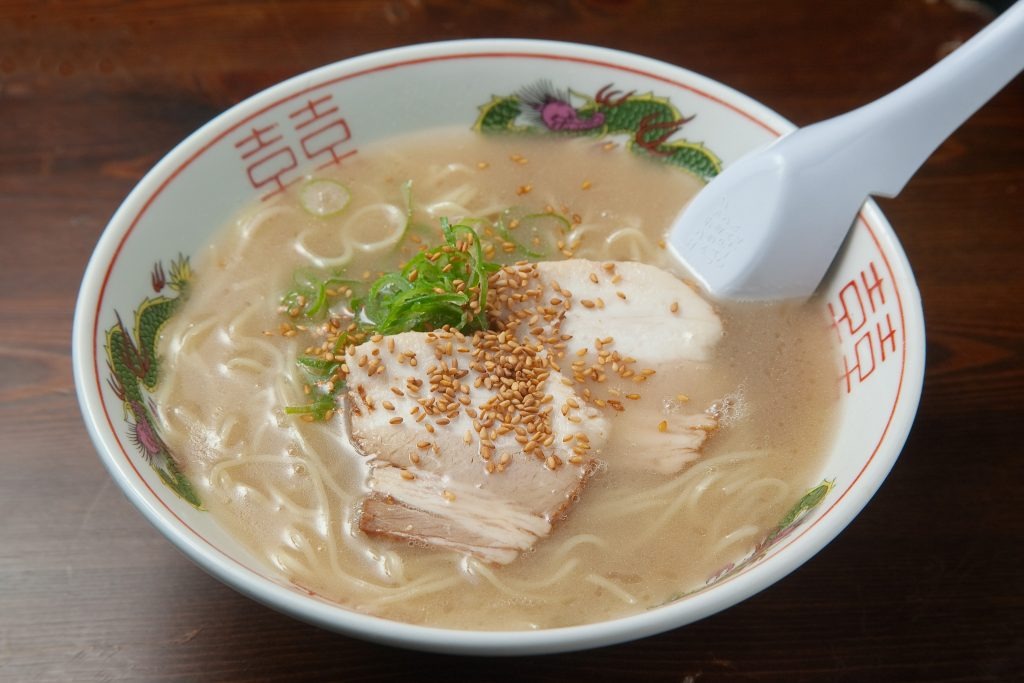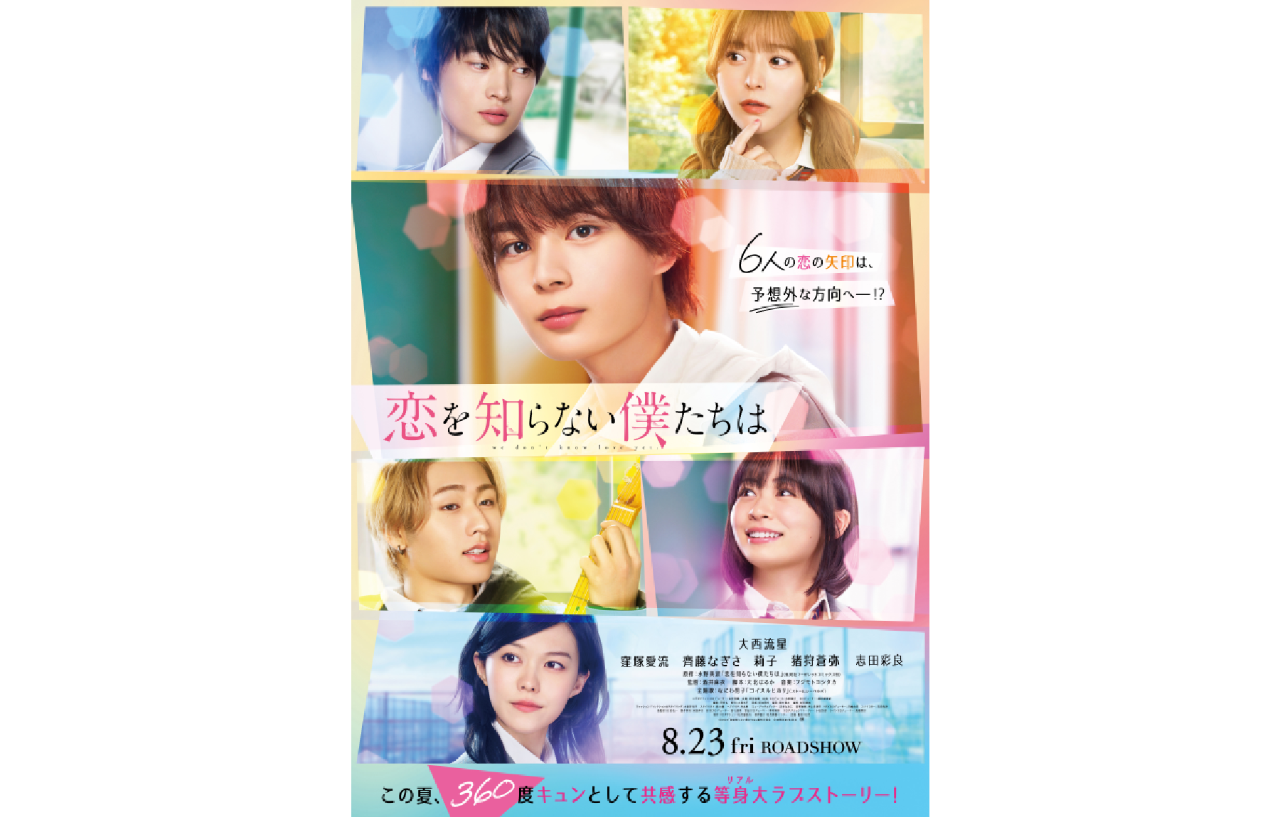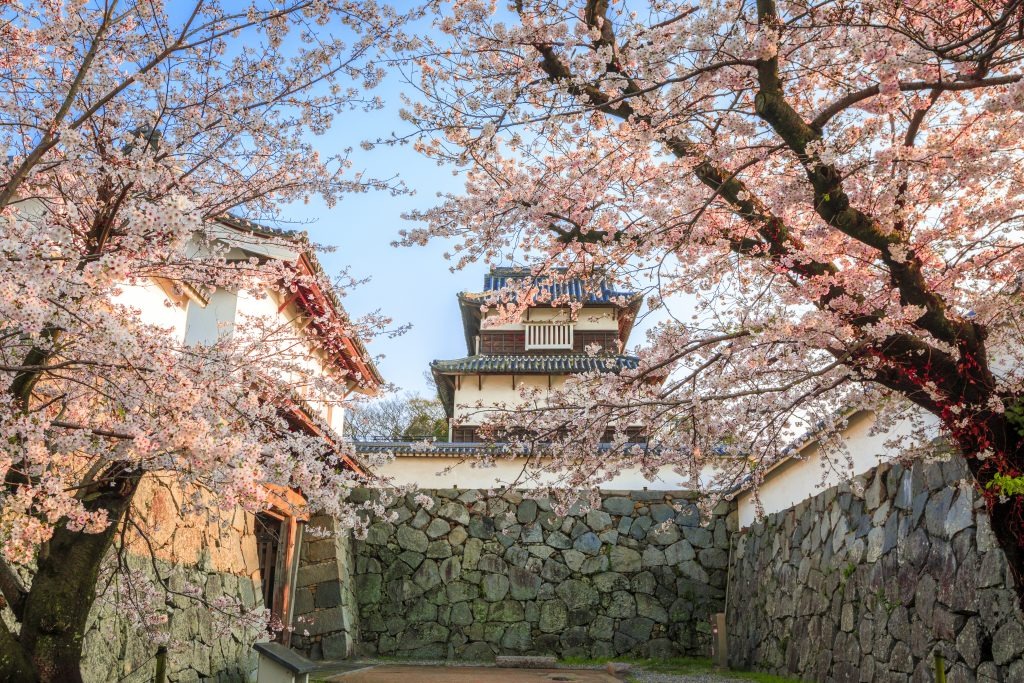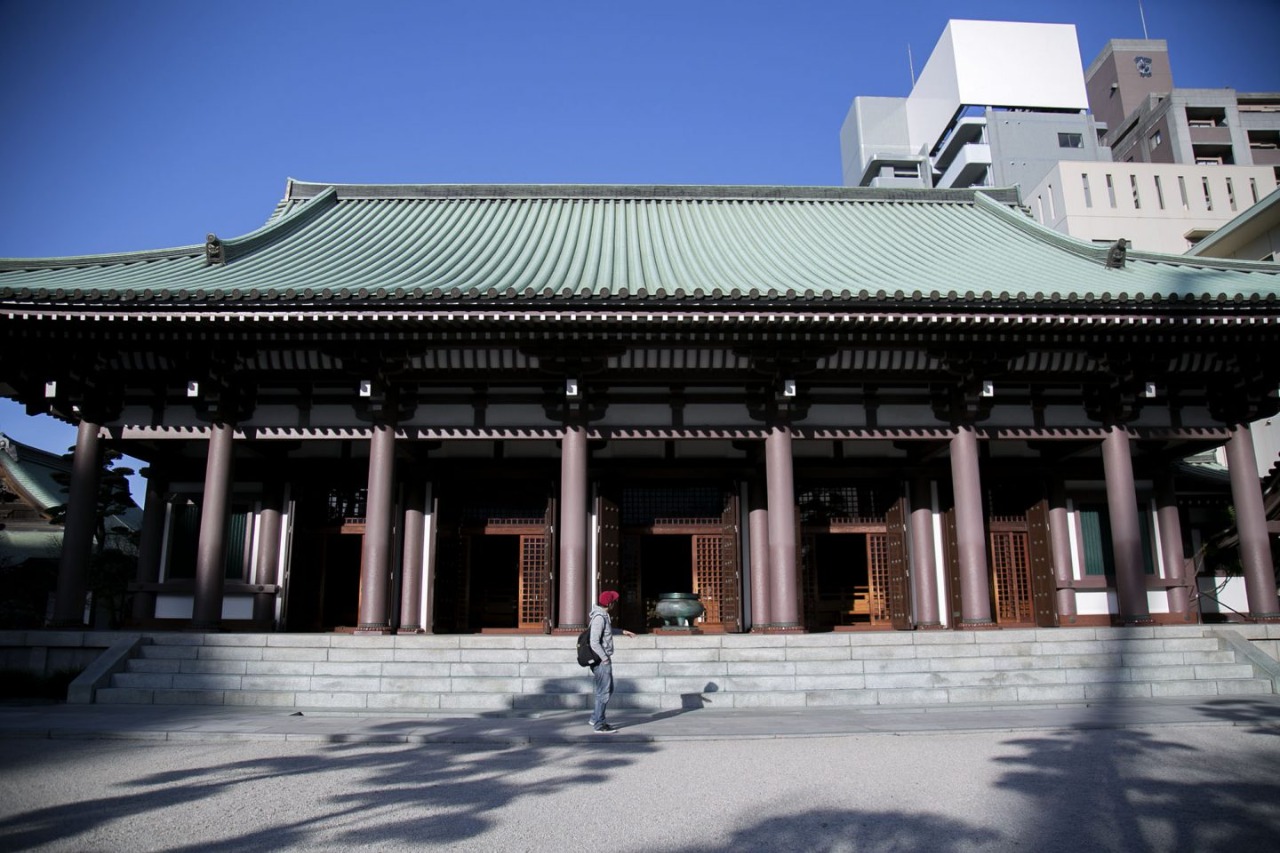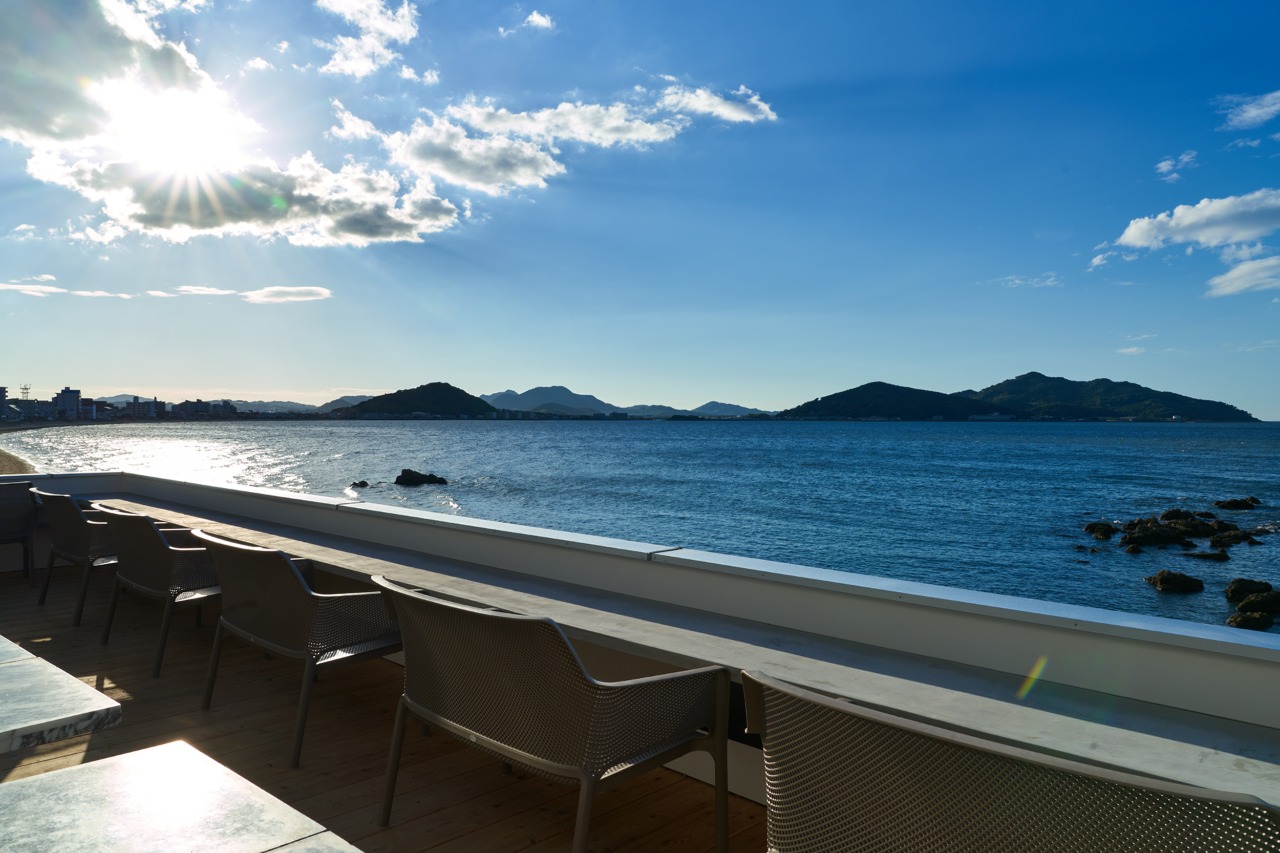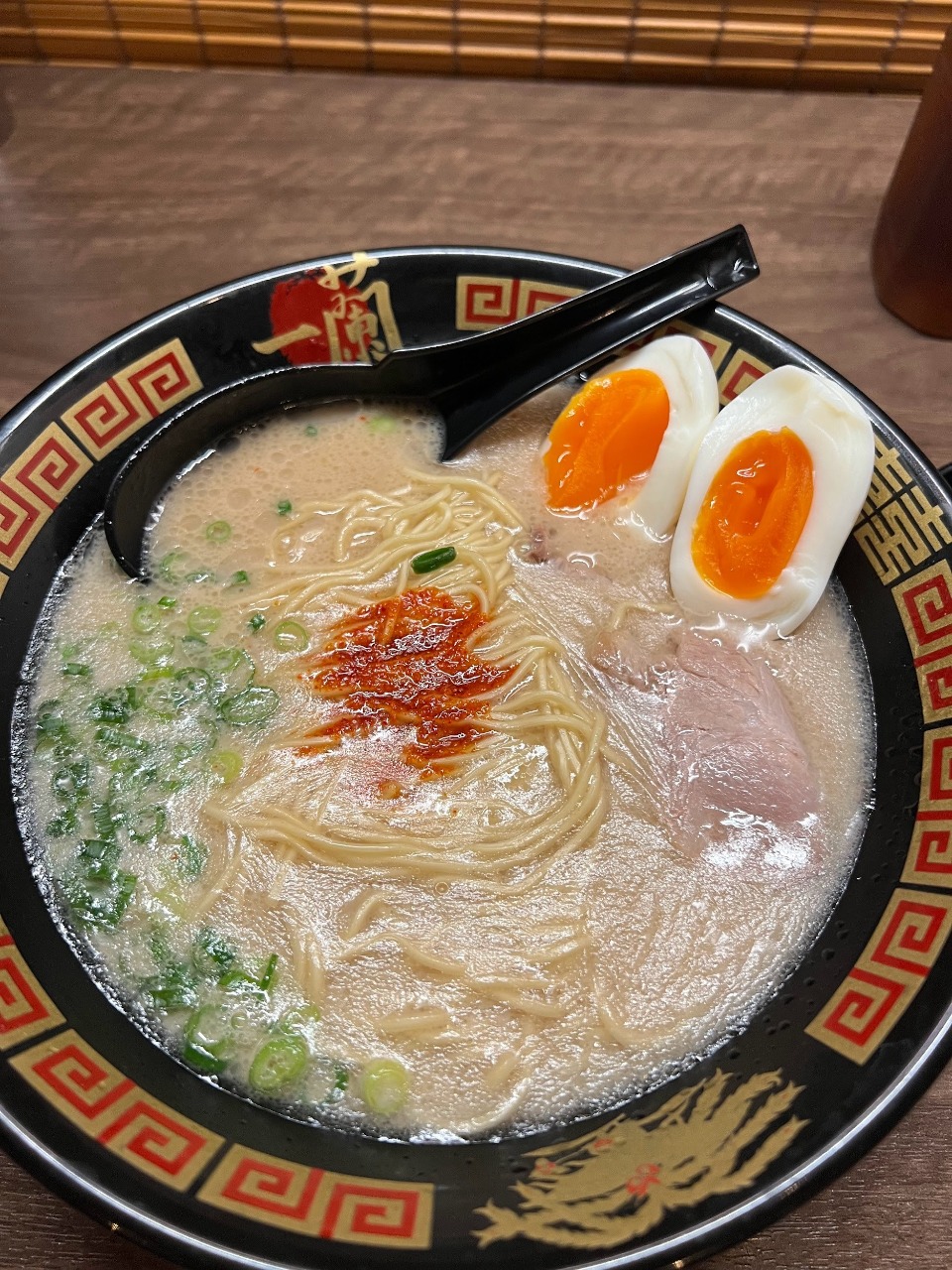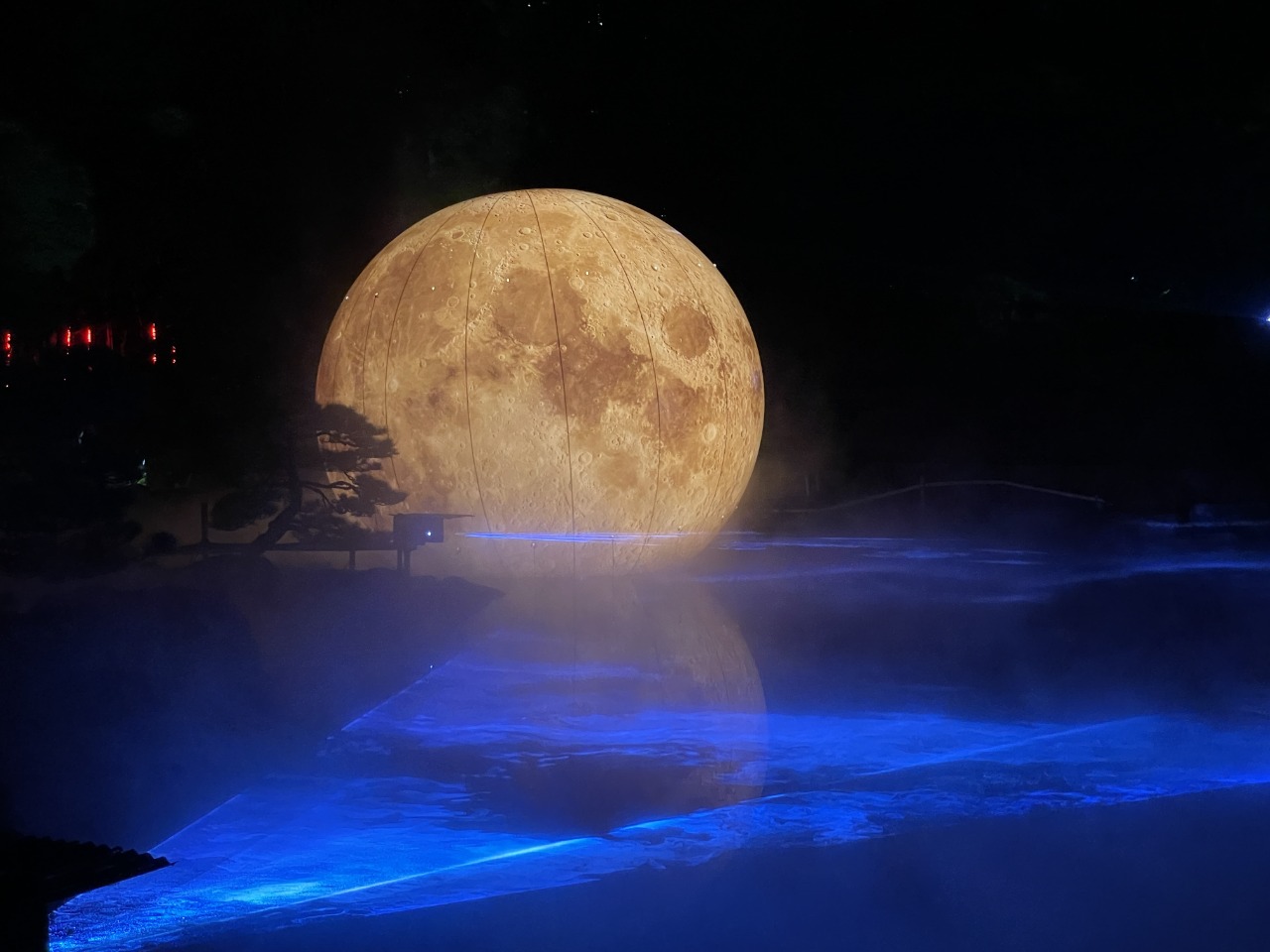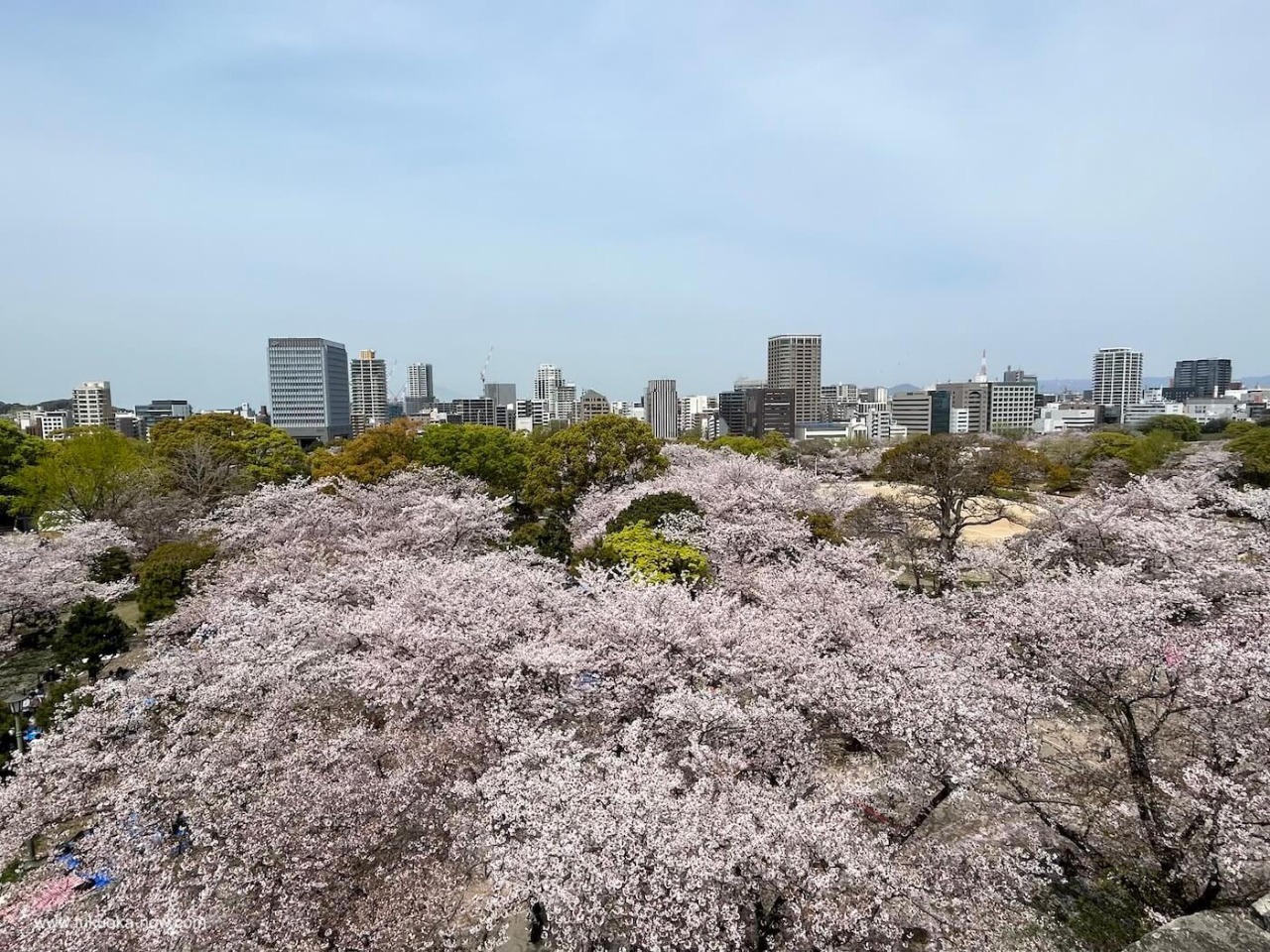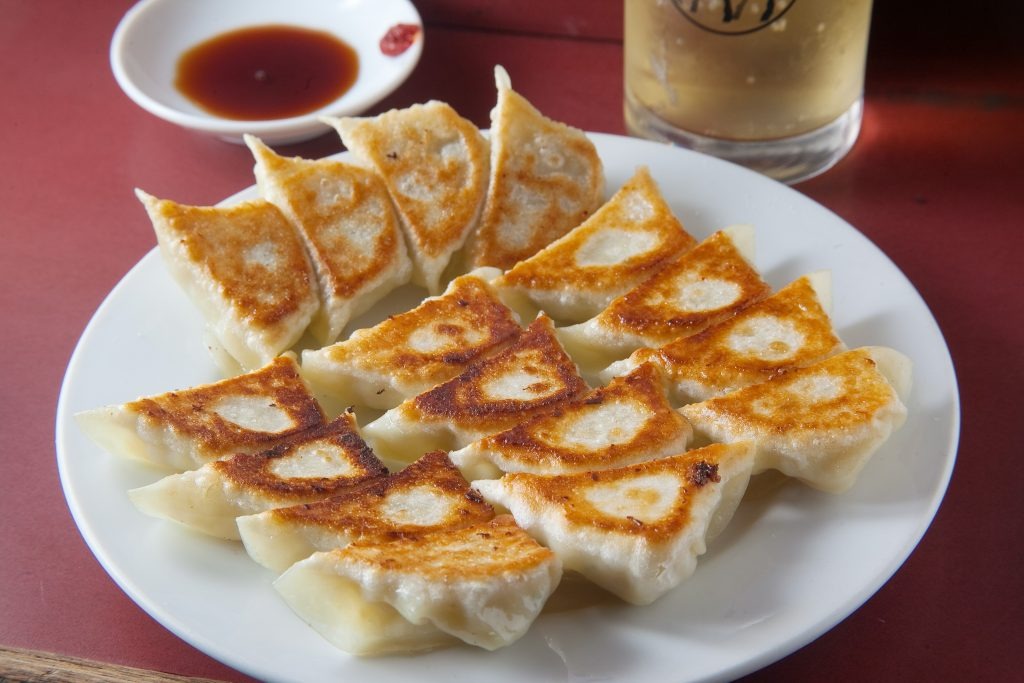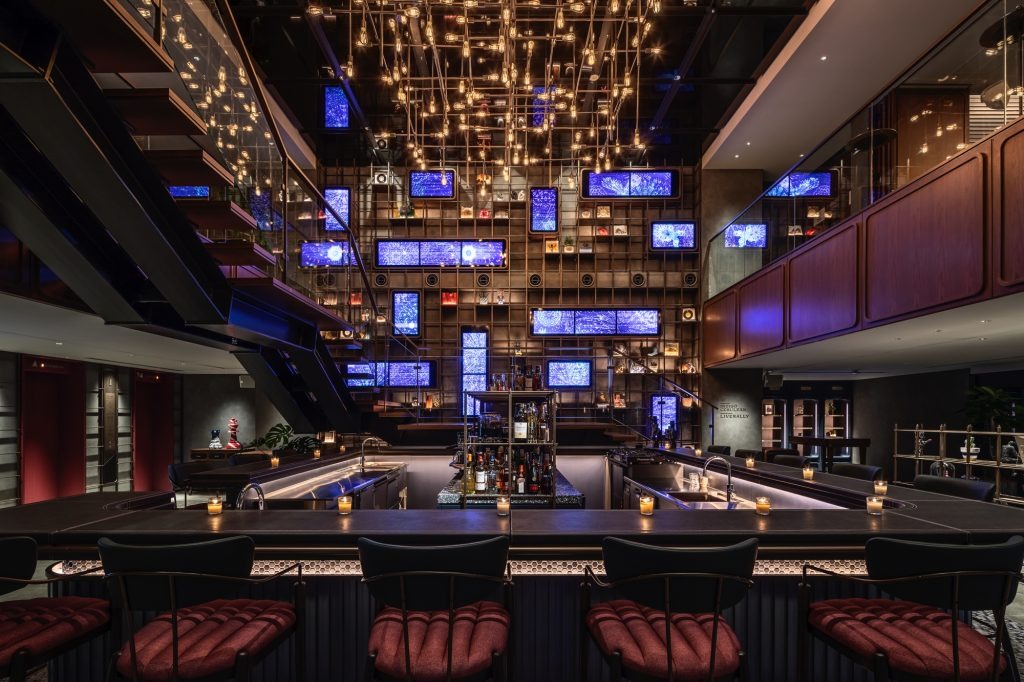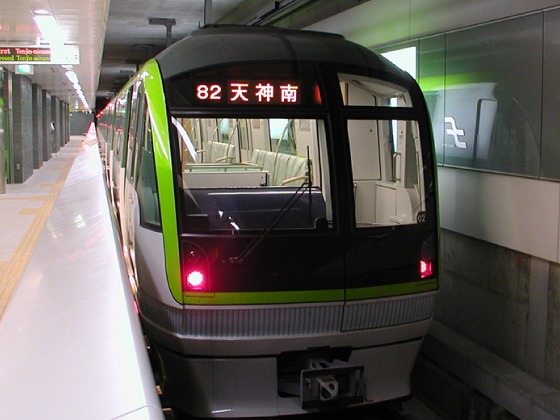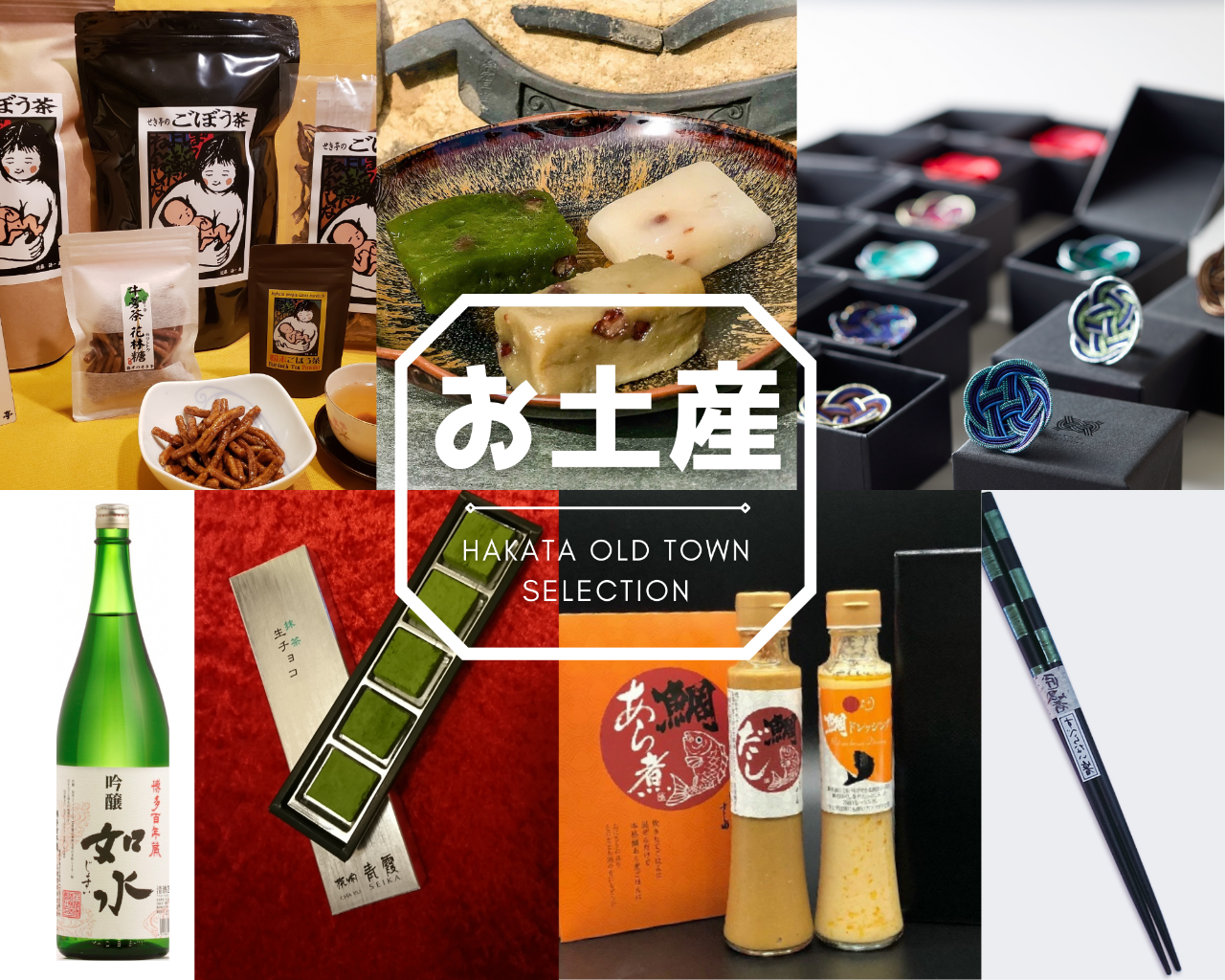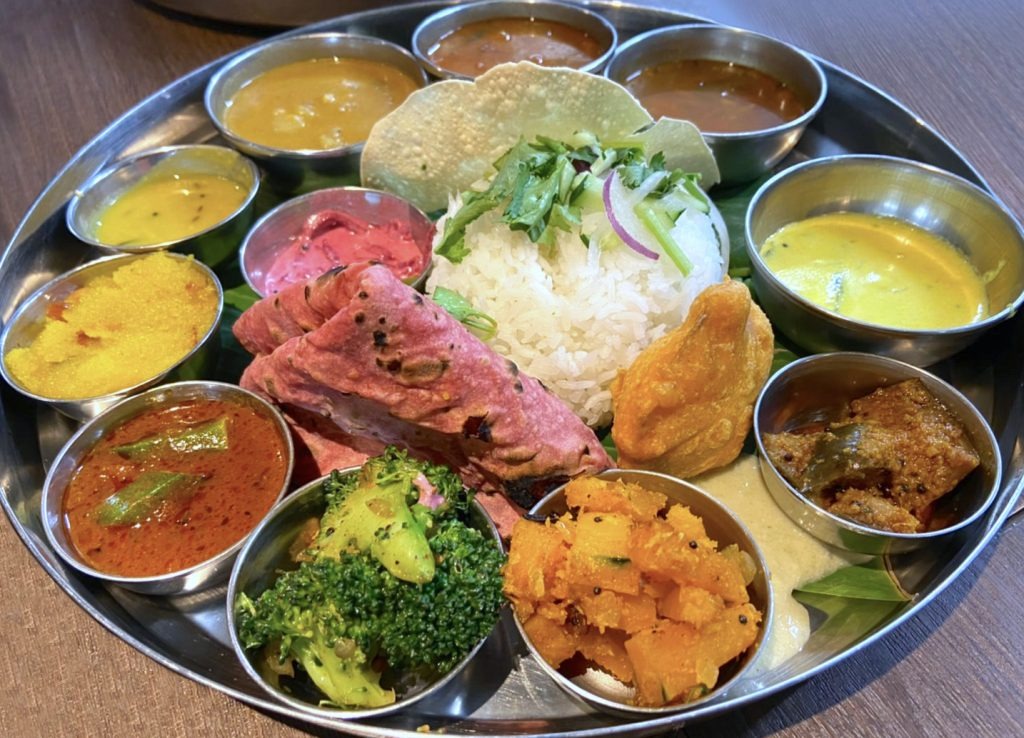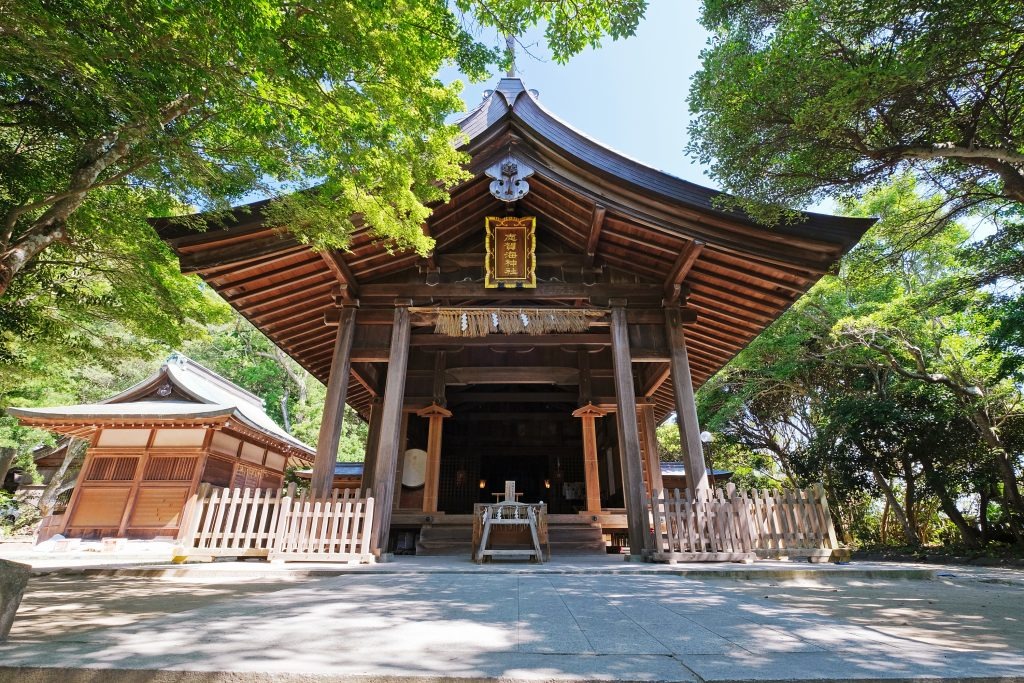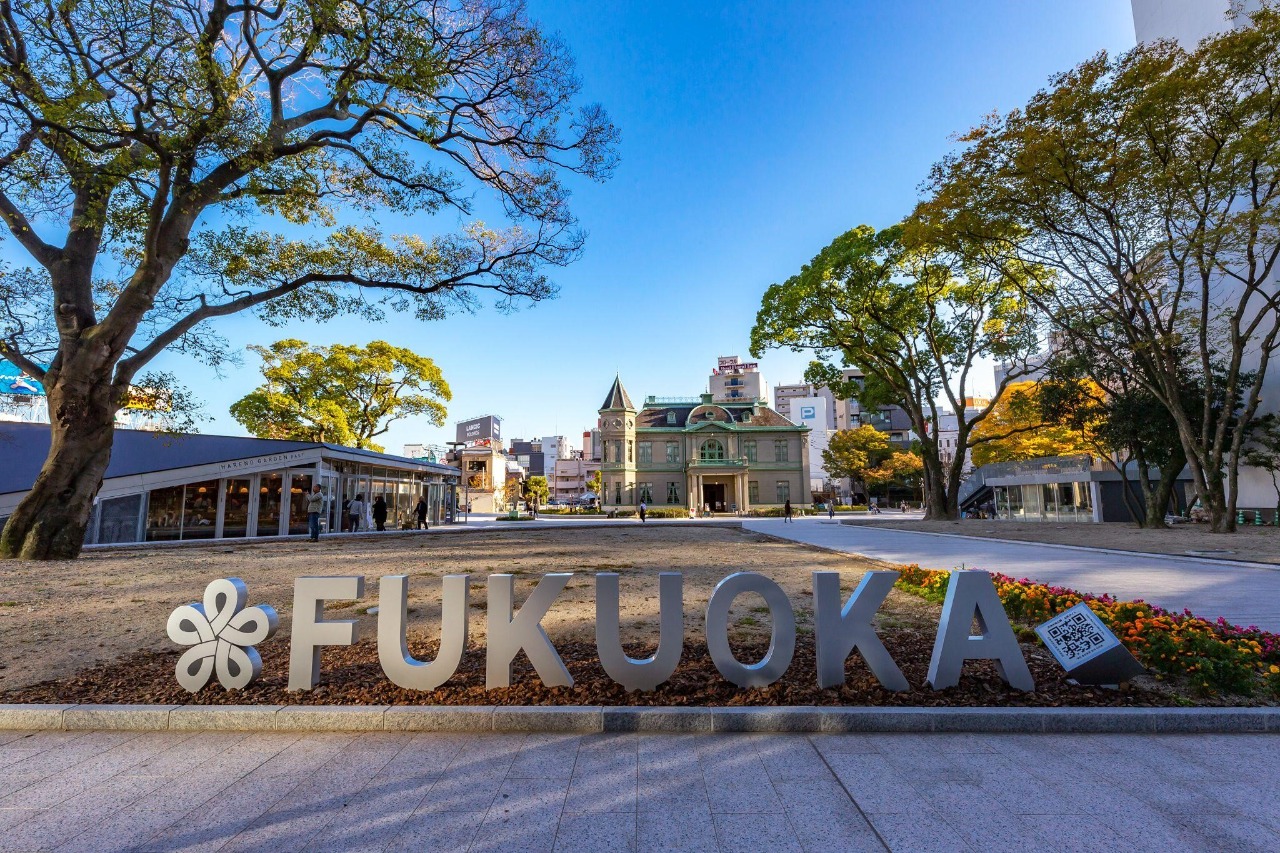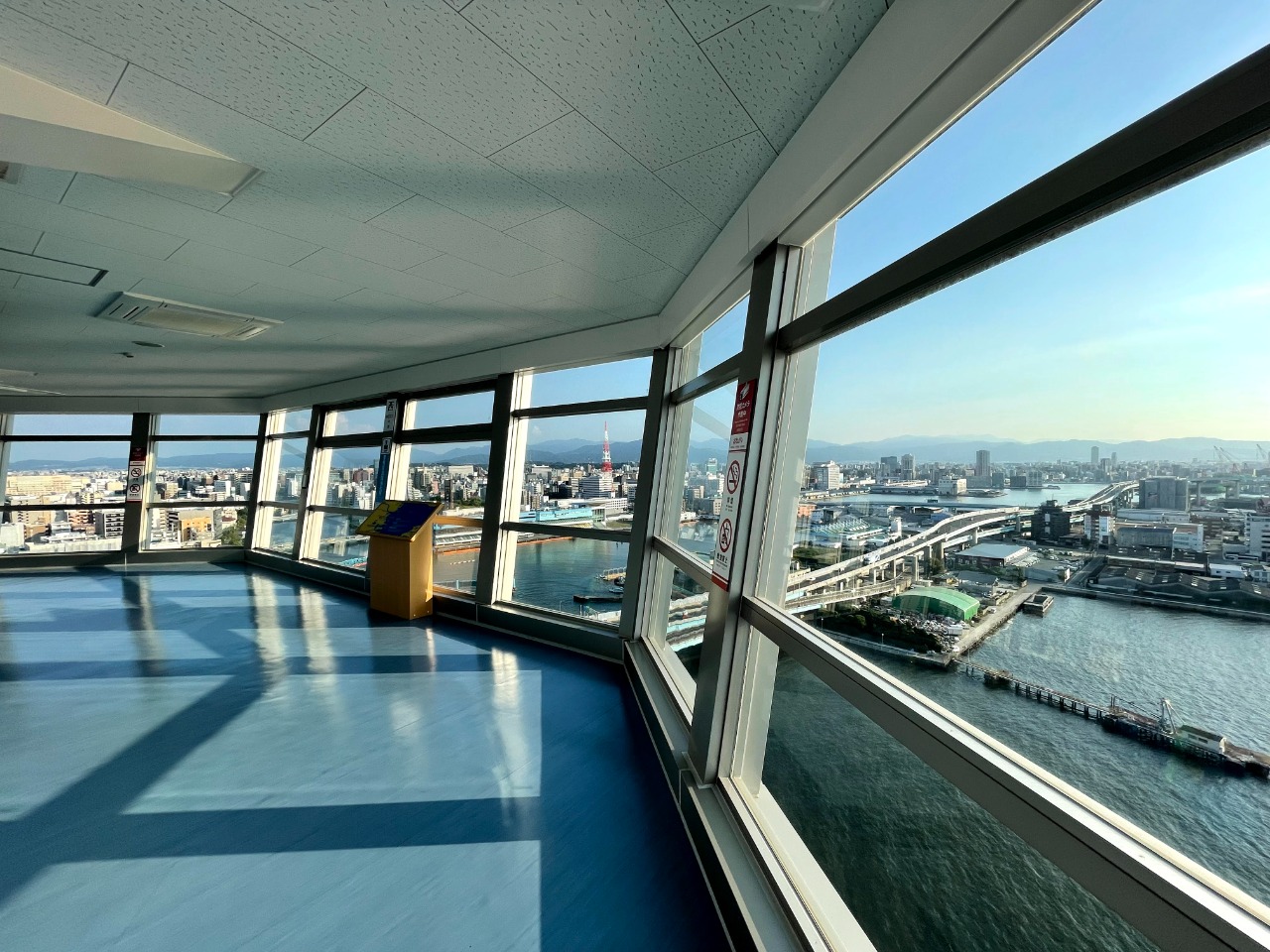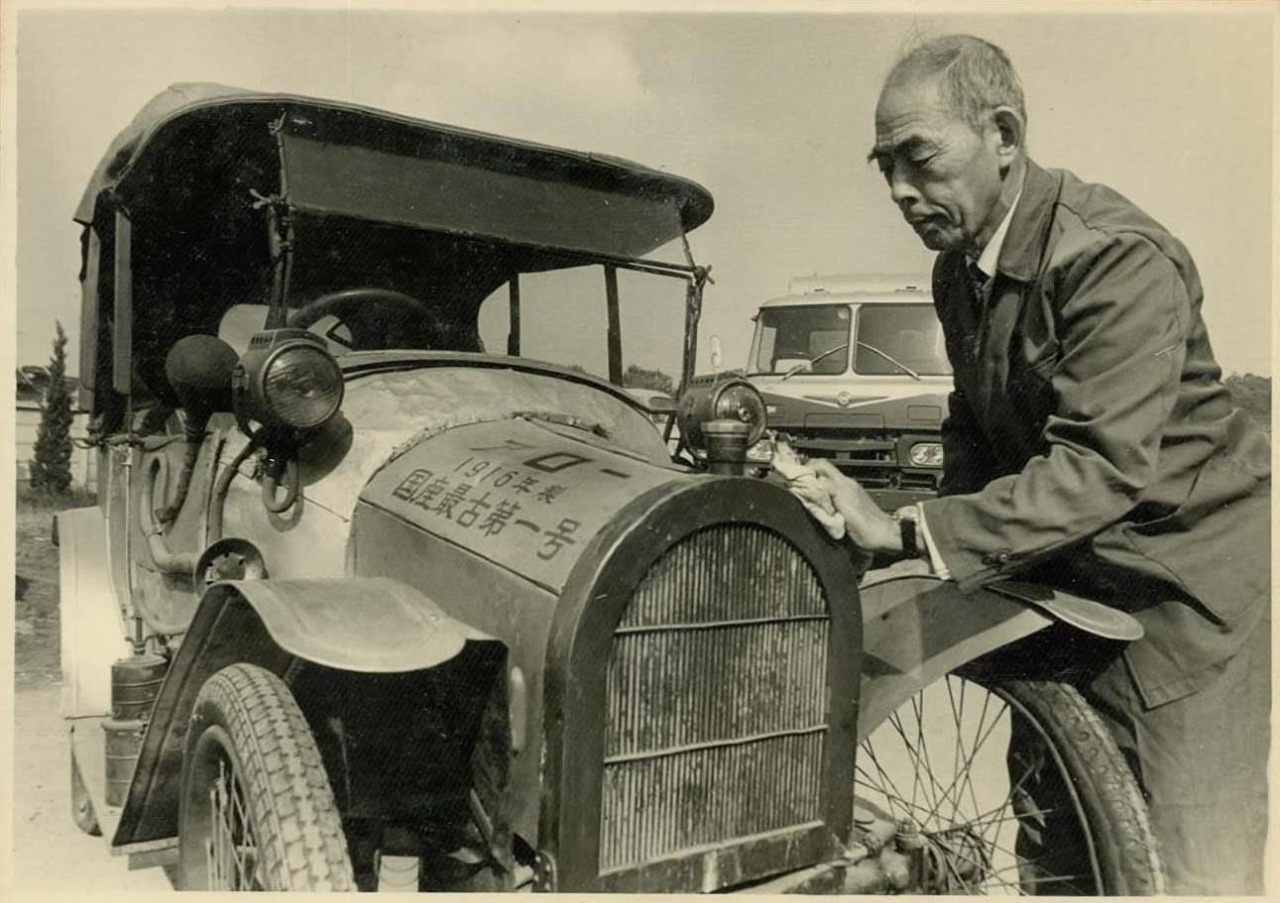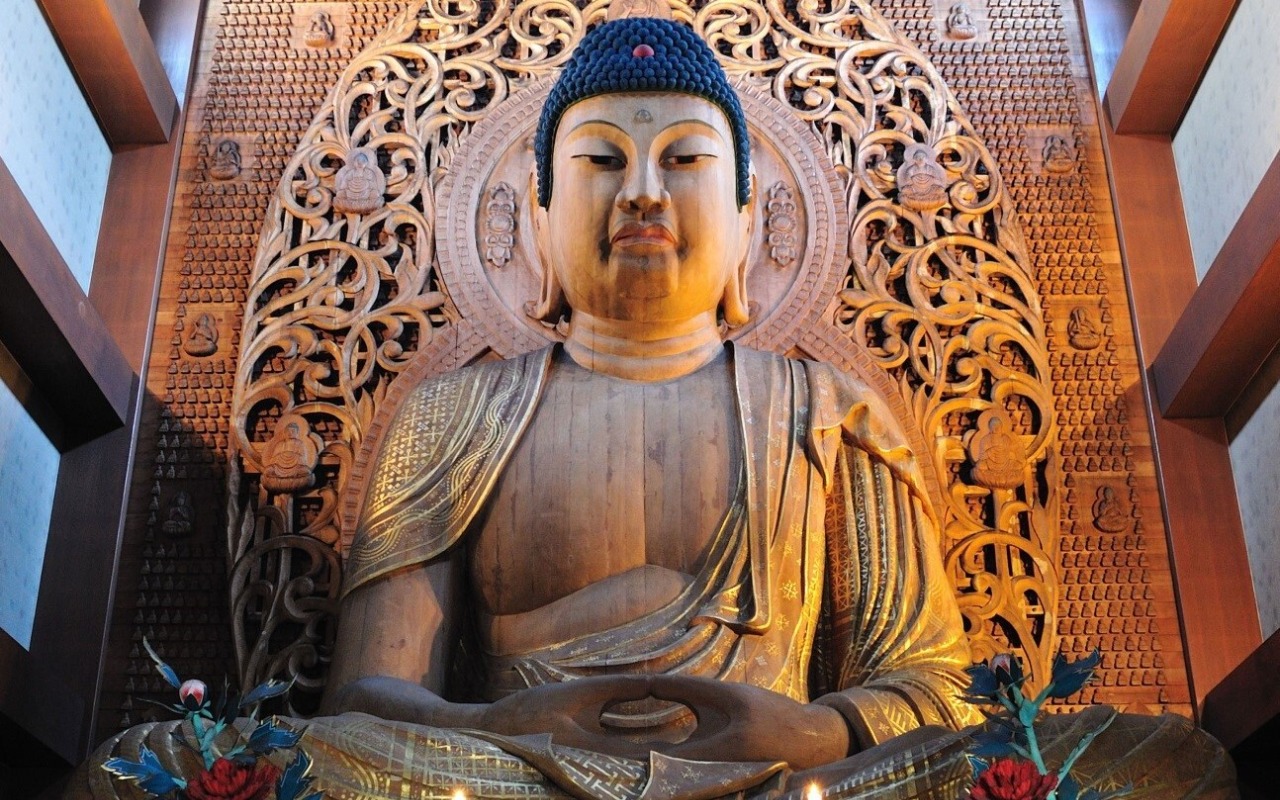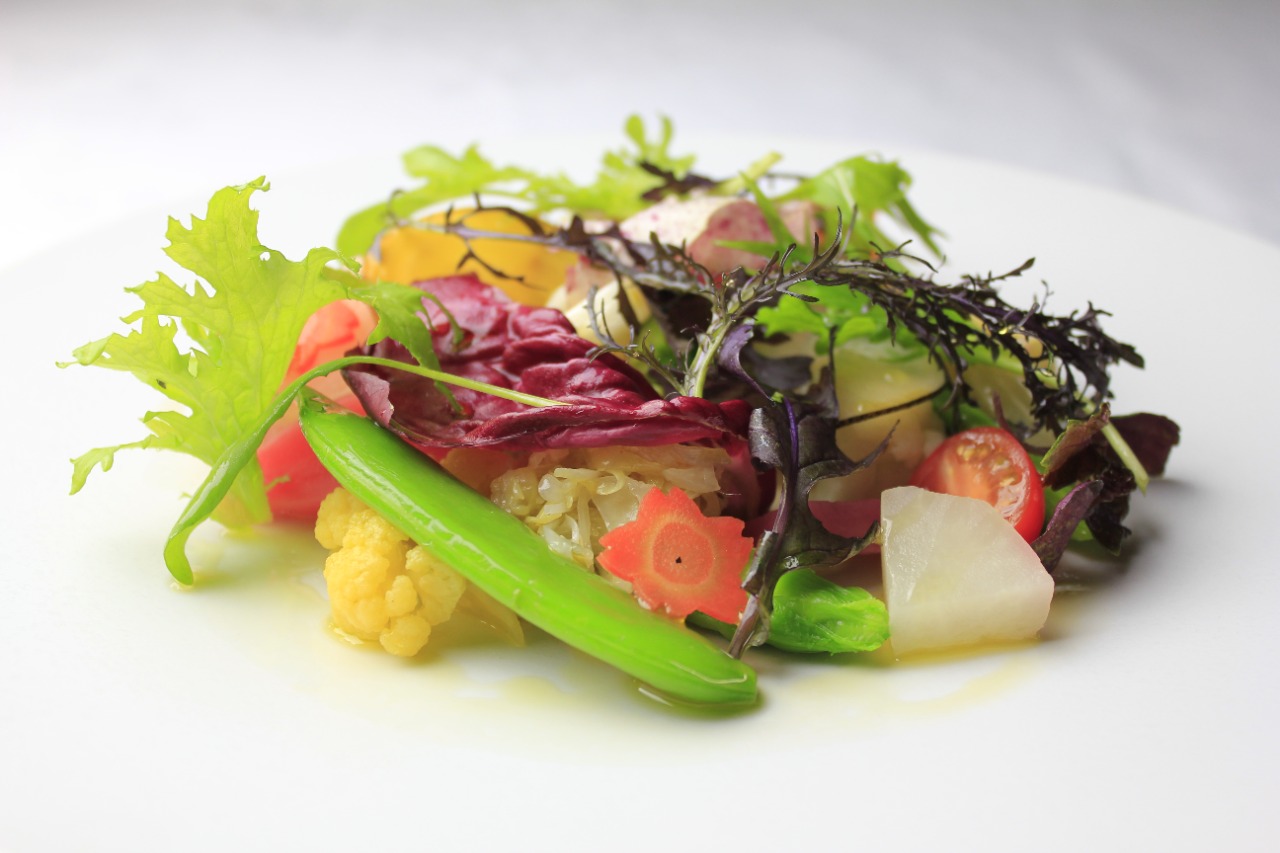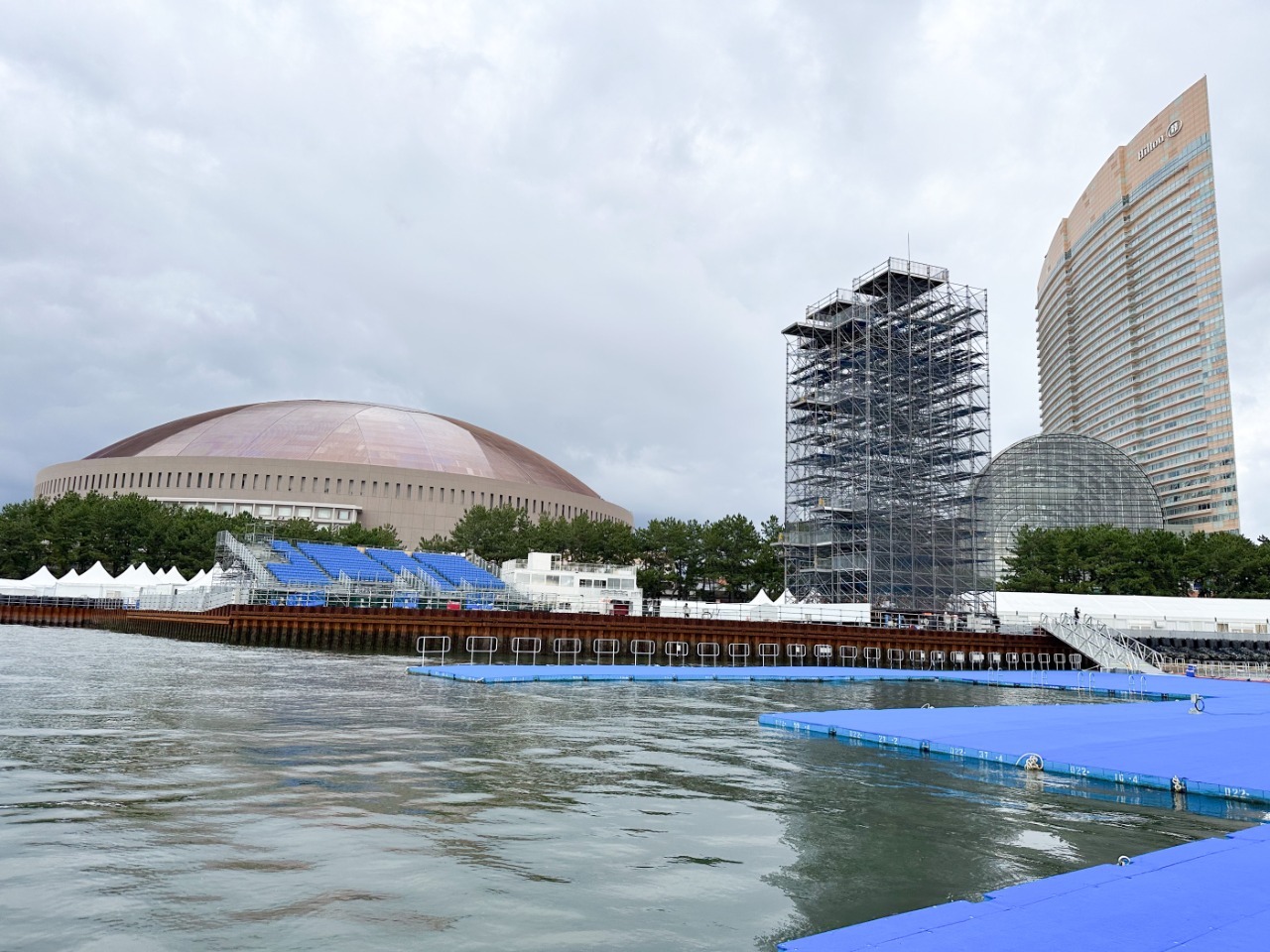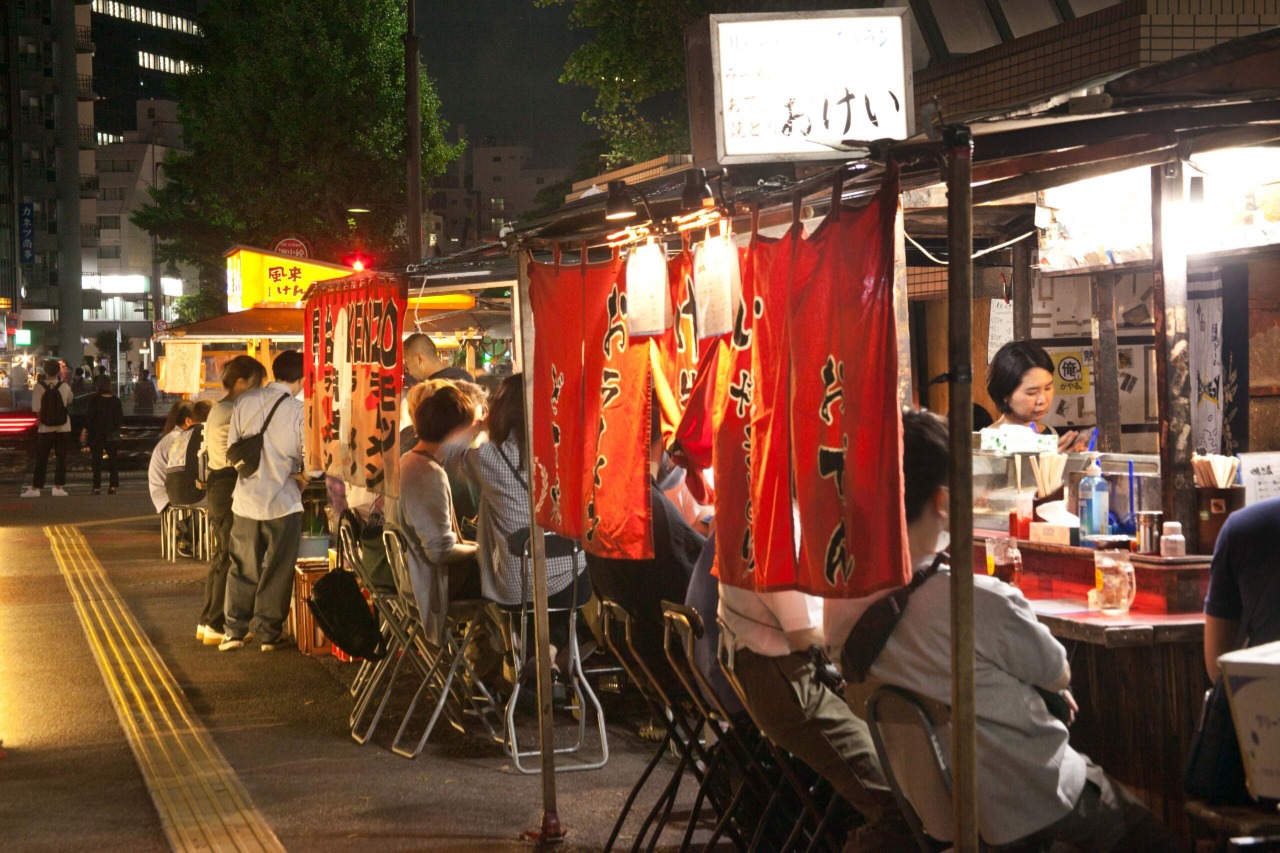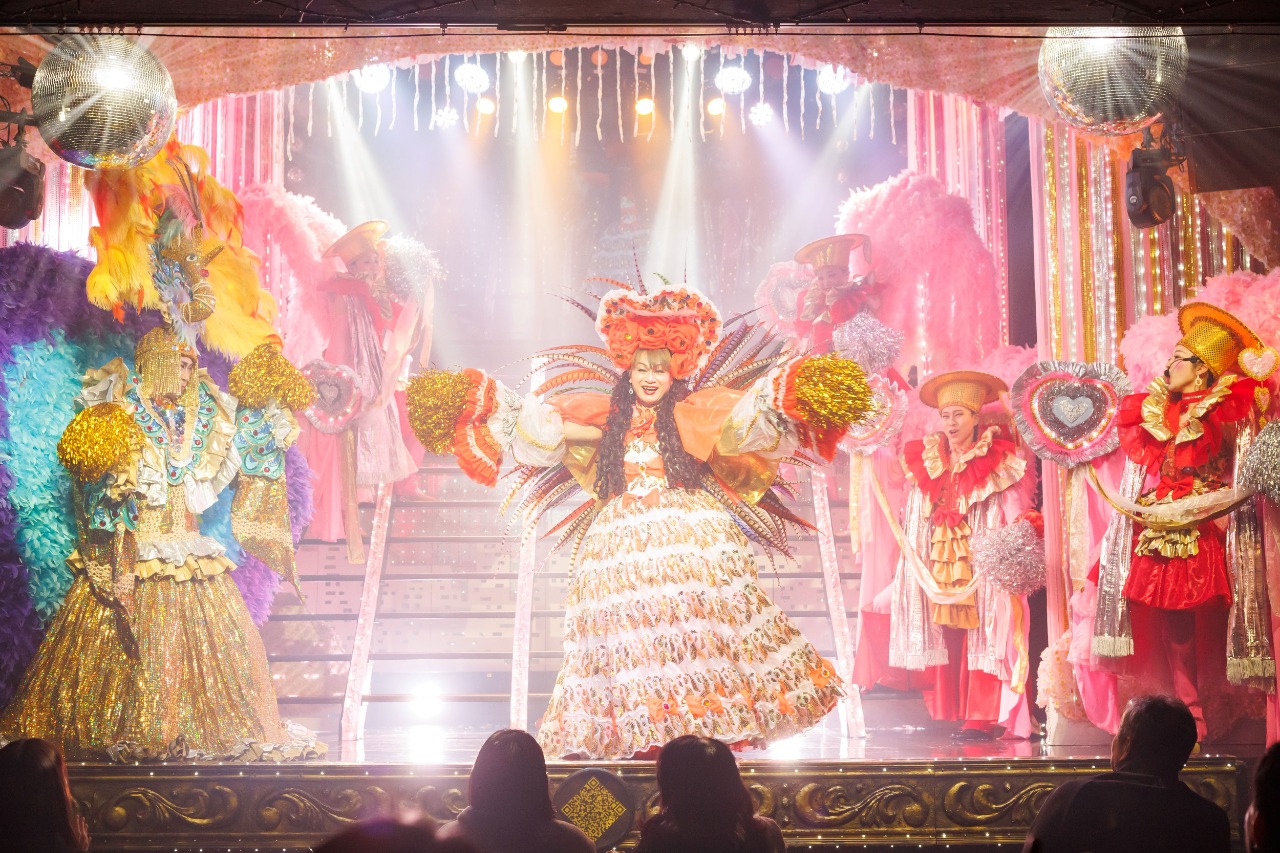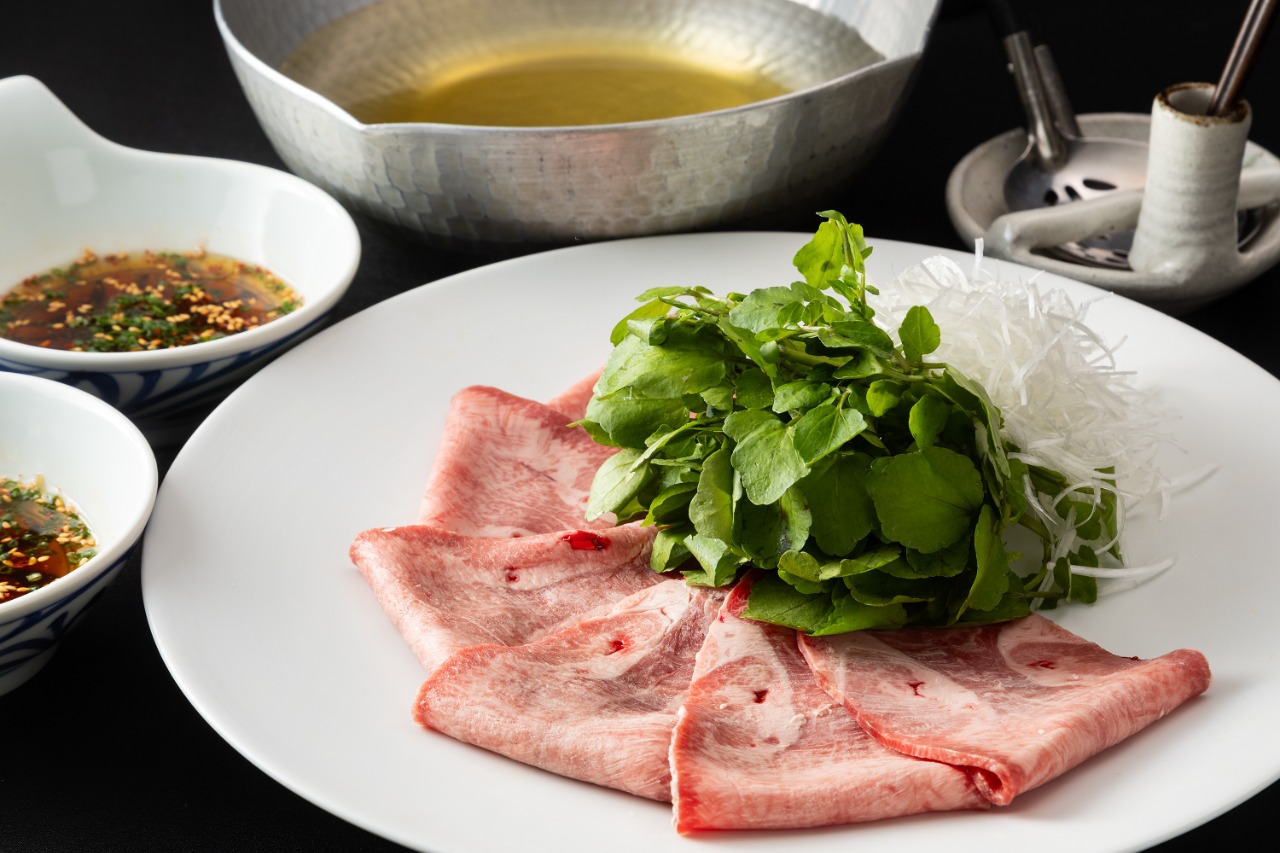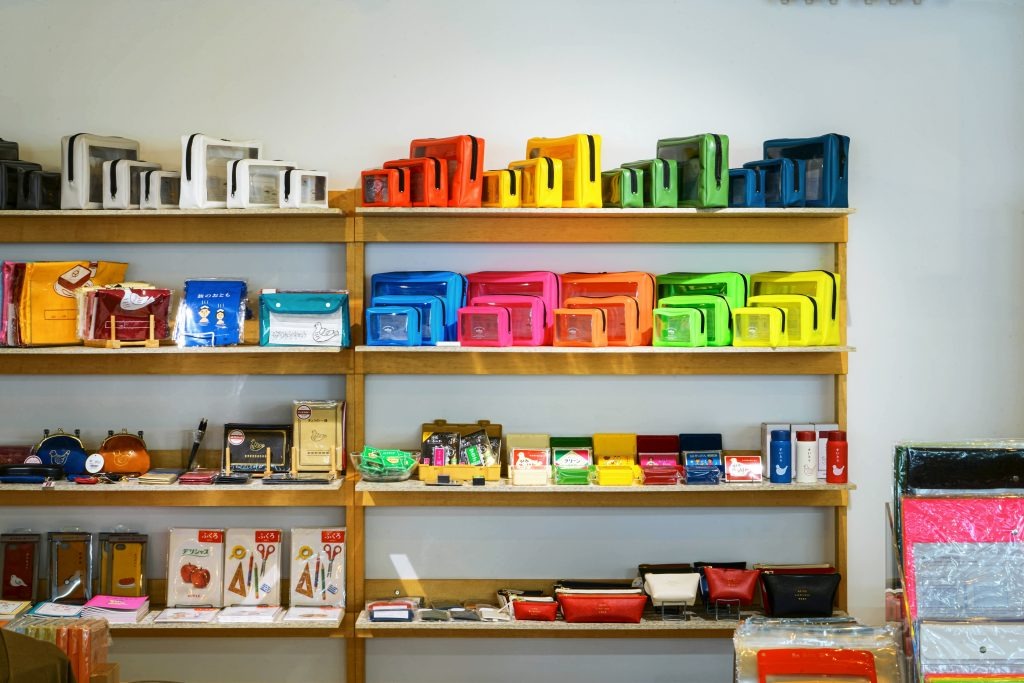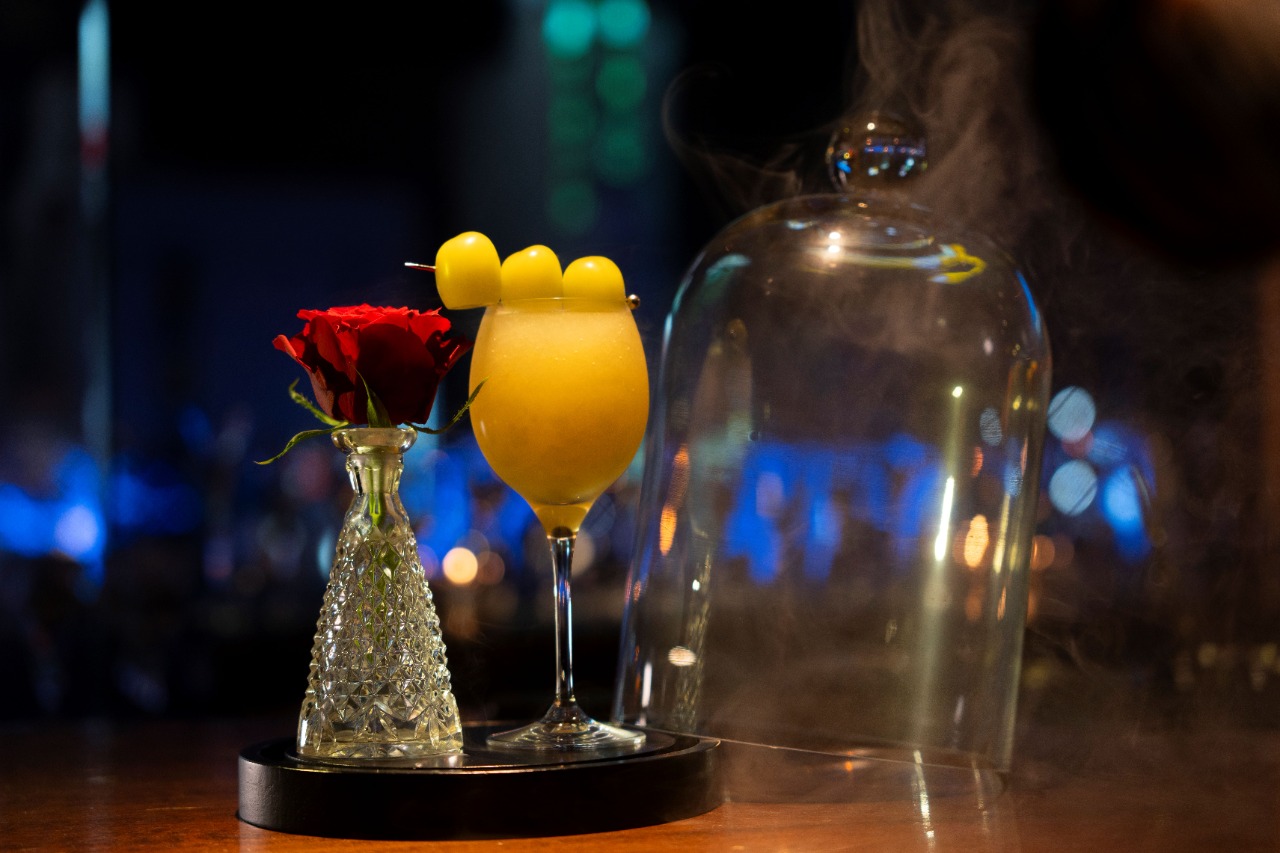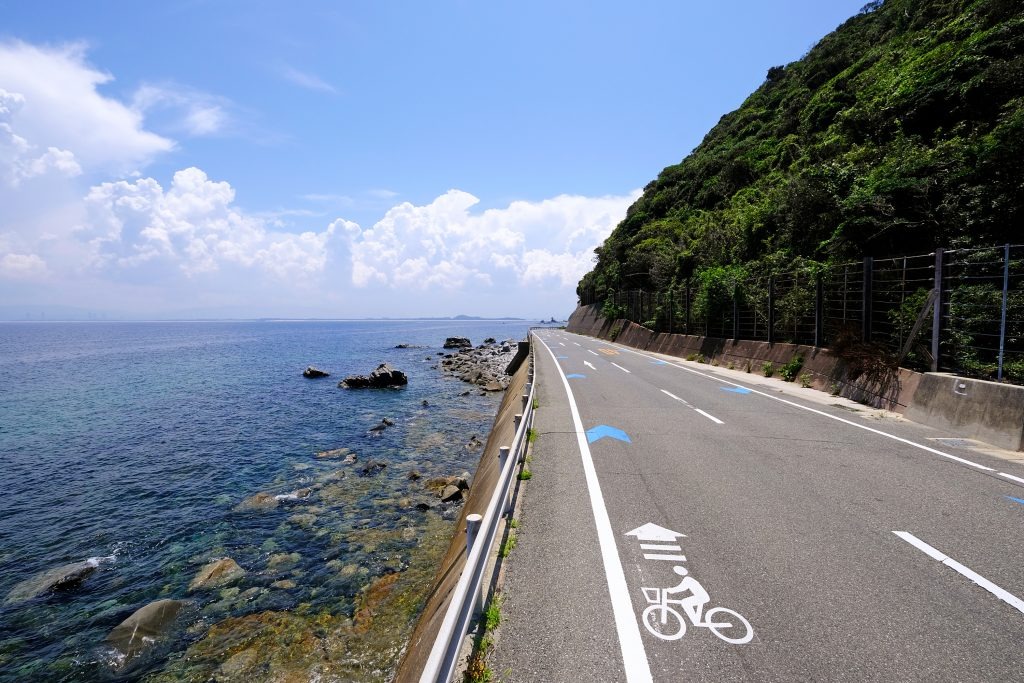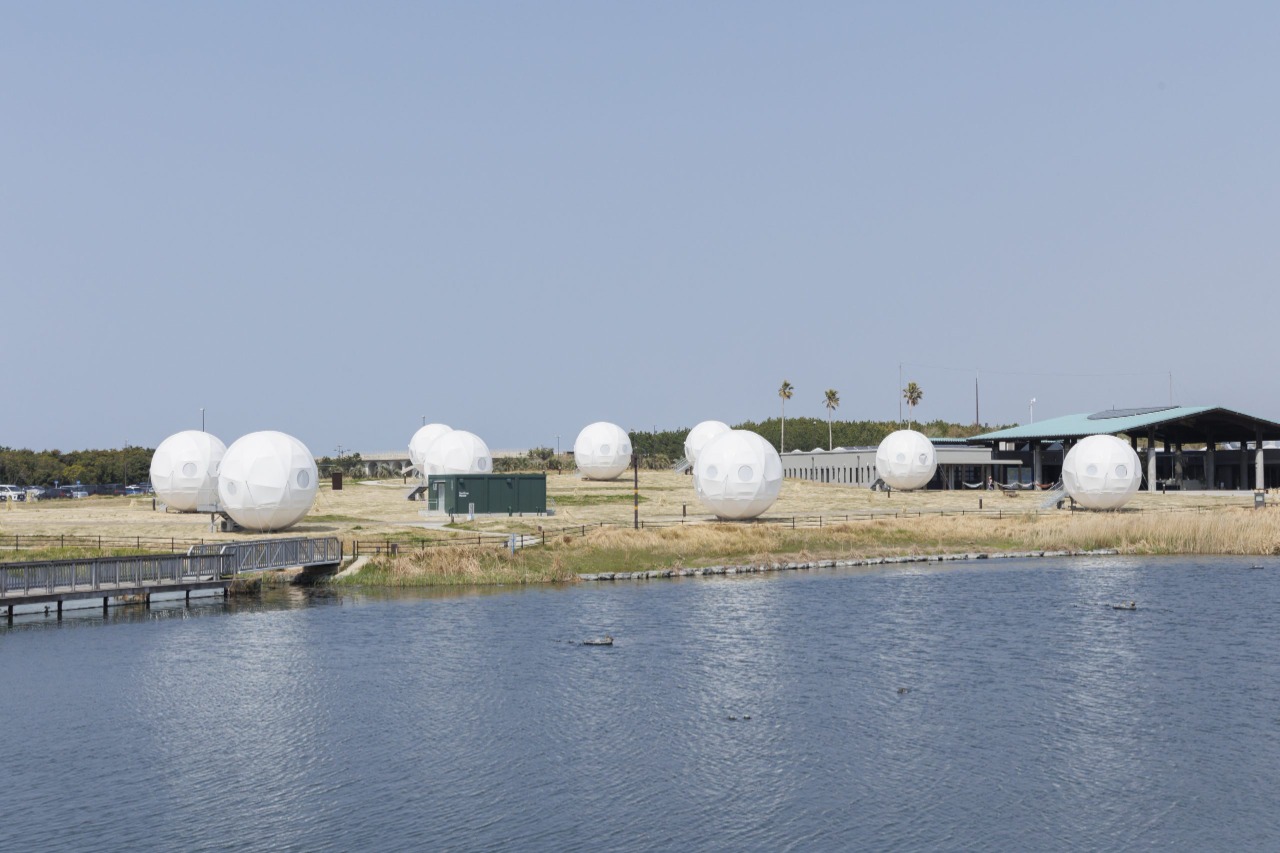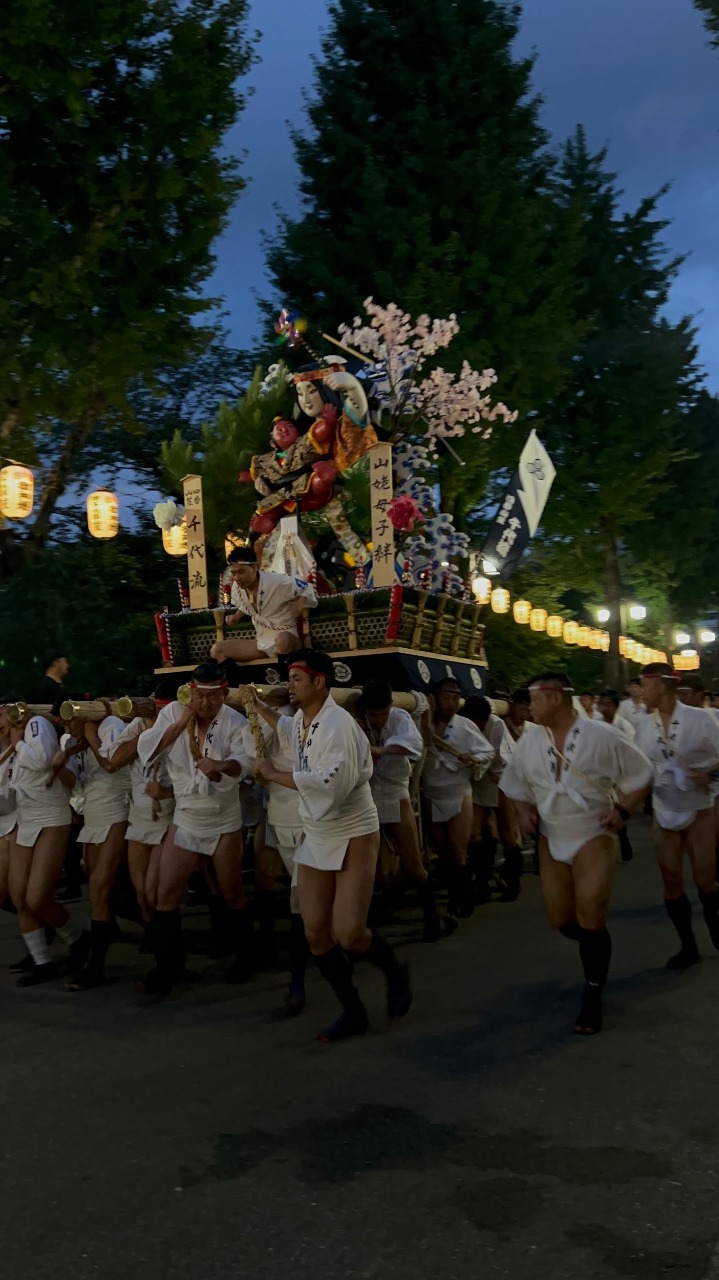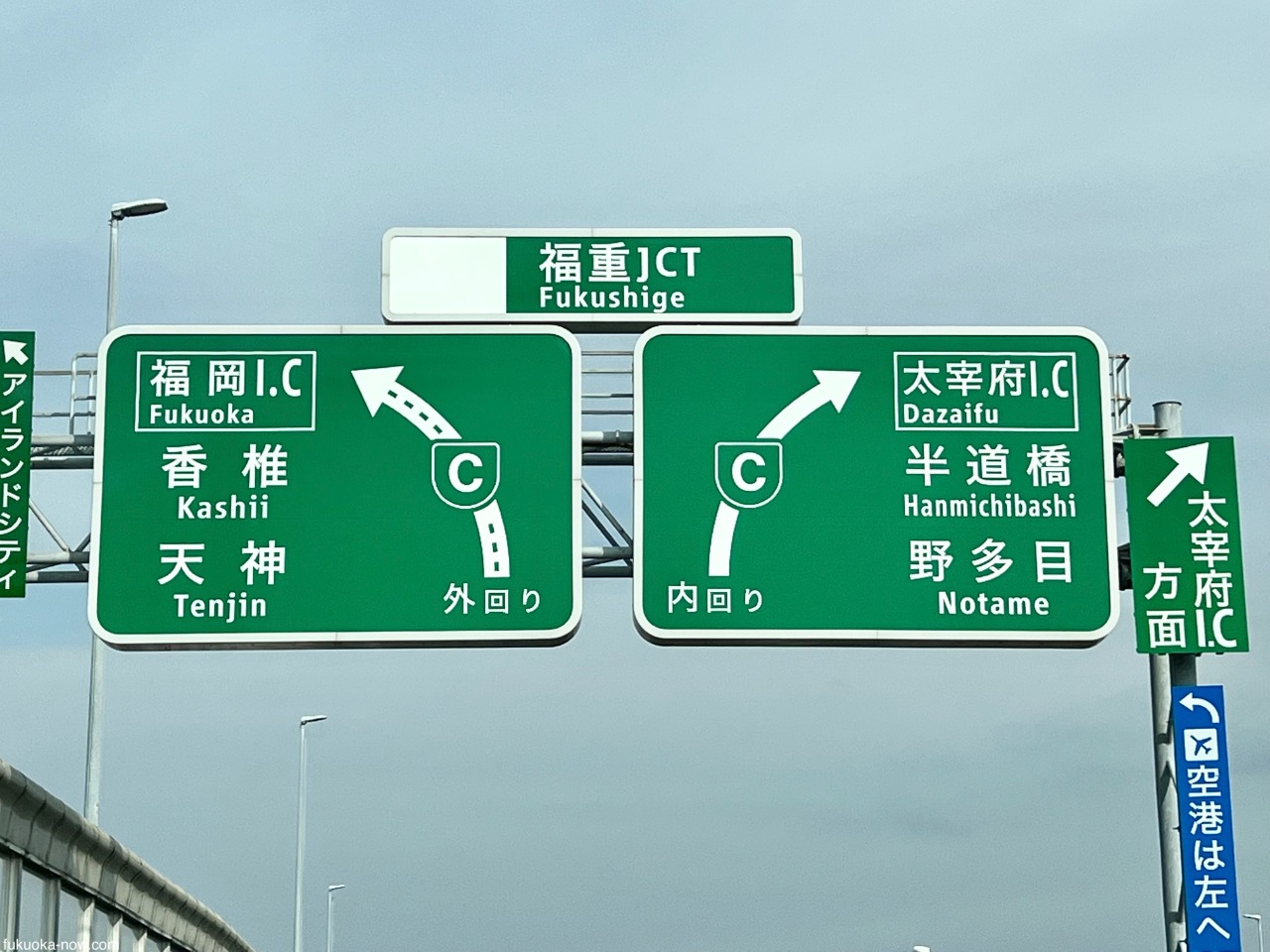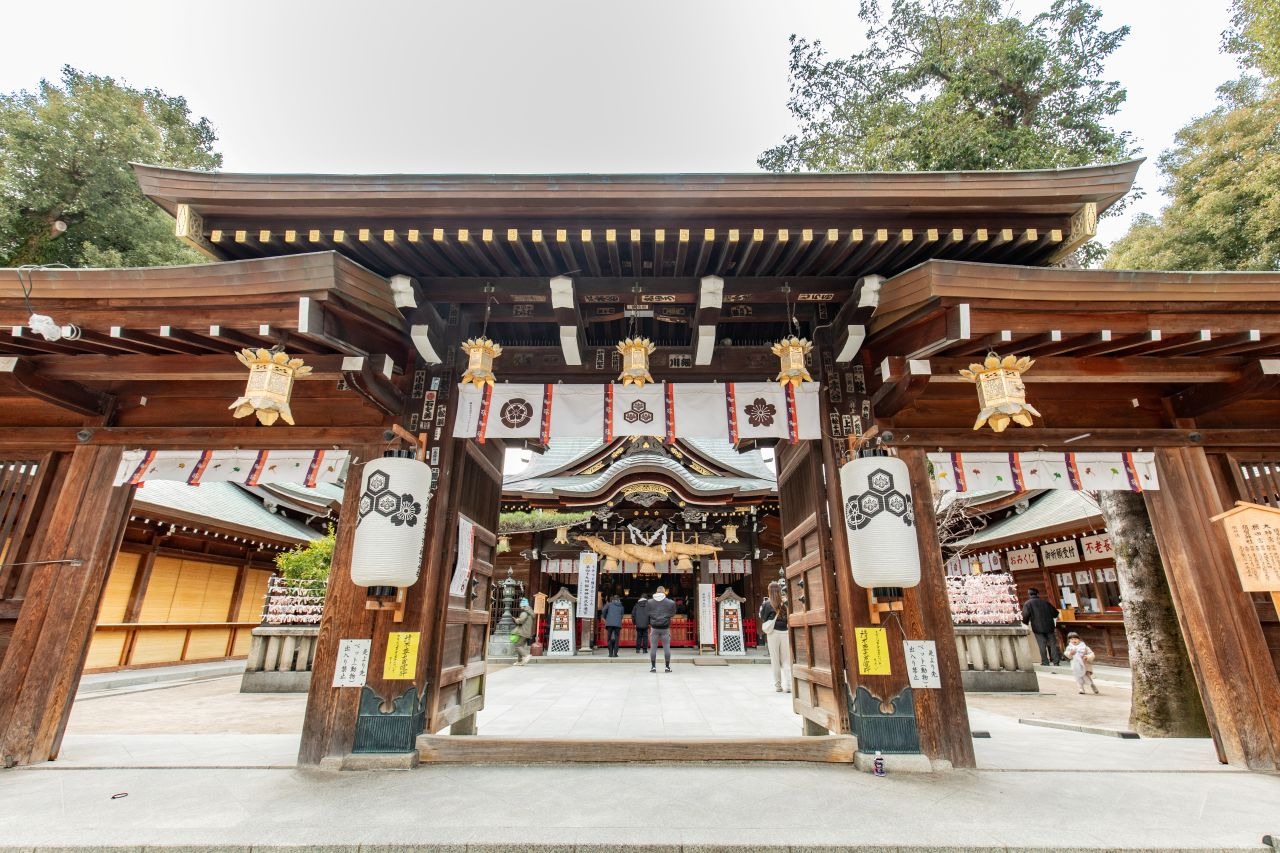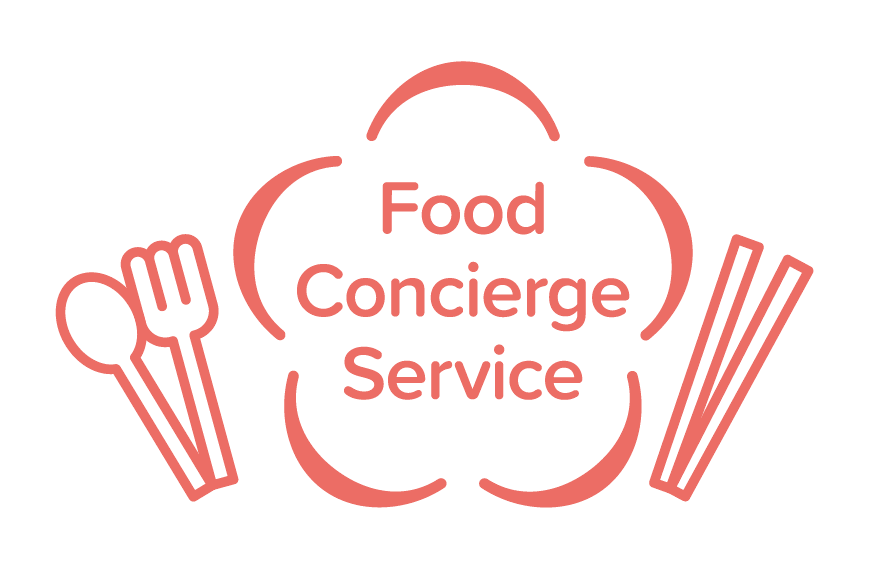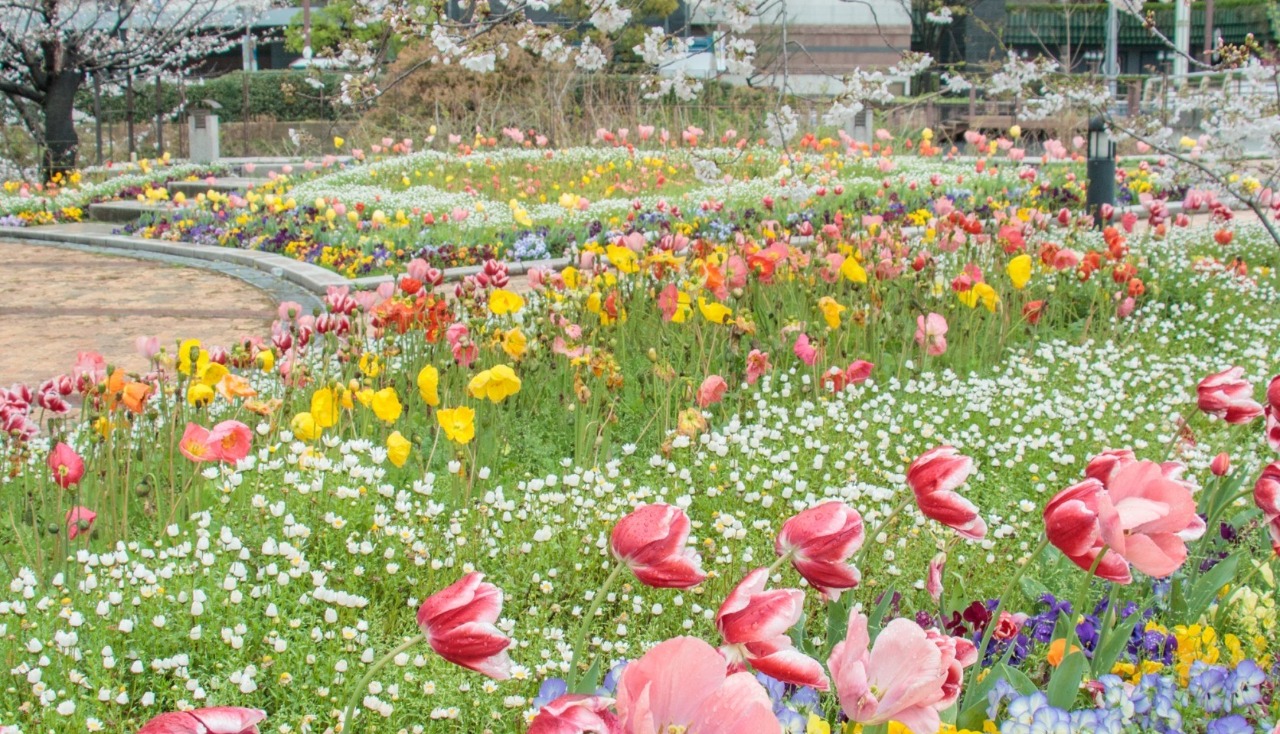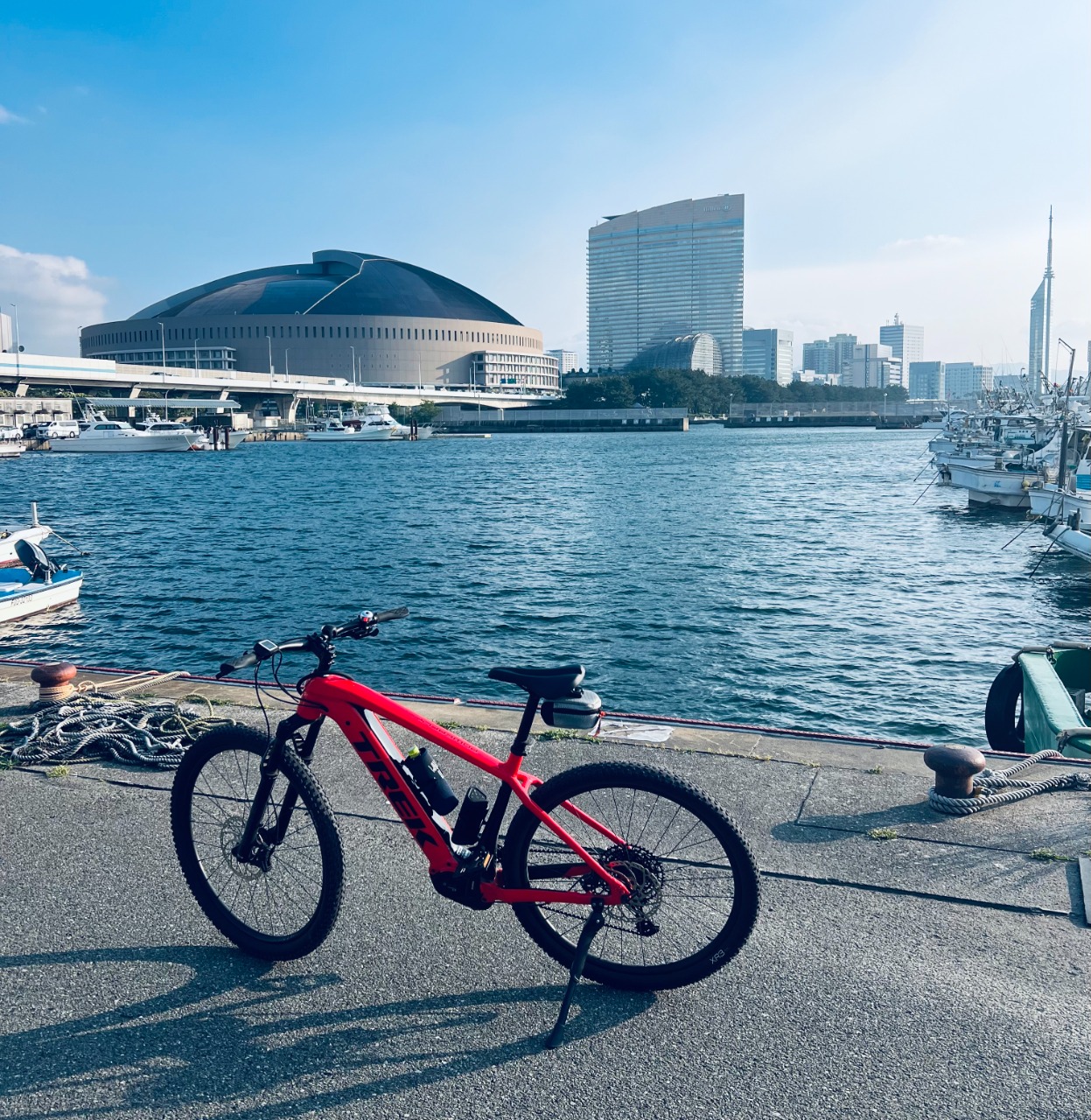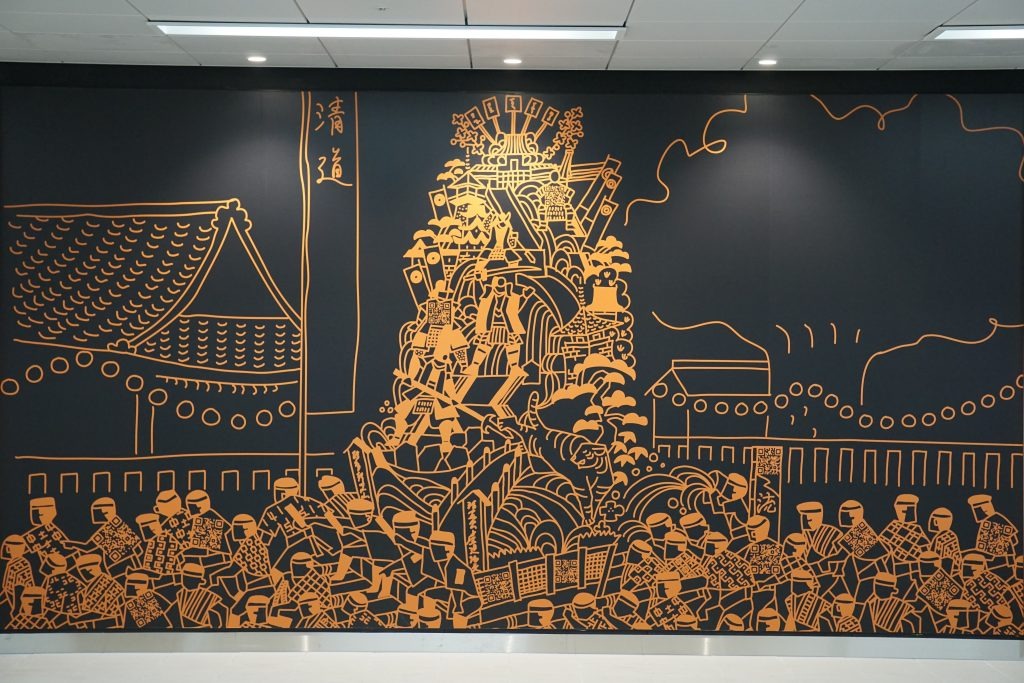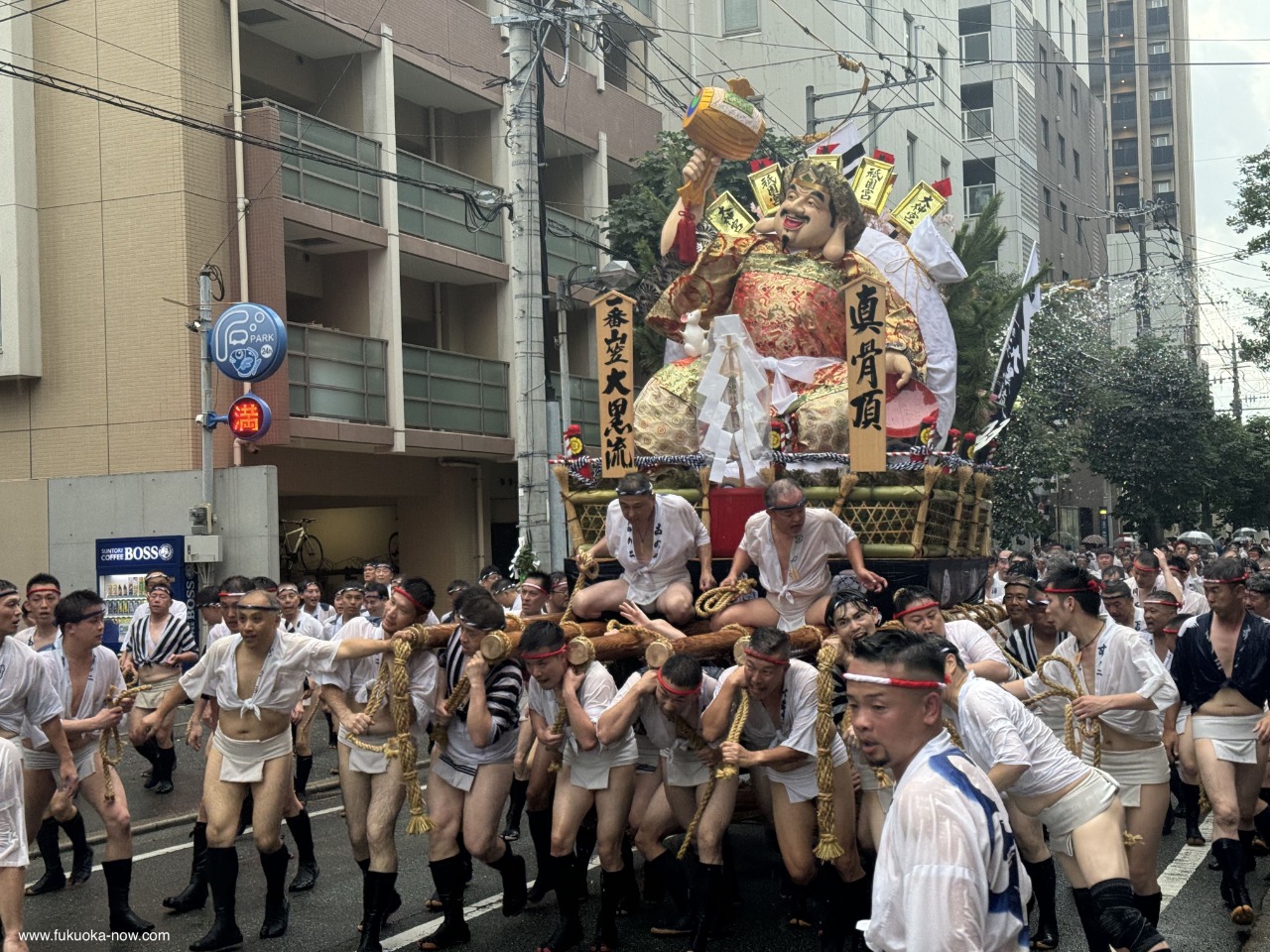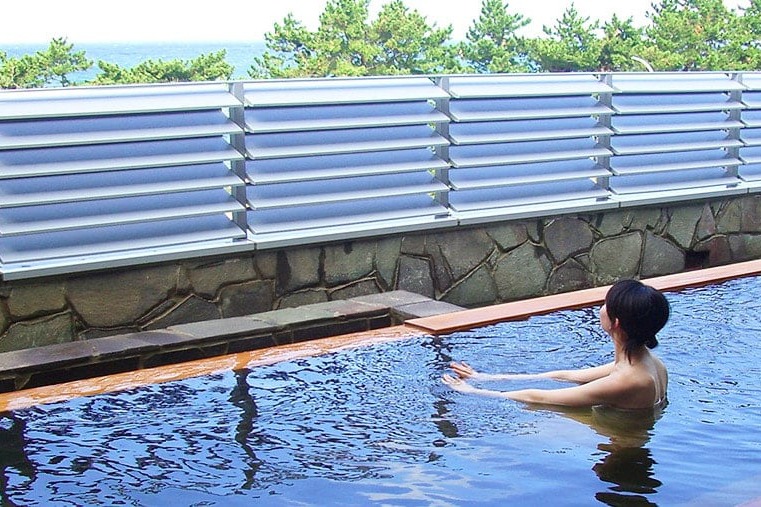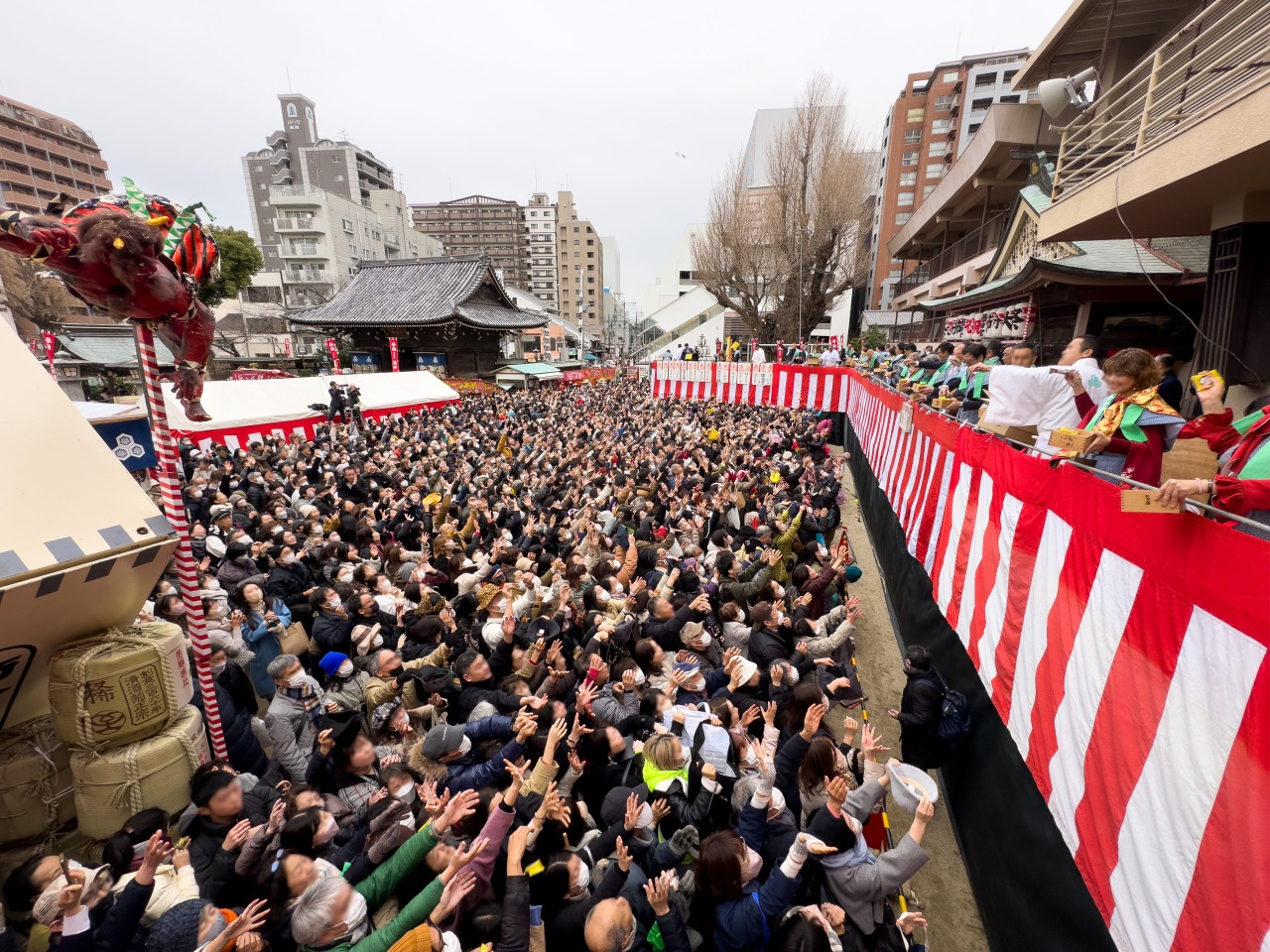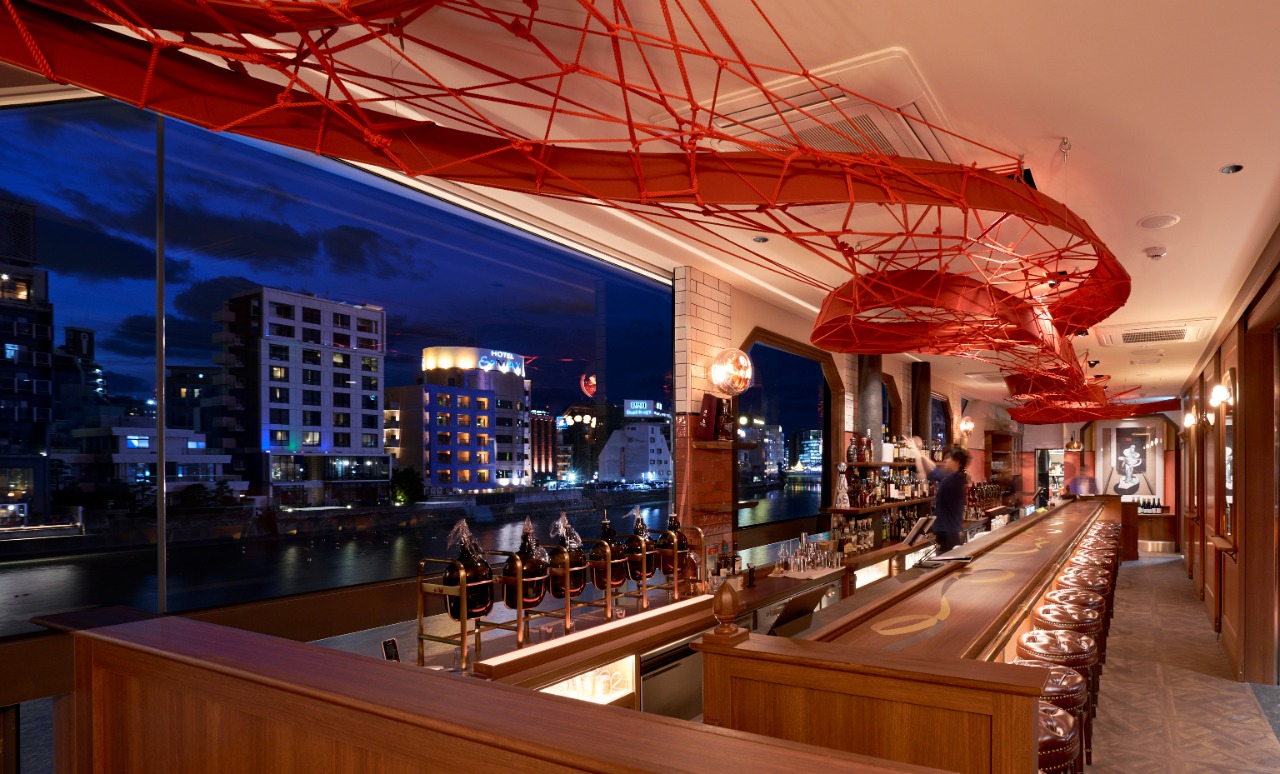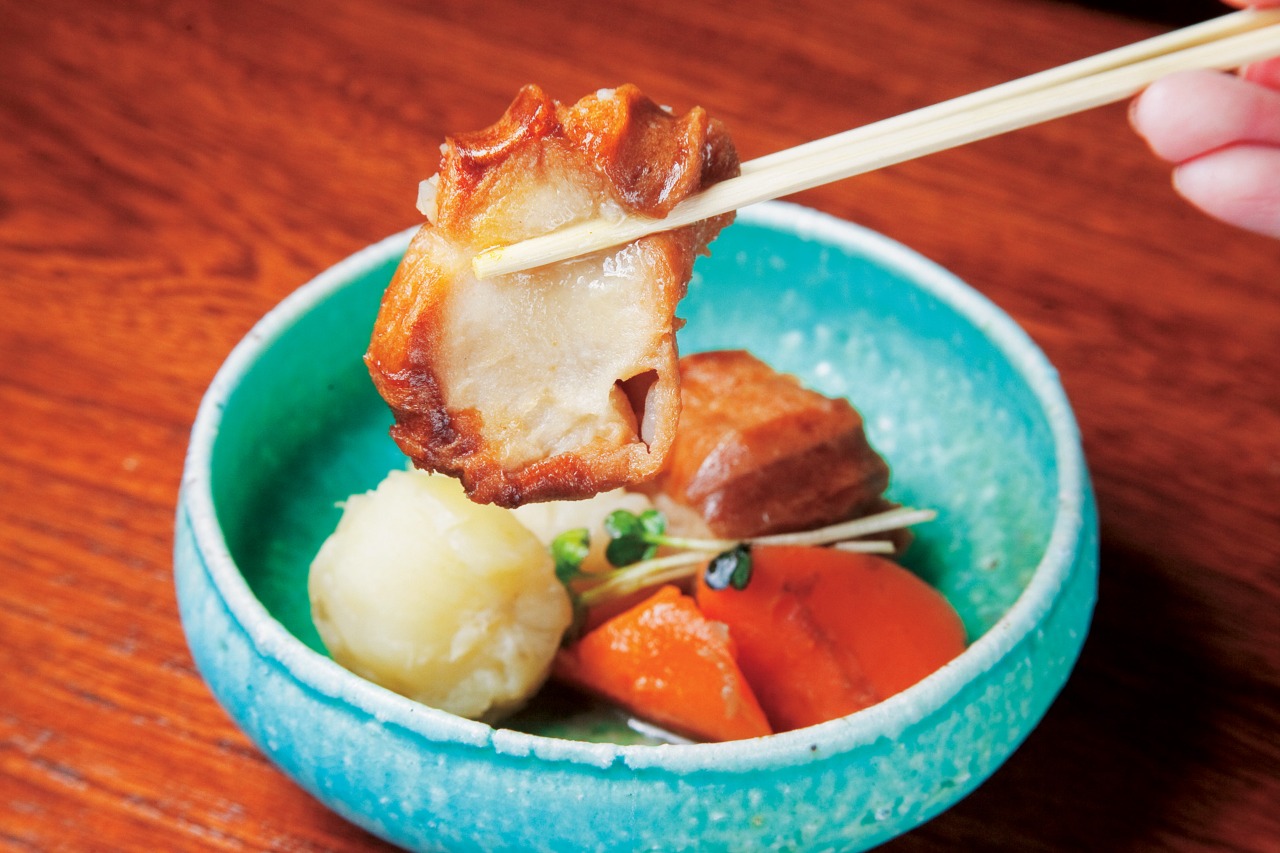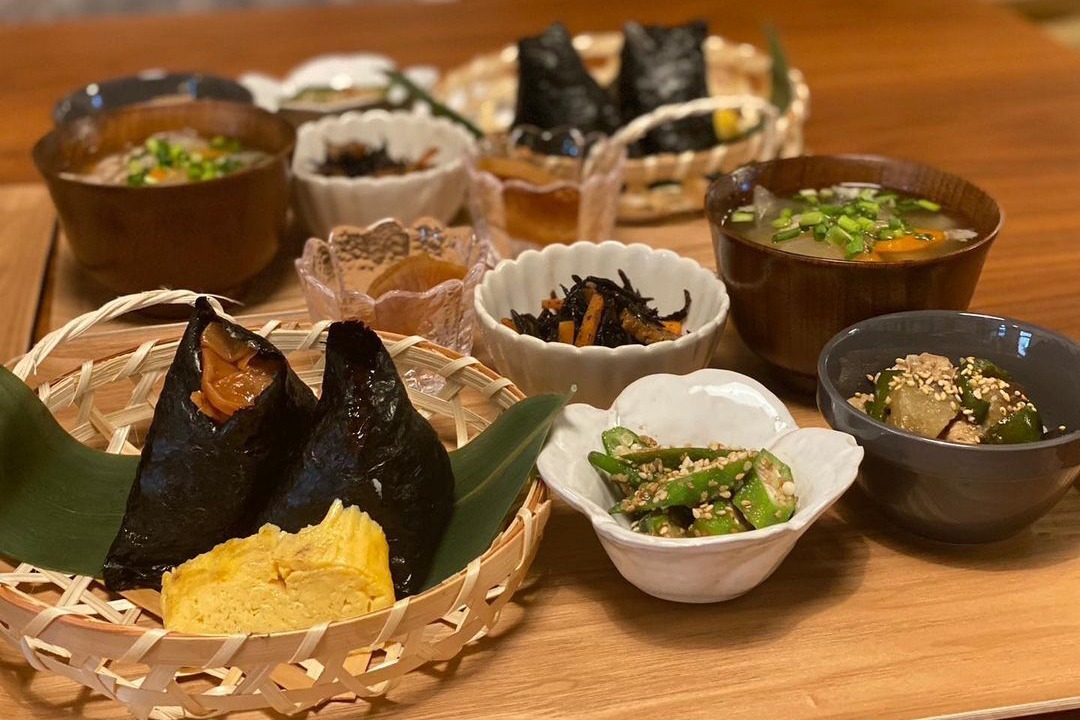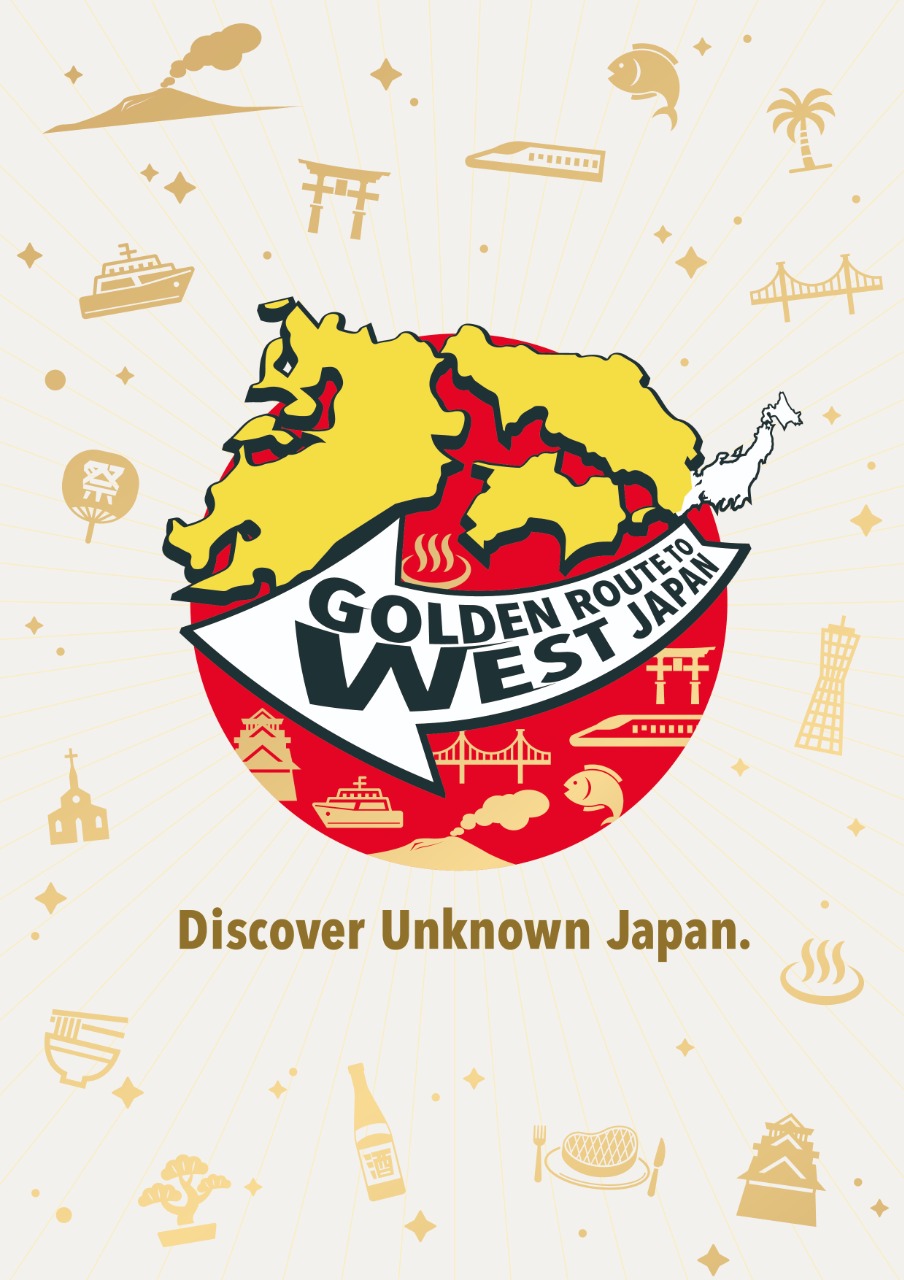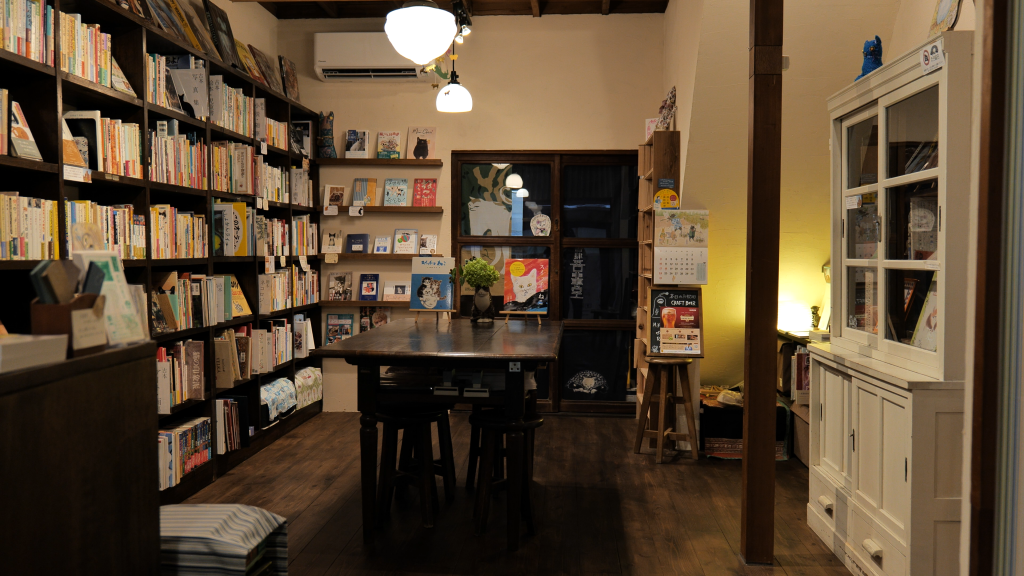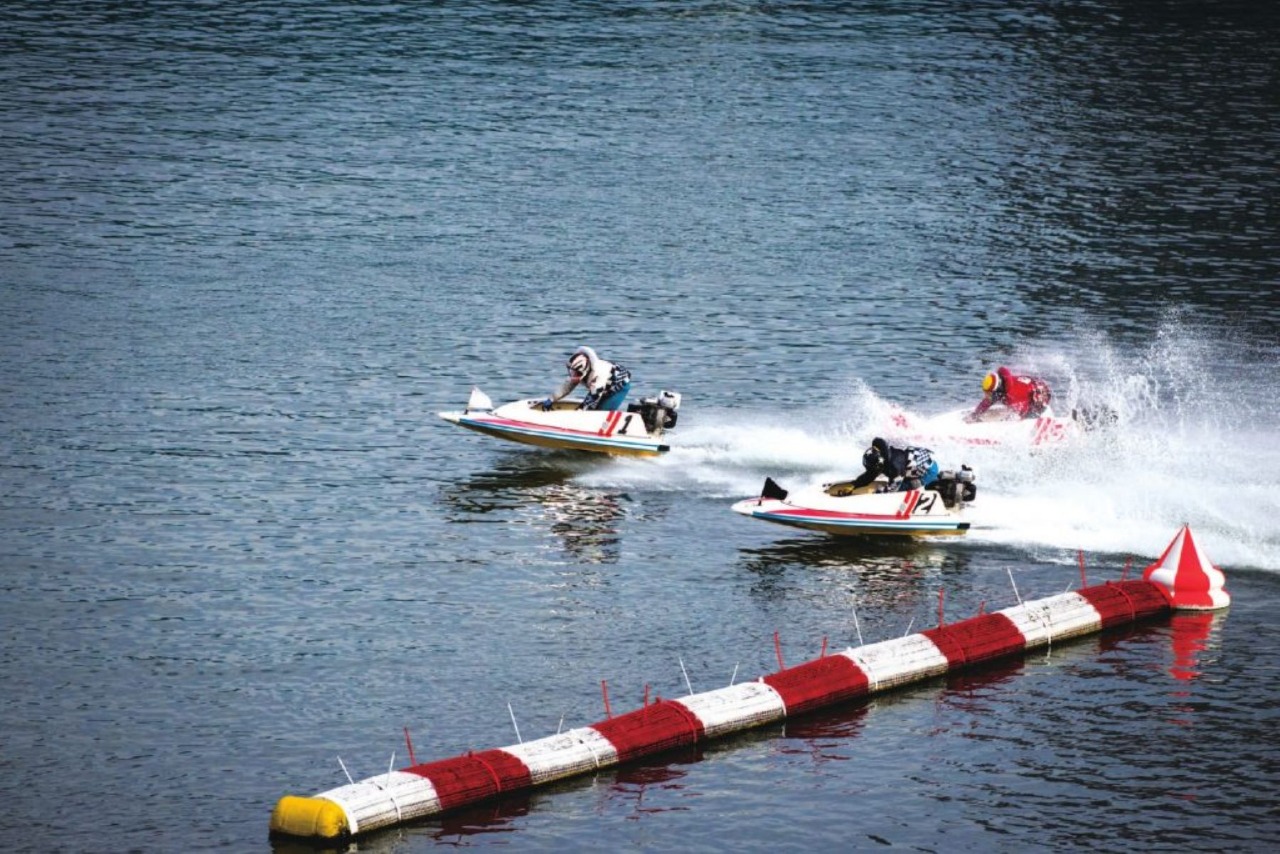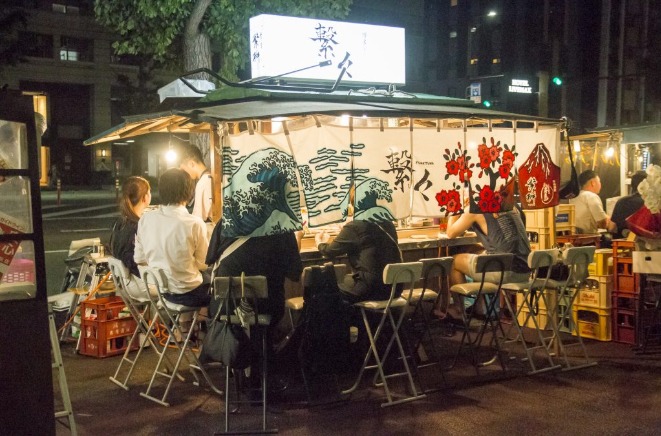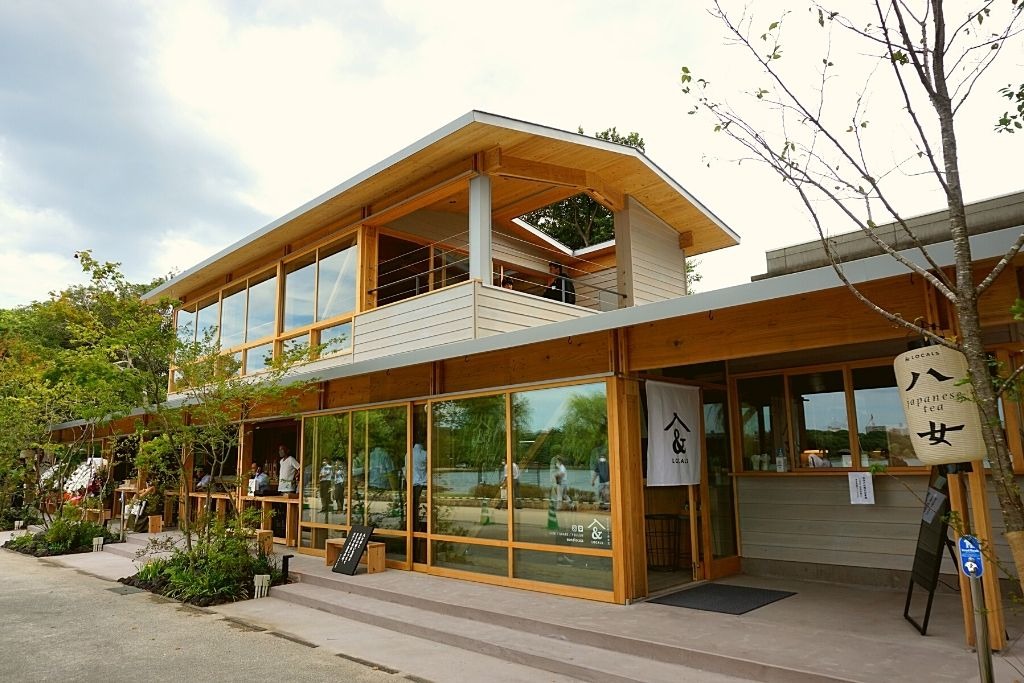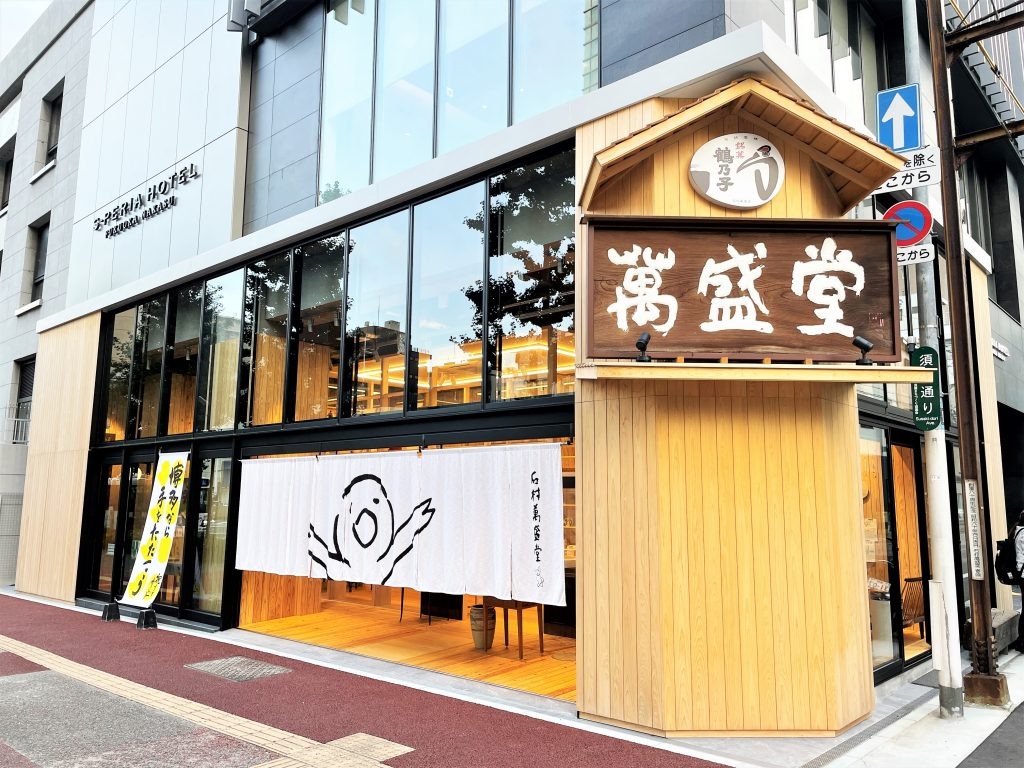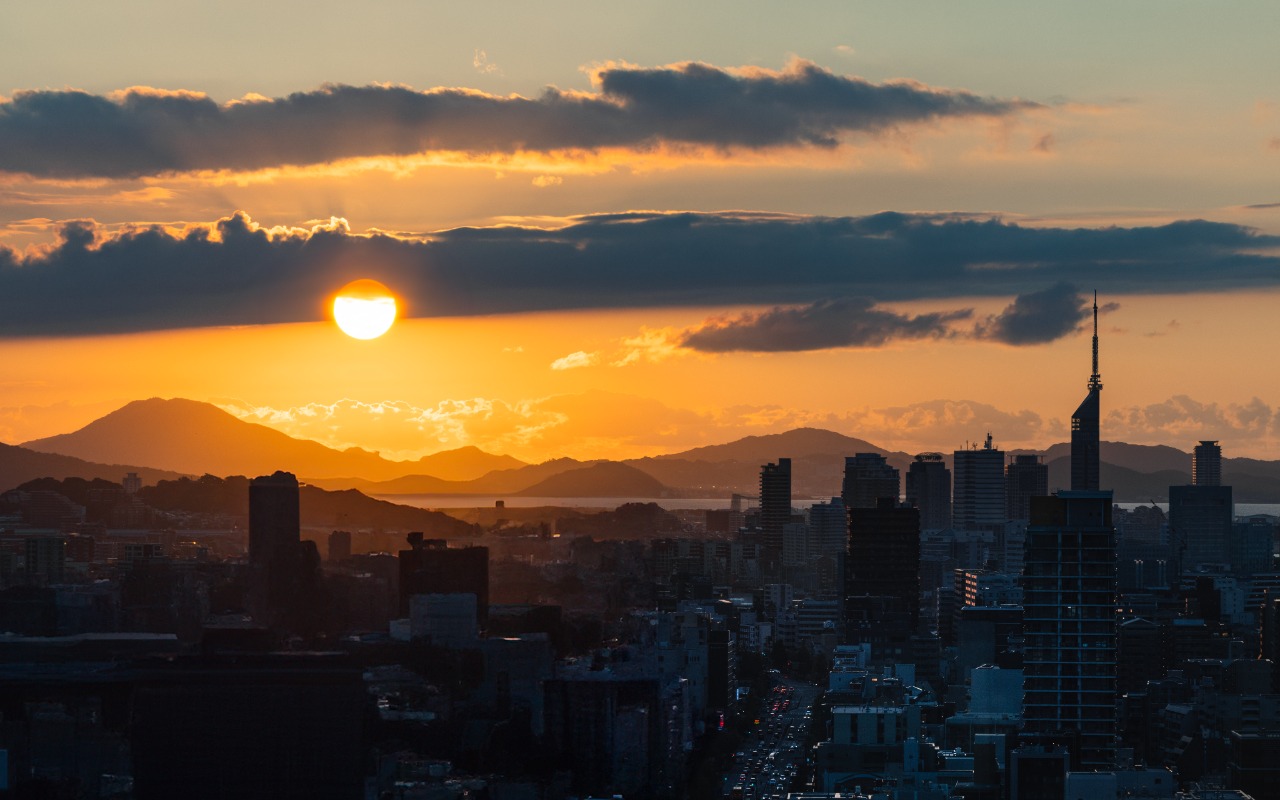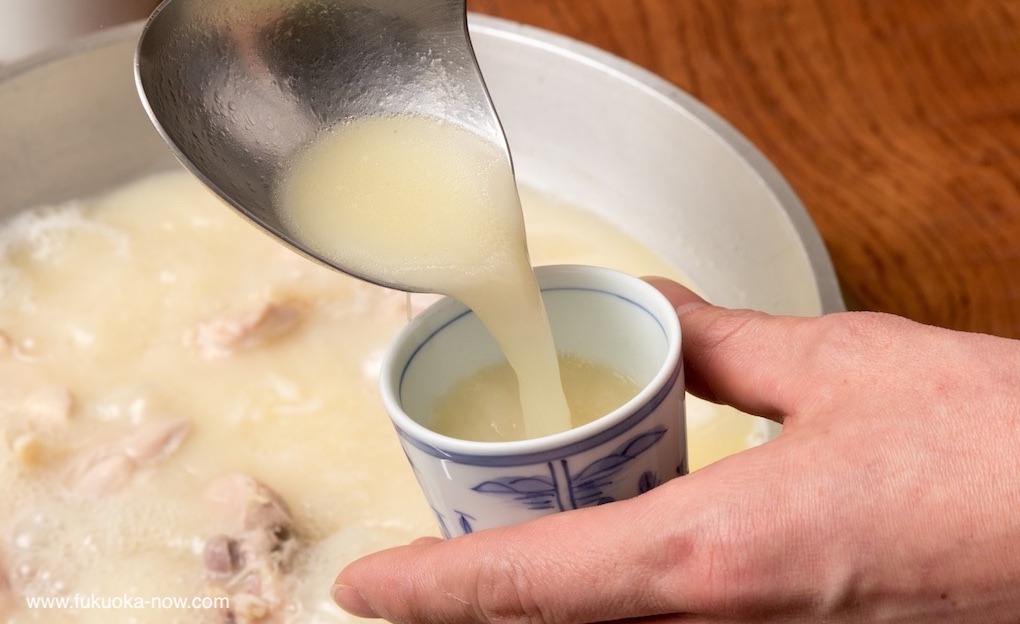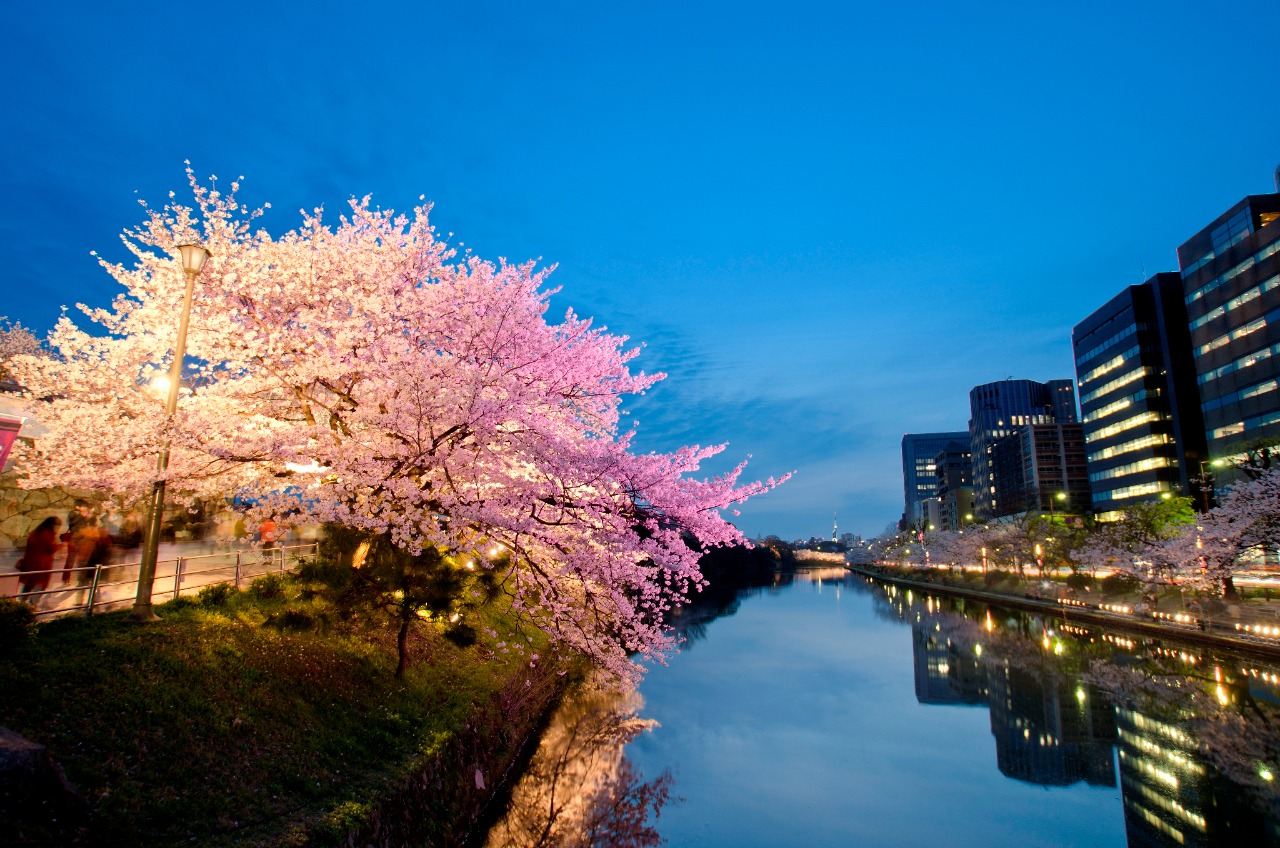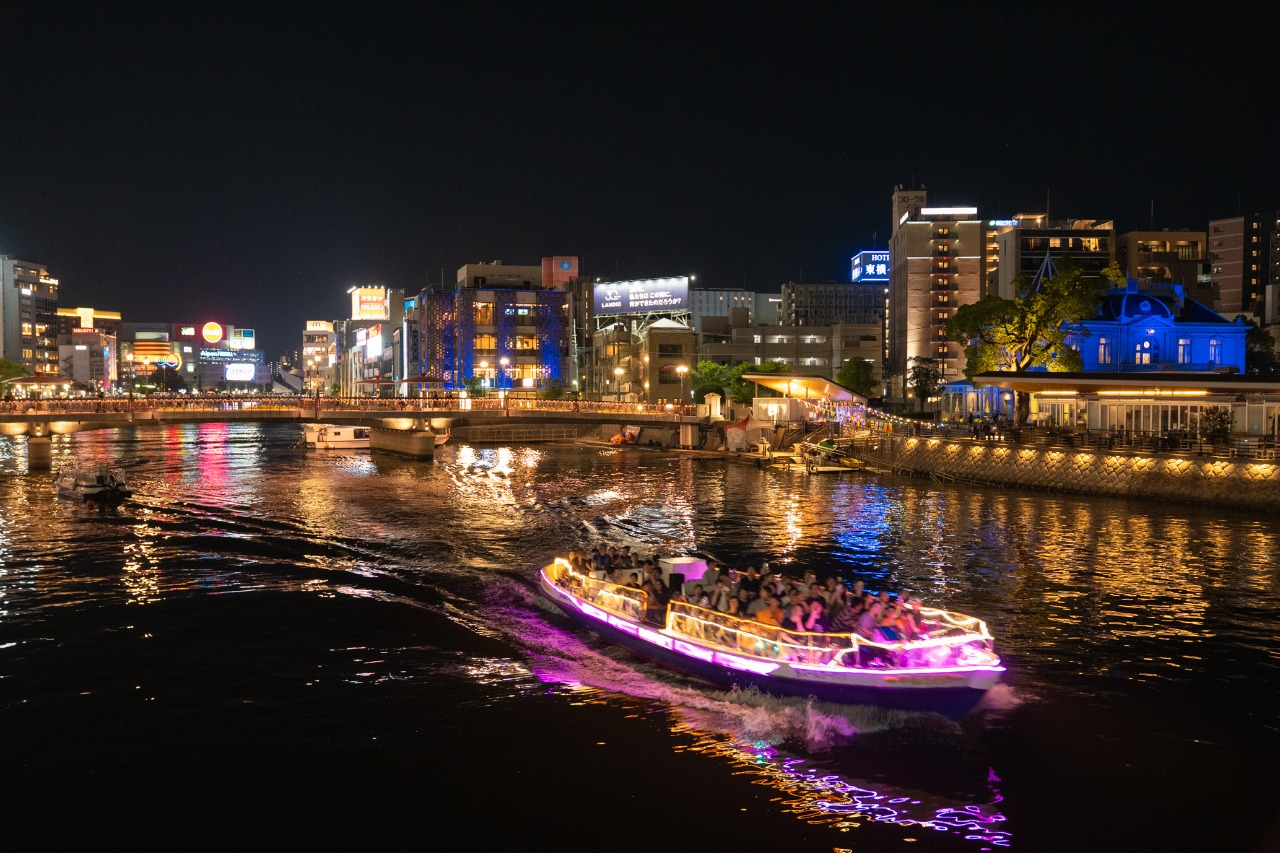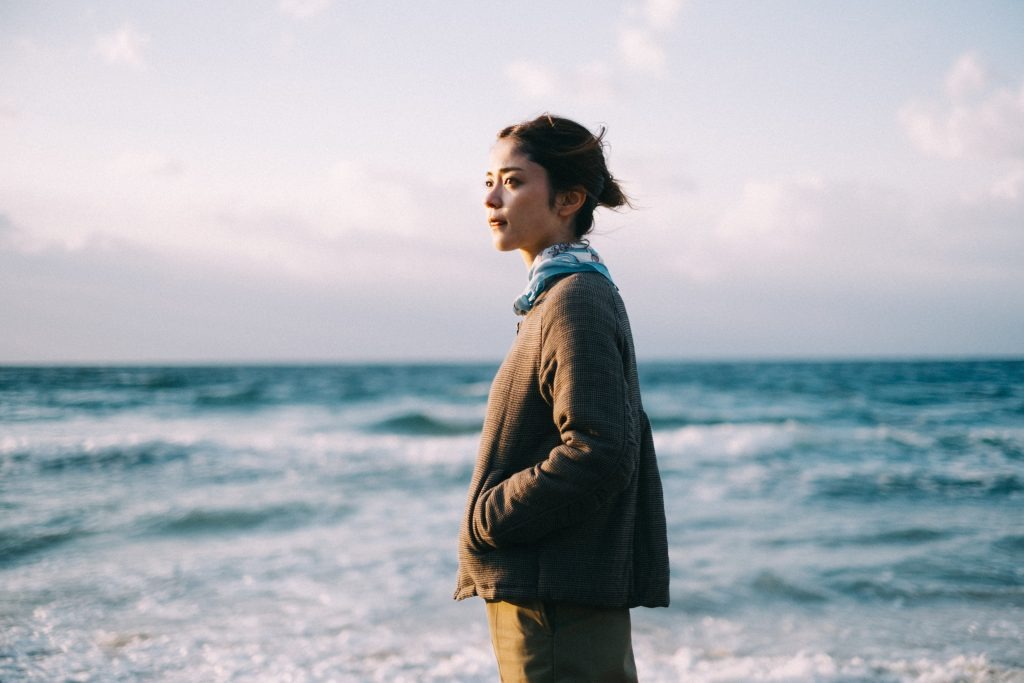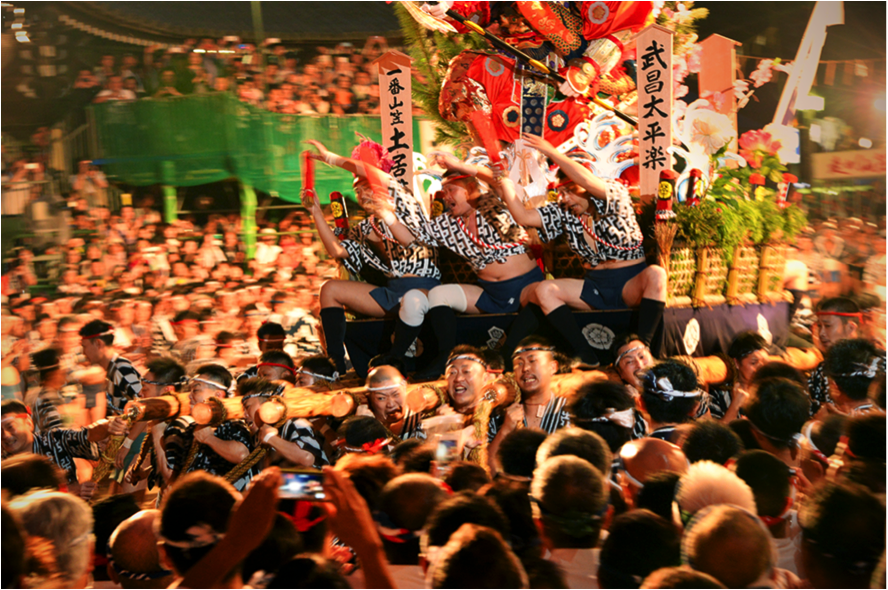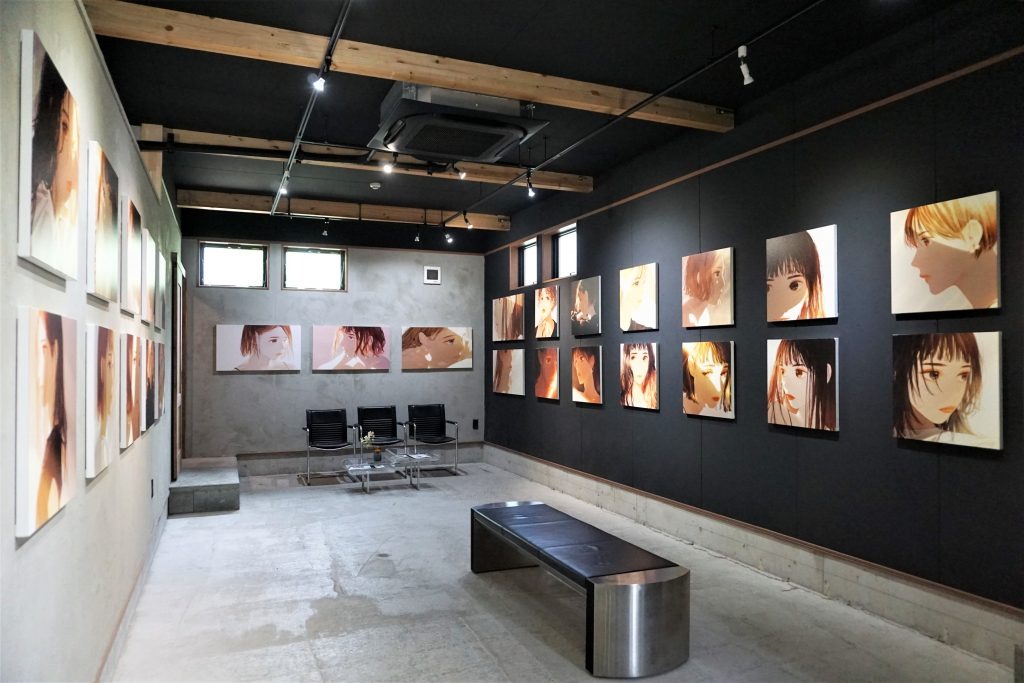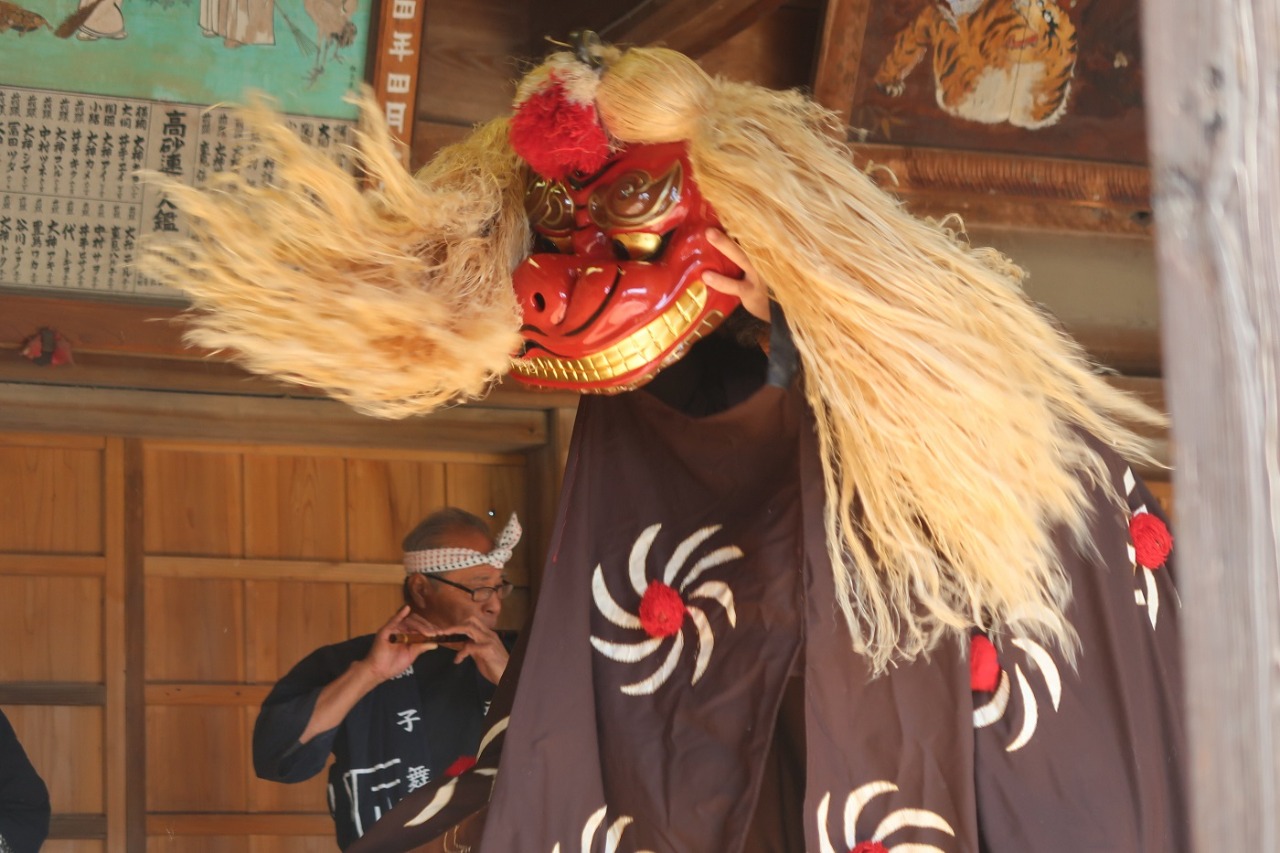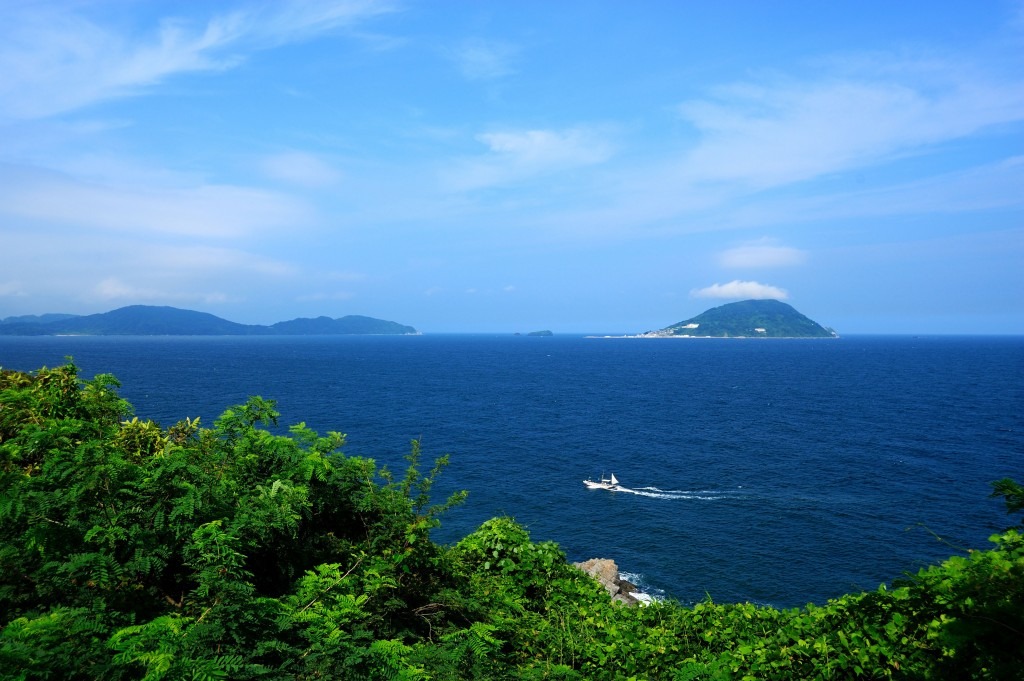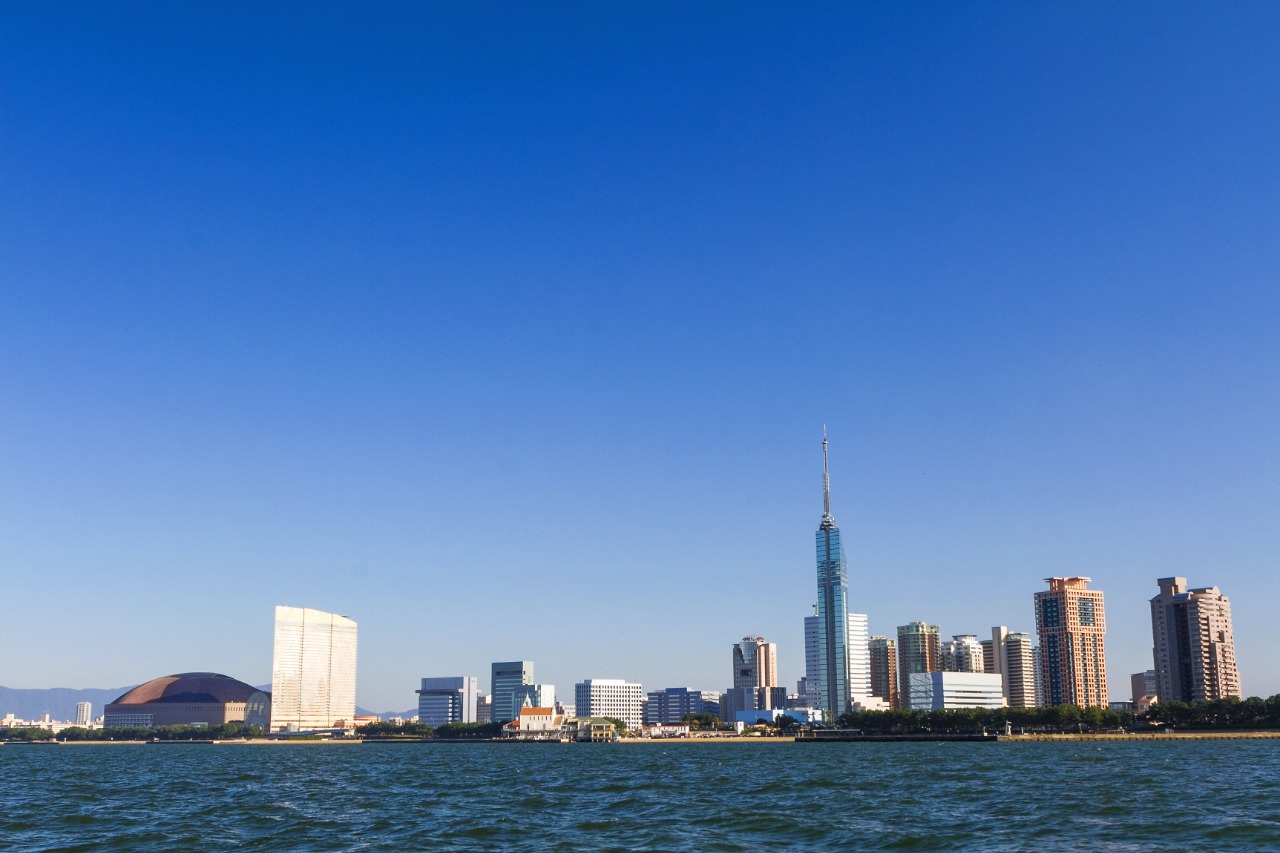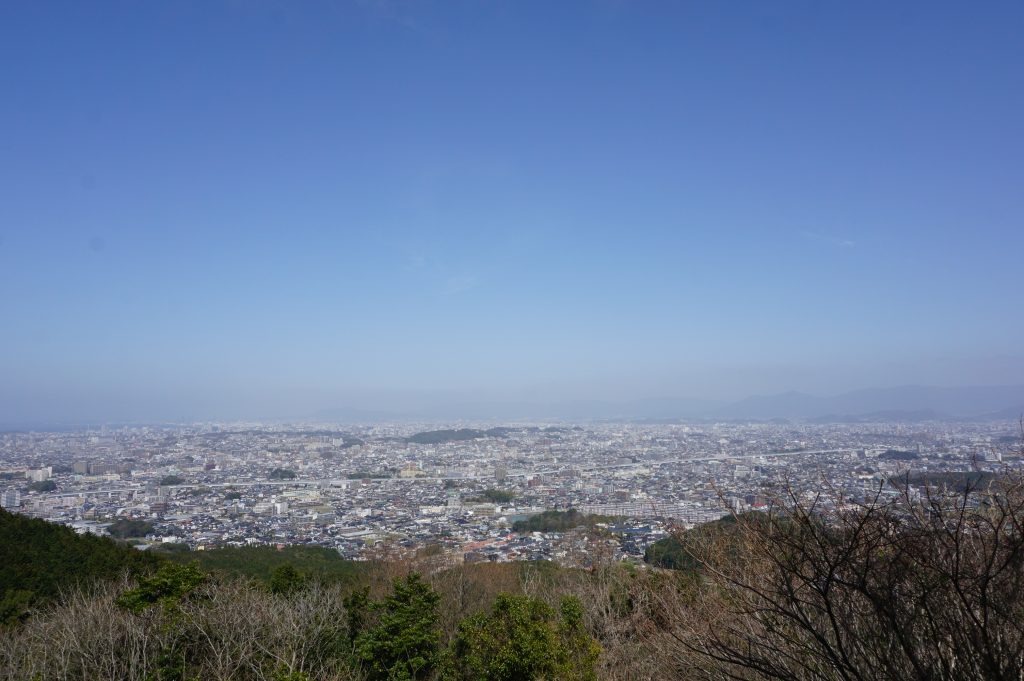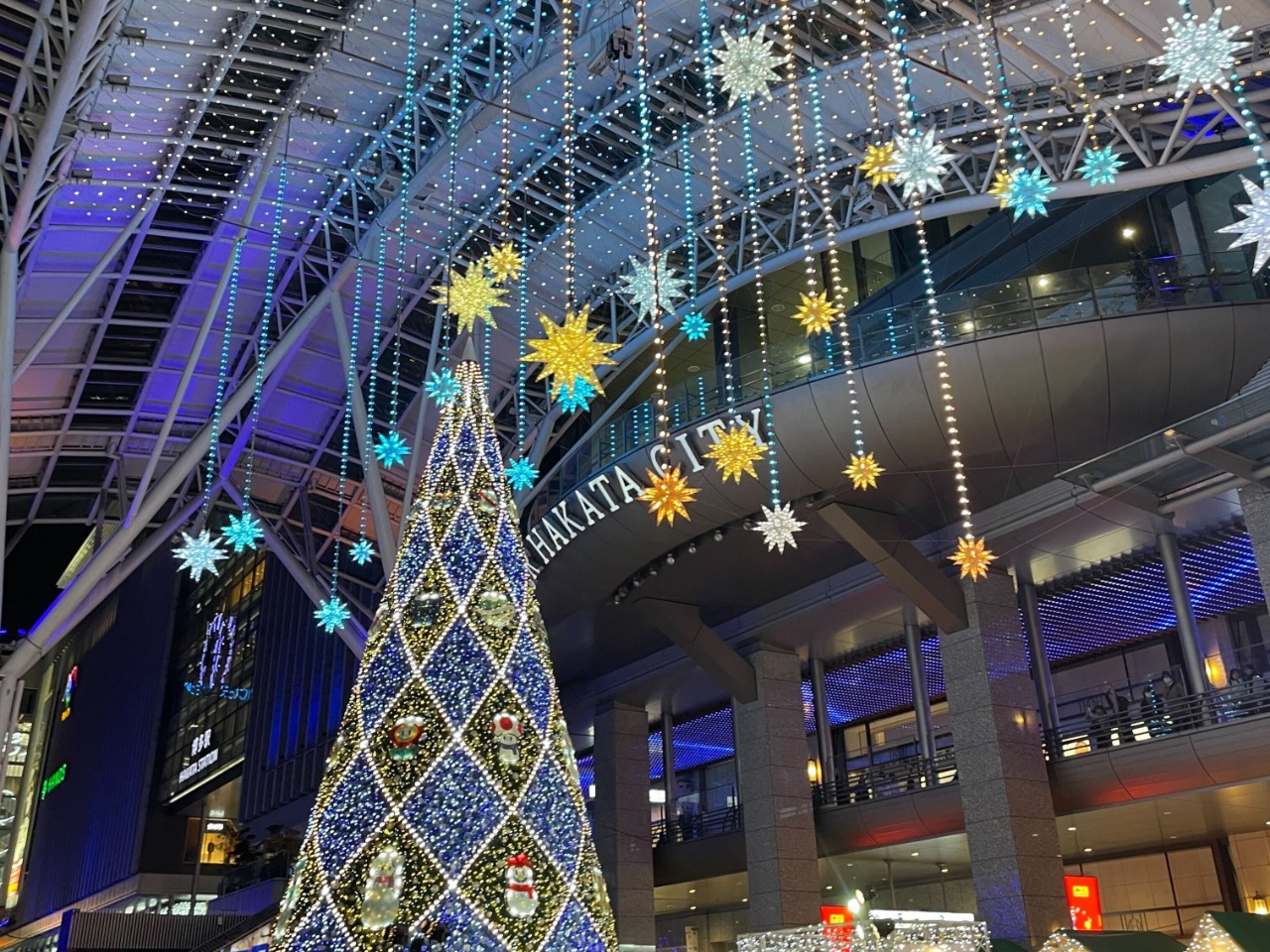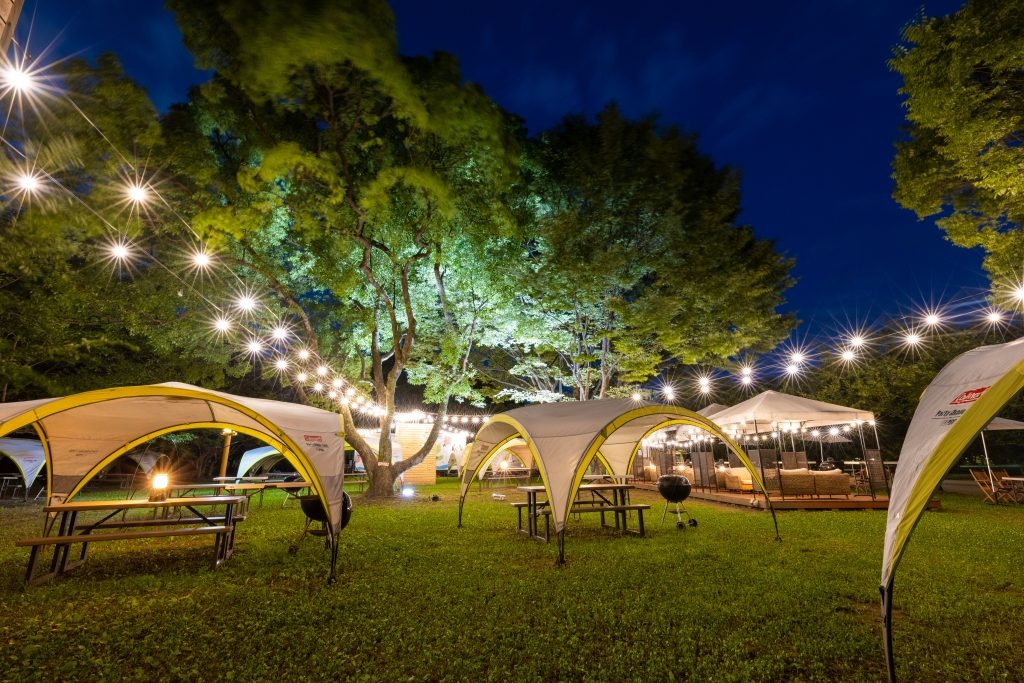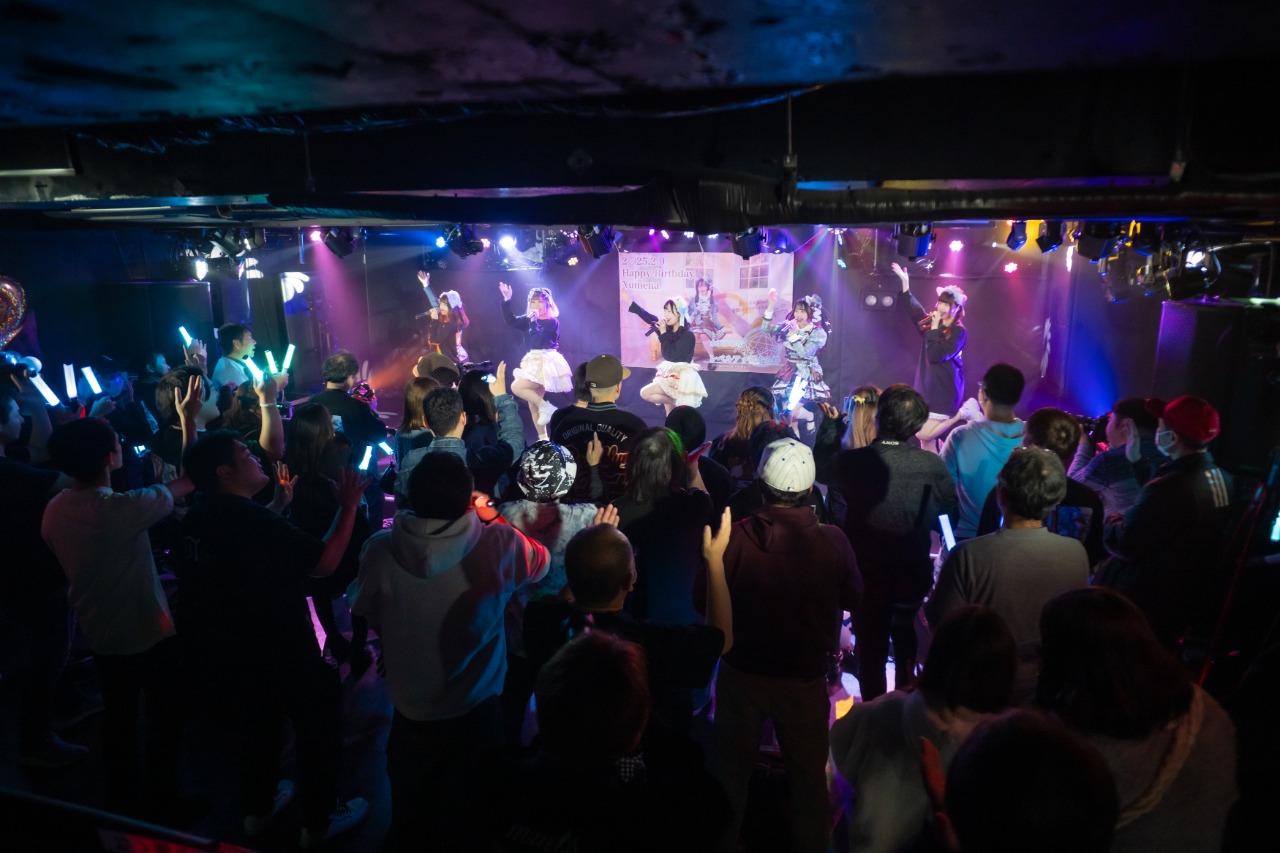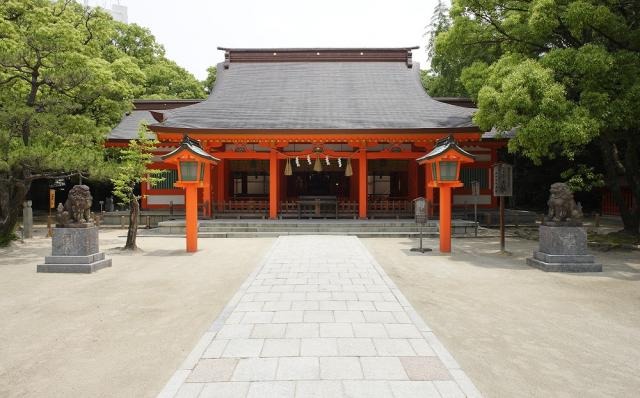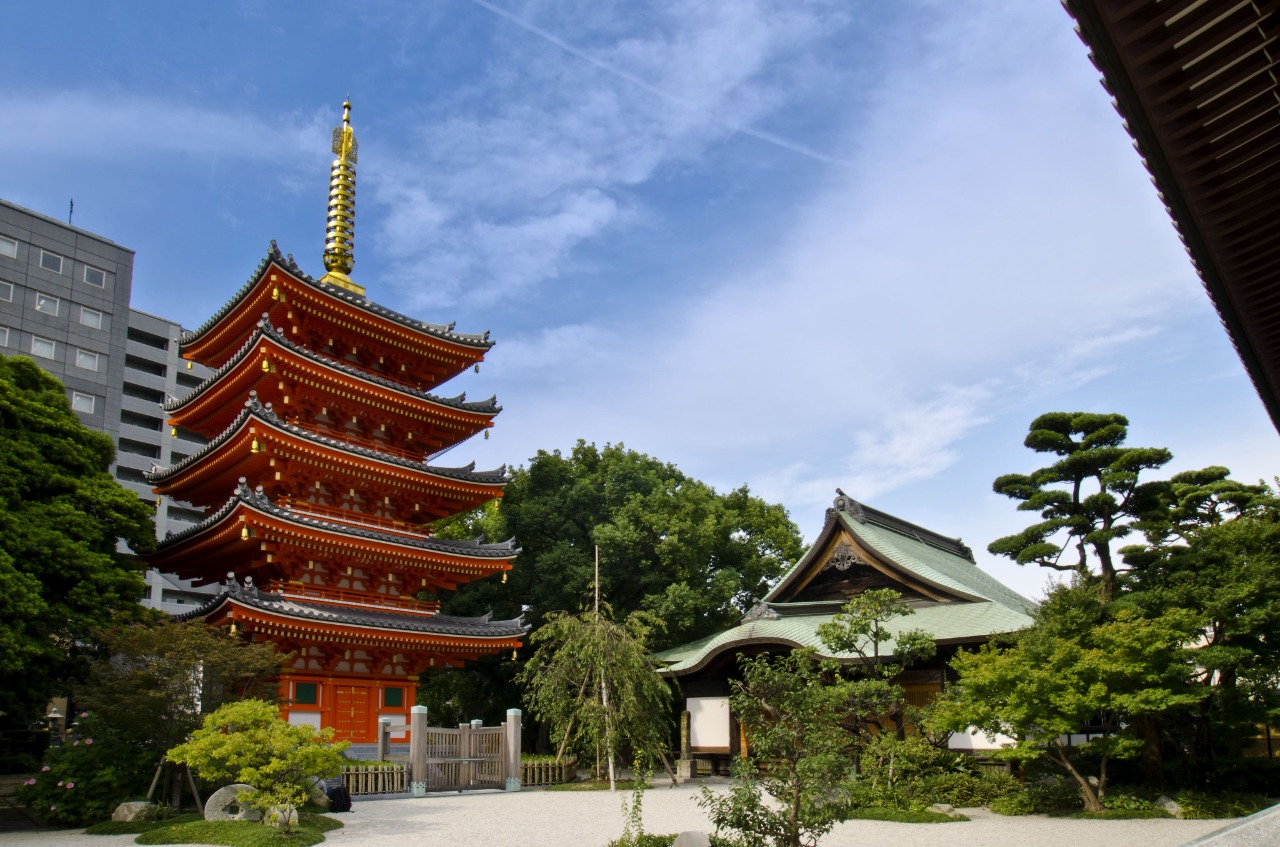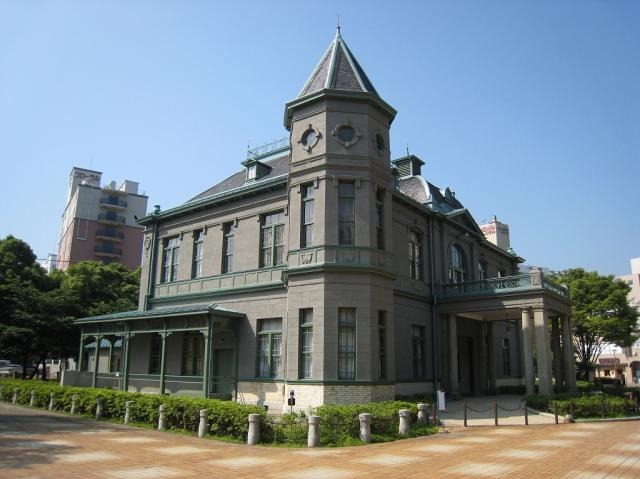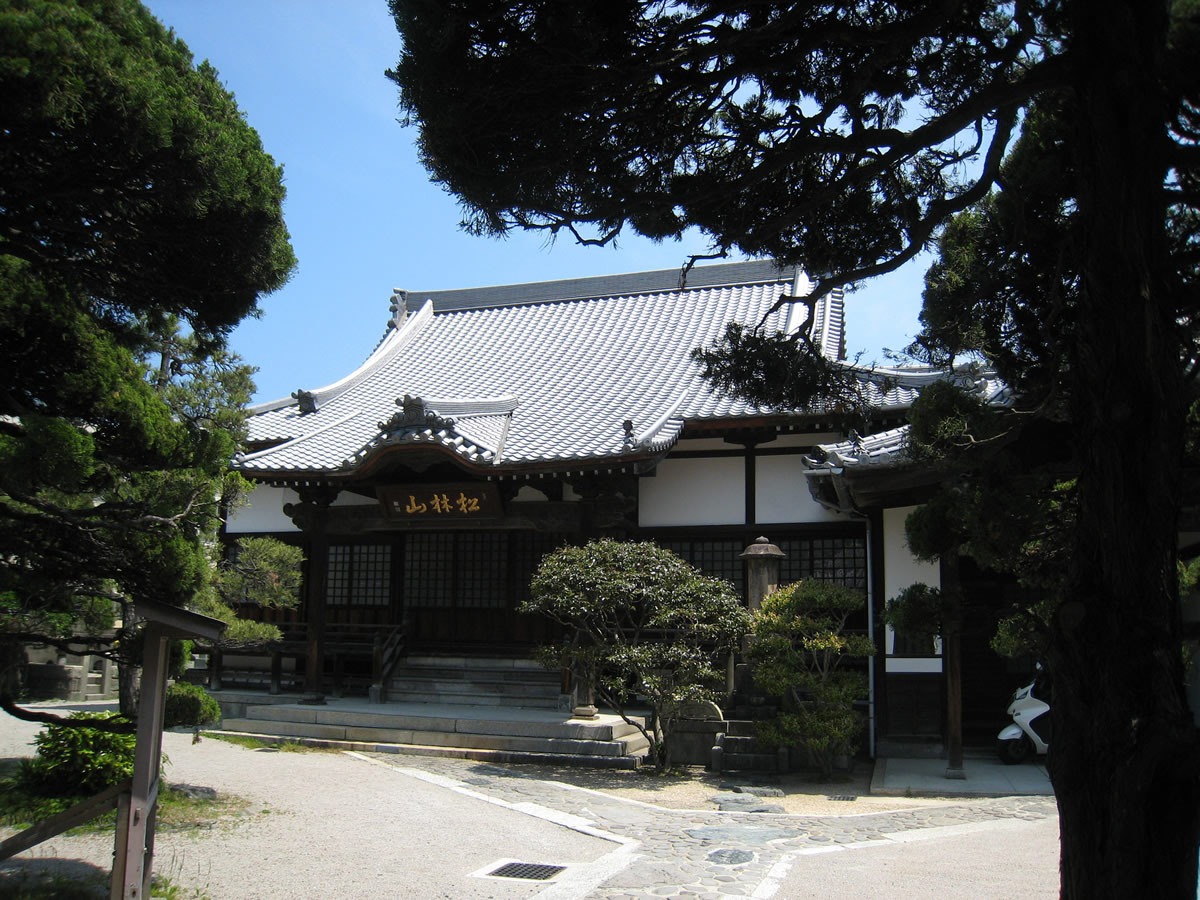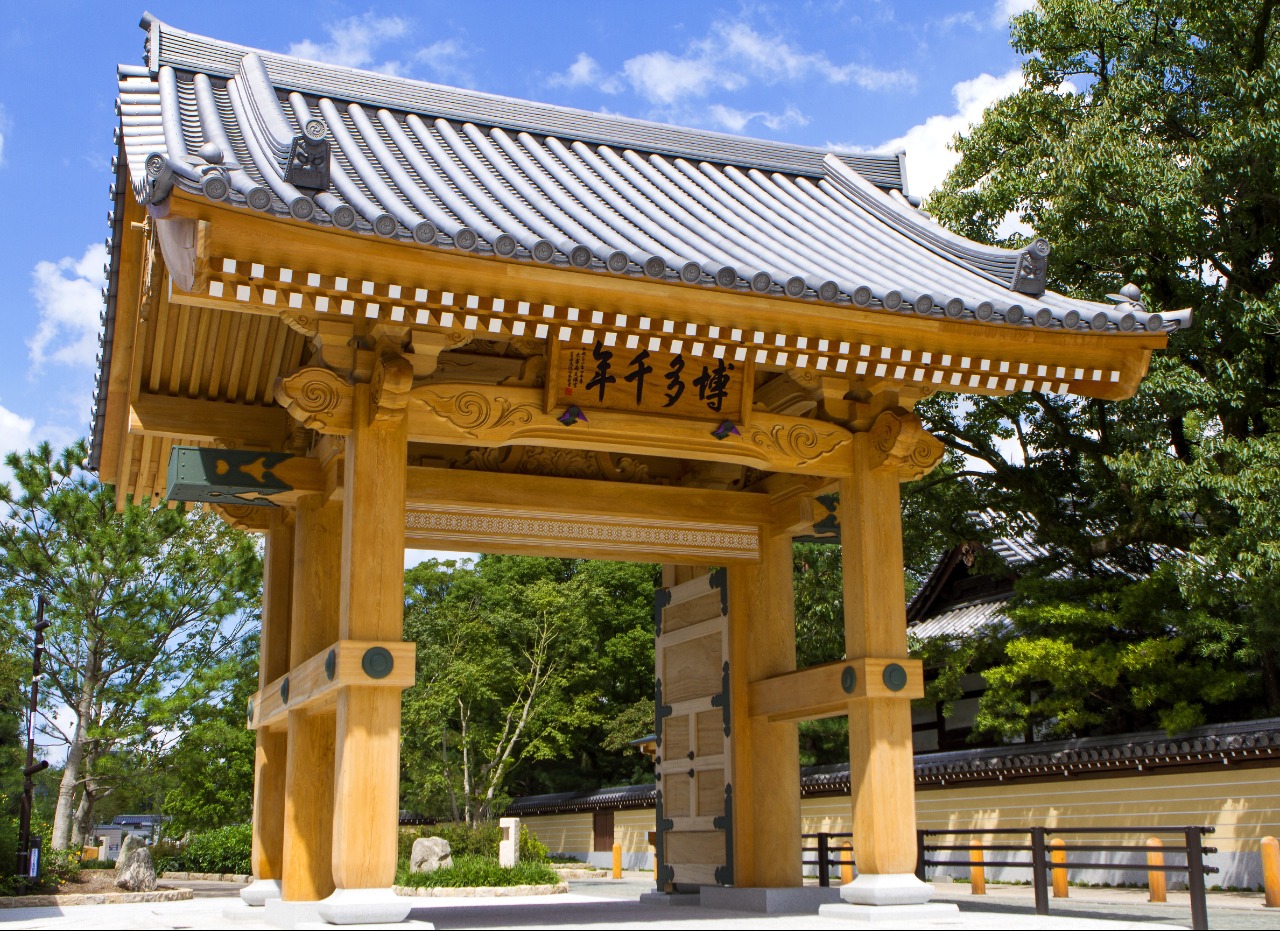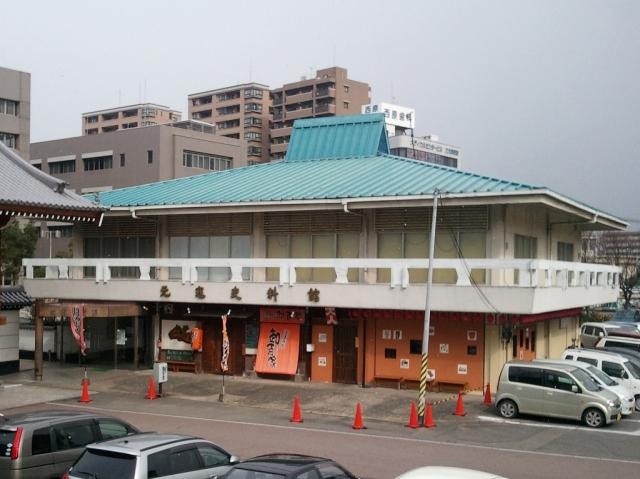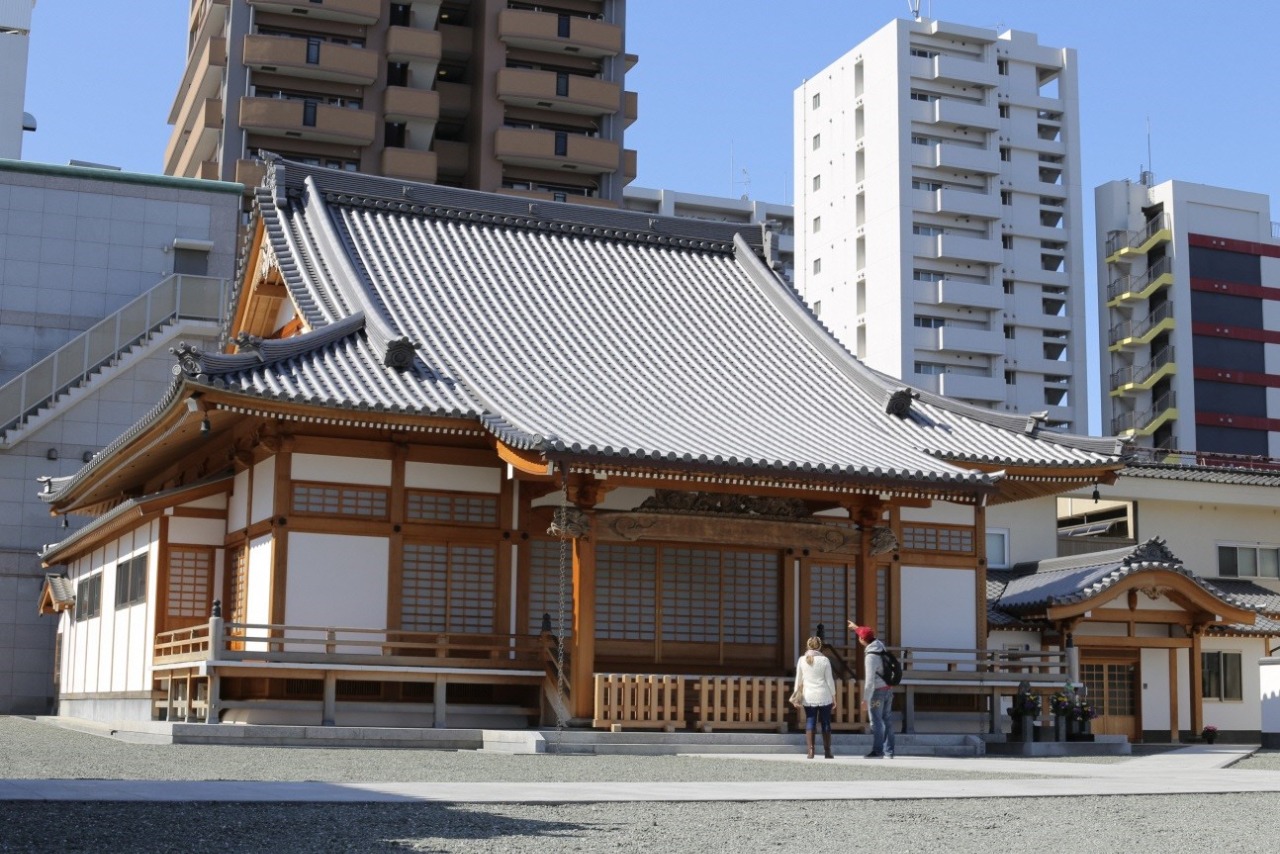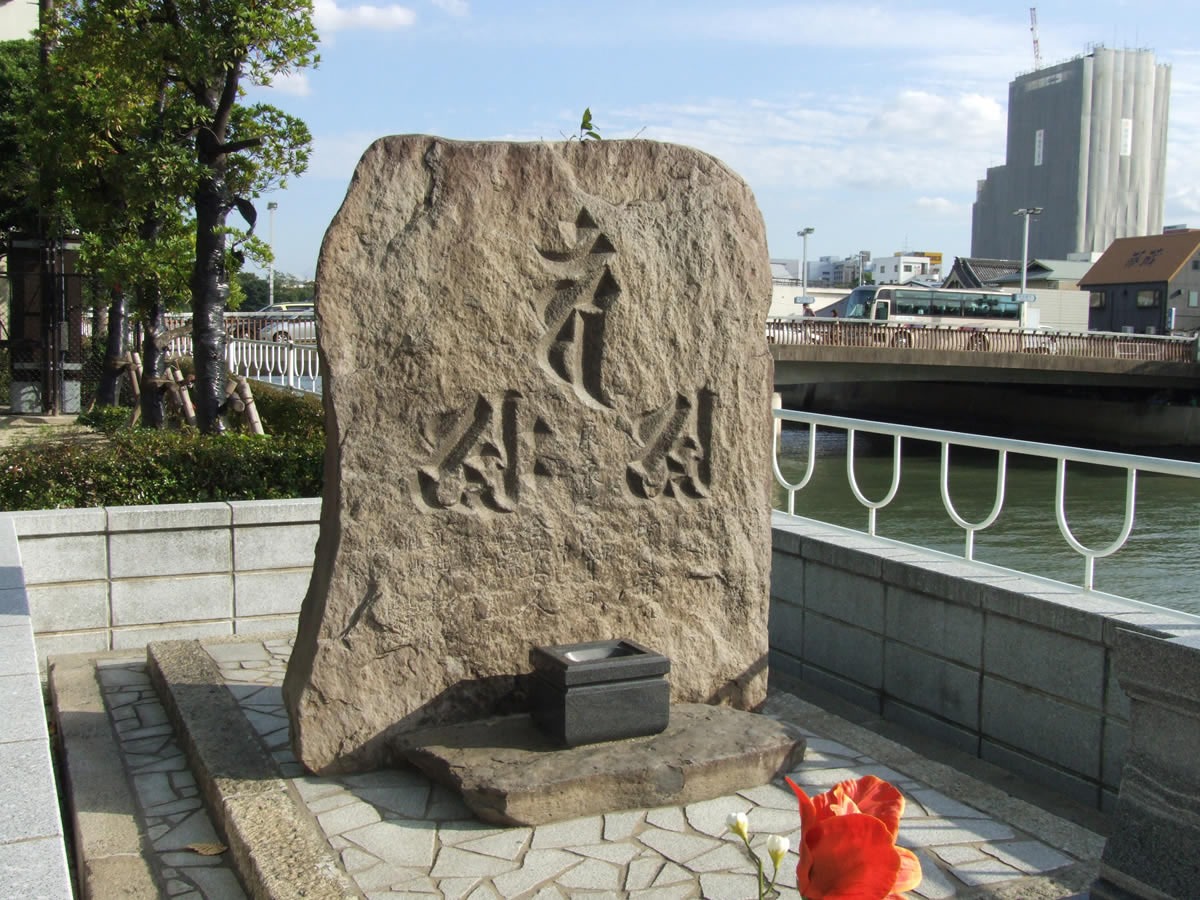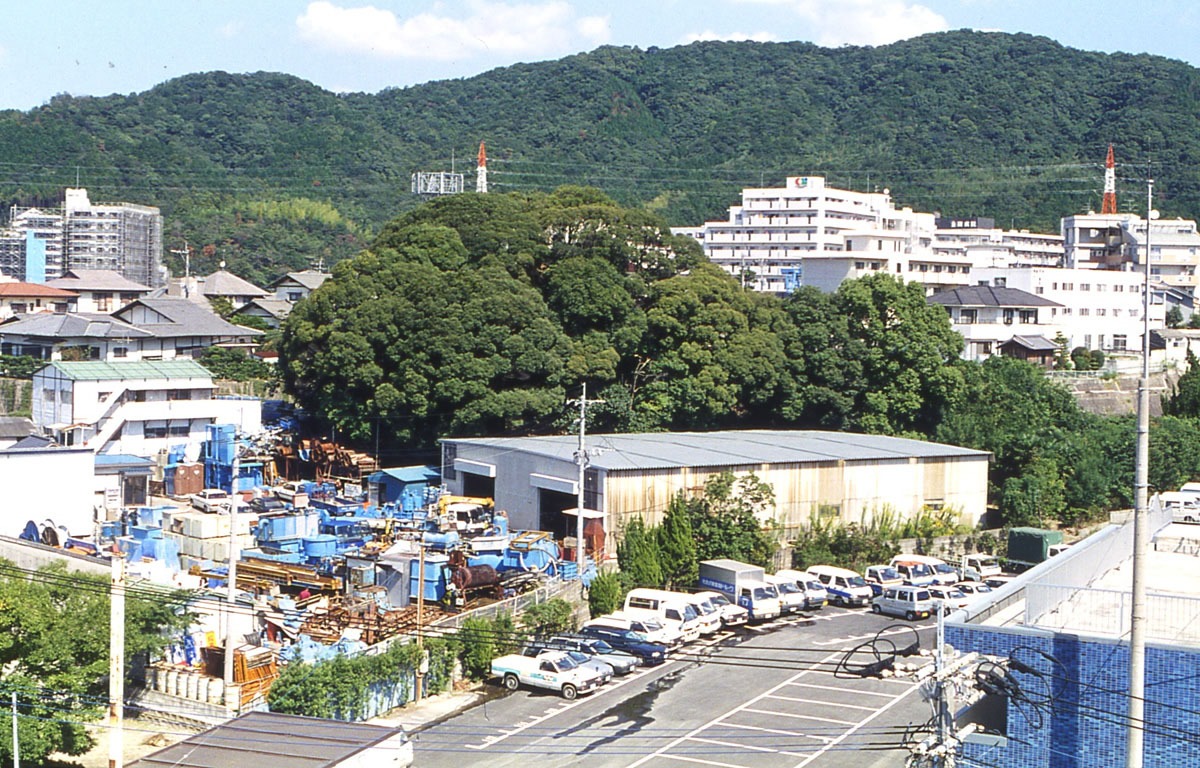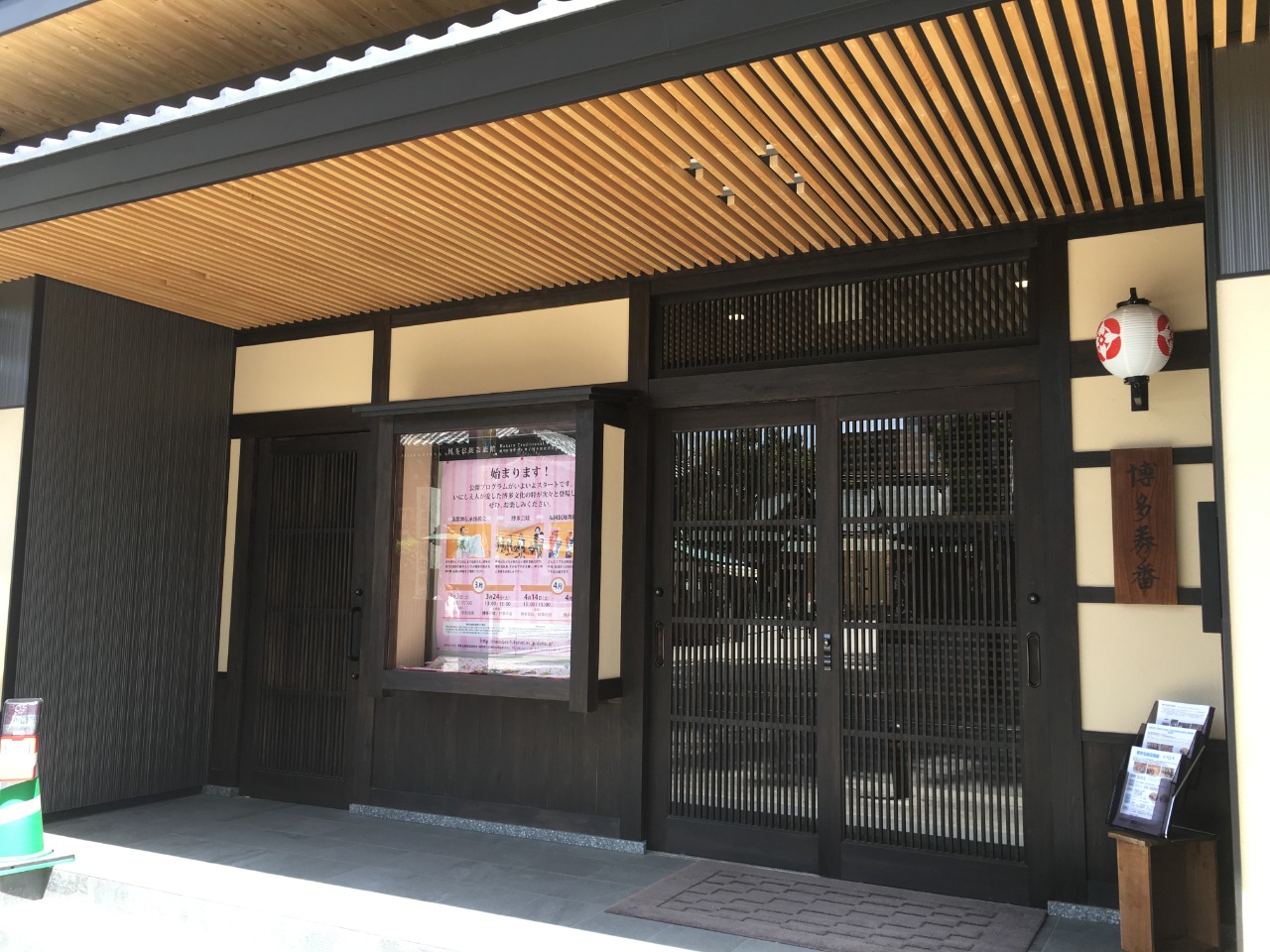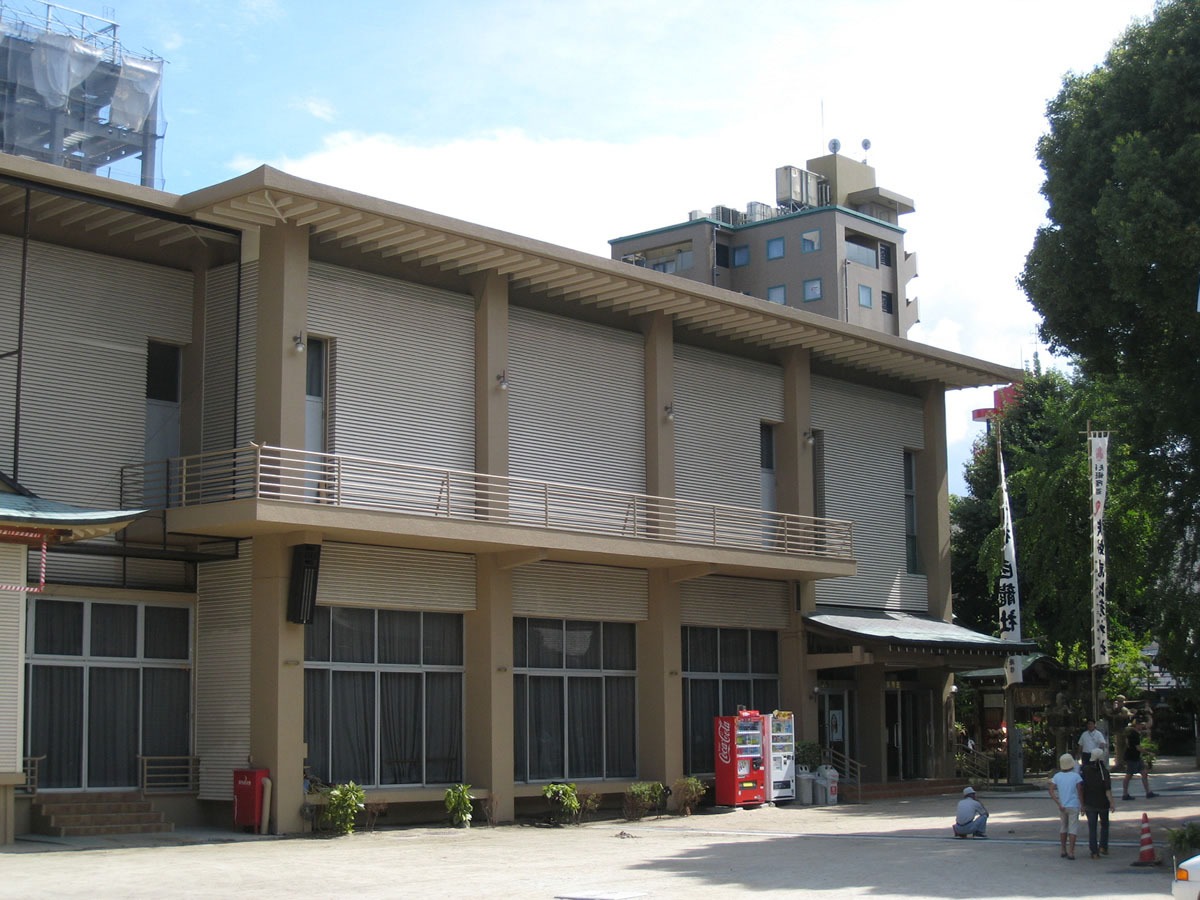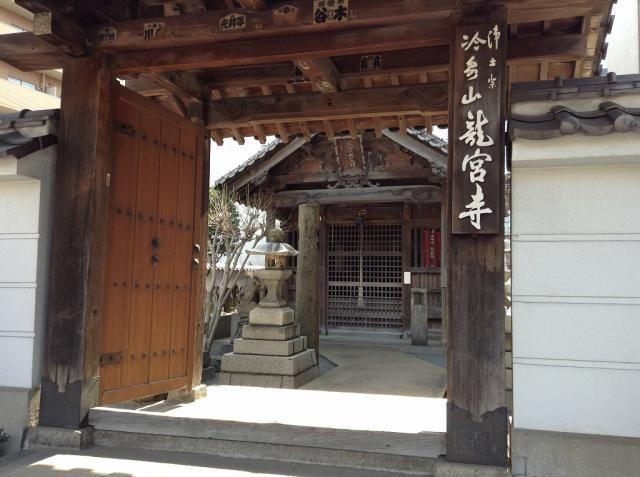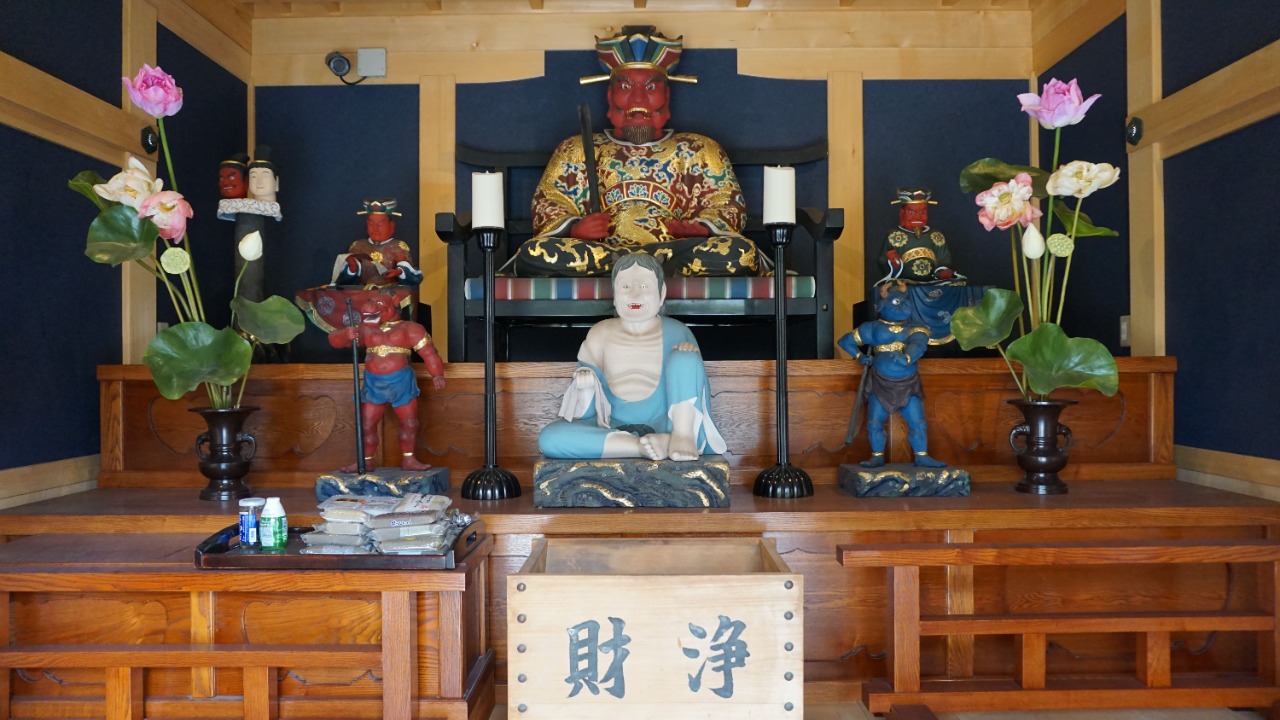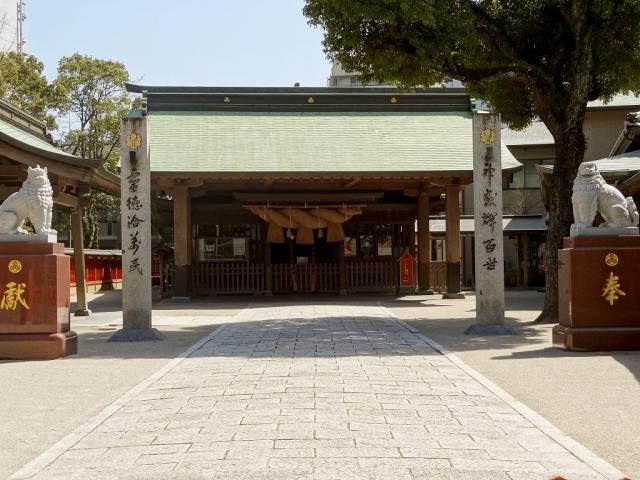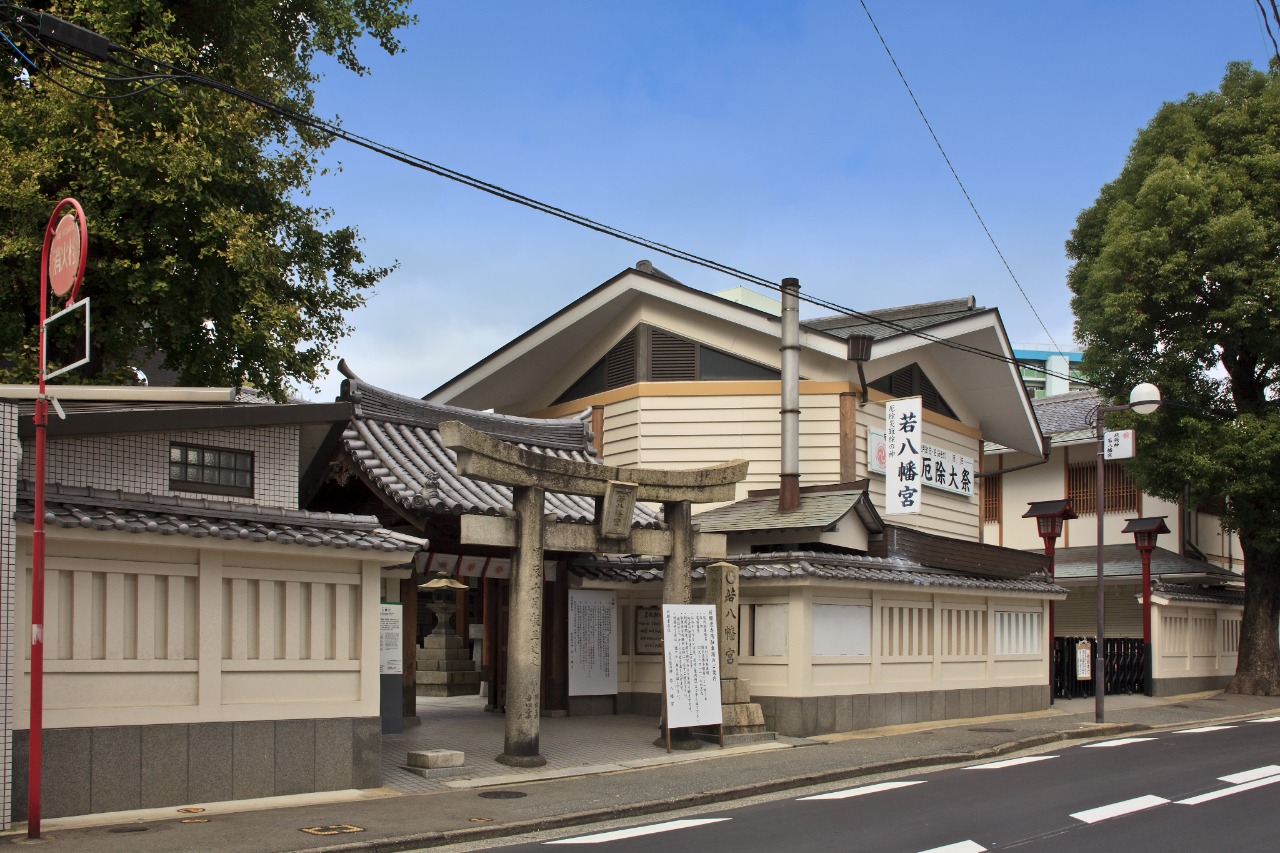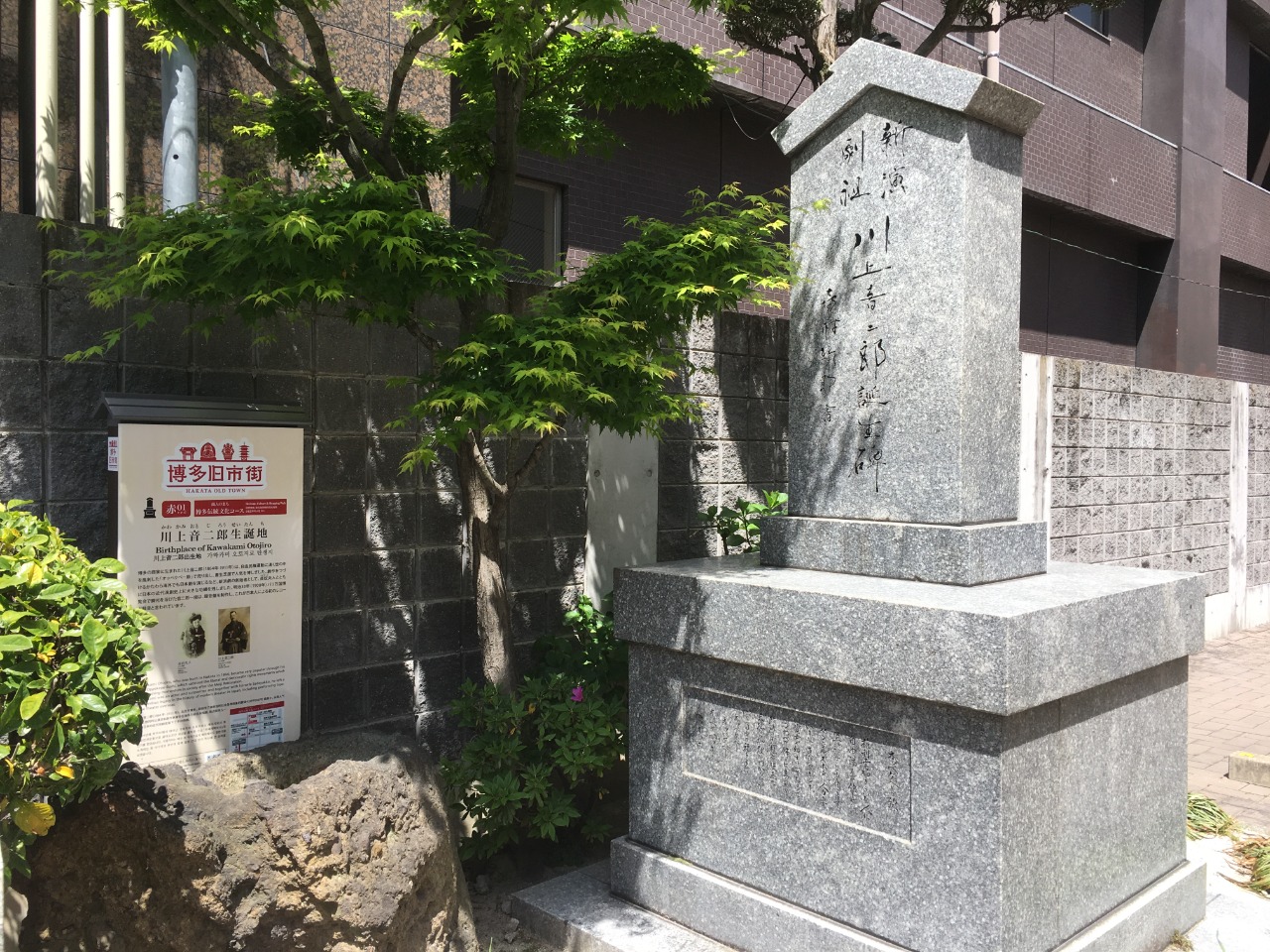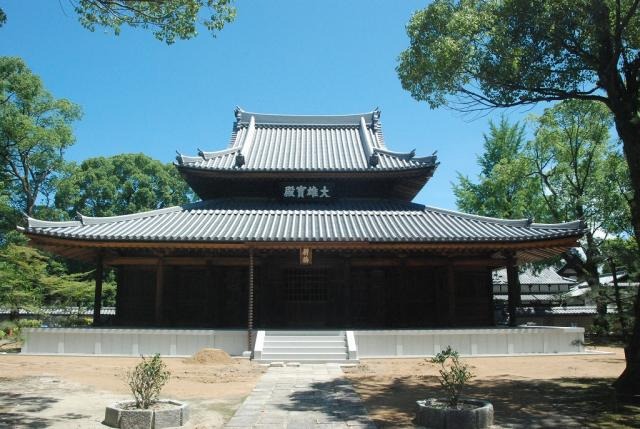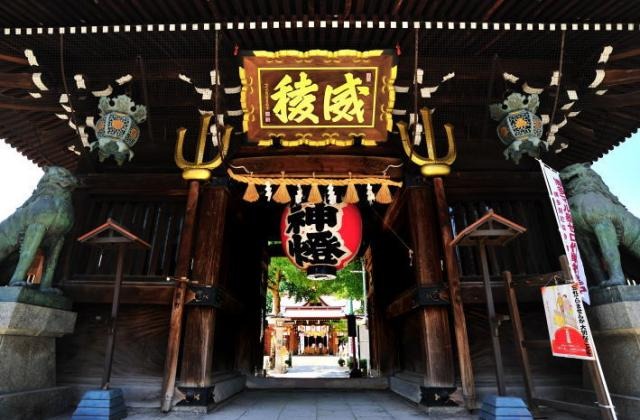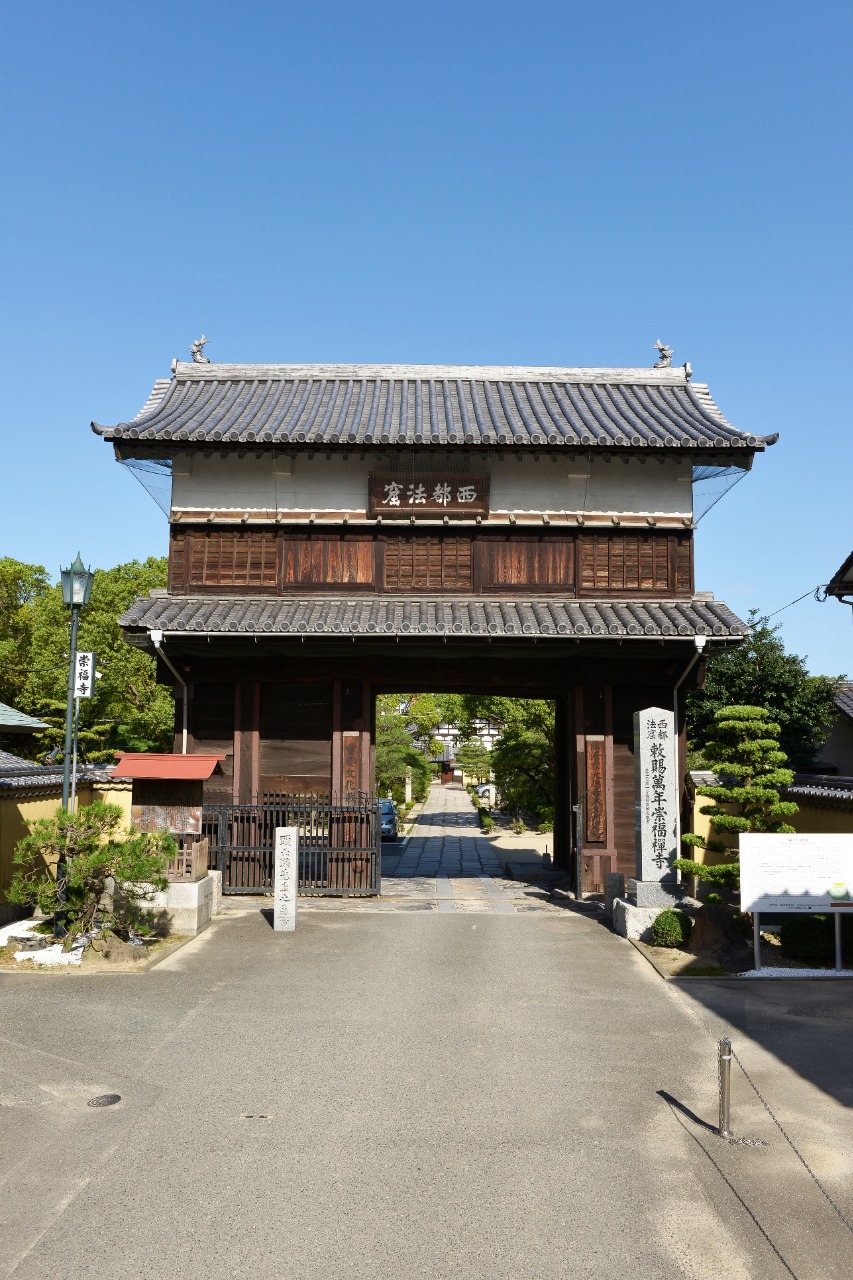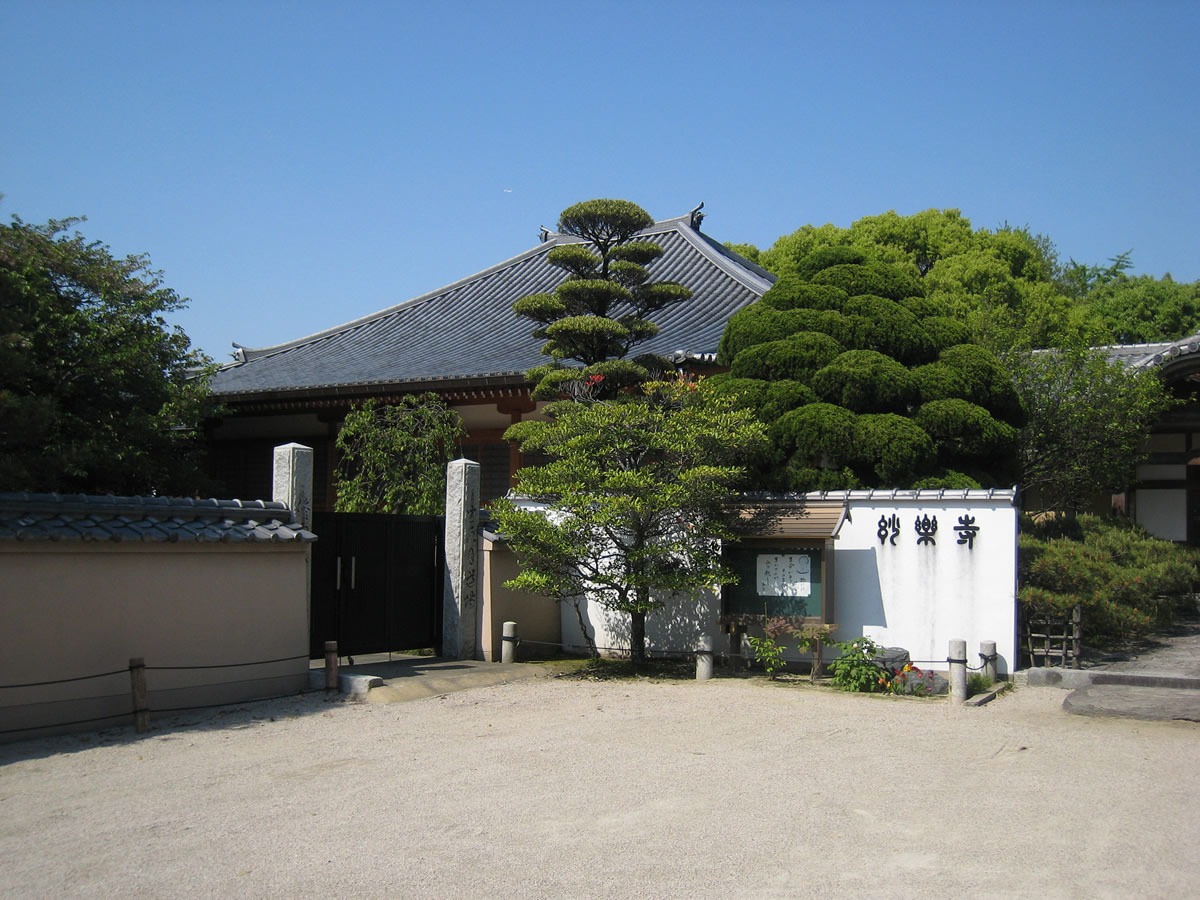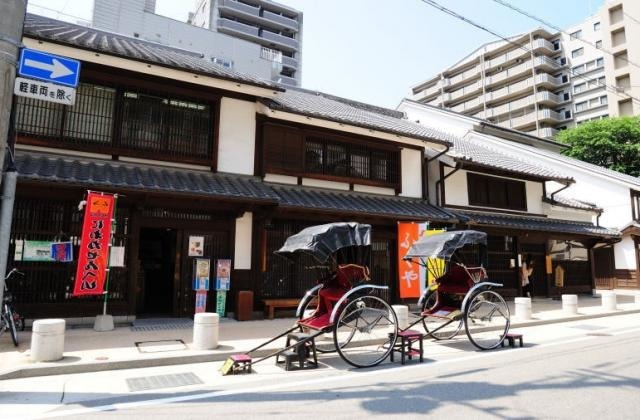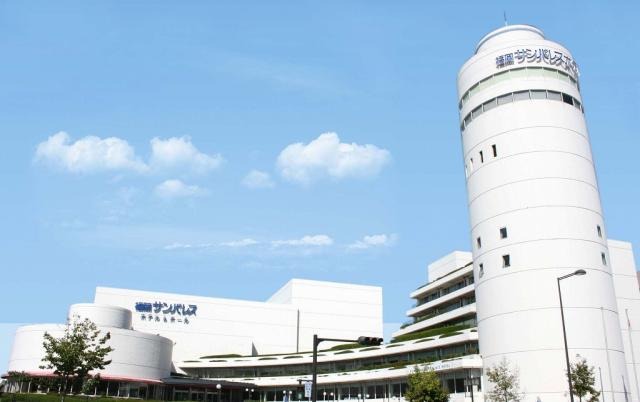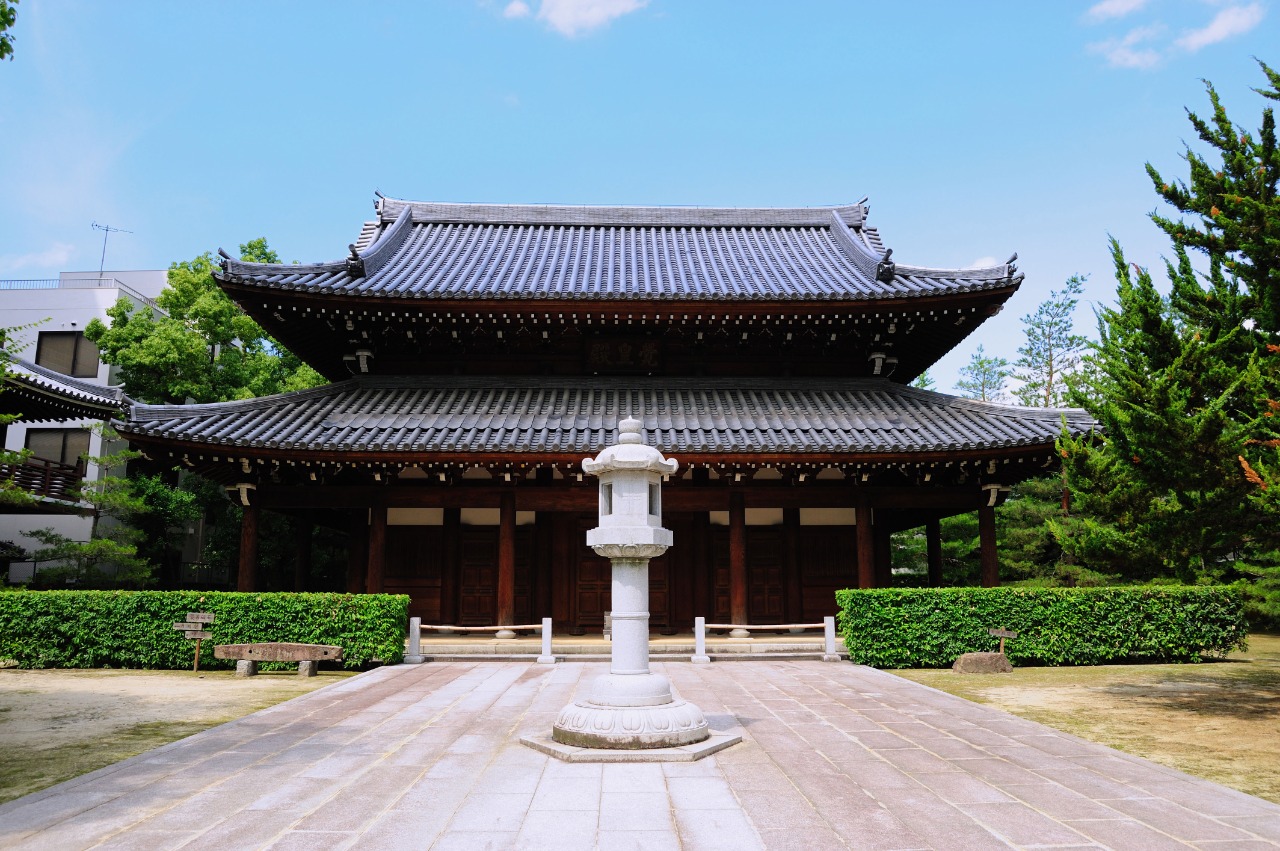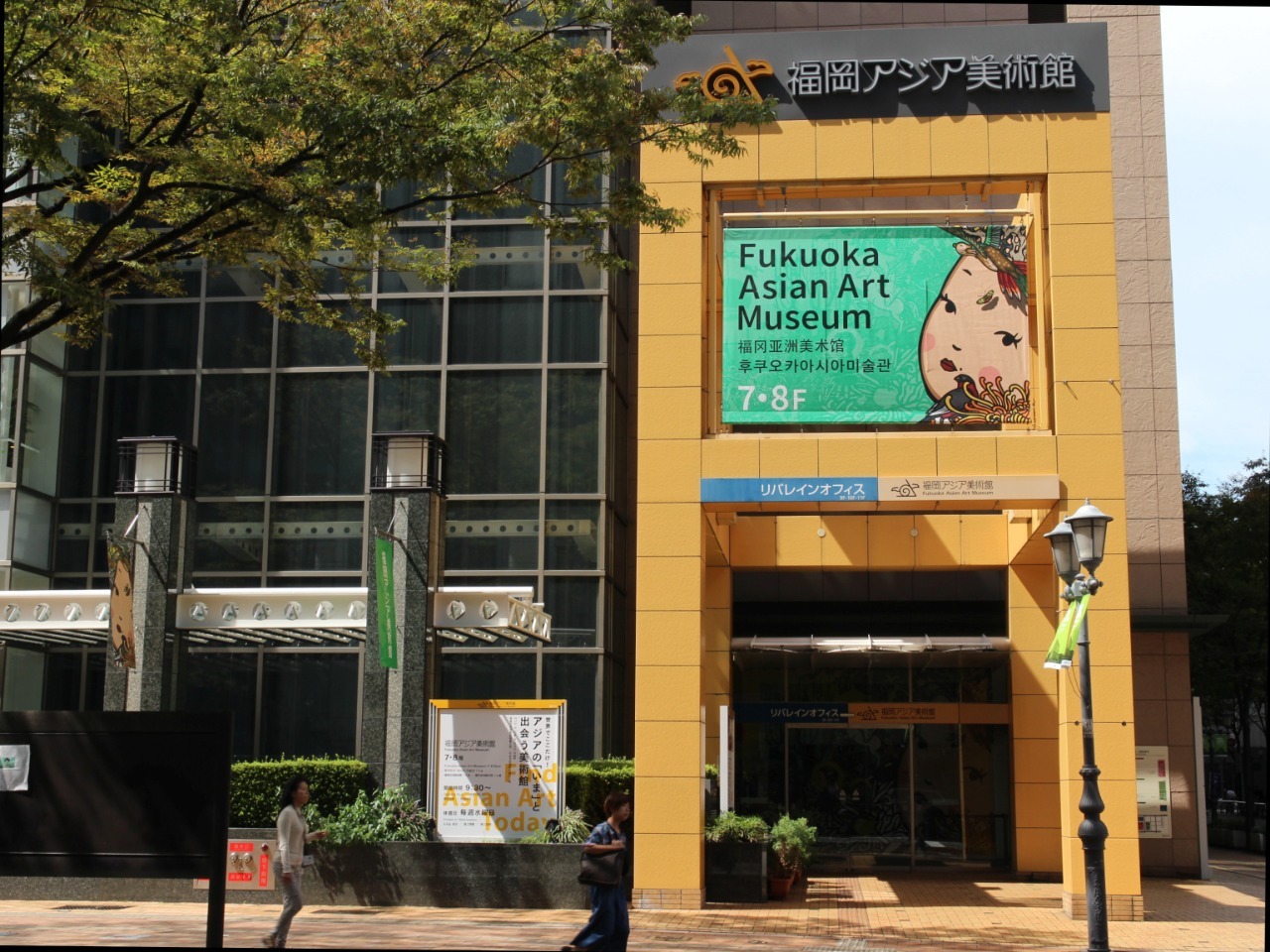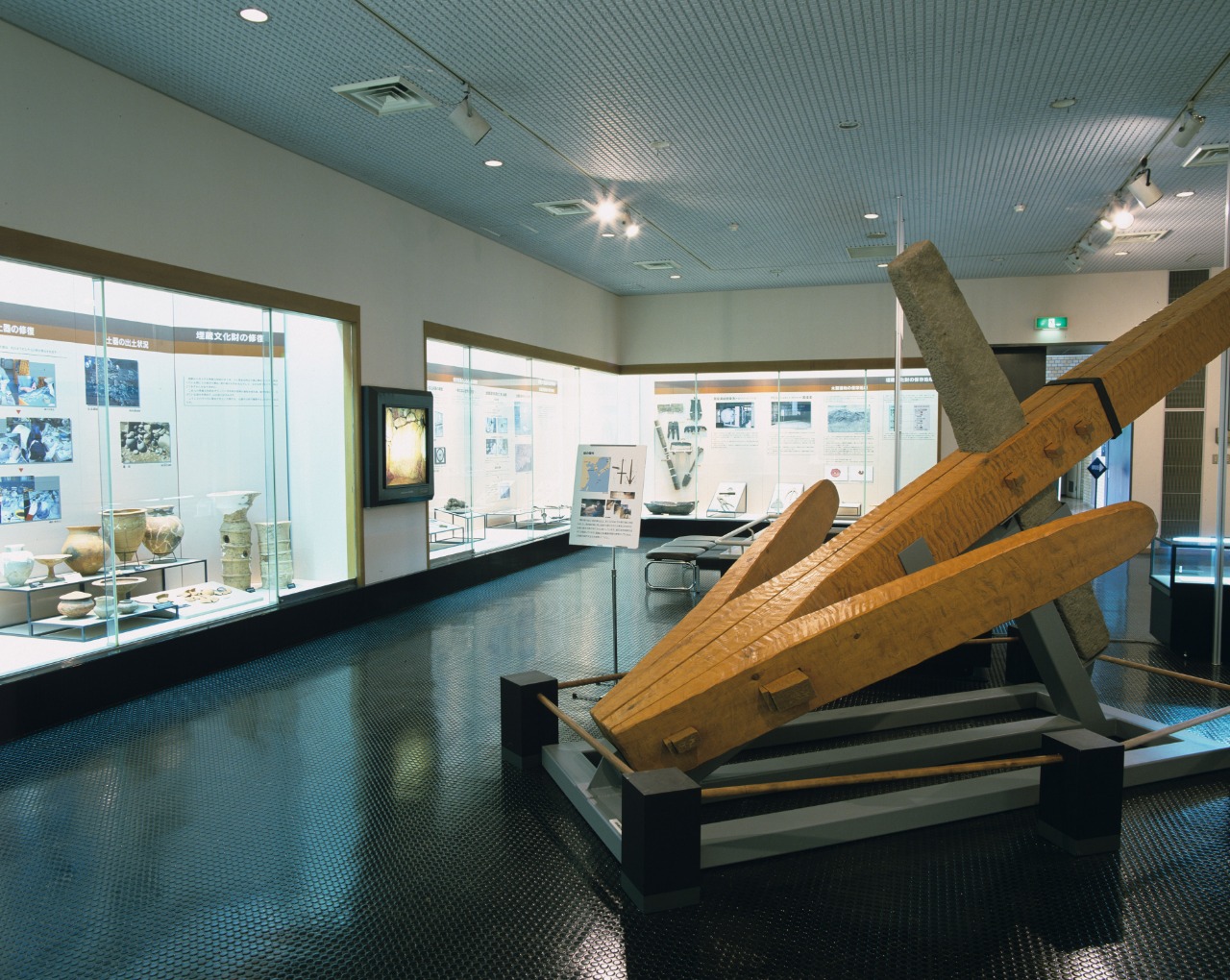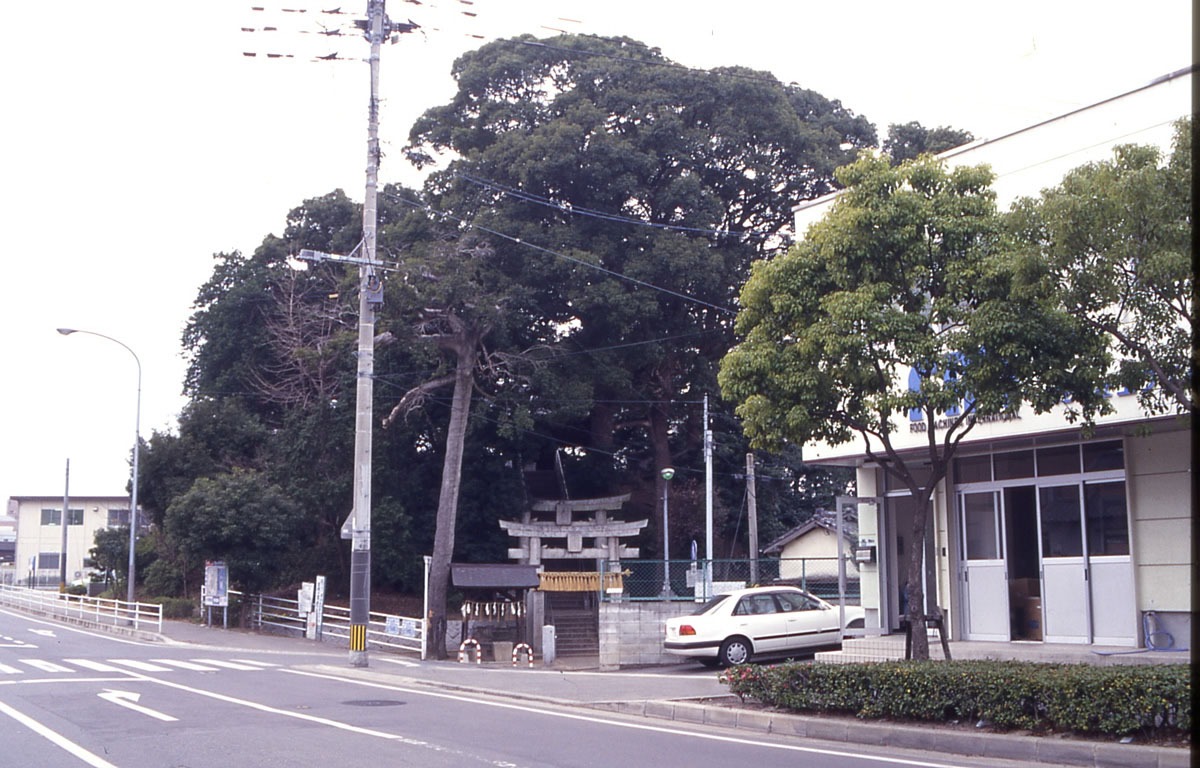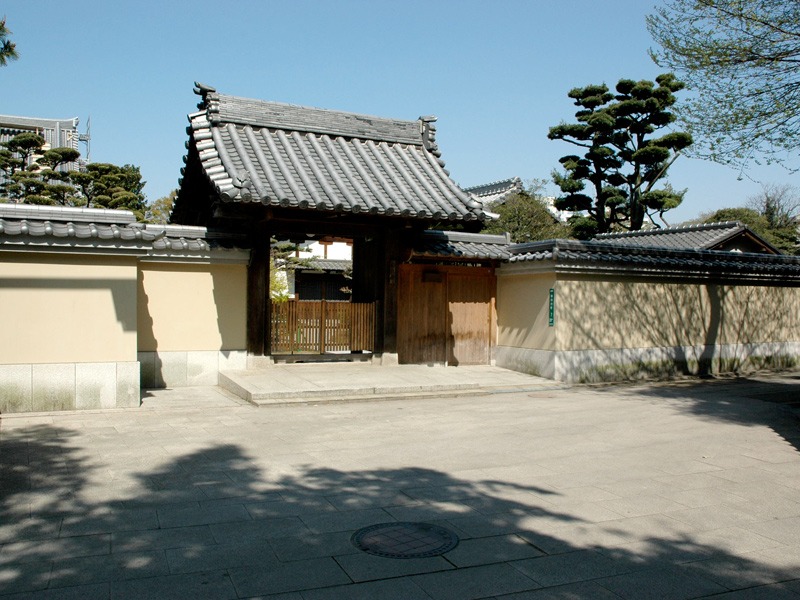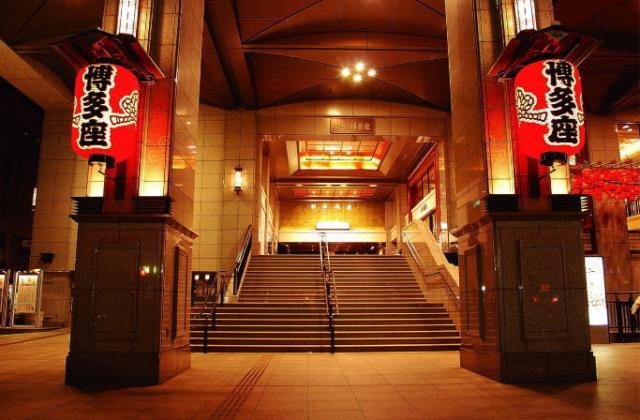Showcasing Fukuoka’s More Mature, Refined Side: Hakata Old Town・Fukuoka Castle・and Korokan Area Walking Guide
Fukuoka is a city with a long and storied history, and the Old Town and Fukuoka Castle・Korokan areas are among the most representative of the various stages of the city’s past.
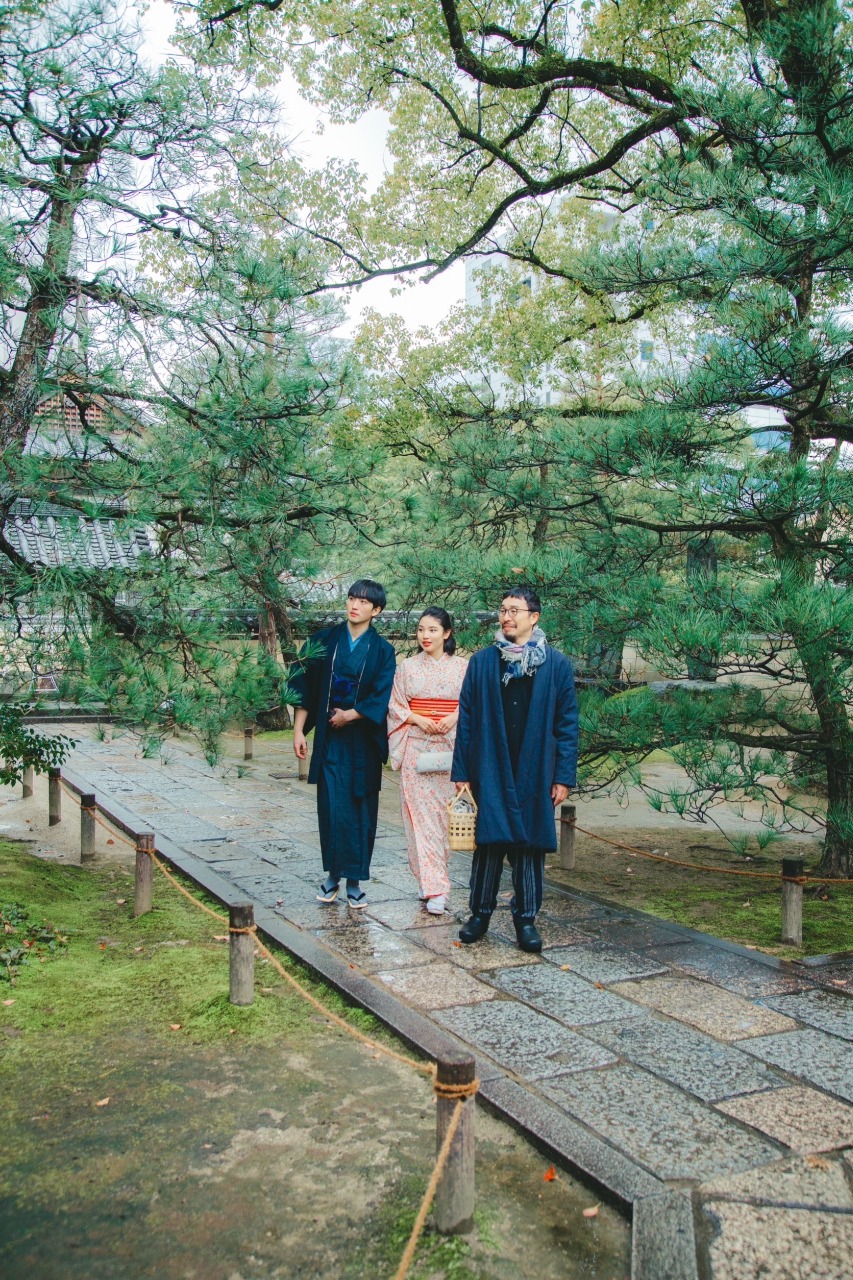
The former was once representative of what was Japan’s most thriving port town in the middle ages, where trade with the mainland made the city among the most important in the country; the latter castle area in turn playing a major role in shaping the development of Fukuoka in Japan’s early modern period. In either zone, there are plenty of cultural artefacts and history that even Fukuoka’s residents are not aware of, making them excellent places to learn about what kind of place Fukuoka place was back in those days.
Temples and shrines with long histories lend a quiescence to the cityscapes they are a part of, and Hakata’s traditional handicrafts, culture, and traditional lifestyle can all be explored in the various activities on offer in these areas. The tourist spots are plentiful, retaining a charm that captivates us even today.
On this tour we will stroll about while wearing some Hakata Ori (a kind of textile unique to Hakata) clothing, experiencing the areas’ traditions and hidden treasures.
12:00
Yorozu
Sake, Tea, Sweets, and Various Amuse-Bouches!
Yorozu is an establishment that specializes in these 4 different components of traditional Japanese food culture, all whilst providing a modern backdrop and preparation style for you to enjoy them in. The store can be found on Akasaka 2-Chome and is close to what was once Japan’s premier greeting hall for visitors and traders from abroad: the Korokan. The Korokan would have been a site for the transmission of culture and techniques from the mainland to Japan, including art, architecture, fashion, tea, and sake, in addition to plenty of other things and ideas. Since the building (and by extension, Fukuoka) were so instrumental to the proliferation of many different forms of Chinese culture in Japan, the owners named their store “Yorozu” (万), which is an old Japanese term referring to “everything”, “all”, or “various”.
In those initial days of cultural exchange, tea and sake were both seen as types of medicine, meant to treat both mind and body. Tokubuchi-san, the tea master of the establishment comes to work in a white lab gown, and the tea he brews as he carefully conducts himself has the effect of refreshing body, mind, and all five senses. The tea here forms the crux of the overall experience, with carefully selected sencha, gyokuro (high grade tea with high umami), and usucha (a kind of lighter matcha) prepared with accompanying treats and sweets that speak to the culture and environment of the surrounding area. This time our senses were treated to “monaka”, a sweet Japanese wafer sandwich filled with, in this case, a butterbur-miso gelato, and imprinted with the mark of the golden seal found on Shikanoshima in Fukuoka’s Higashi ward. At night the tea shop is transformed into a bar, complete with homemade flavored liquors and tea based cocktails presented in carefully selected sake drinking utensils.
As for the store interior, surrounded by the counter seating in the middle of the room is a large copper smoke stack, and sofa seating from which you can appreciate the miniature garden. From the exterior to interior, one can glimpse the work that went into creating a unified aesthetic for the establishment, where tea and history are compiled with respect to a modern mentality to great effect; and in this one-of-a-kind luxurious space the cup of tea unifies aroma, umami, and hospitality to such great effect that it has the effect similar to that of a total work of art, where all the five senses conspire to form a single, inexpressible, overall impression. We would say that drinking this one cup of tea, in this space, is as if one had partaken of the distilled essence of the Japanese culture itself. Altering the temperature of the brewing water allows you to enjoy the many facets of the same tea, and by attuning yourself to the evolving richness and aroma of the tea, you can experience a higher form of relaxation.
13:30
Fukuoka Castle
Fukuoka Castle, known for its status as a power spot and the lush plum and cherry blossom blooms that grace its grounds. Josui and Nagamasa Kuroda were both born in an area of what is now today Okayama prefecture called “Fukuoka”, which is where the name of the city and prefecture originally hails from. Today, the main pedestal upon which the castle keep sat is a viewing platform which affords excellent views that extend as far as Fukuoka Tower and the PayPay Dome.
14:00
The Korokan
For those looking to learn more about the history of the surrounding area, the Korokan Ruins Museum located on the same premises is the perfect opportunity to do so.
From a 400 year span of time from about 600 to 1,000 AD, the Korokan was a site of exchange with foreign lands, and played a very important role in maintaining international relations with the Chinese mainland across the sea. In this museum you can look at both the surrounding excavation dig site as well as the remains of the facility, and on the surrounding walls there are explanatory articles and materials that will give you better insight into what the Korokan meant in the context of the region’s history.
15:30
Tochoji
Kukai is a monk who lived over 1,000 years ago and is responsible for the spread of Shingon Buddhism in Japan. The temple Tochoji (東長寺) was the first one he opened, and he named it to pray for the spread (cho/長) of Buddhism towards the East (to/東). The main attraction of Tochoji is the giant wooden Buddha statue that can be found within it. At over 10.8 meters tall and weighing over 30 tons, it is among the largest wooden seated Buddha statues in all of Japan.
In the “Underworld Tour” that can be found beneath the statue, you will find several scrolls depicting the different aspects of Buddhist purgatory before you come upon a pitch black pathway. In this dark room not even a sliver of light can enter, but if you manage to find the knob that connects to the navel of the statue (the Buddhist Ring of Transmigration), you are said to be able to enter Buddhist paradise.
16:30
Jotenji
A Zen temple that has a splendid Japanese Garden, and you can feel the history of the surrounding area. While visitors cannot normally enter the dry landscape garden on the premises, for a limited time during the annual autumn “Hakata Old Town Light-Up Walk”, guests can walk inside the space as dazzling lights shine against the autumn foliage, creating oneiric scenery.
In the temple grounds you can also find stone steles dedicated to the origins of udon, soba, and manju in Japan as well as the transmission of Hakata Ori weaving techniques from Song China to Japan.
17:15
Maison HAKOSHIMA
Our final destination is a workshop that makes its own Hakata Ori textiles, Maison HAKOSHIMA. With over 800 years of history, silk textile production was introduced from China in 1235 where artisans in Hakata began designing their own fabrics. During the Edo Period (1603-1867), the textile was designated by the government as being a “kenjo-hin”, or item that was of high enough quality to be received a shogun or daimyo, and was listed among the three great textiles of Japan (alongside Nishijin Ori from Kyoto and Kiryuu Ori from Gunma).
In addition to being able to watch the masters at work, those coming on the facility tour will even be able to try their hand at the loom themselves! This atelier additionally tailors and sells Hakozaki-Shima, a kind of patterned fabric that was once produced in Fukuoka’s East ward up until the beginning of World War II, so for those interested please come by!
As an added bonus, sweets and breads made under the supervision of confectionery researcher Yamamoto Yuriko are available for purchase in the adjoining tea shop, allowing you to watch the artisans at work while enjoying a cup of tea.
Summary
In this article we introduced the Fukuoka Castle and Hakata Old Town areas, where you can feel the culture and elegance of the Fukuoka of days gone by. Filled as it is with office buildings and modern conveniences, Fukuoka still retains this dedication to harmonizing these newer developments while retaining the same sense of livability and lovability that makes it popular. There are many temples, shrines, and other kinds of stores in the area beyond what we put in this list, so we hope that you will take the time and see what the area has to offer!







